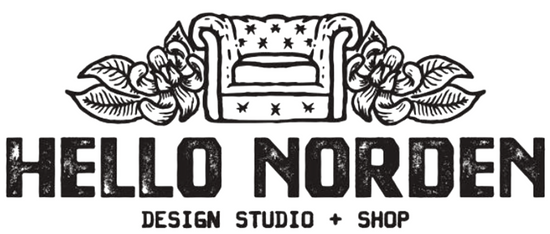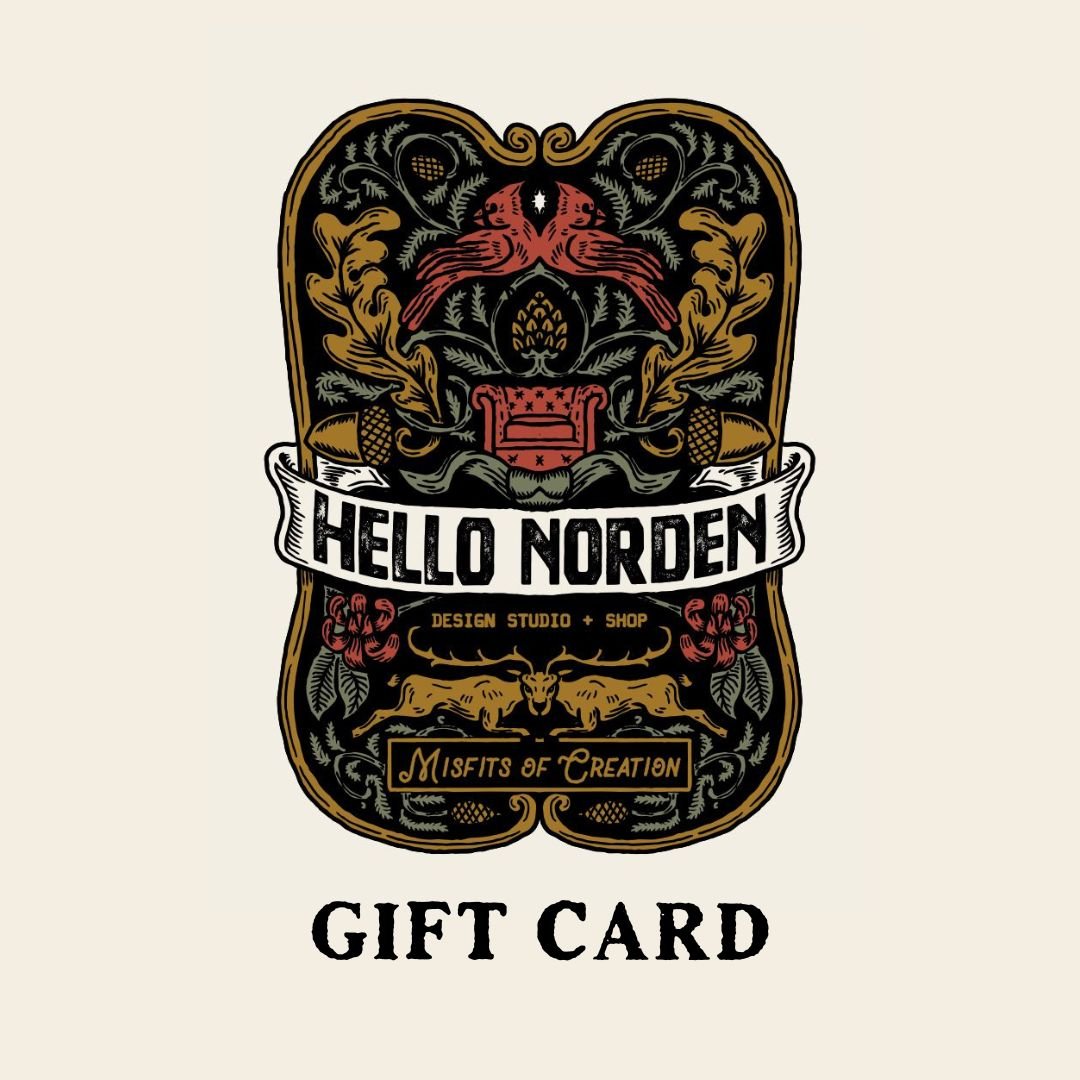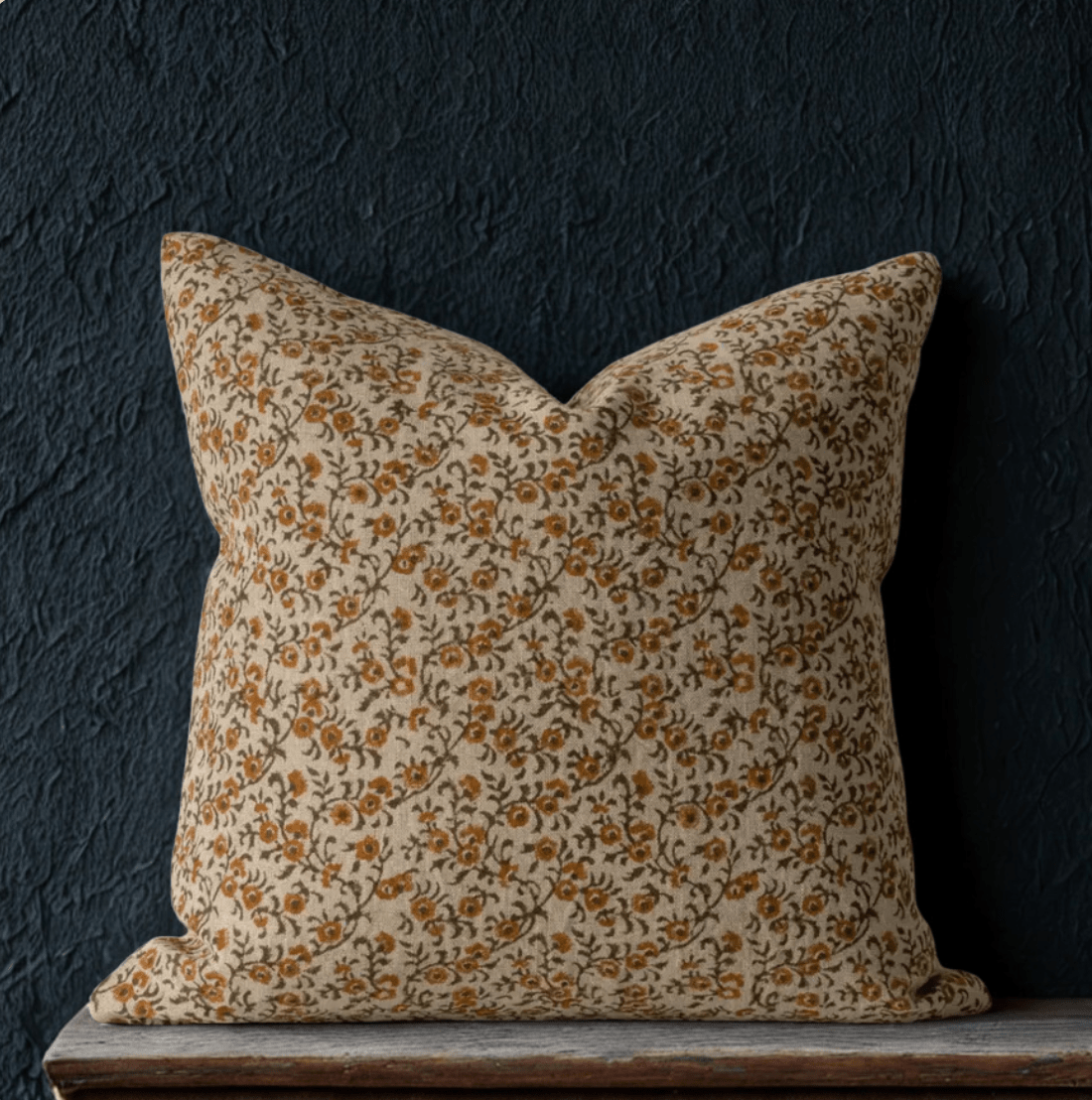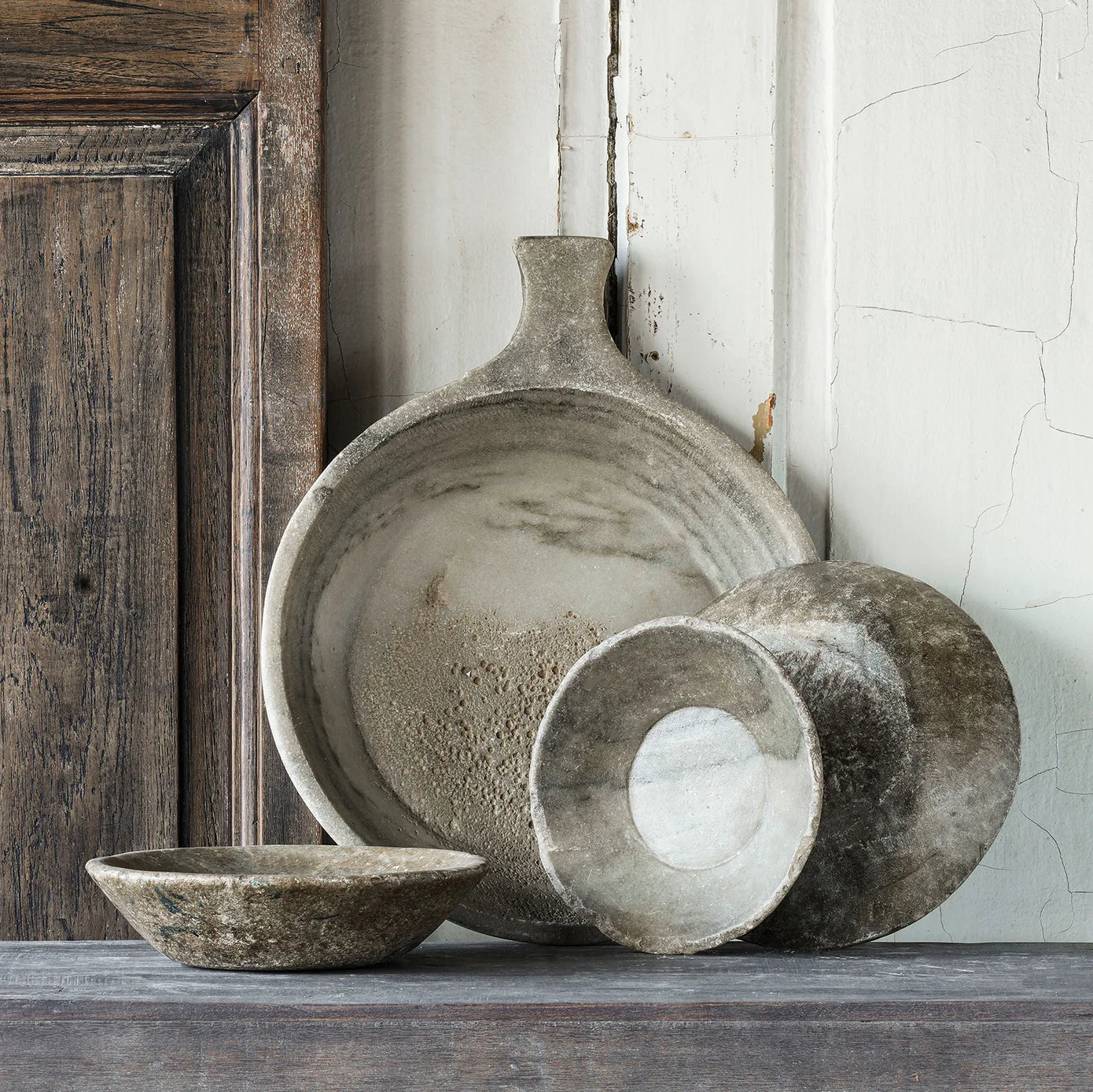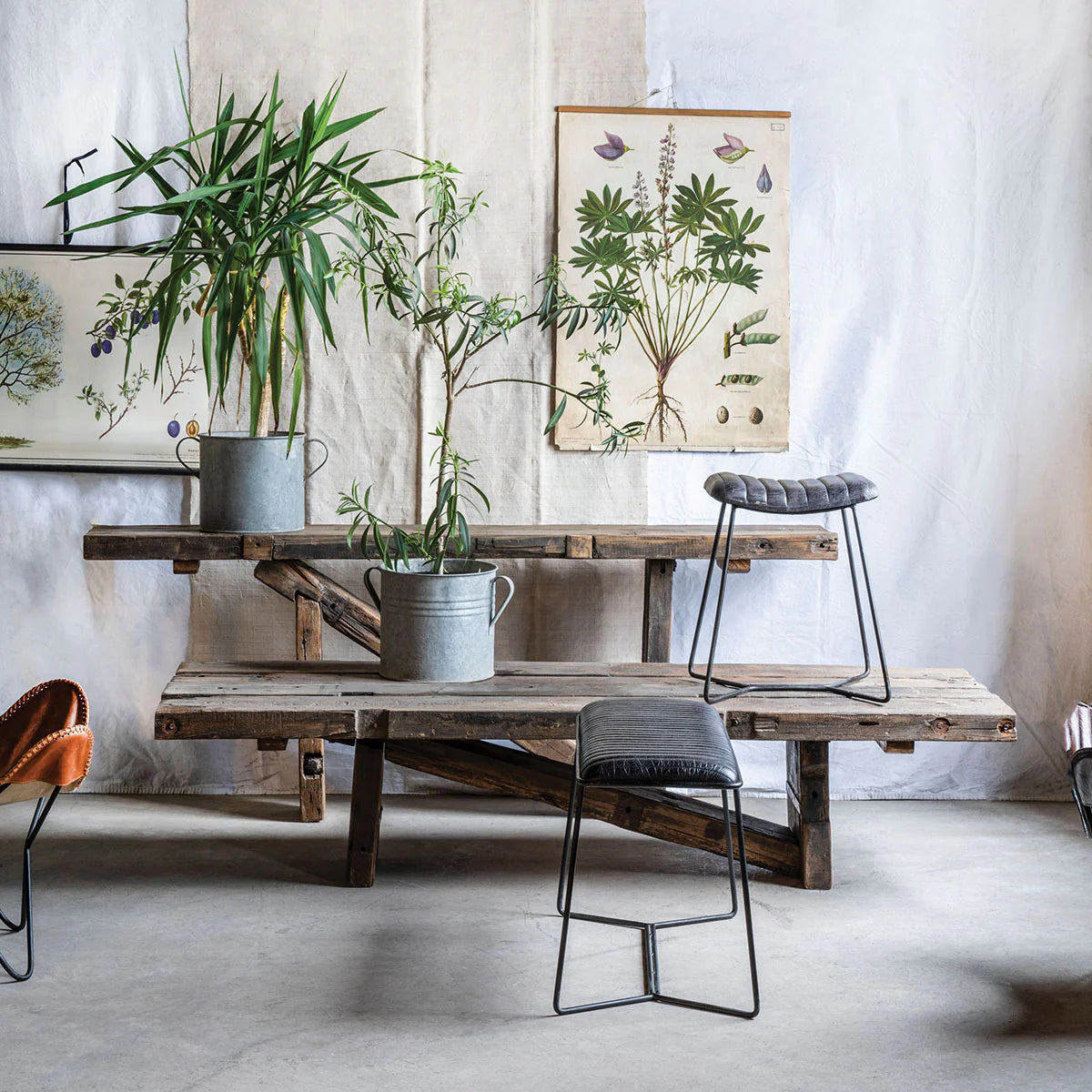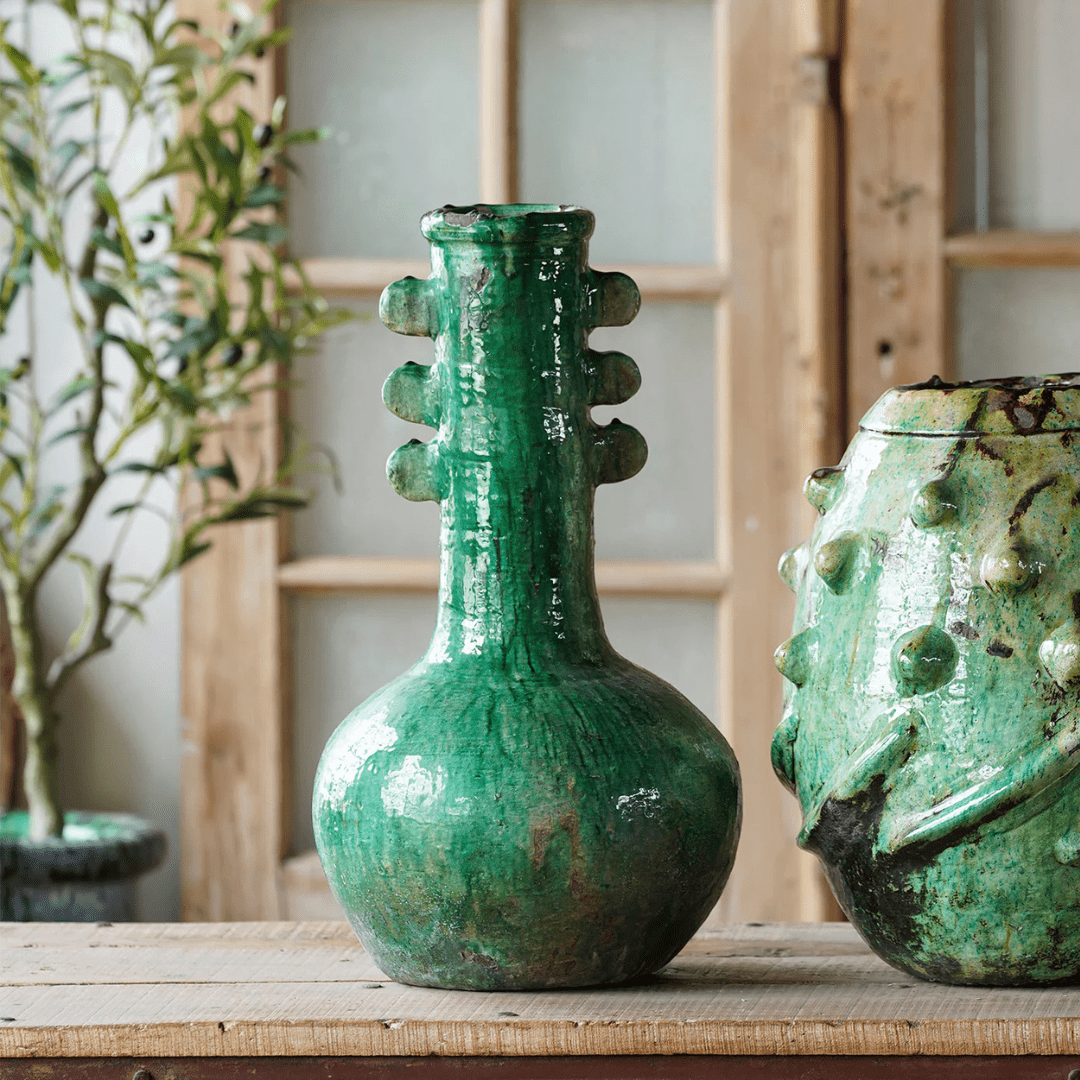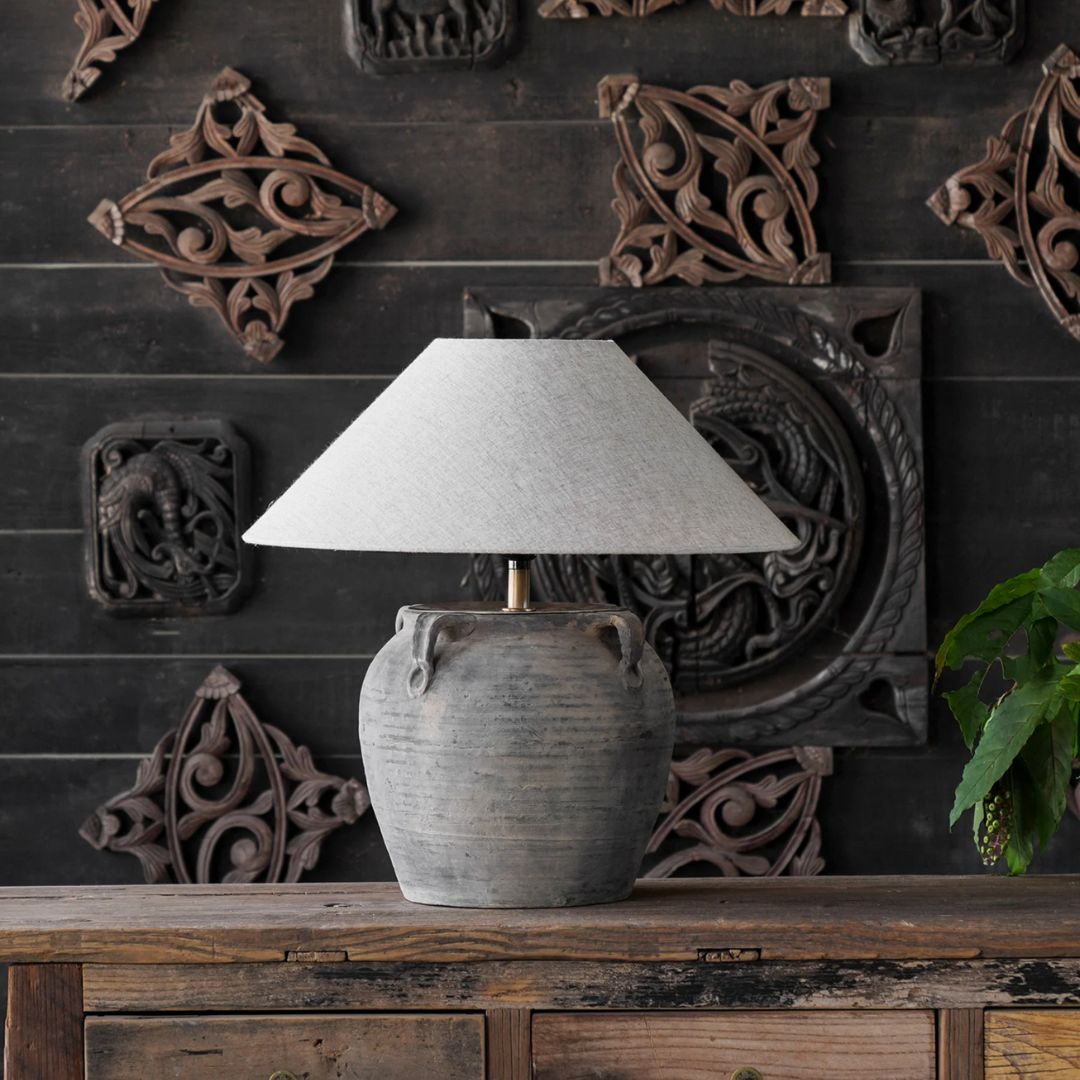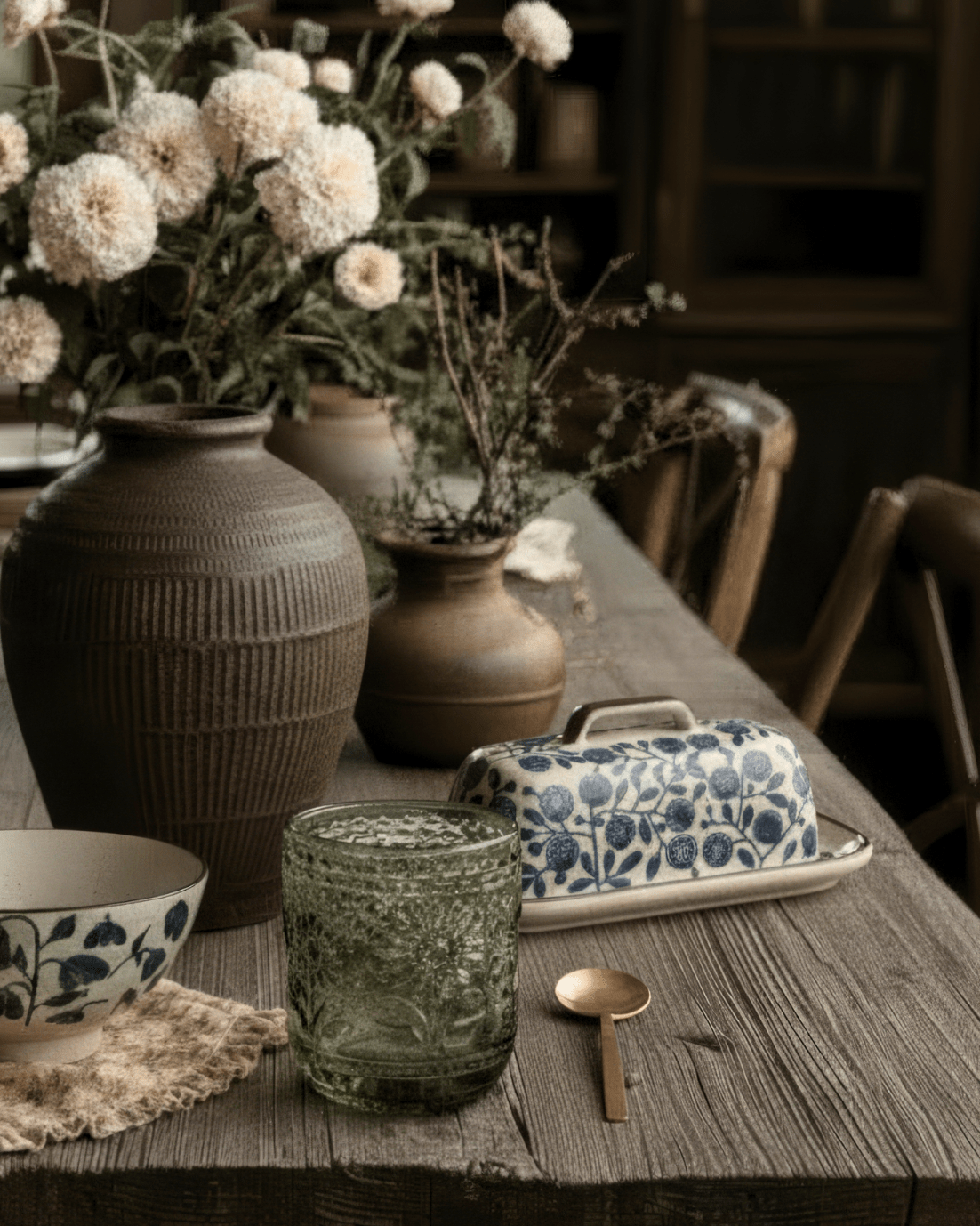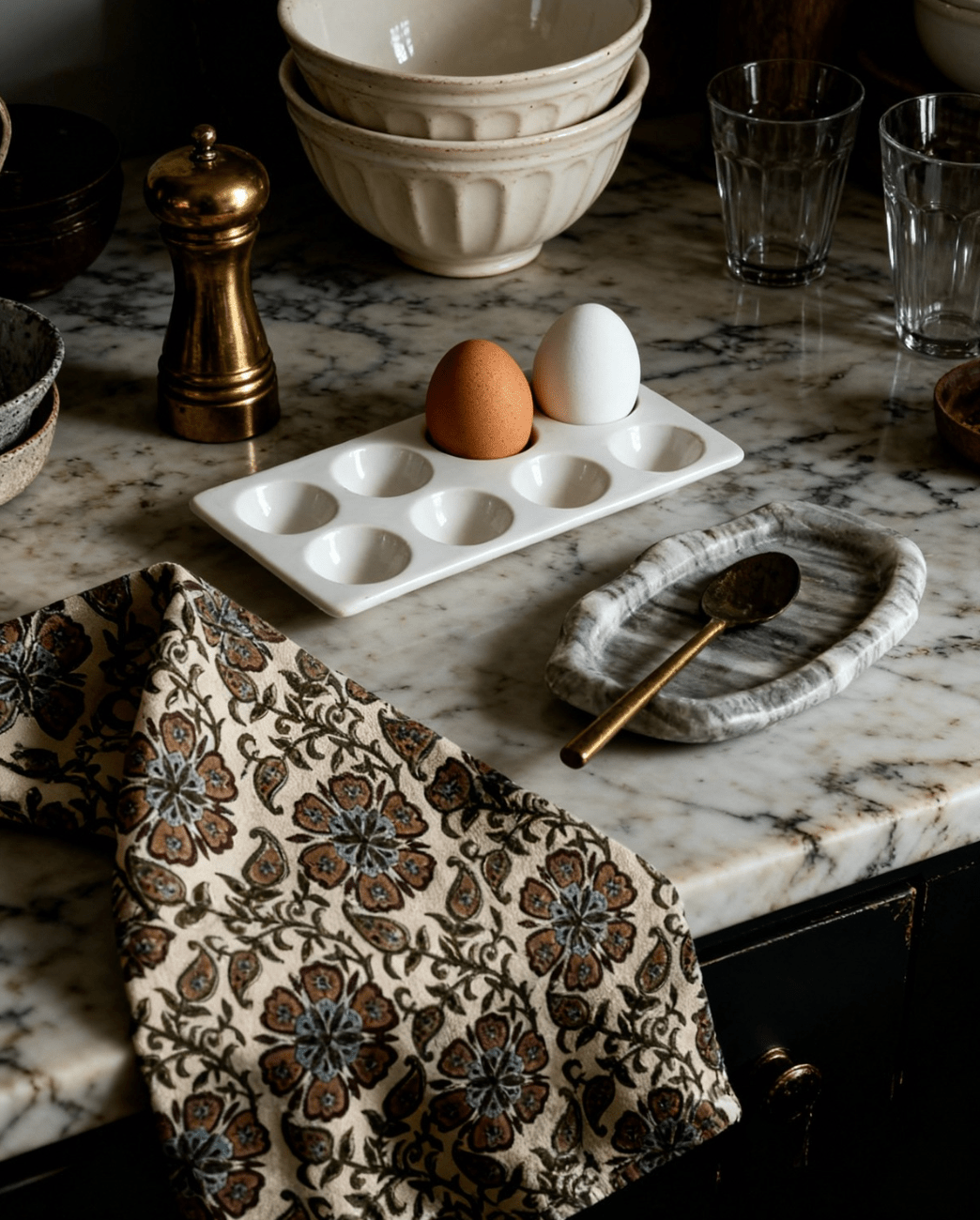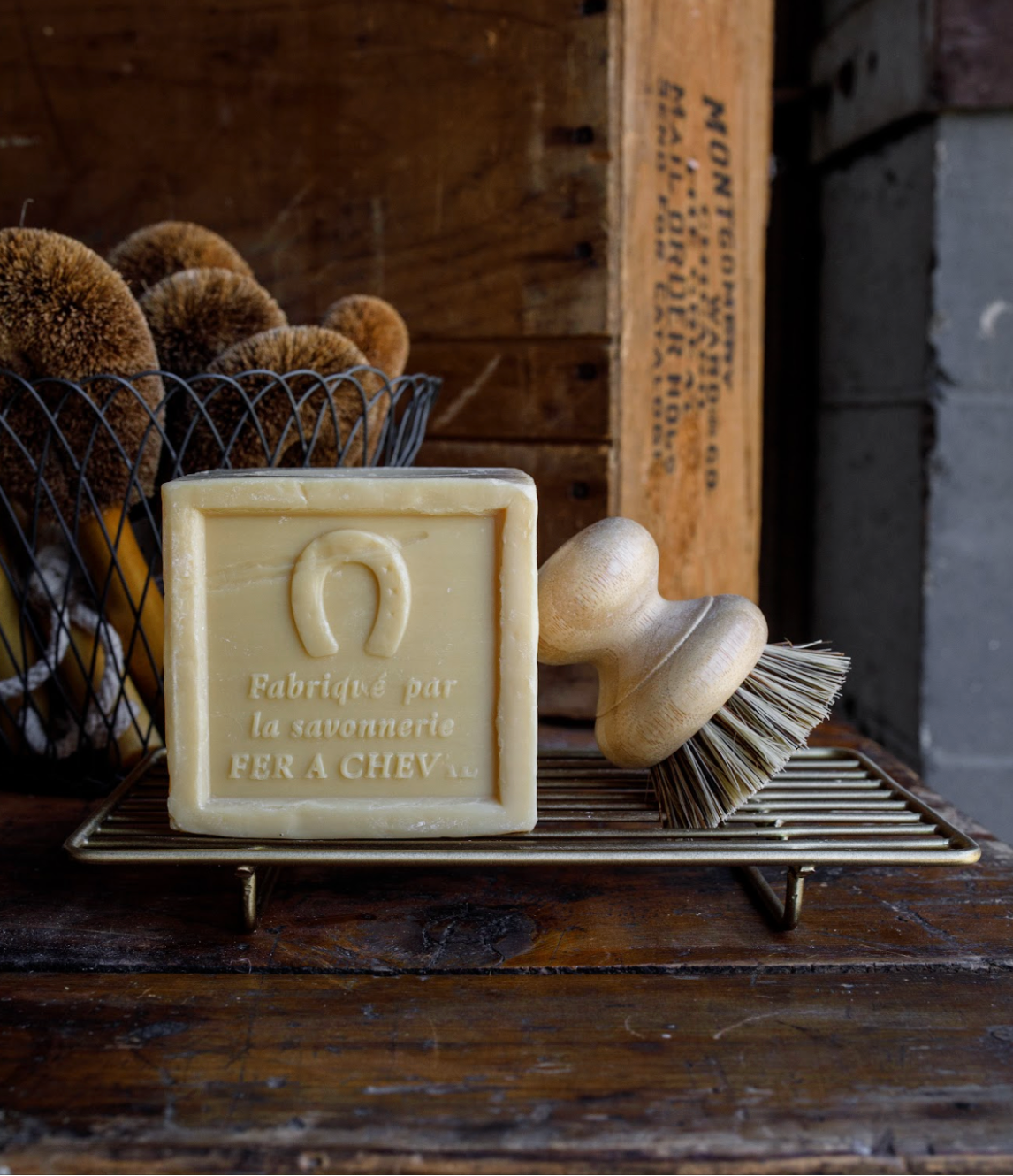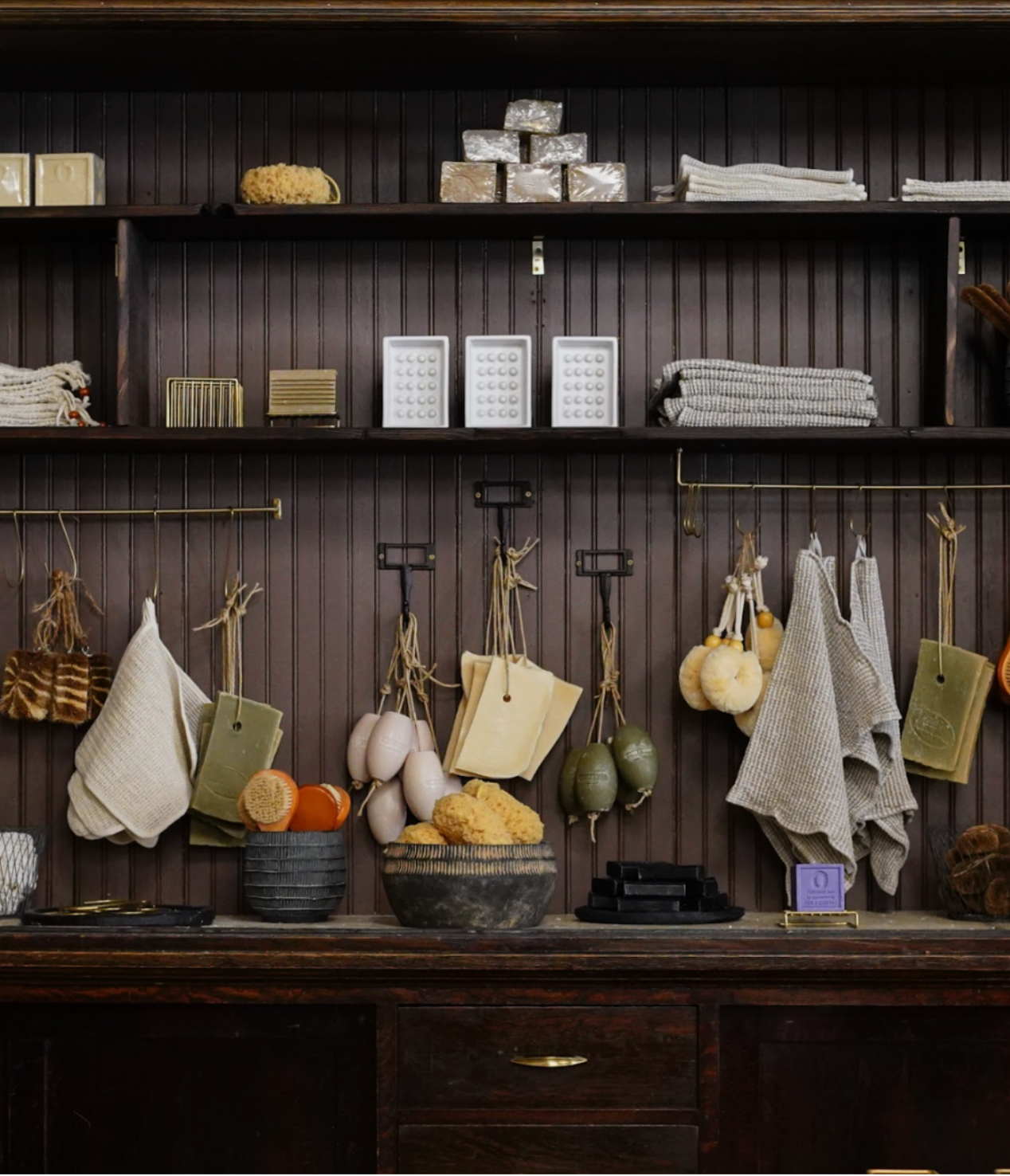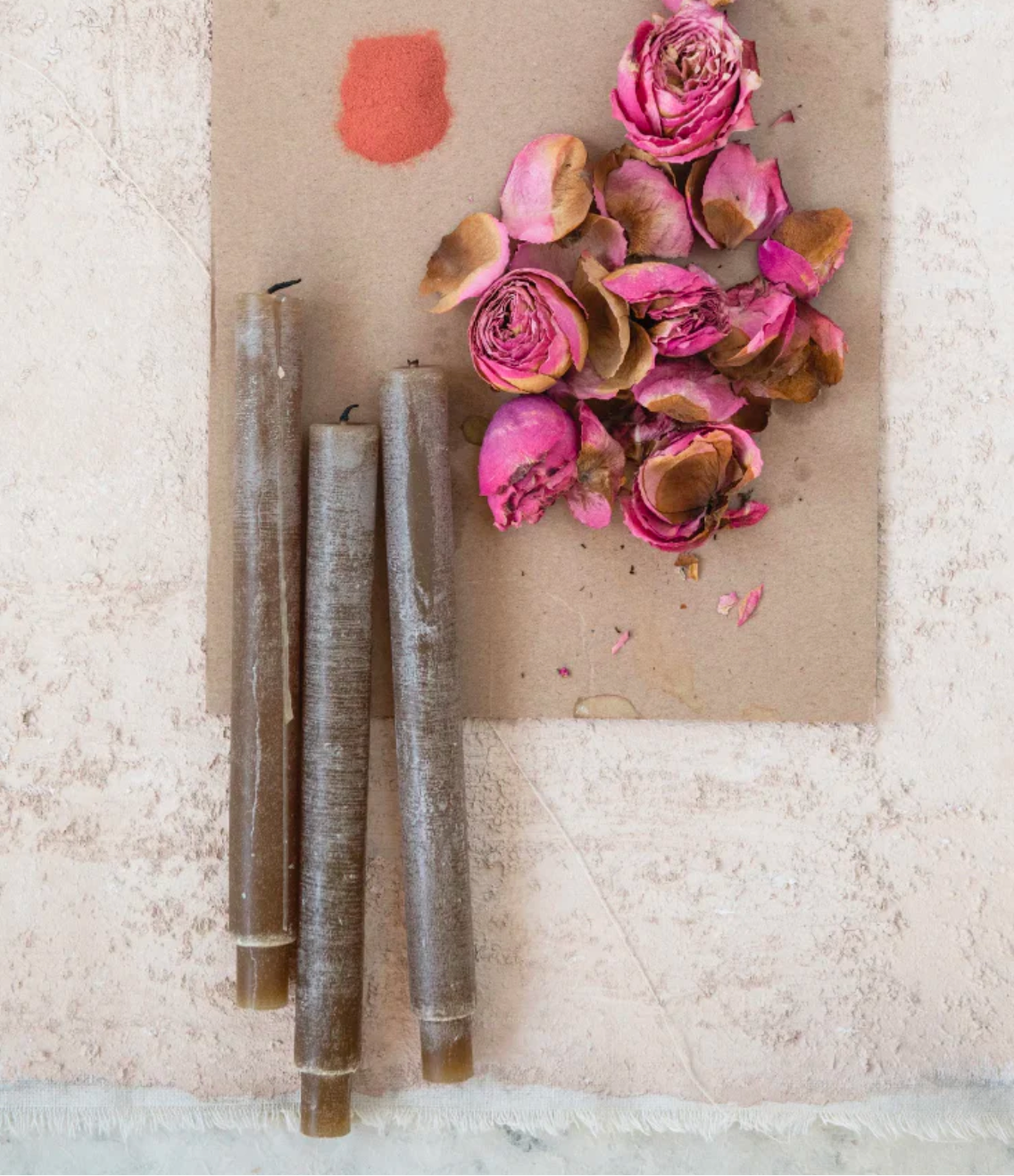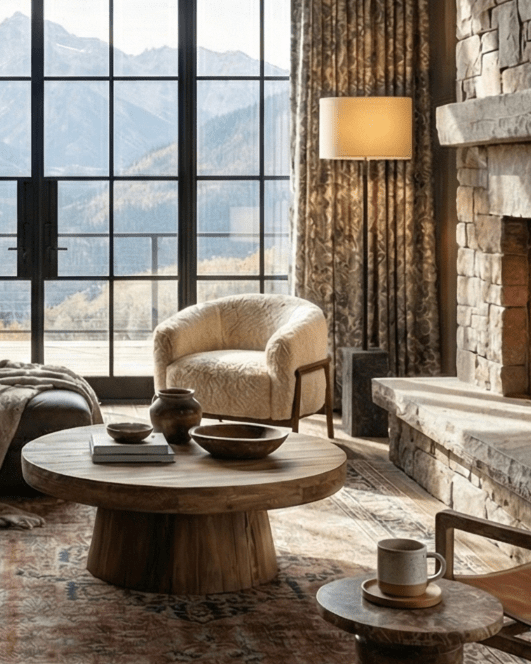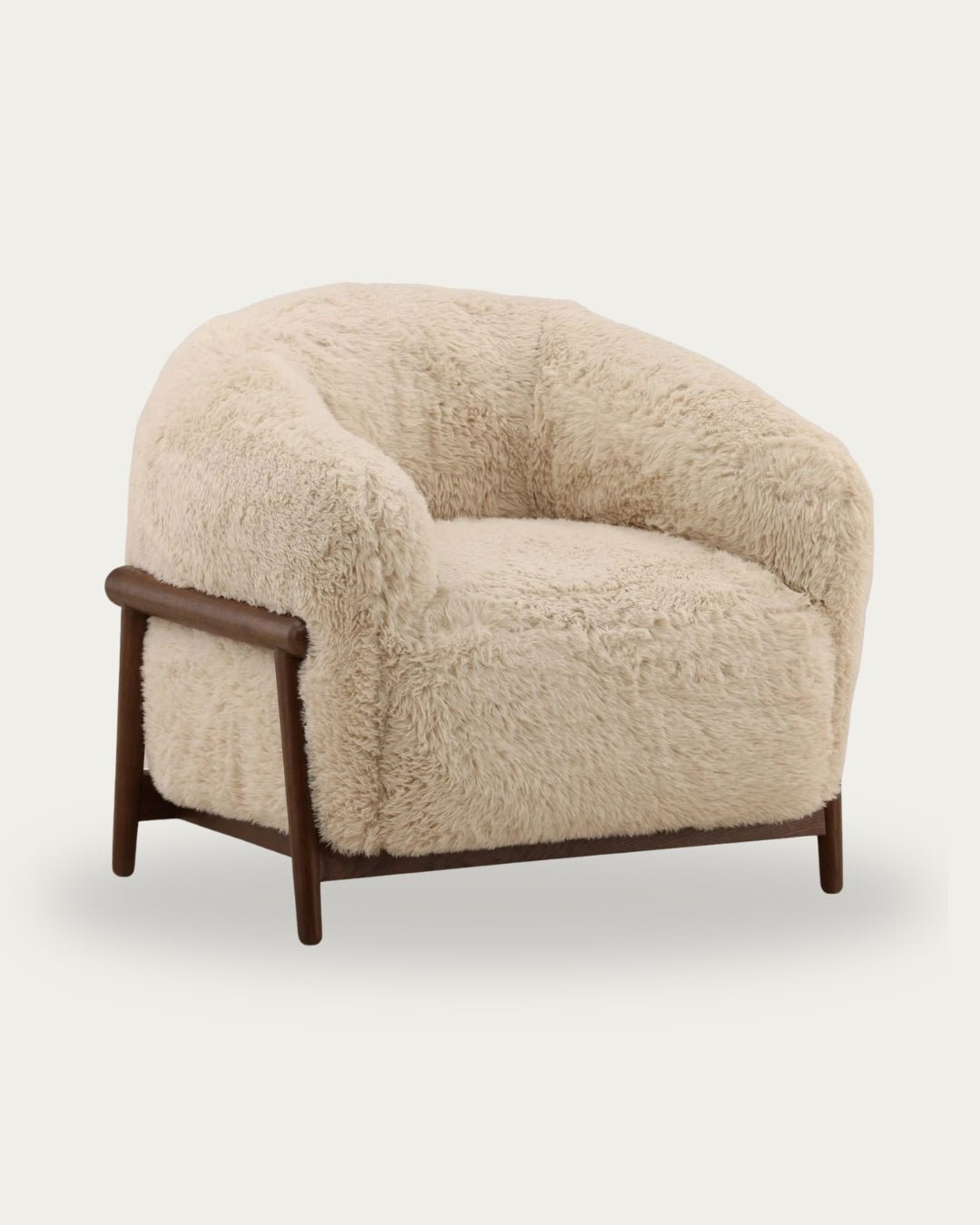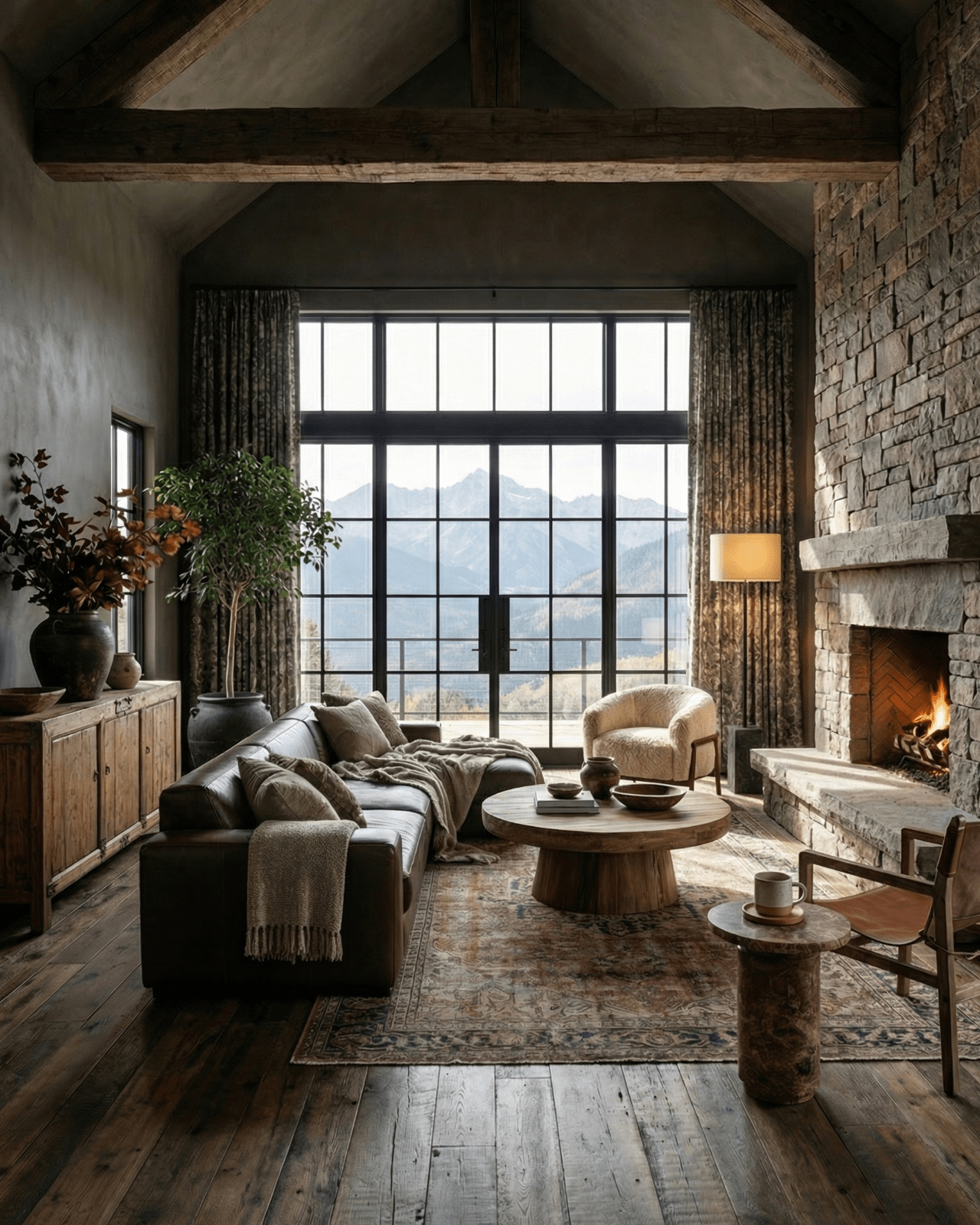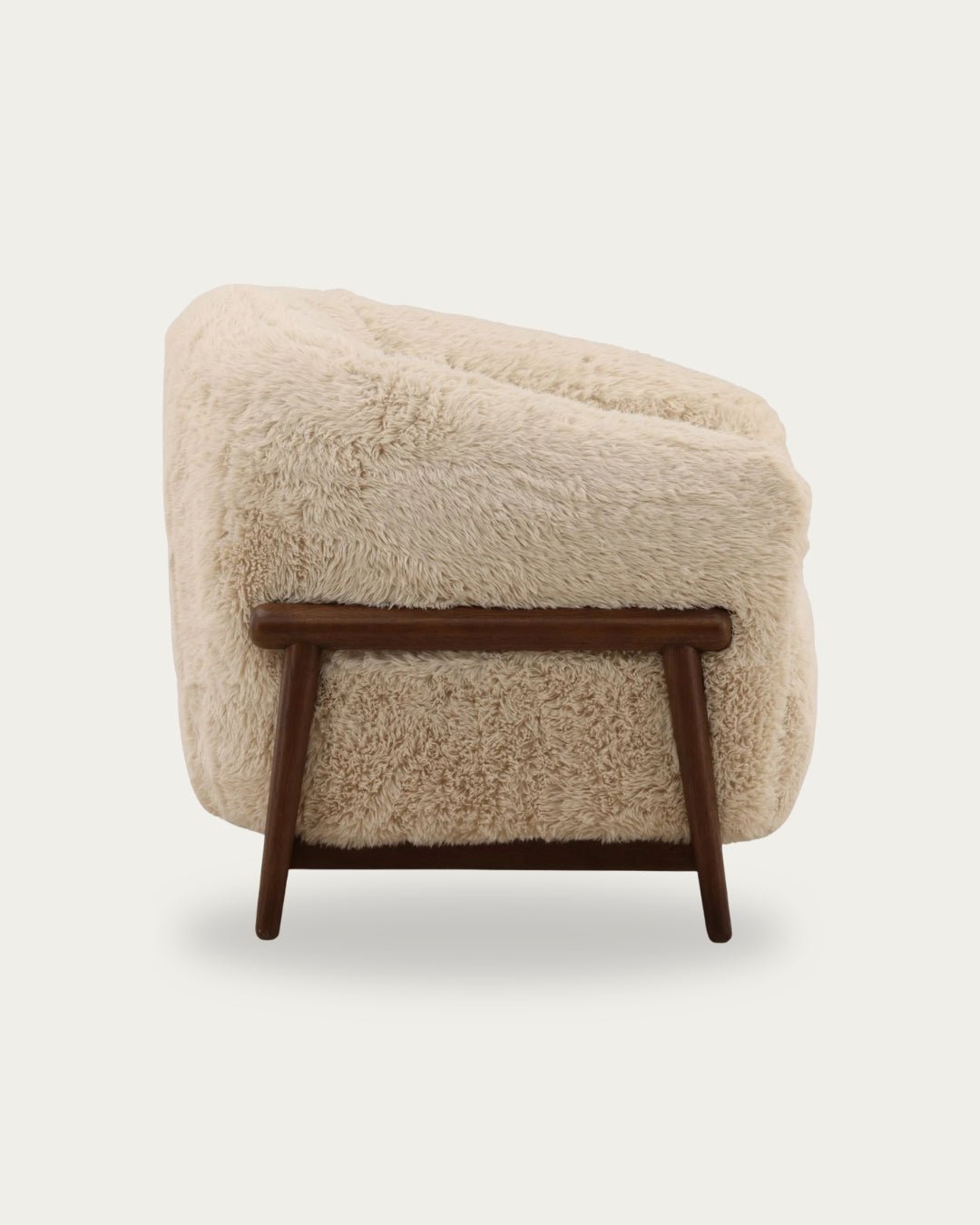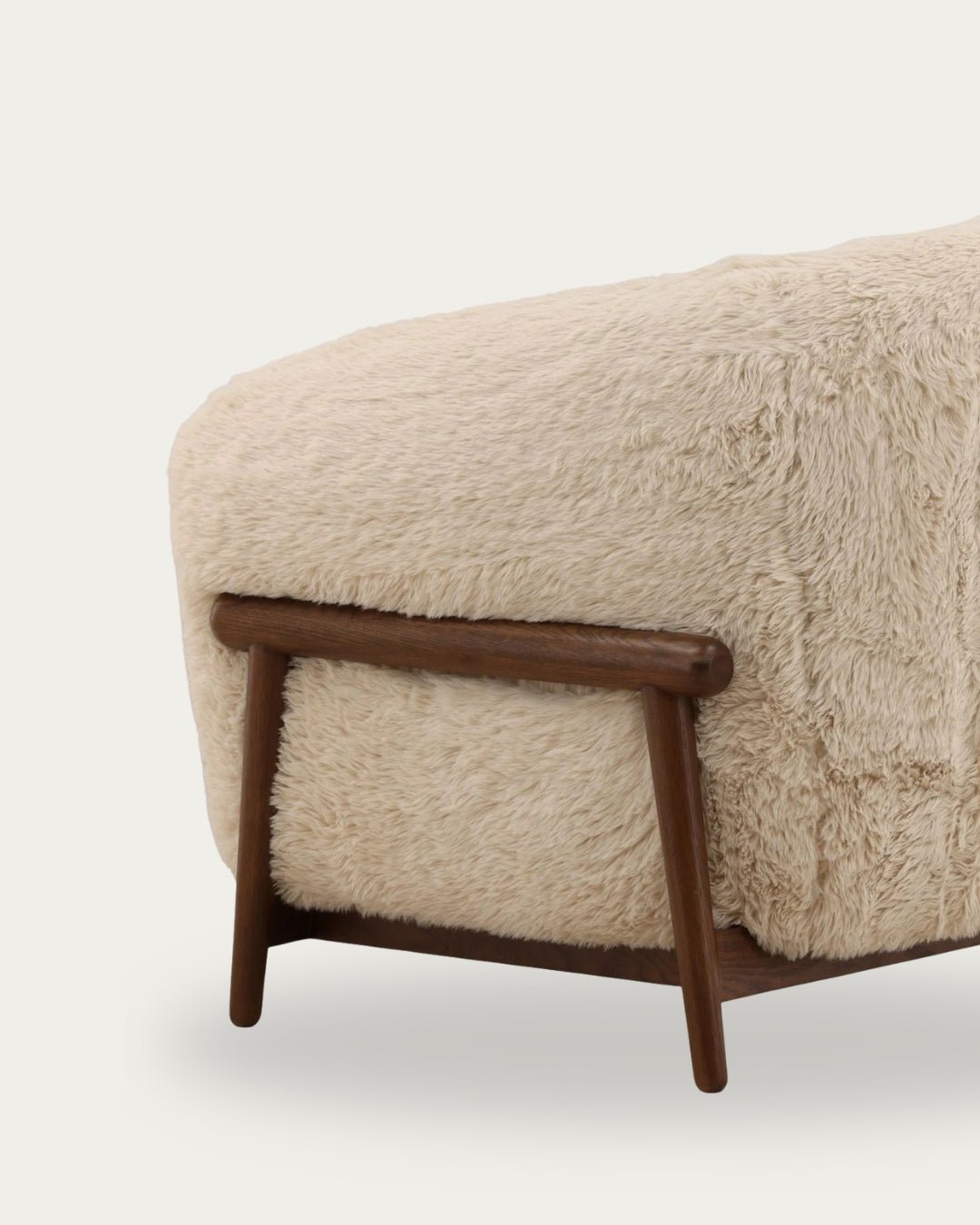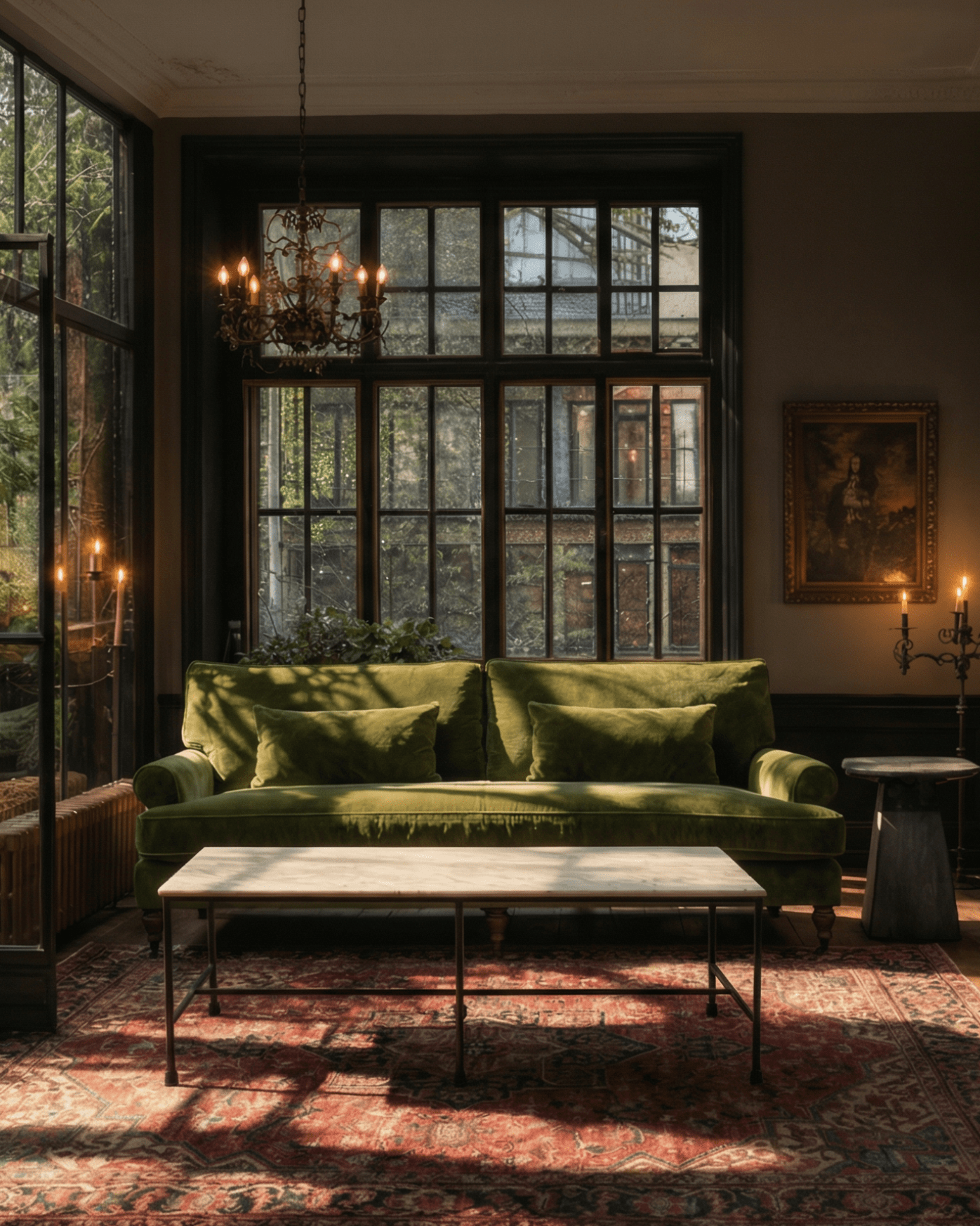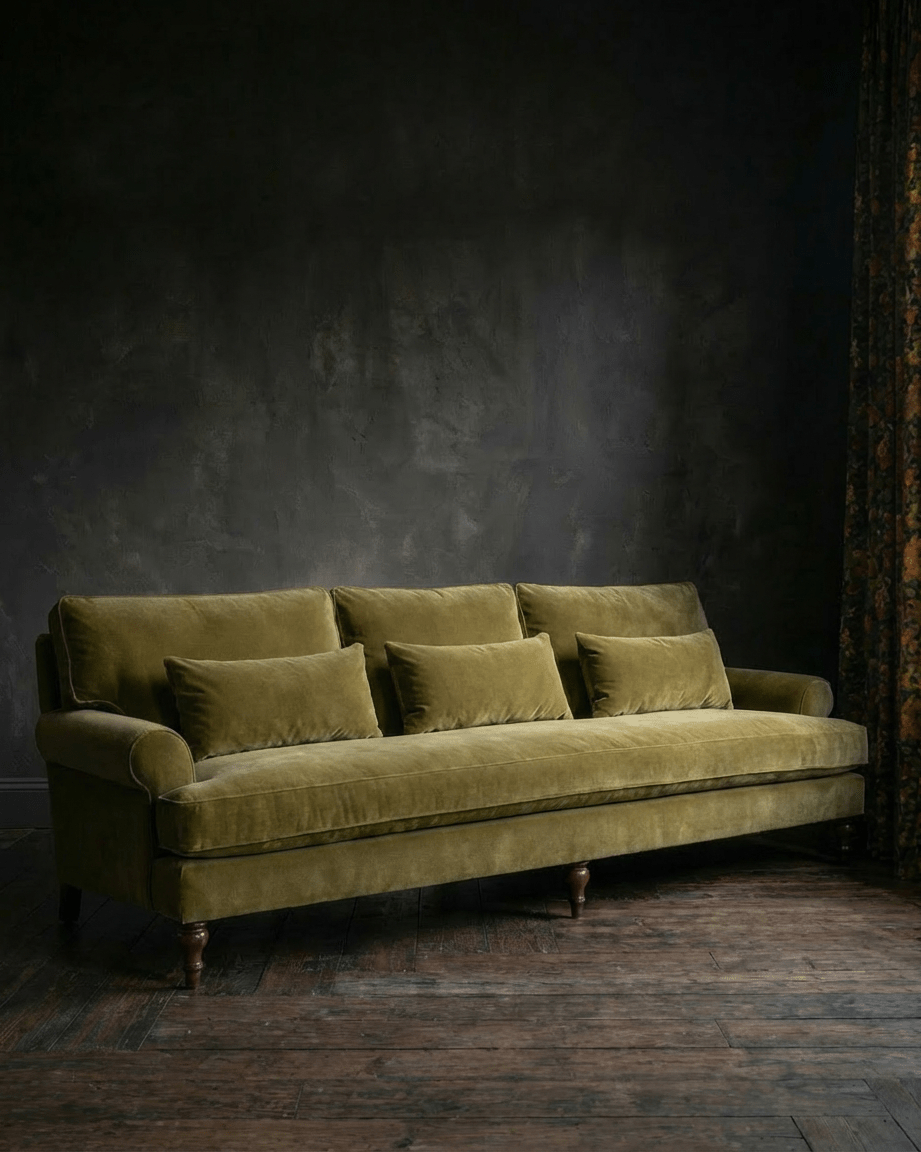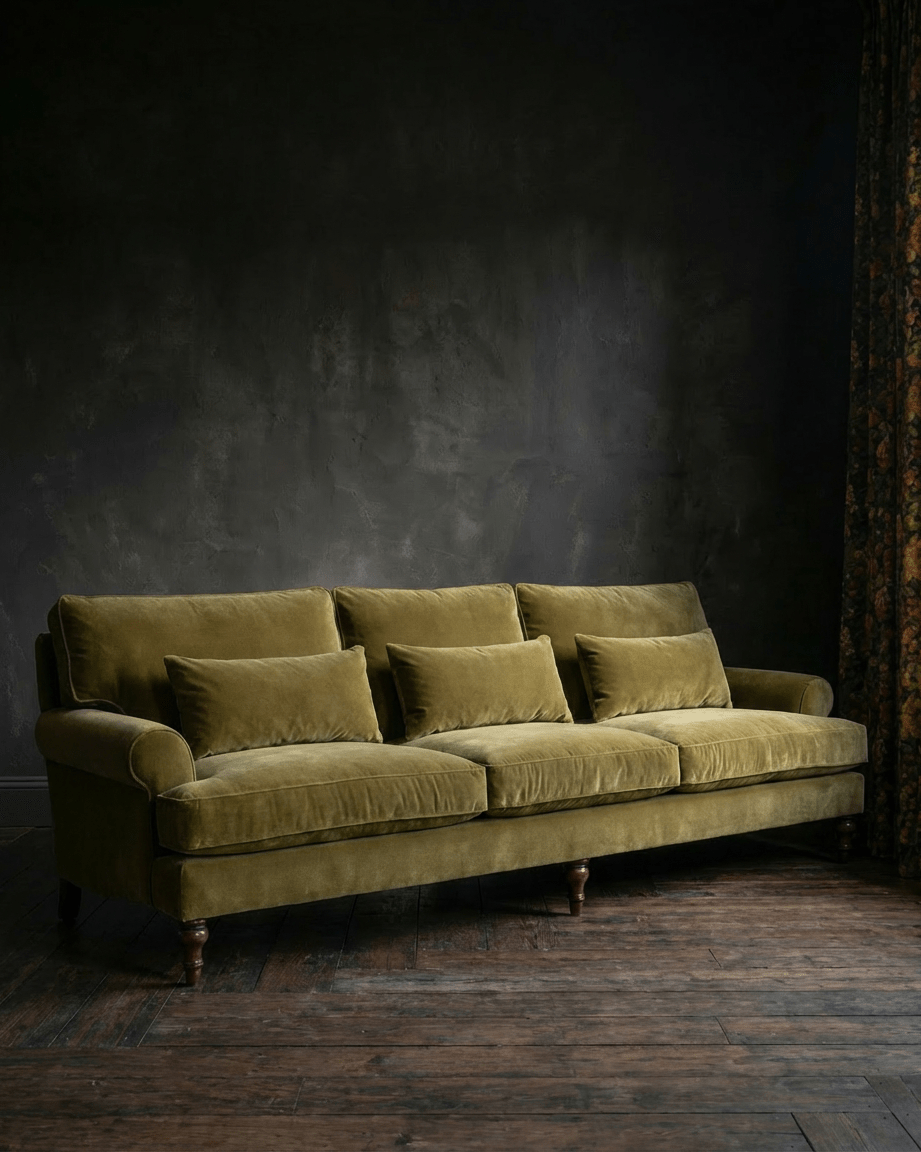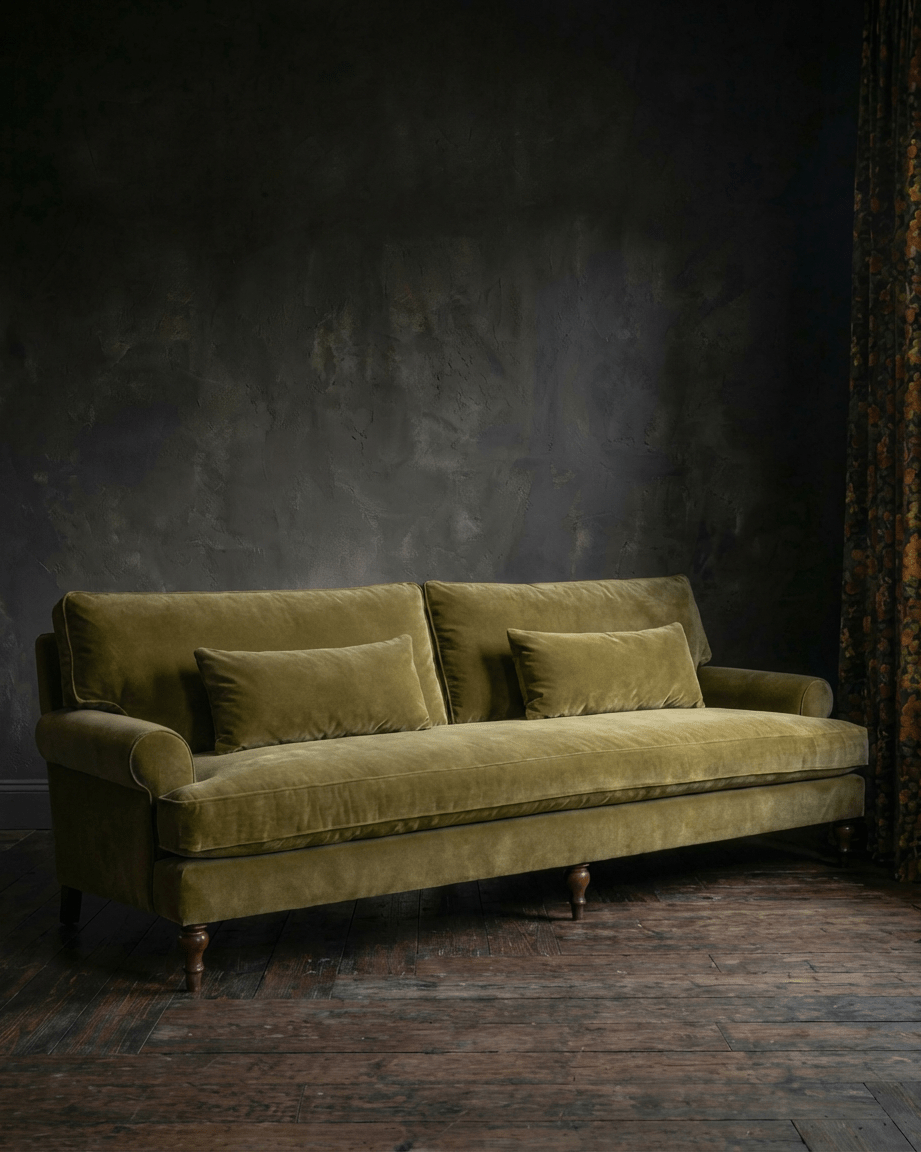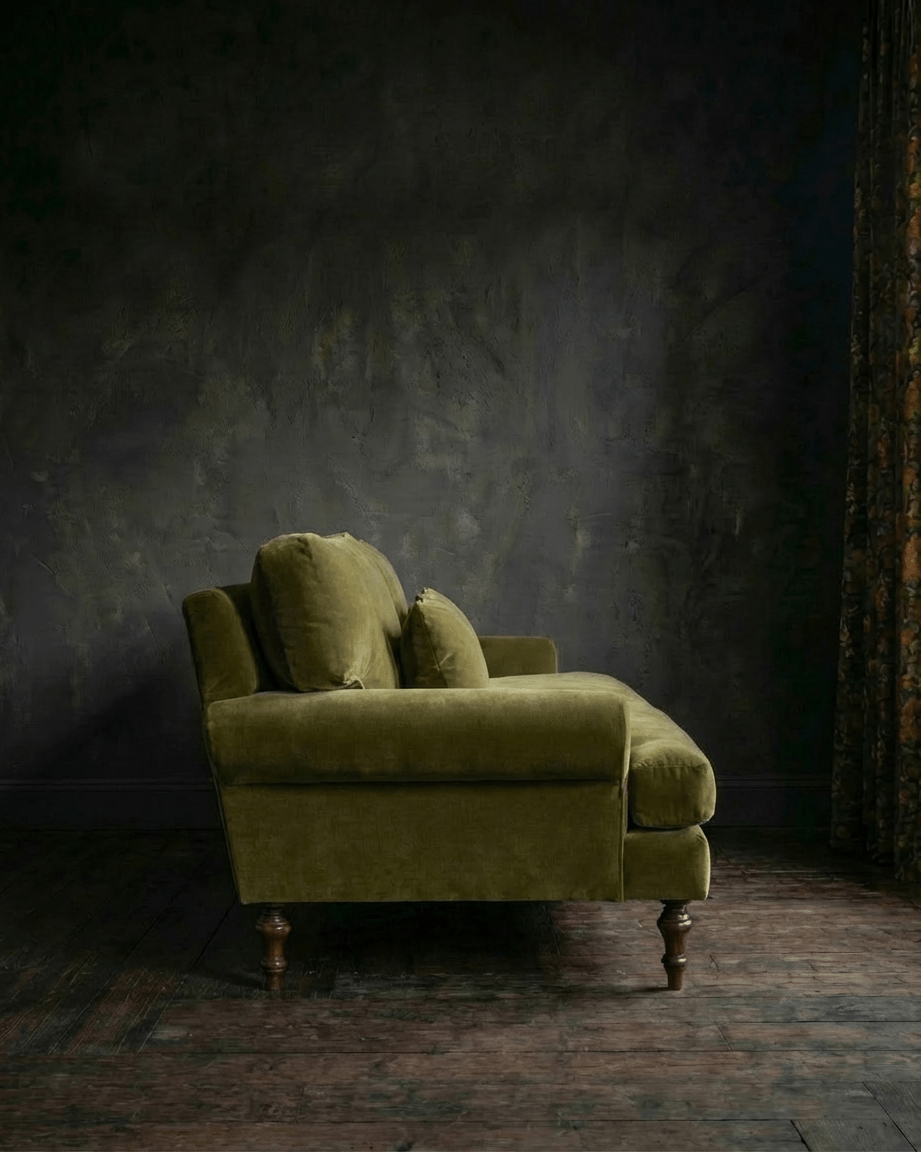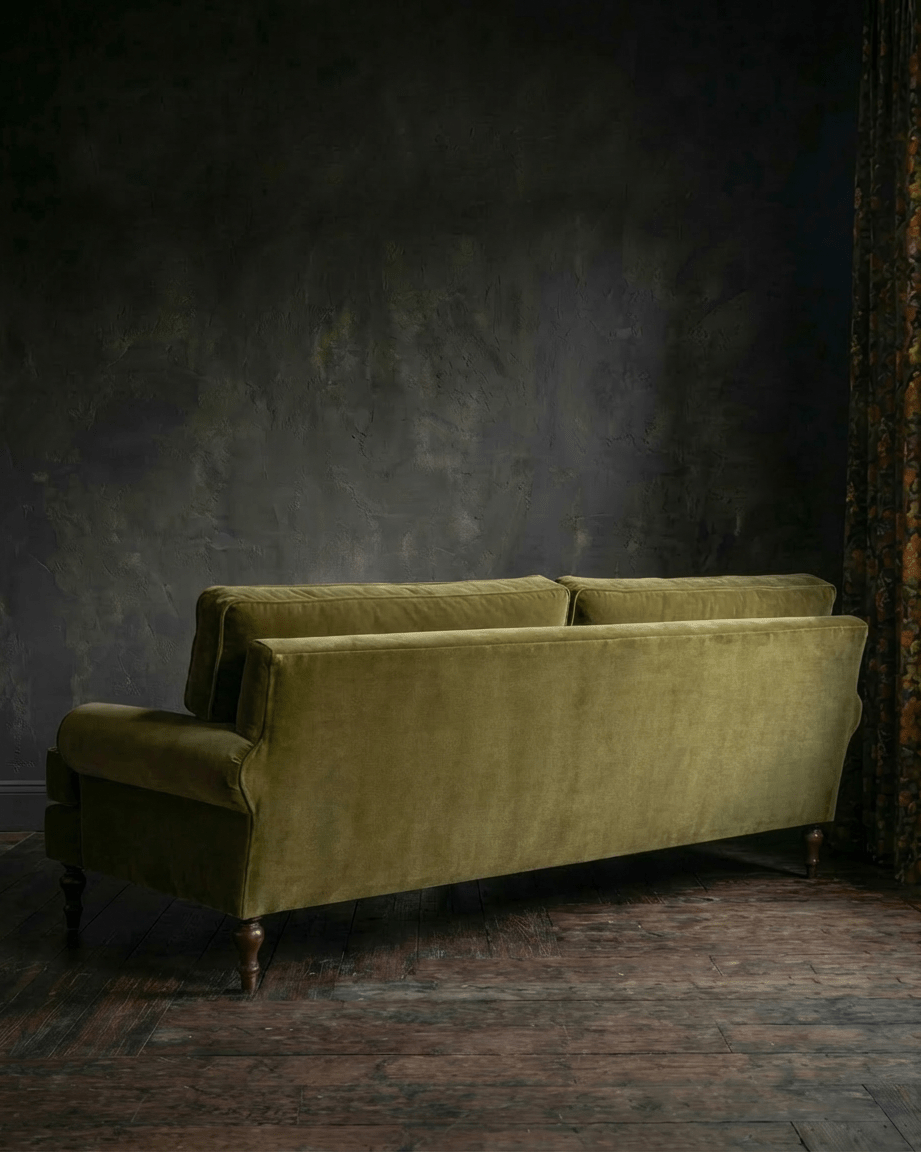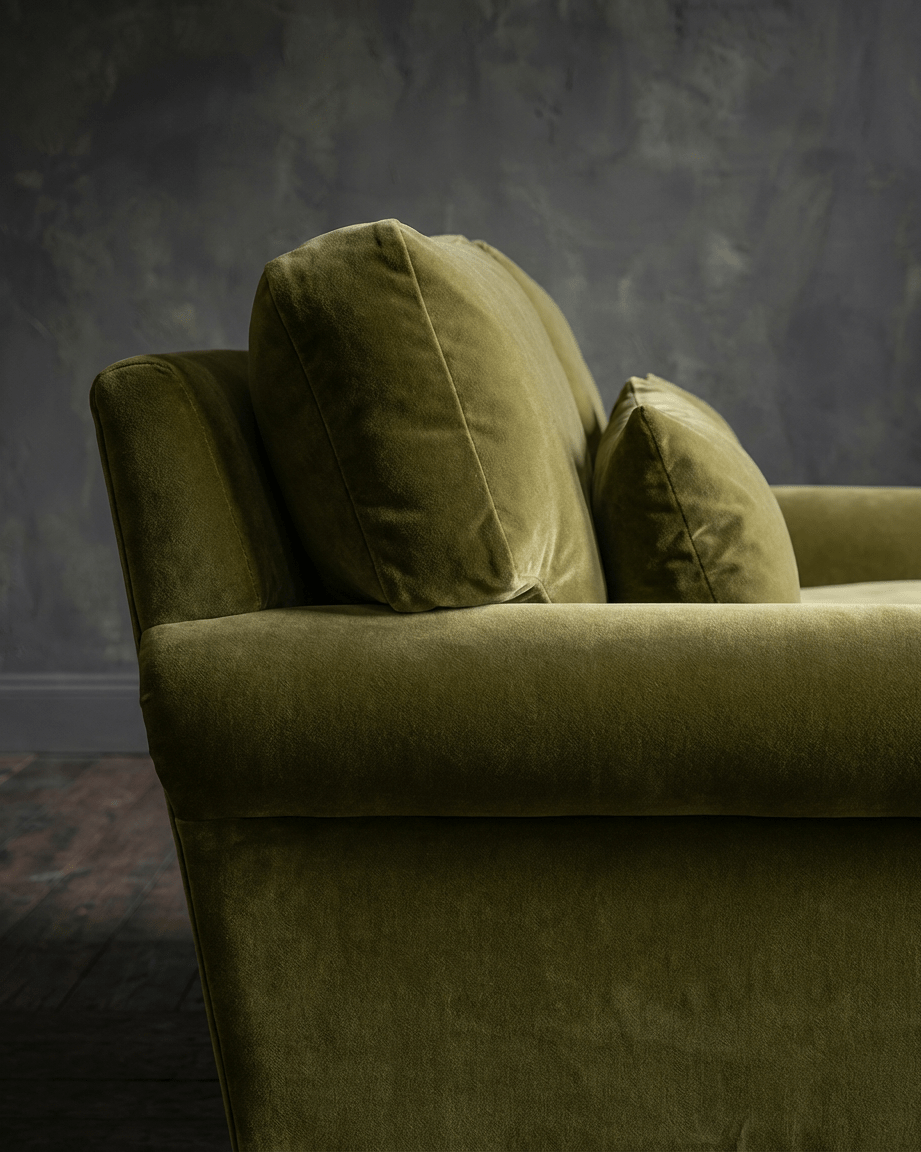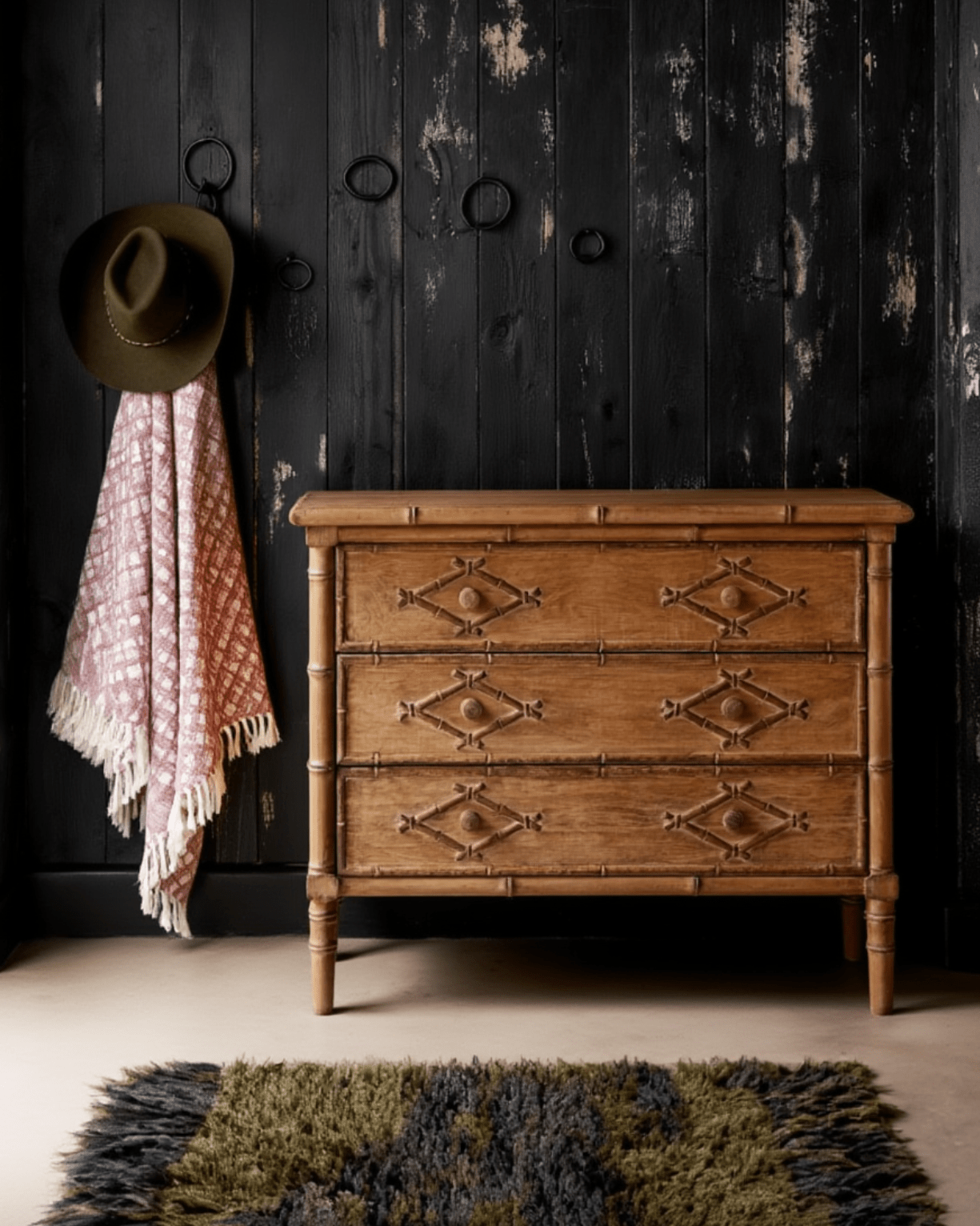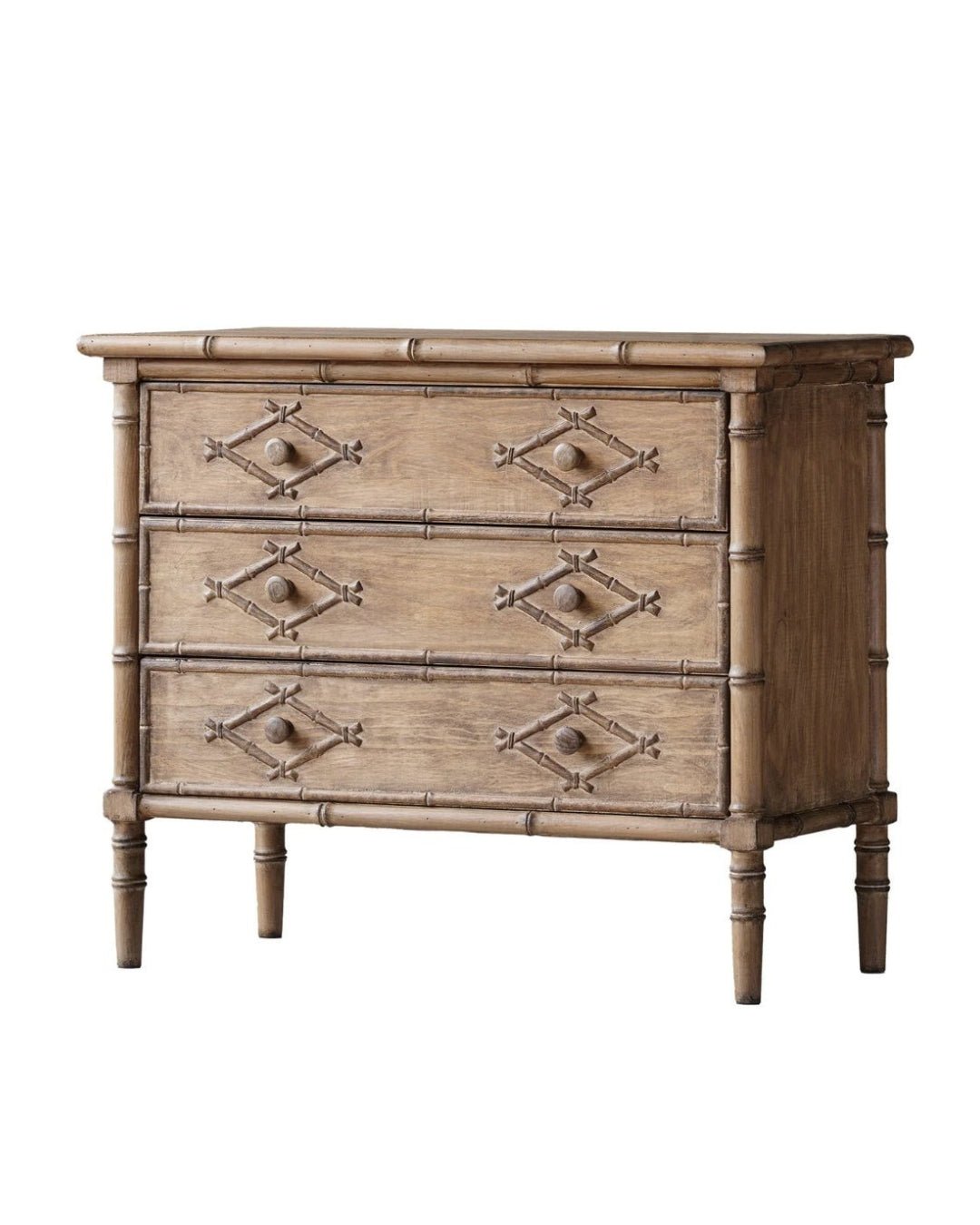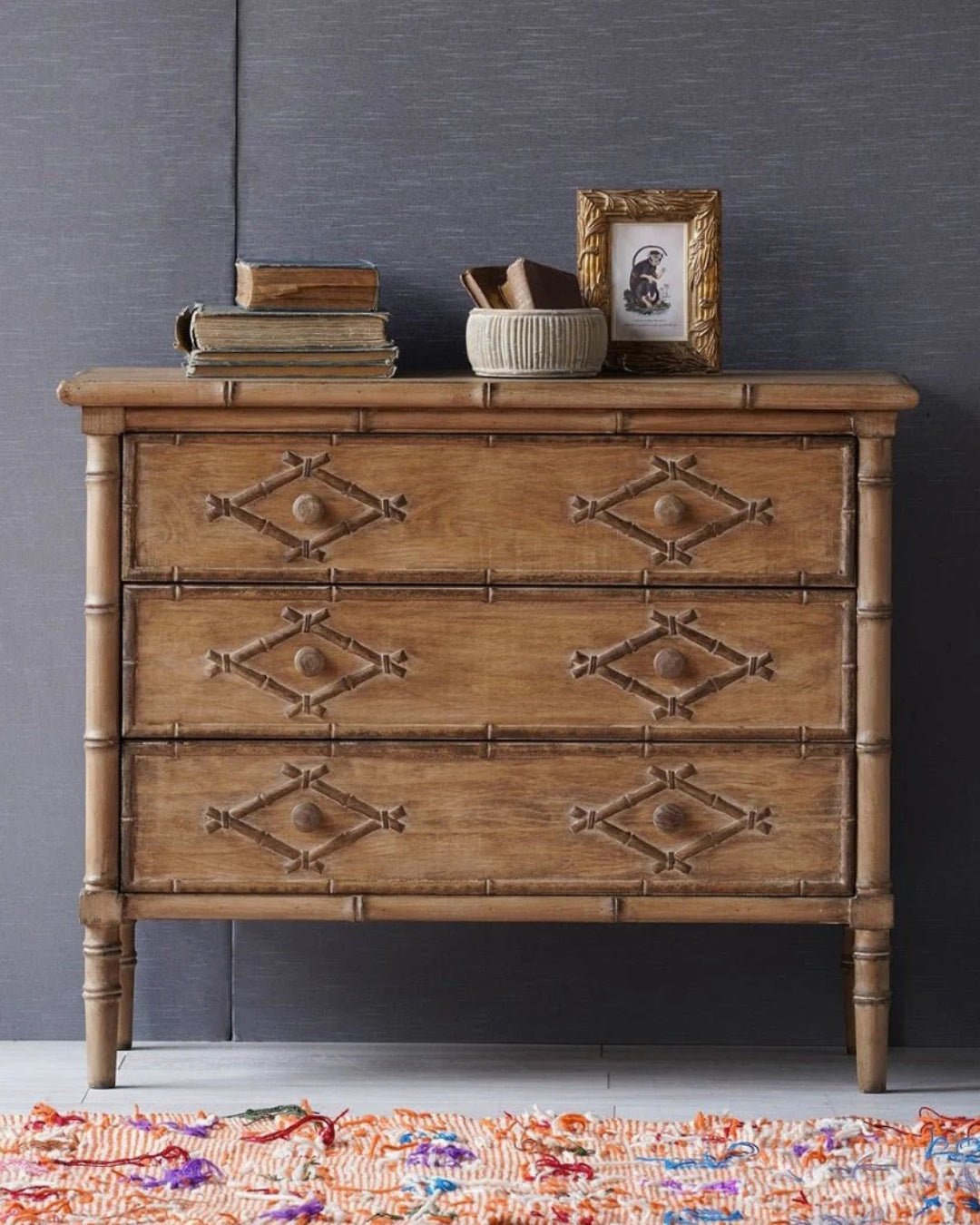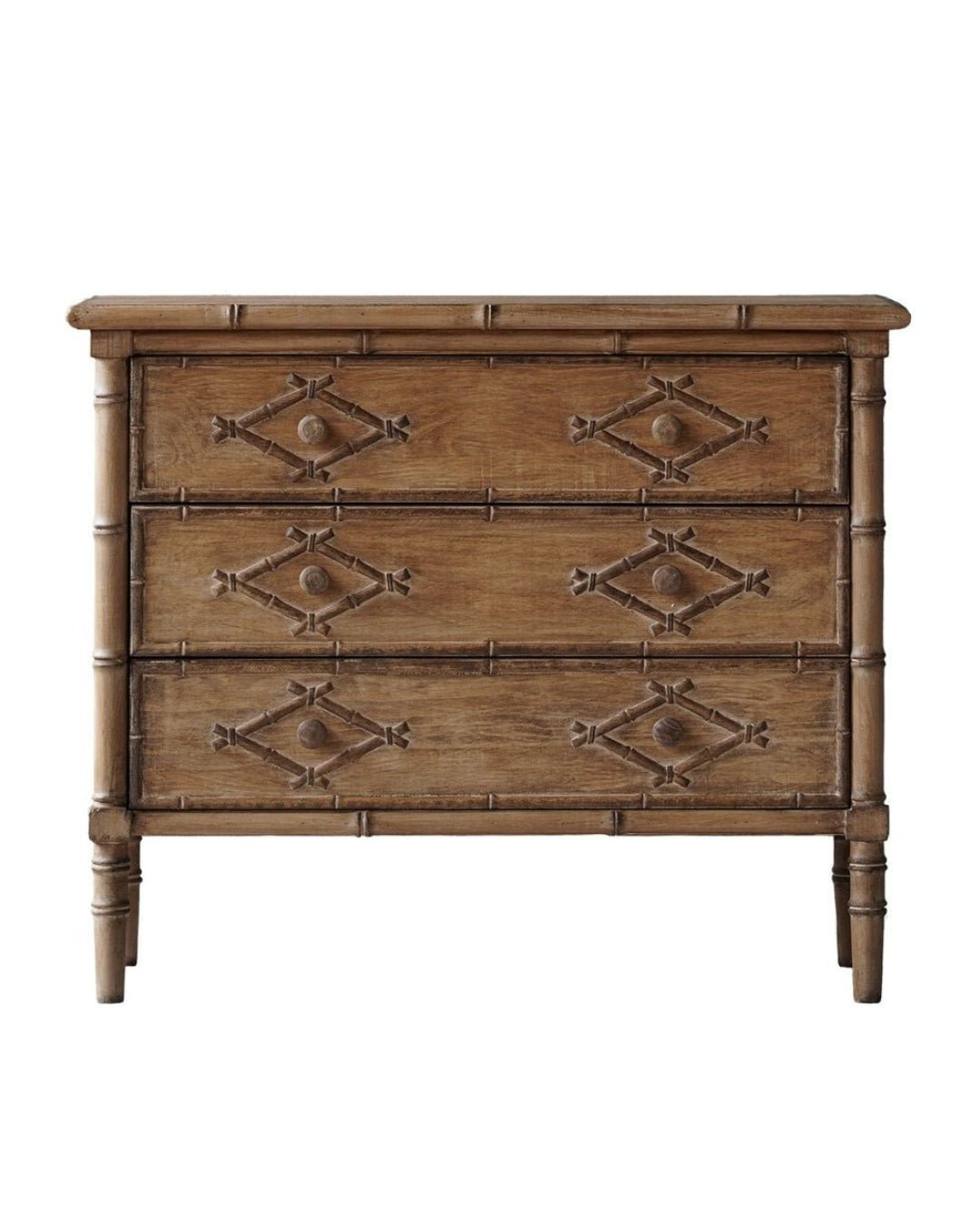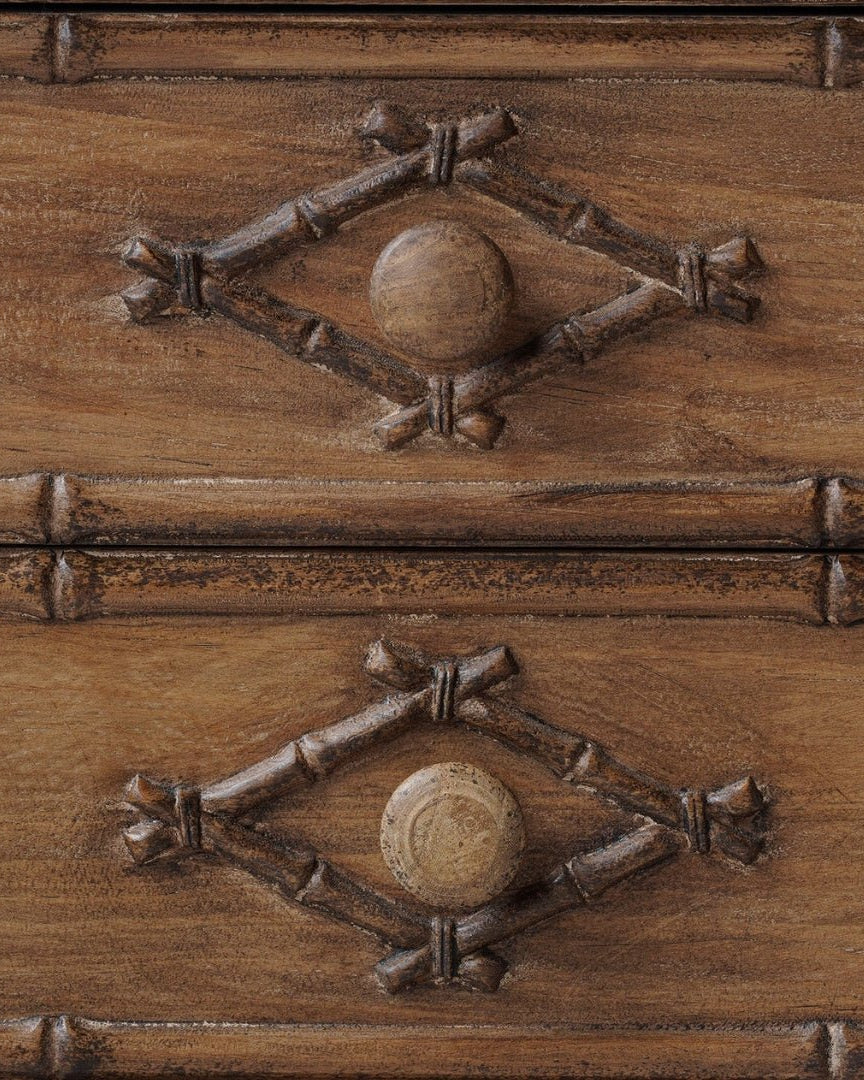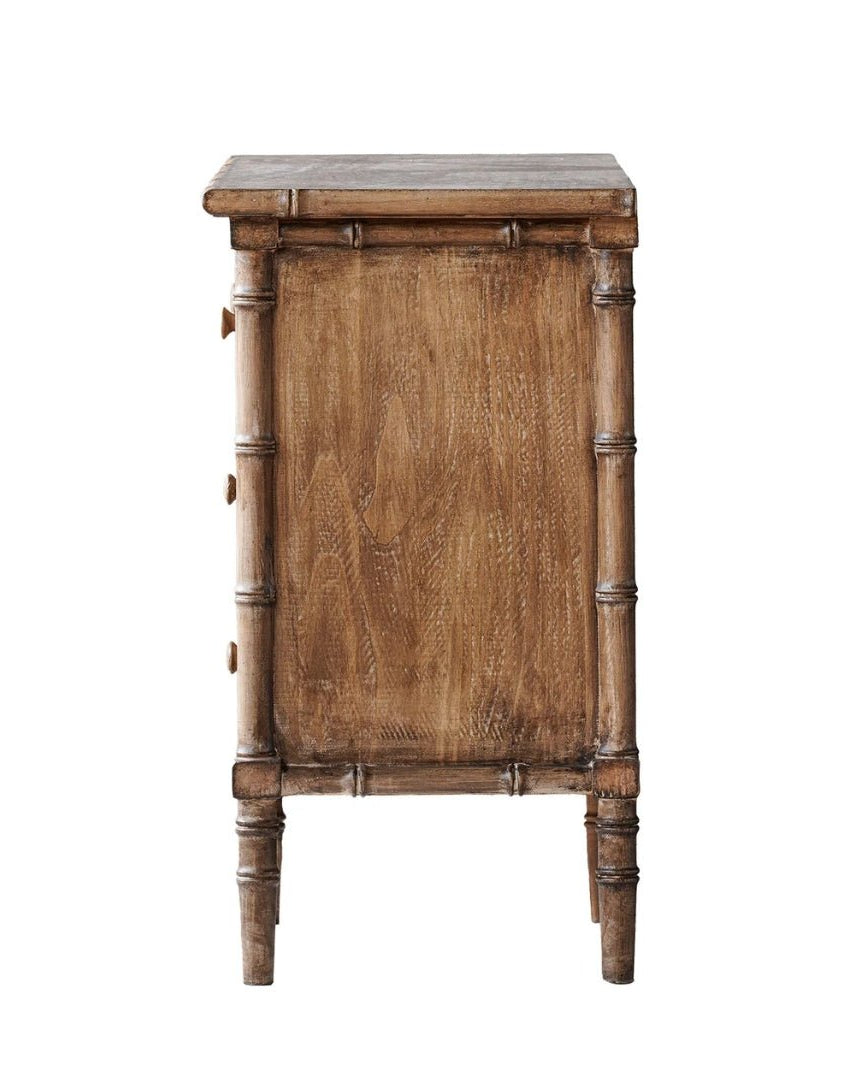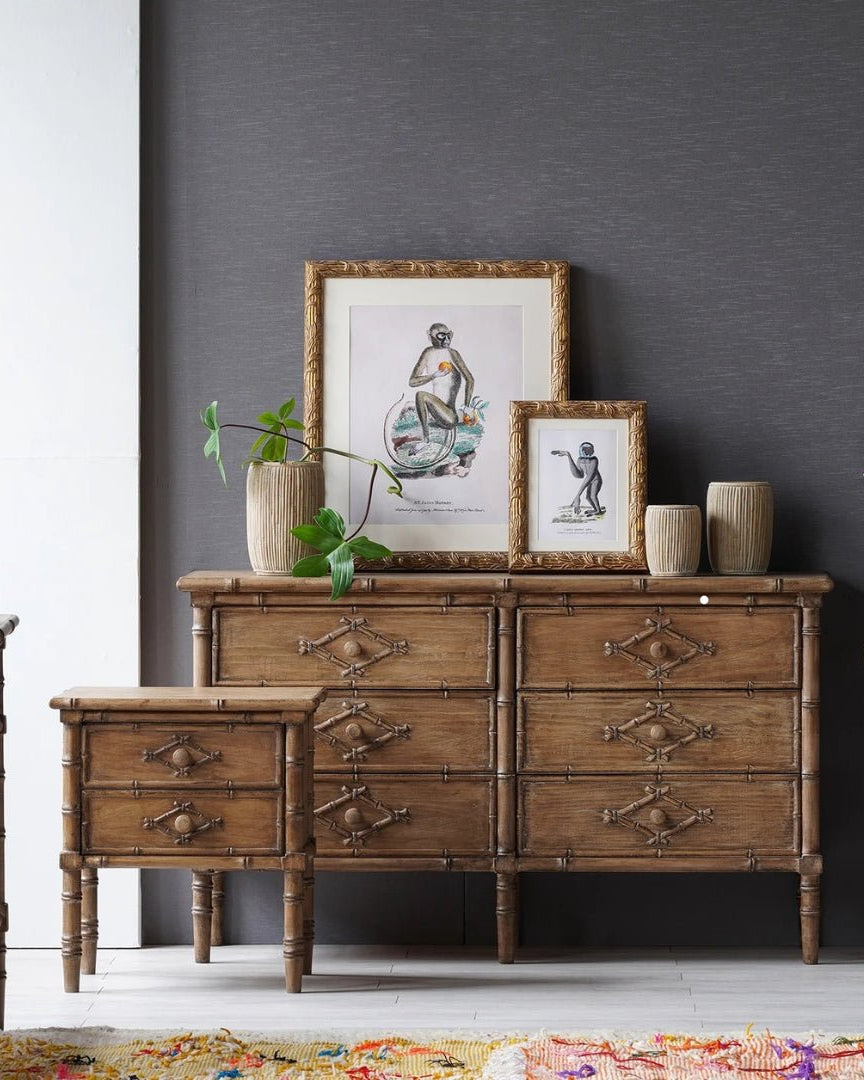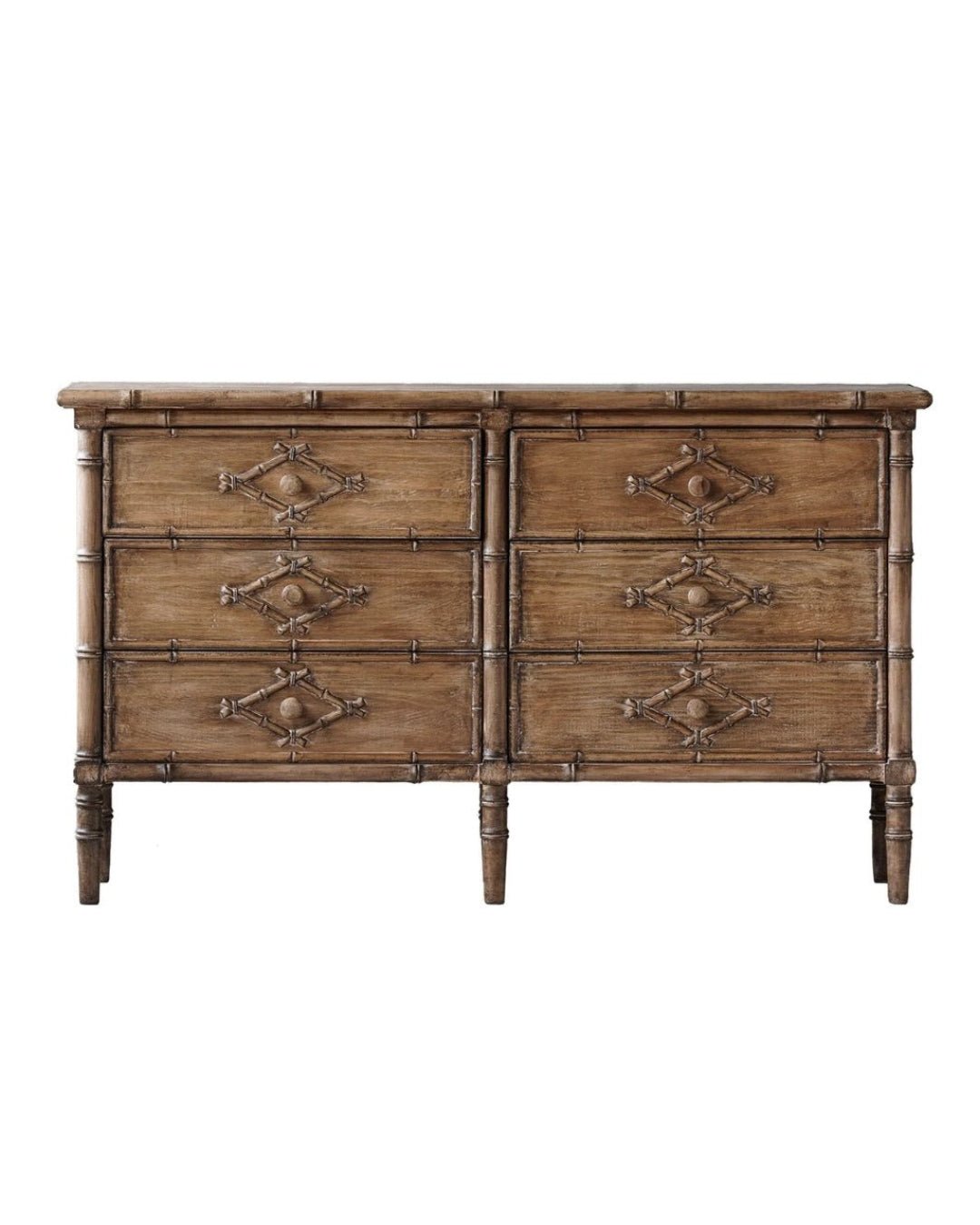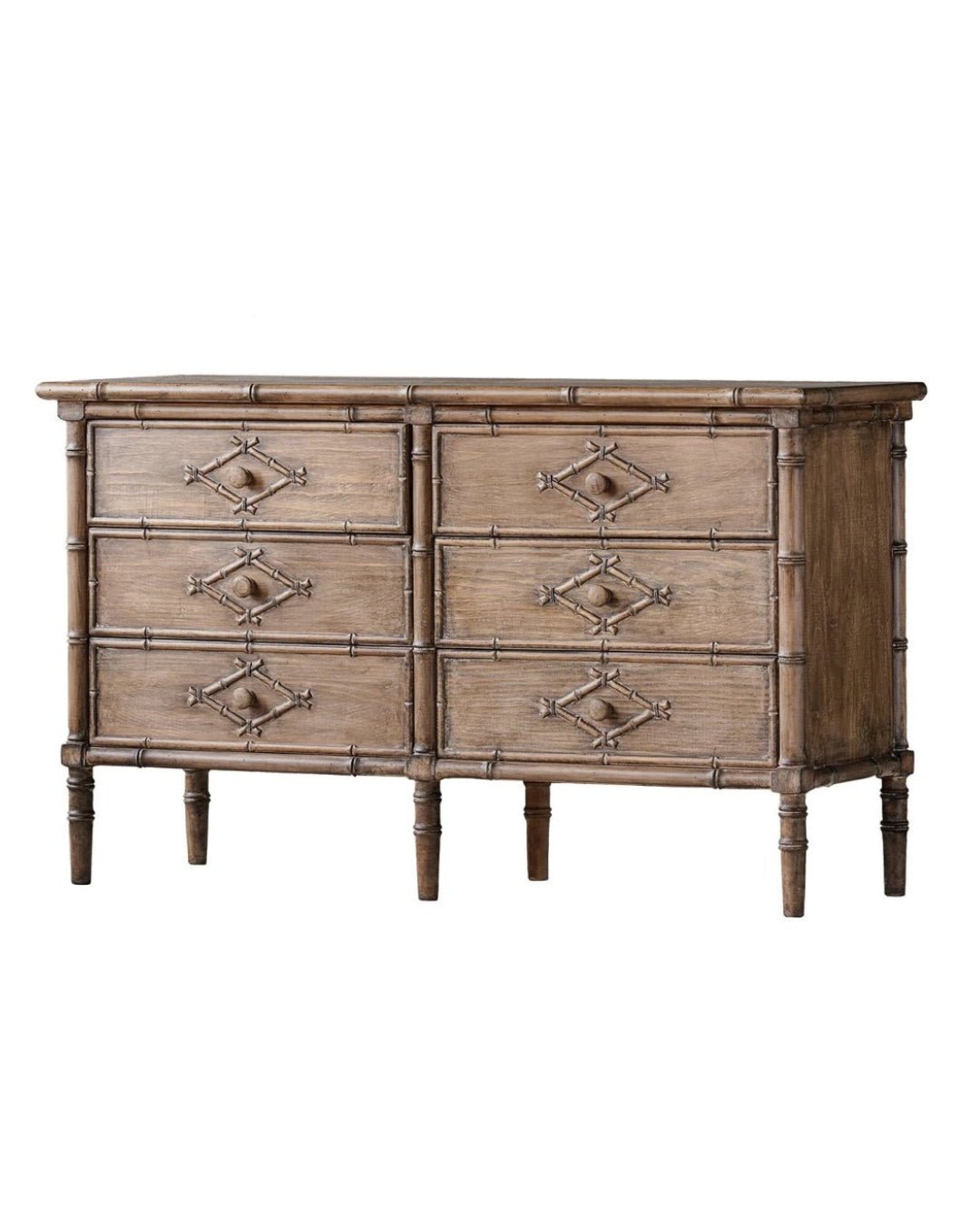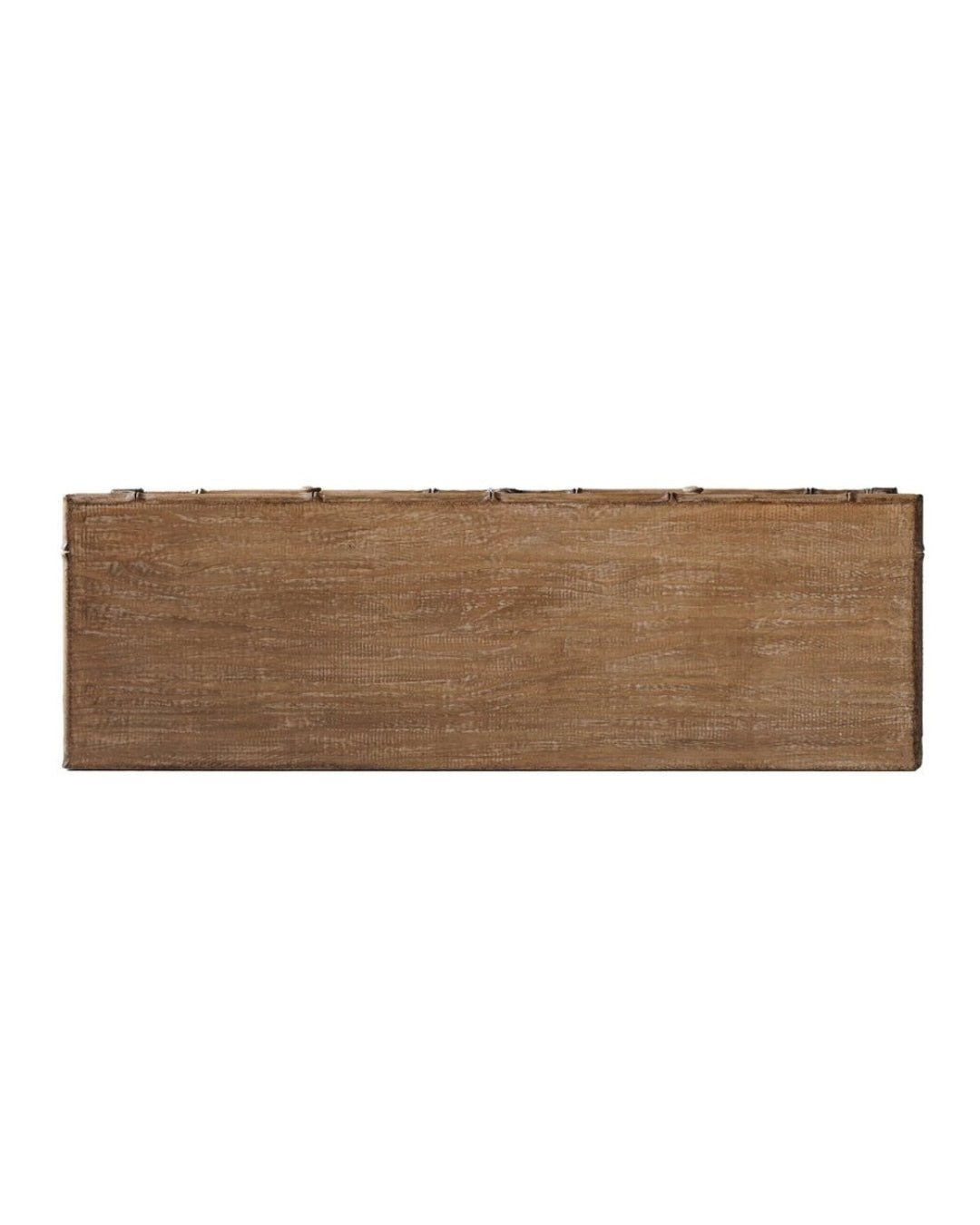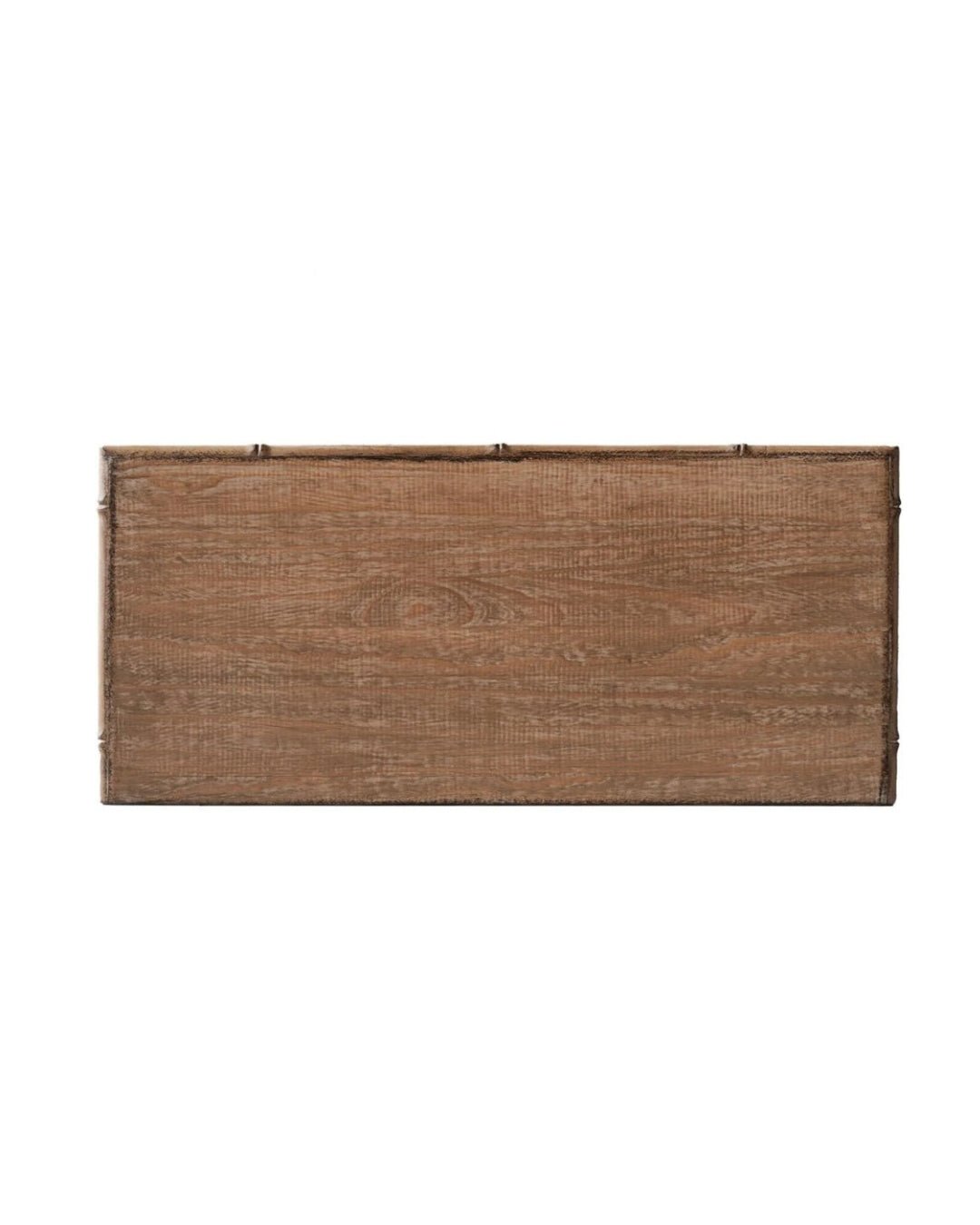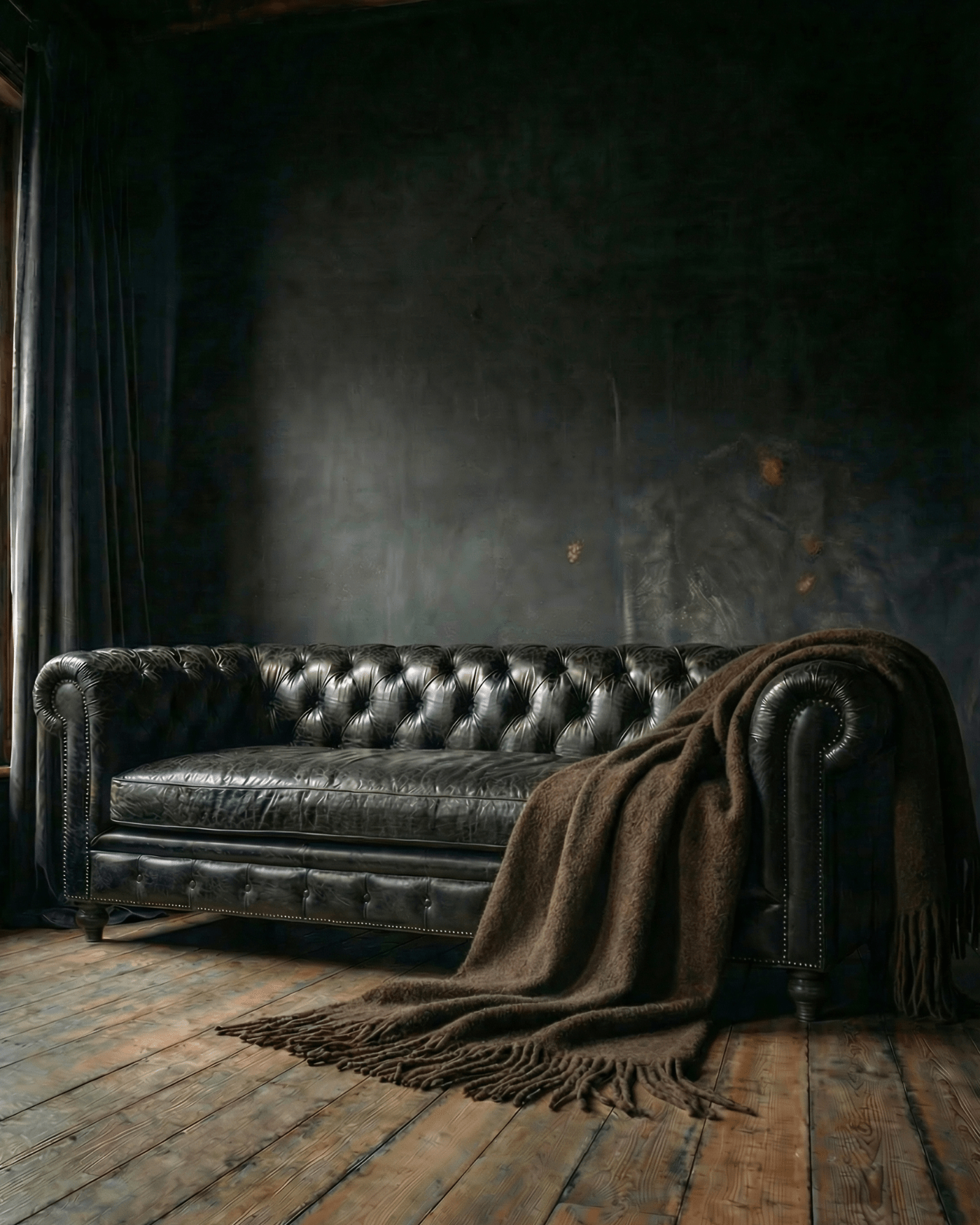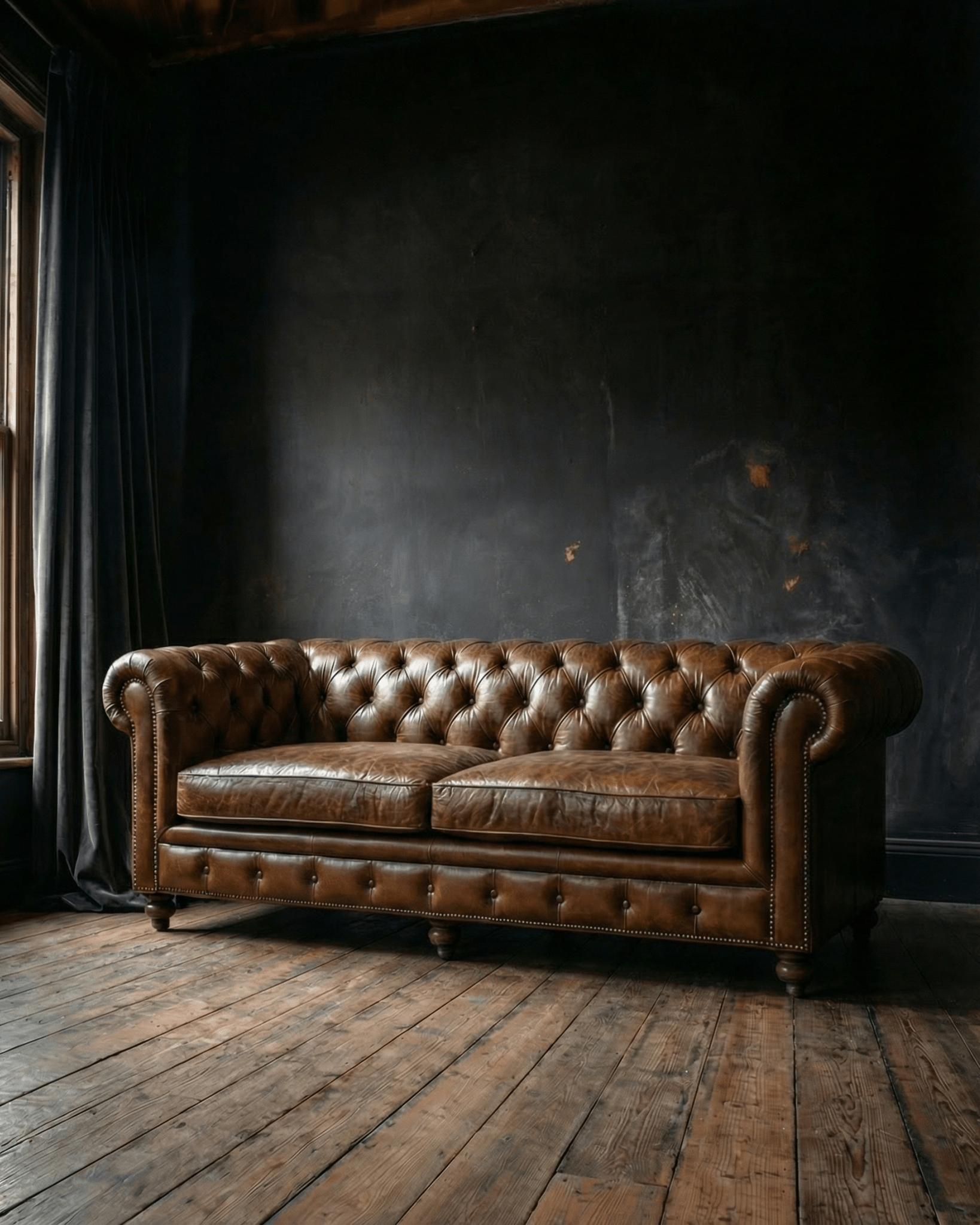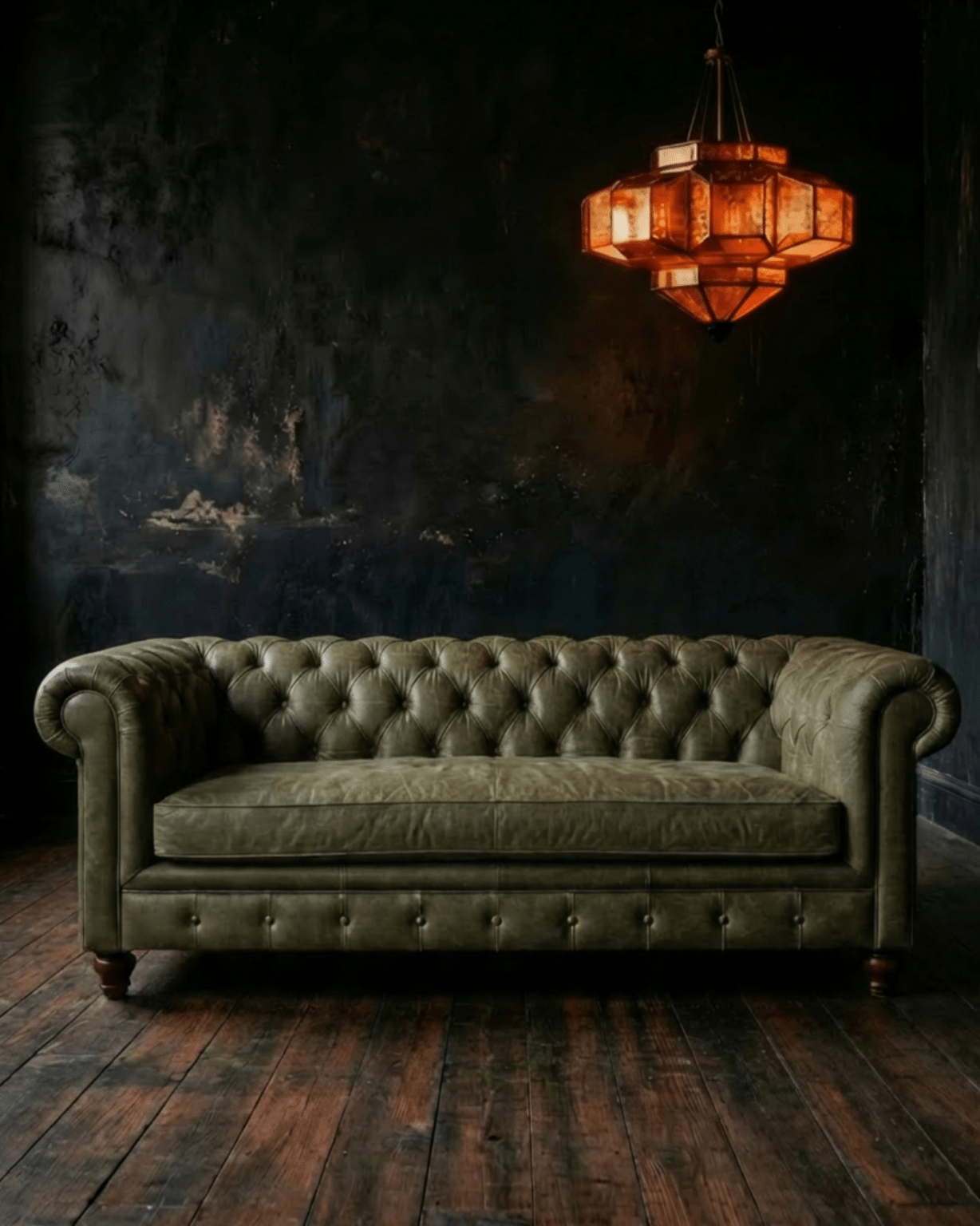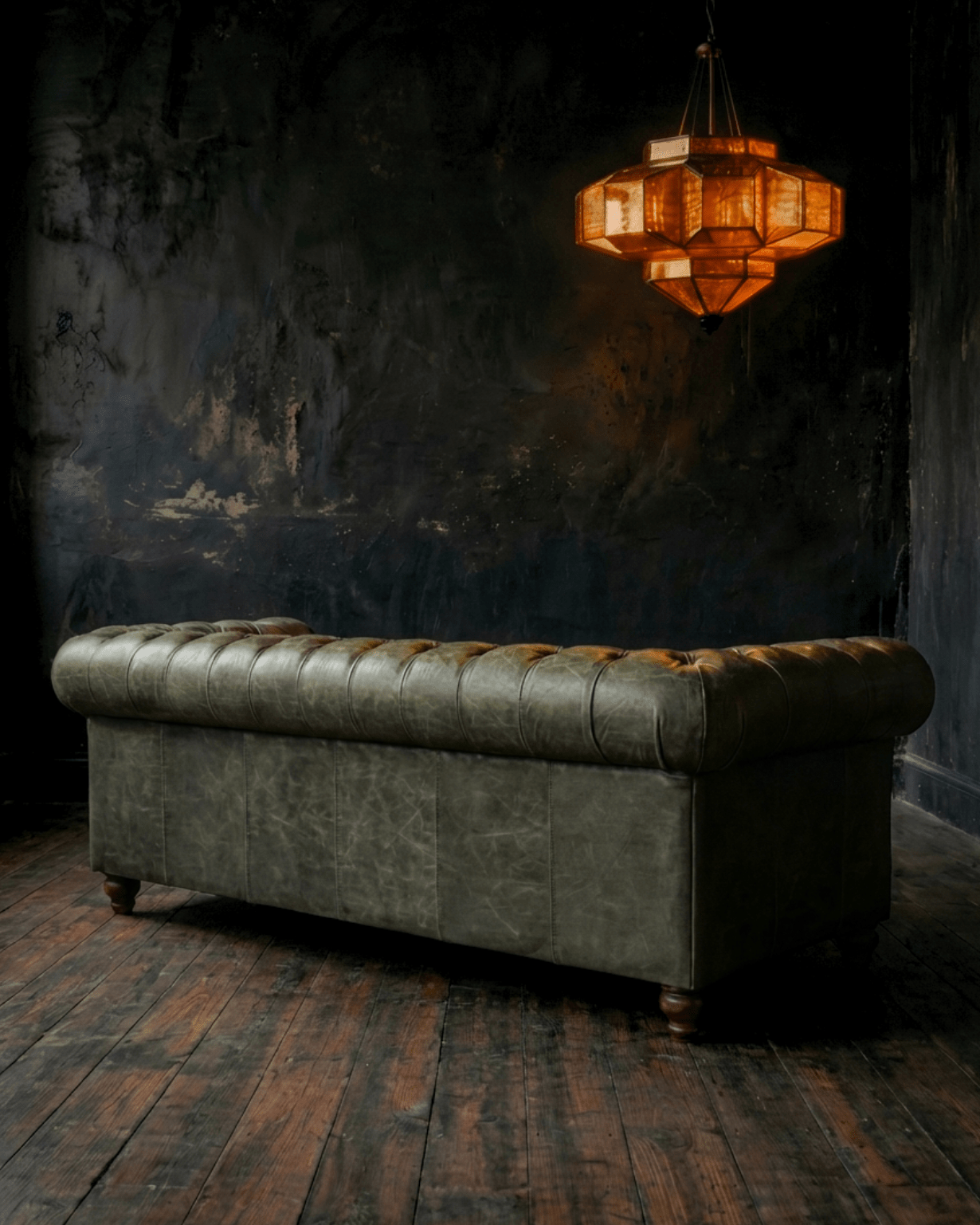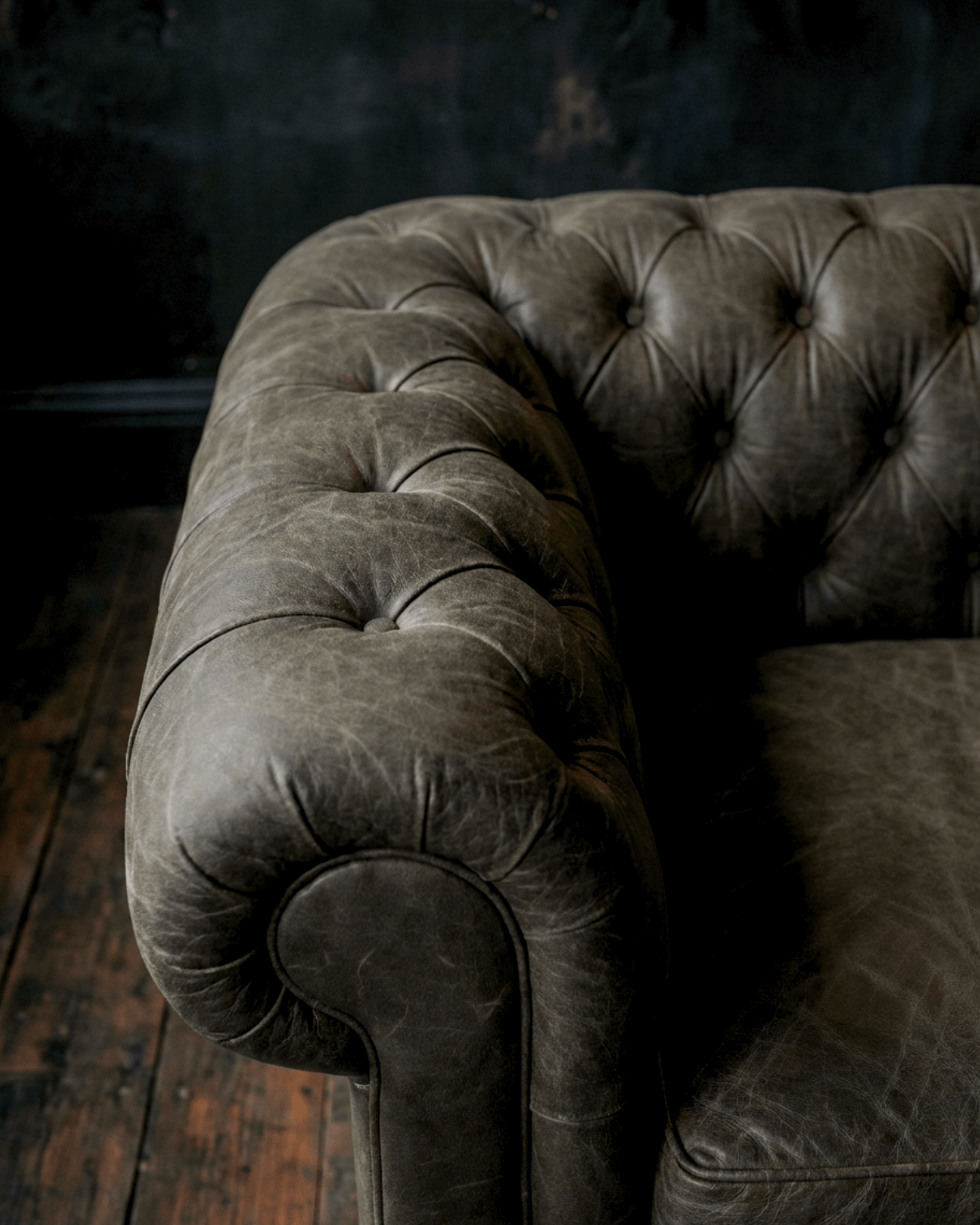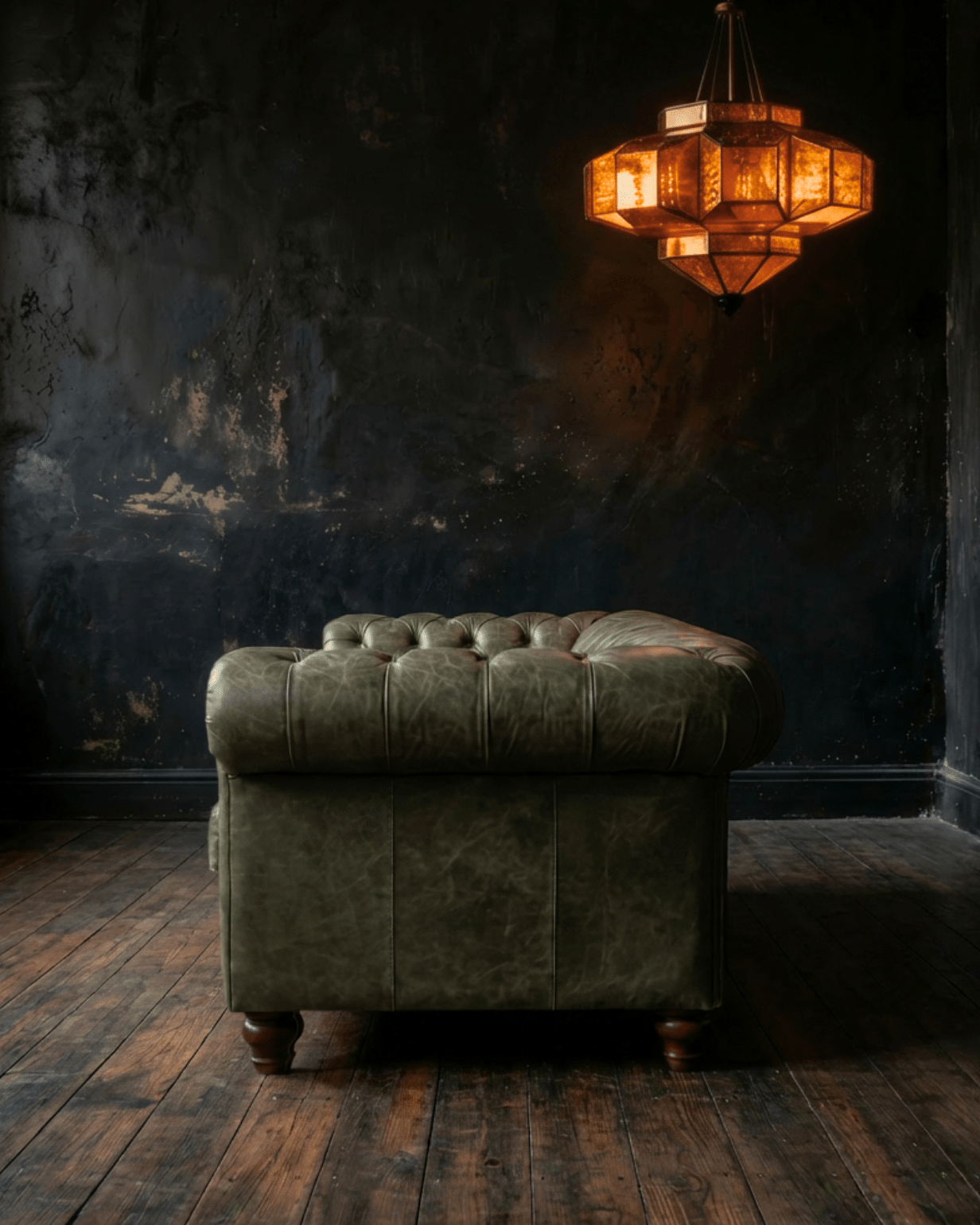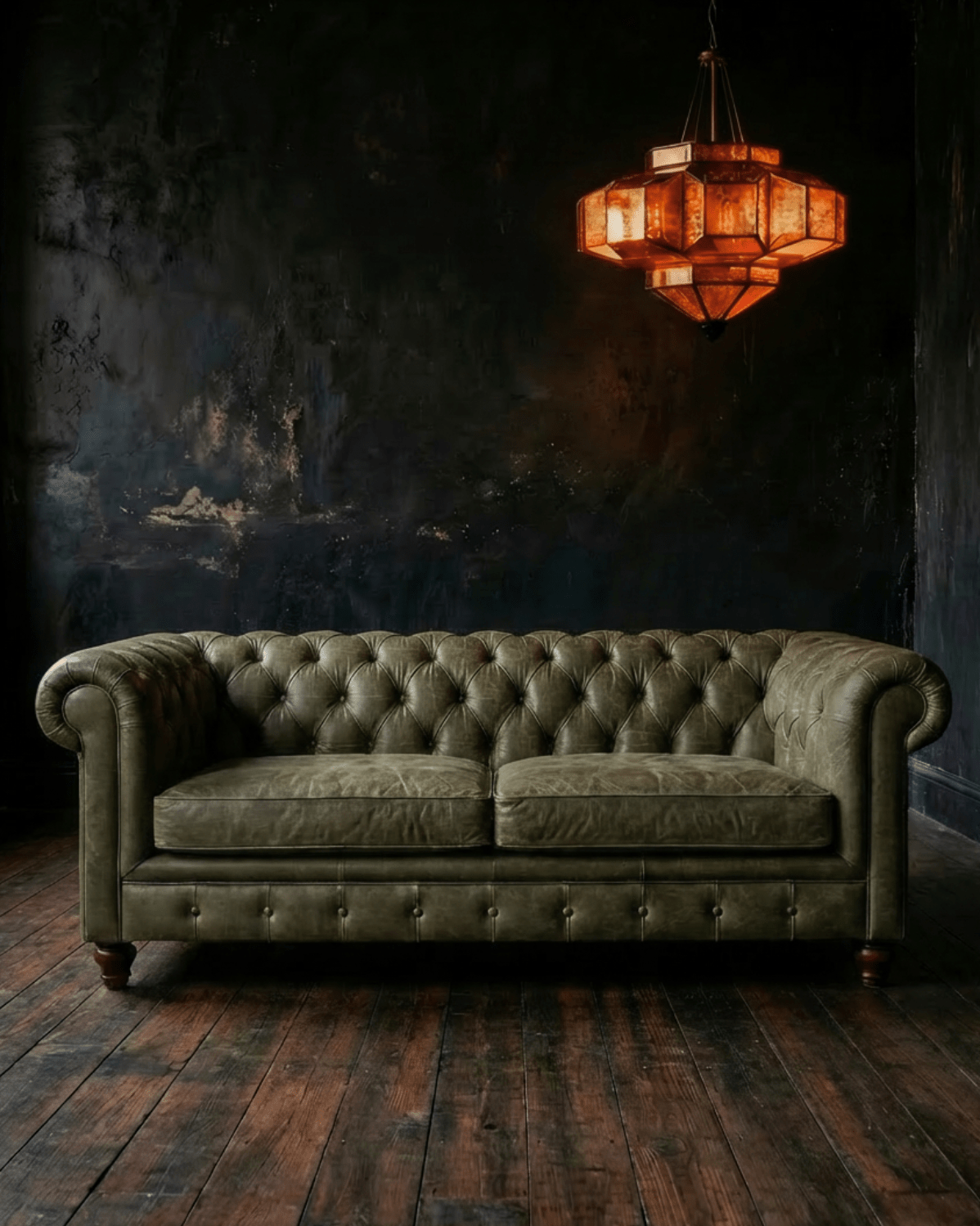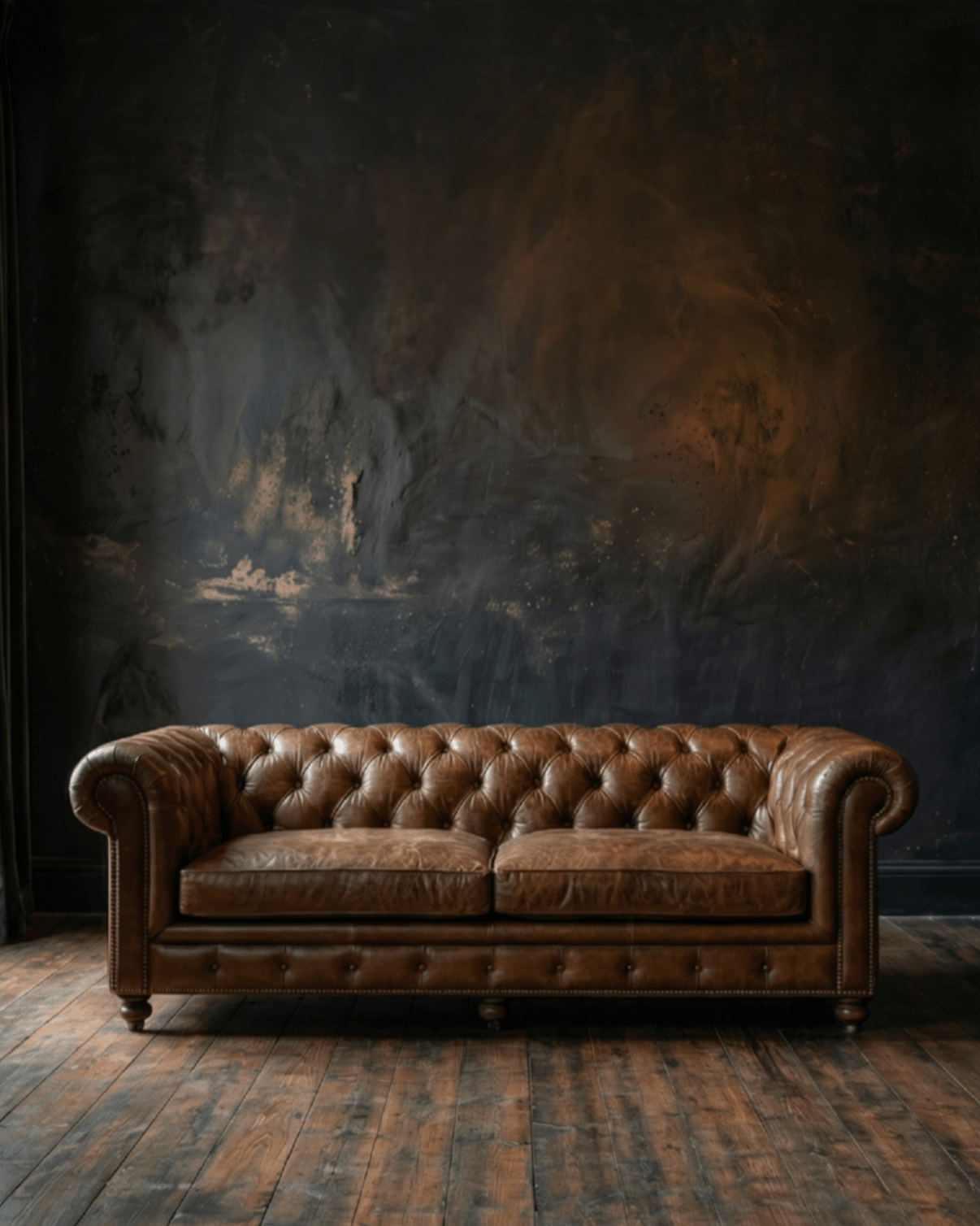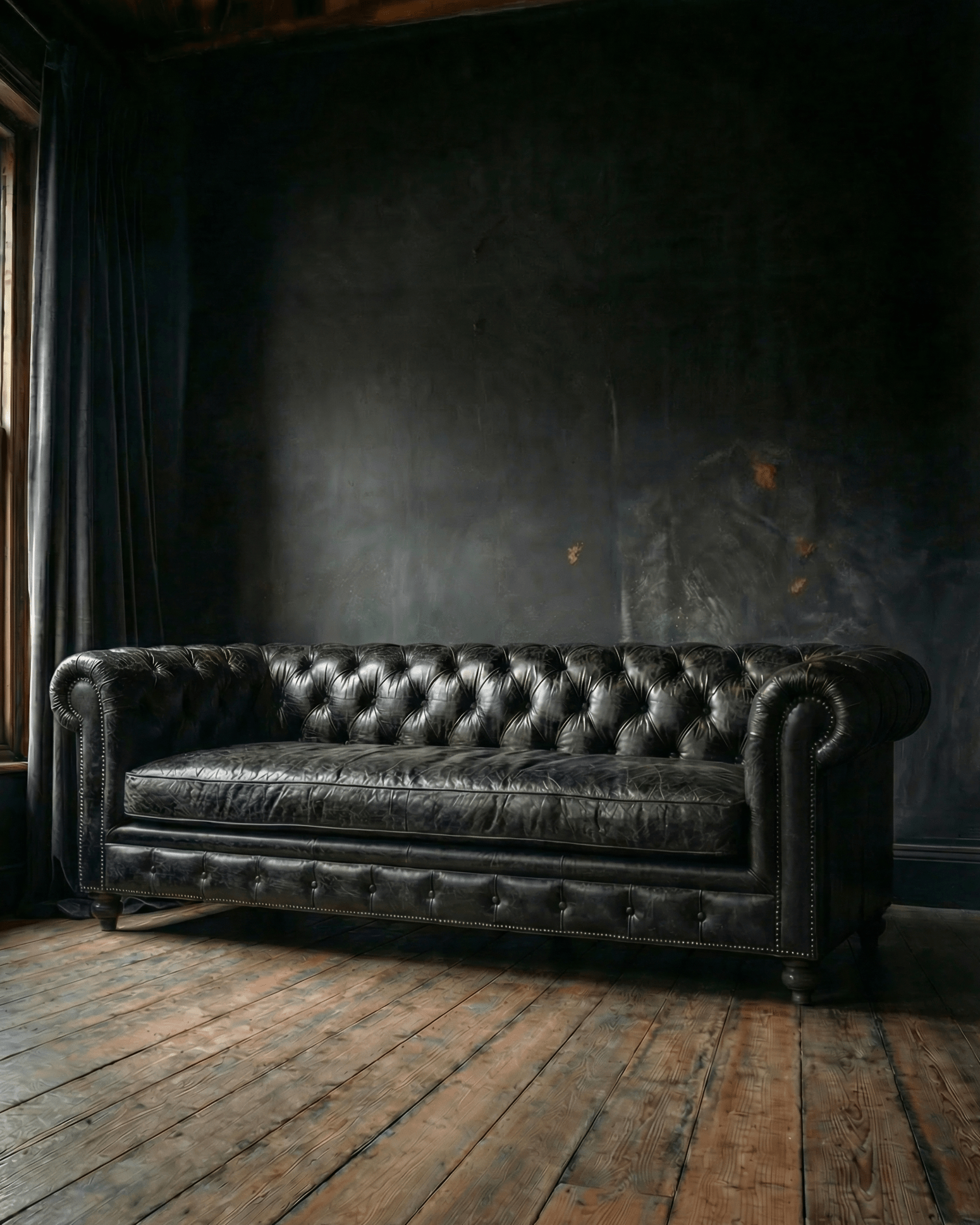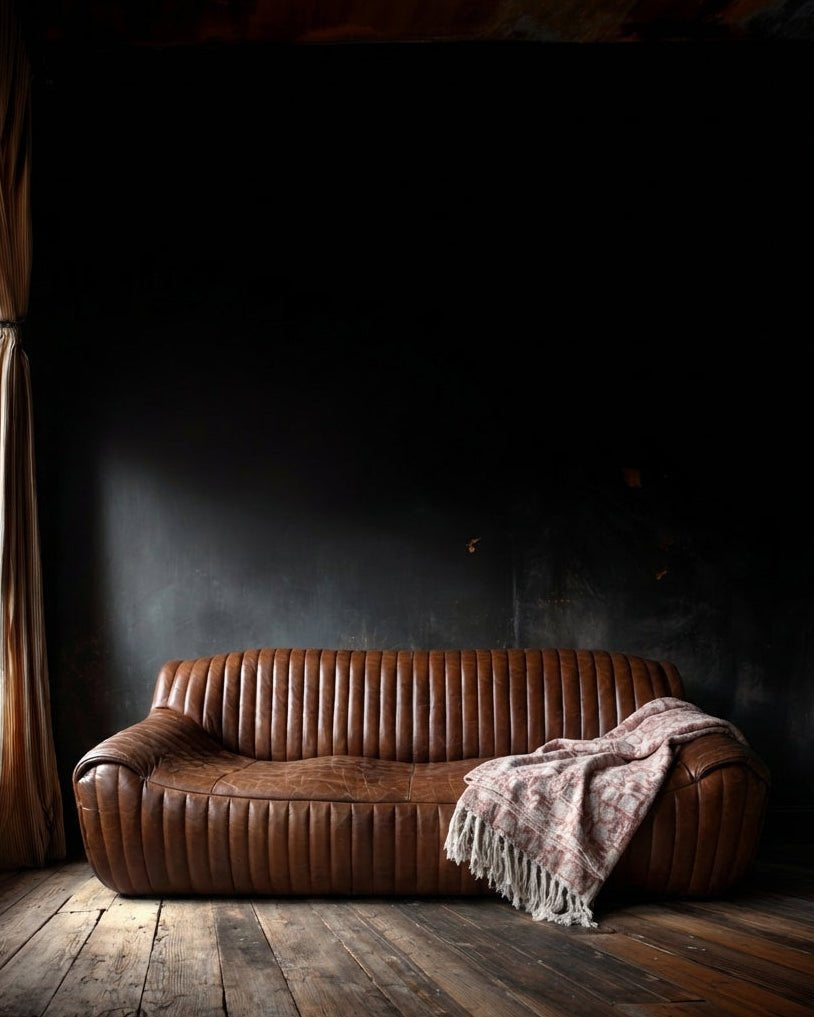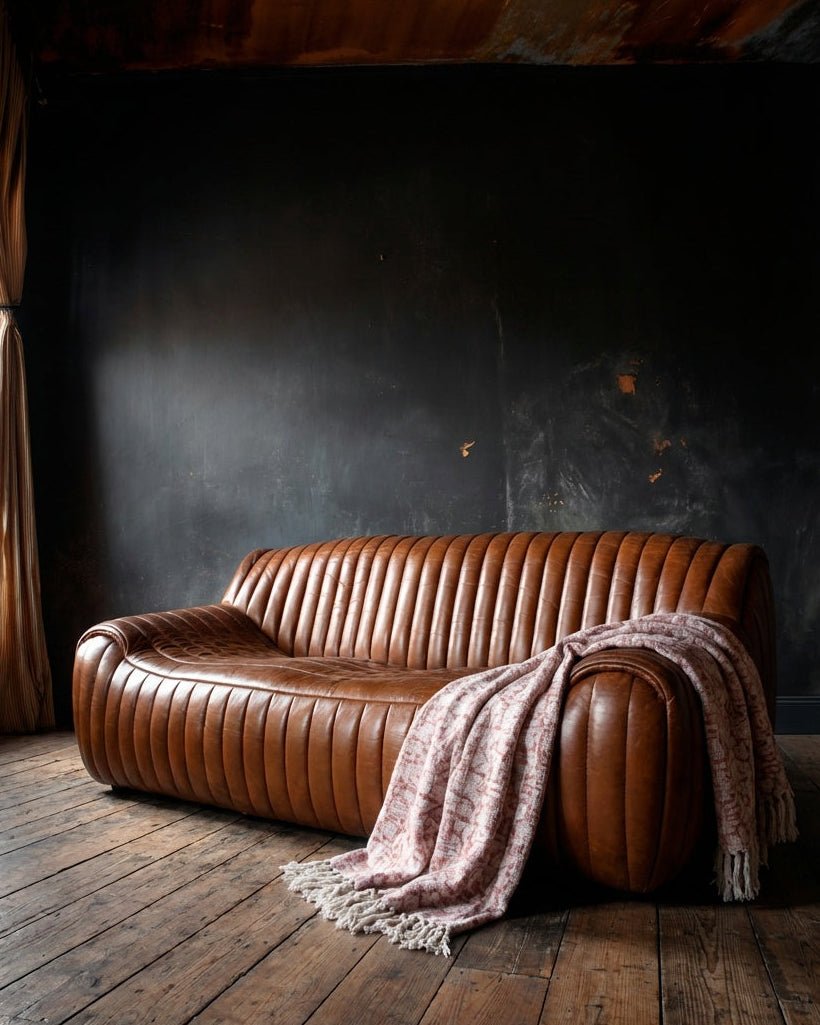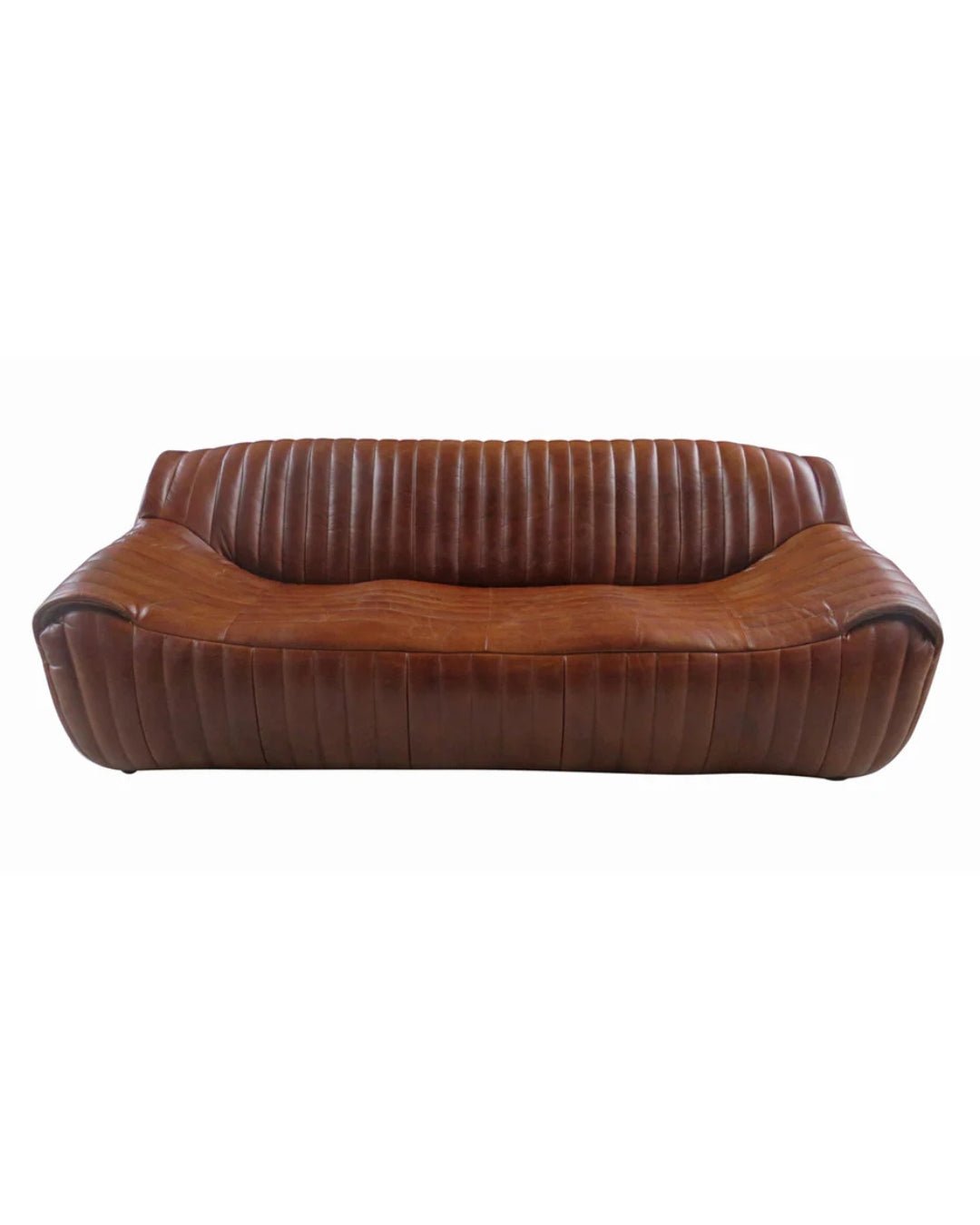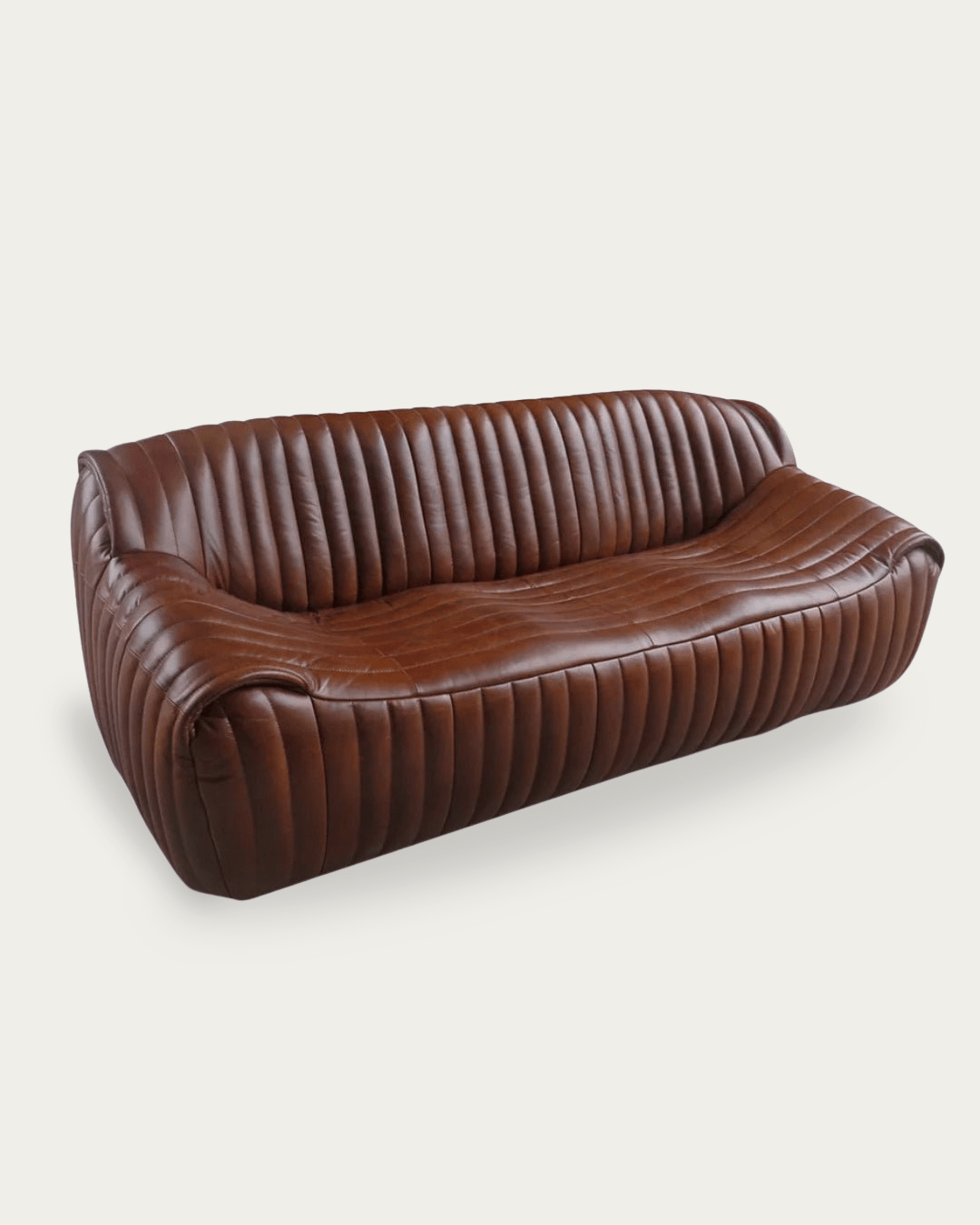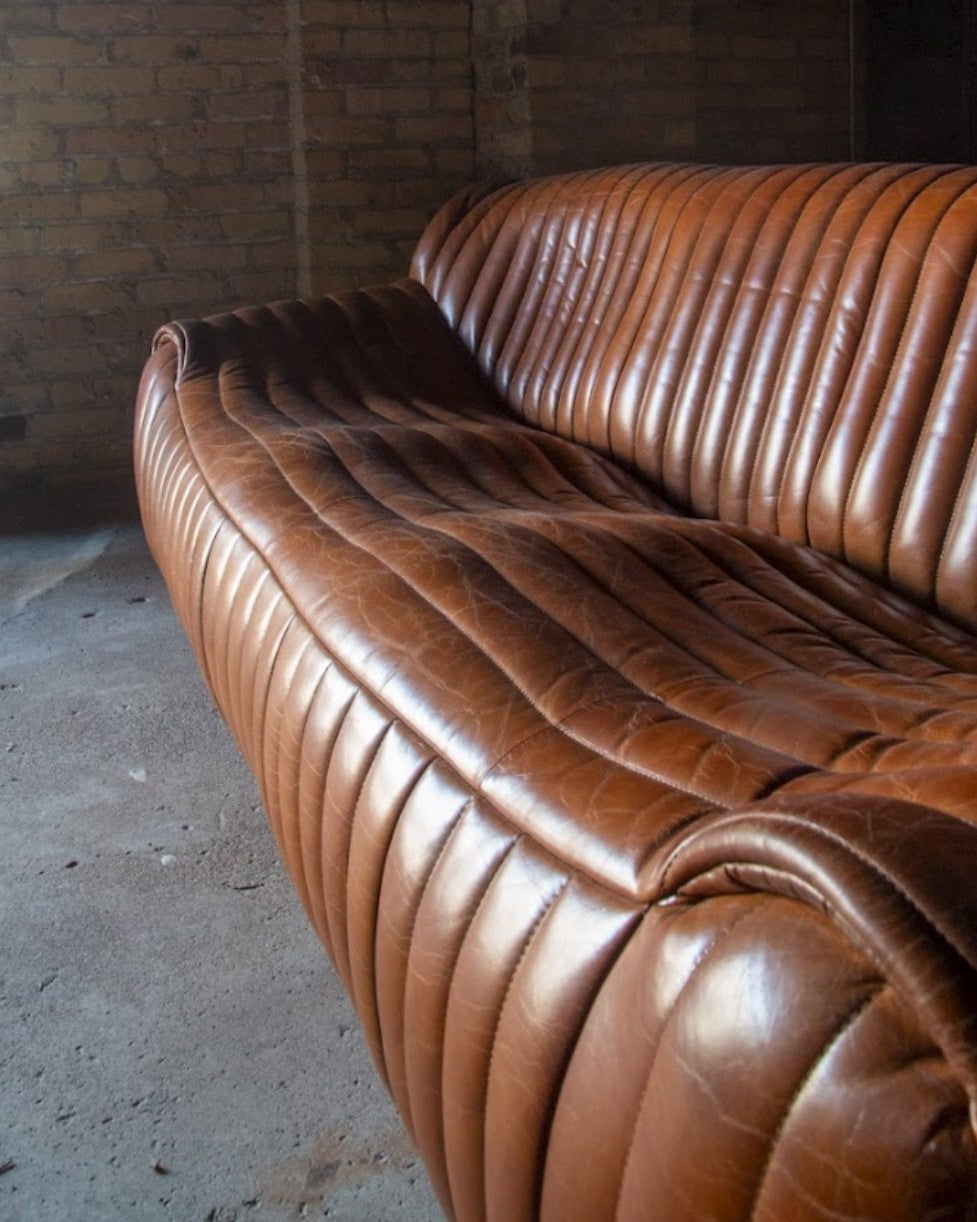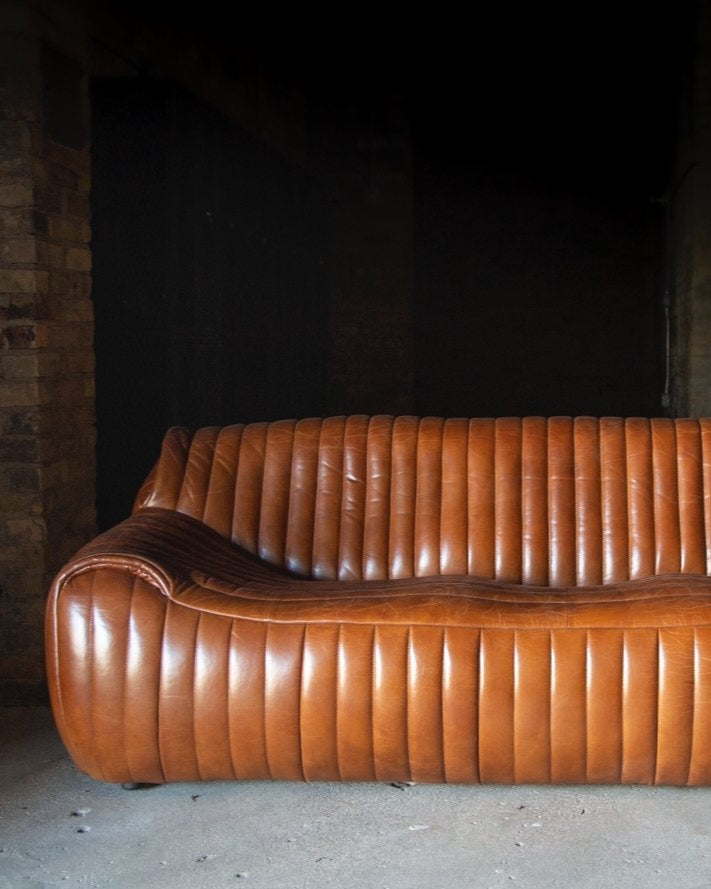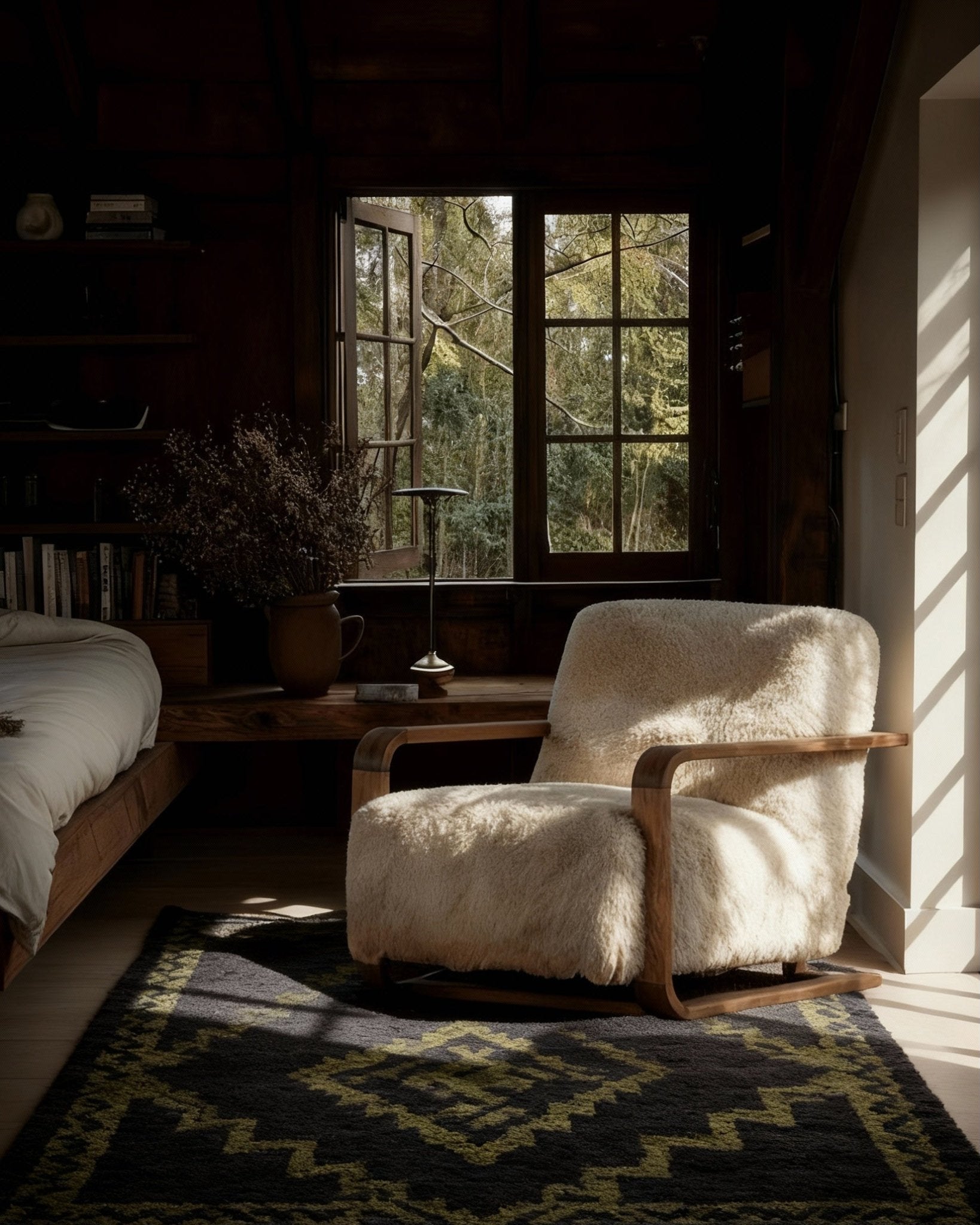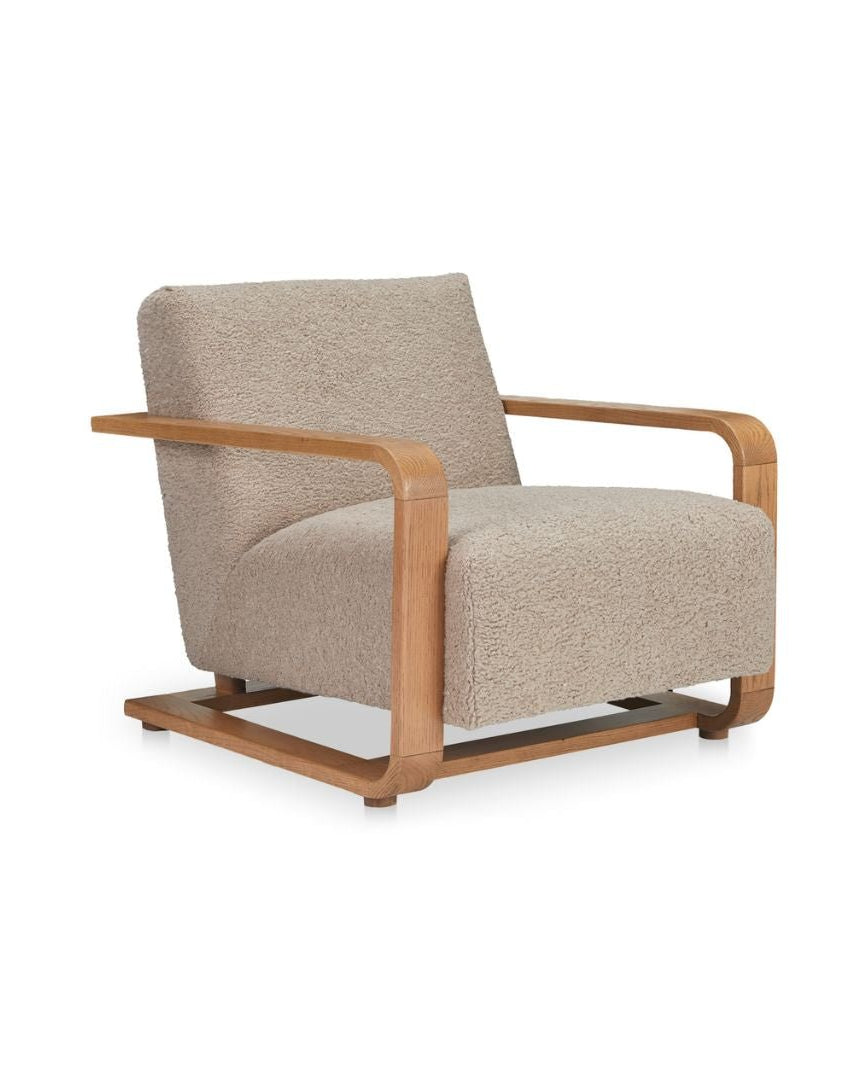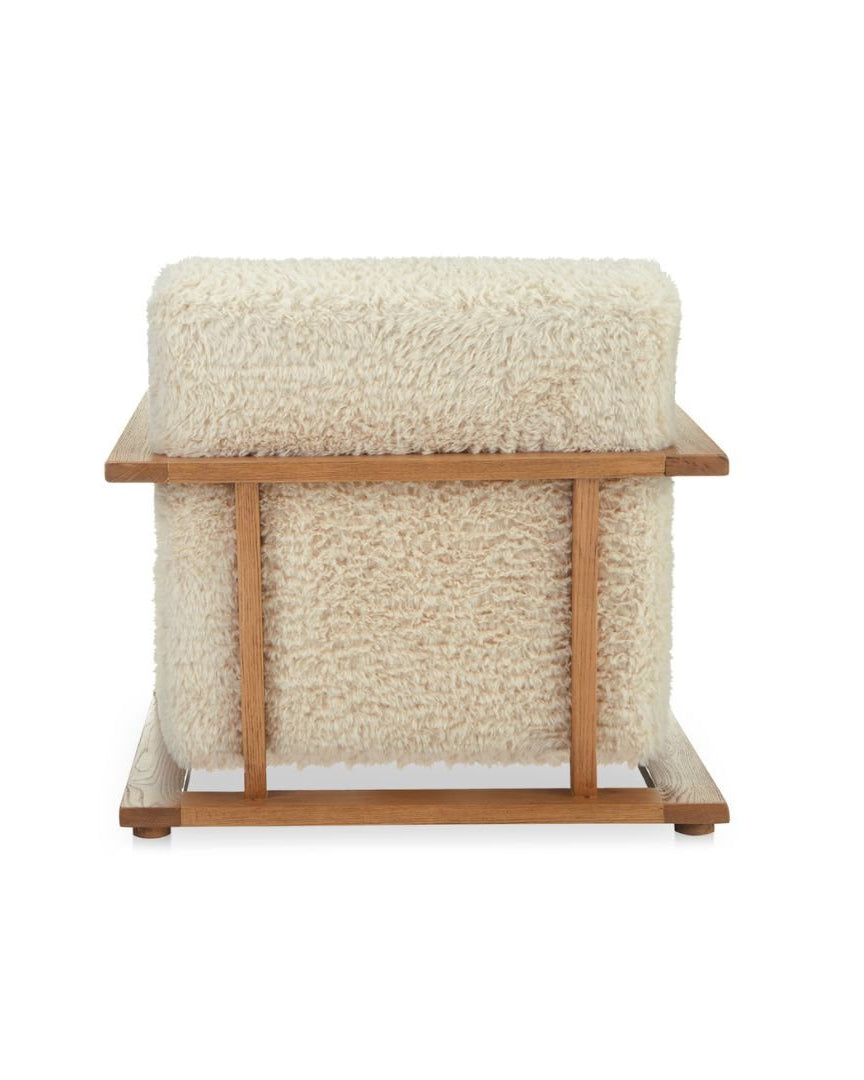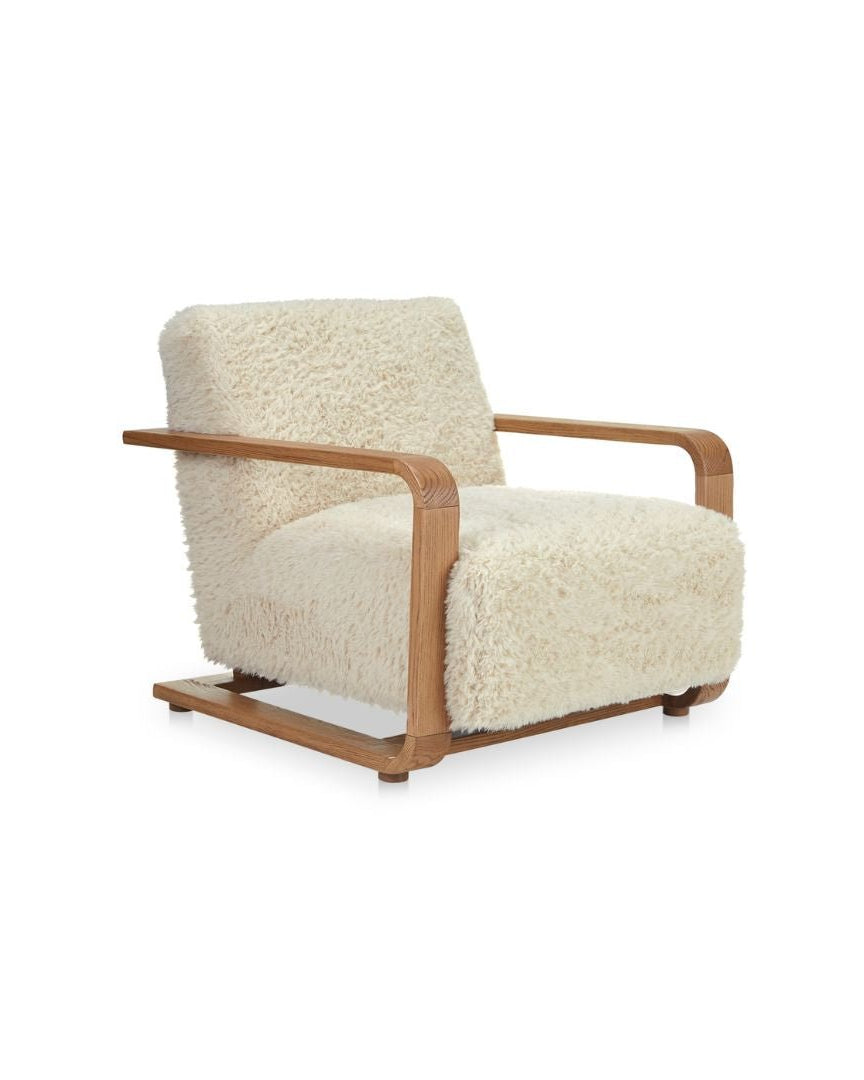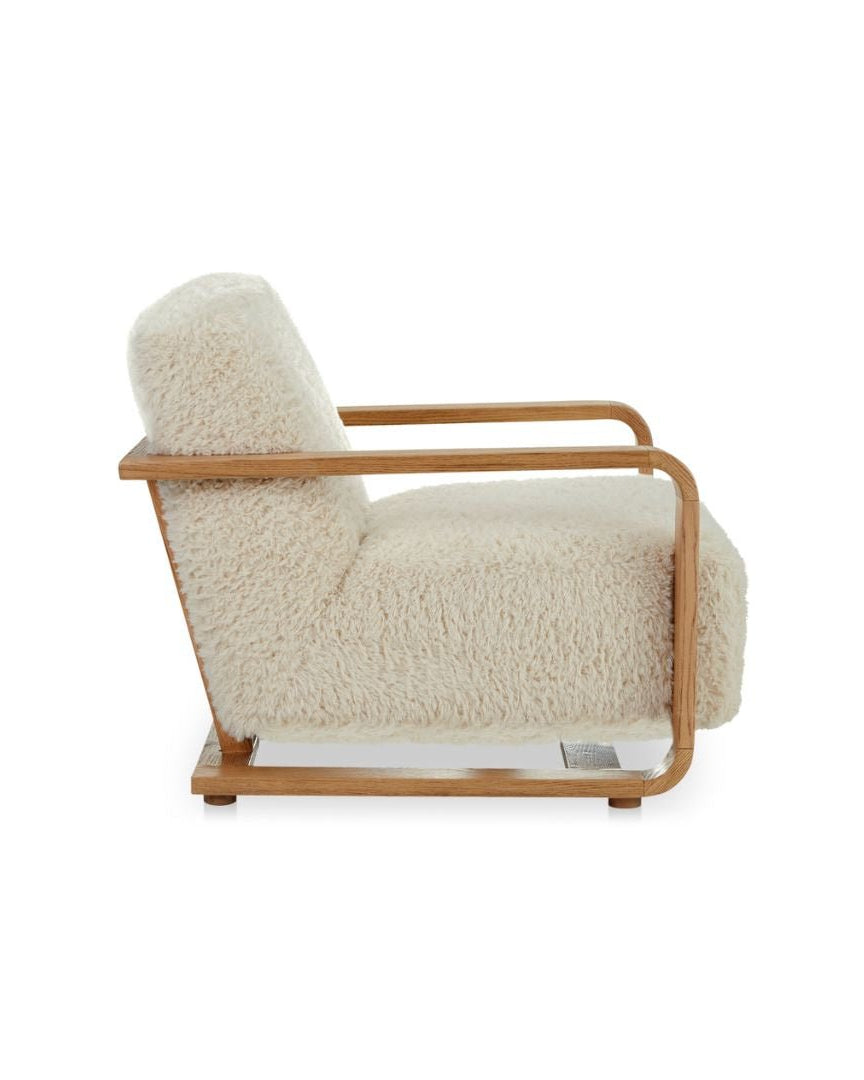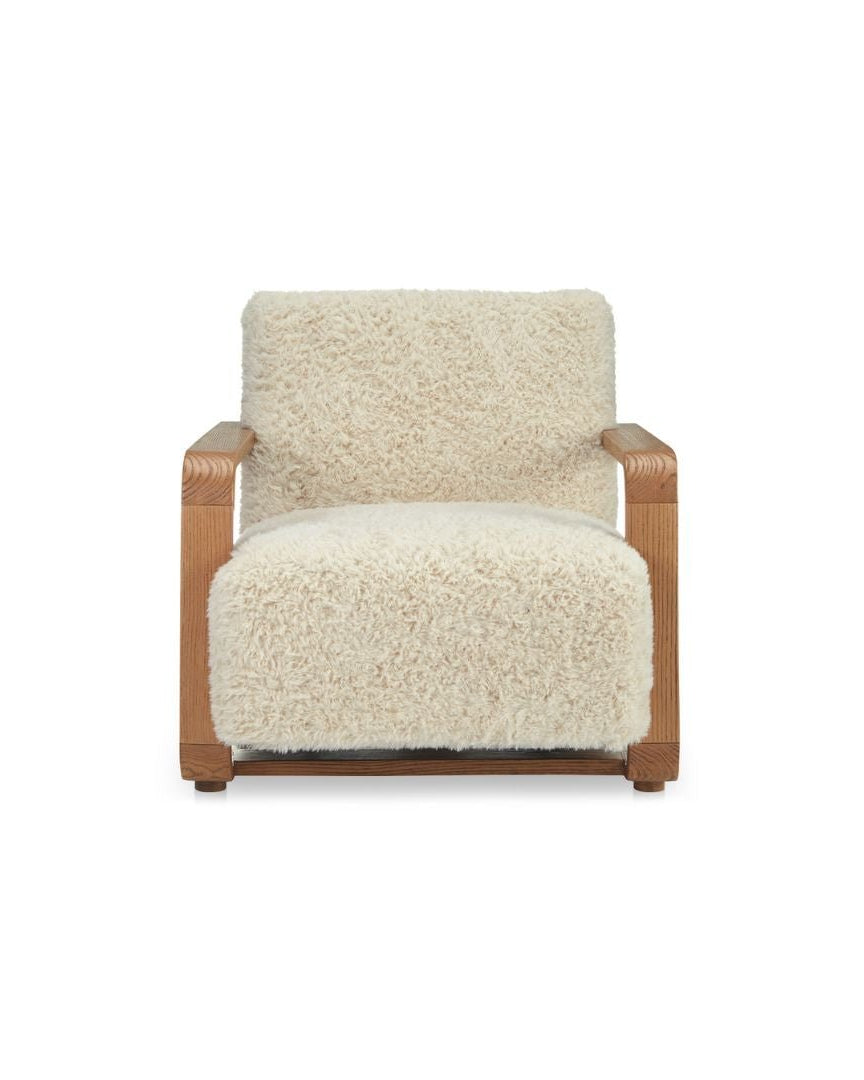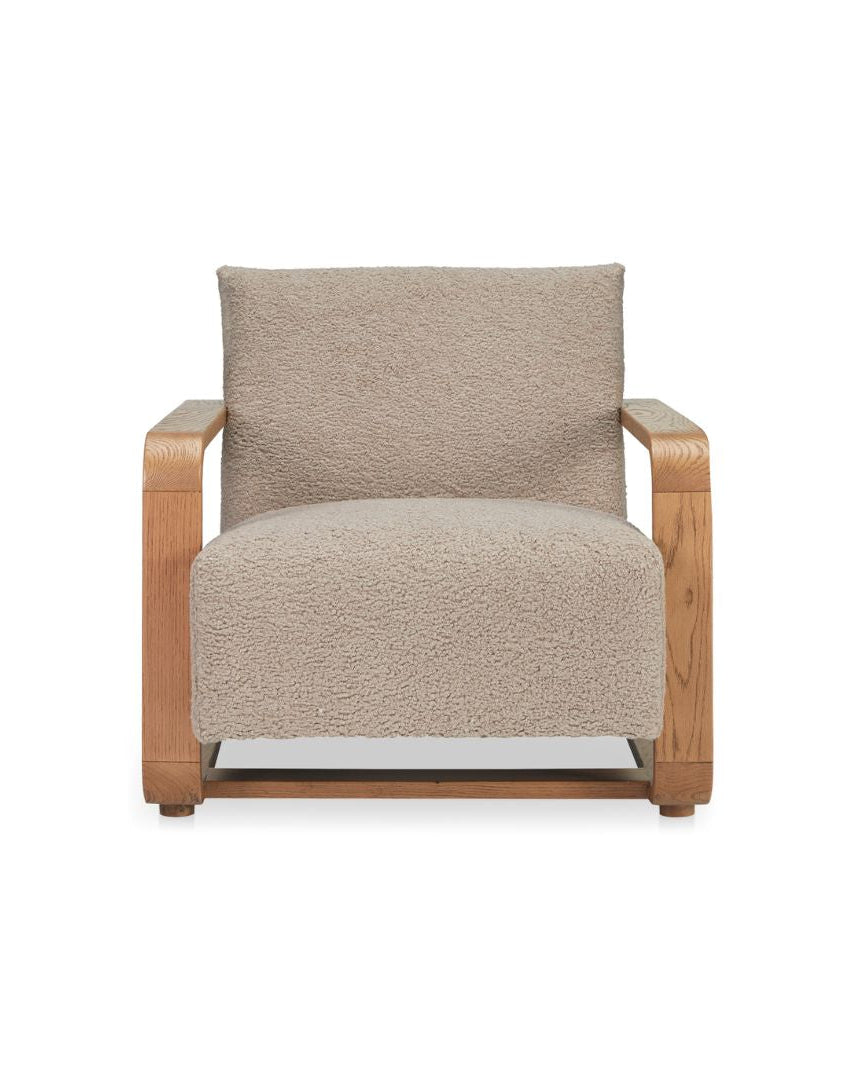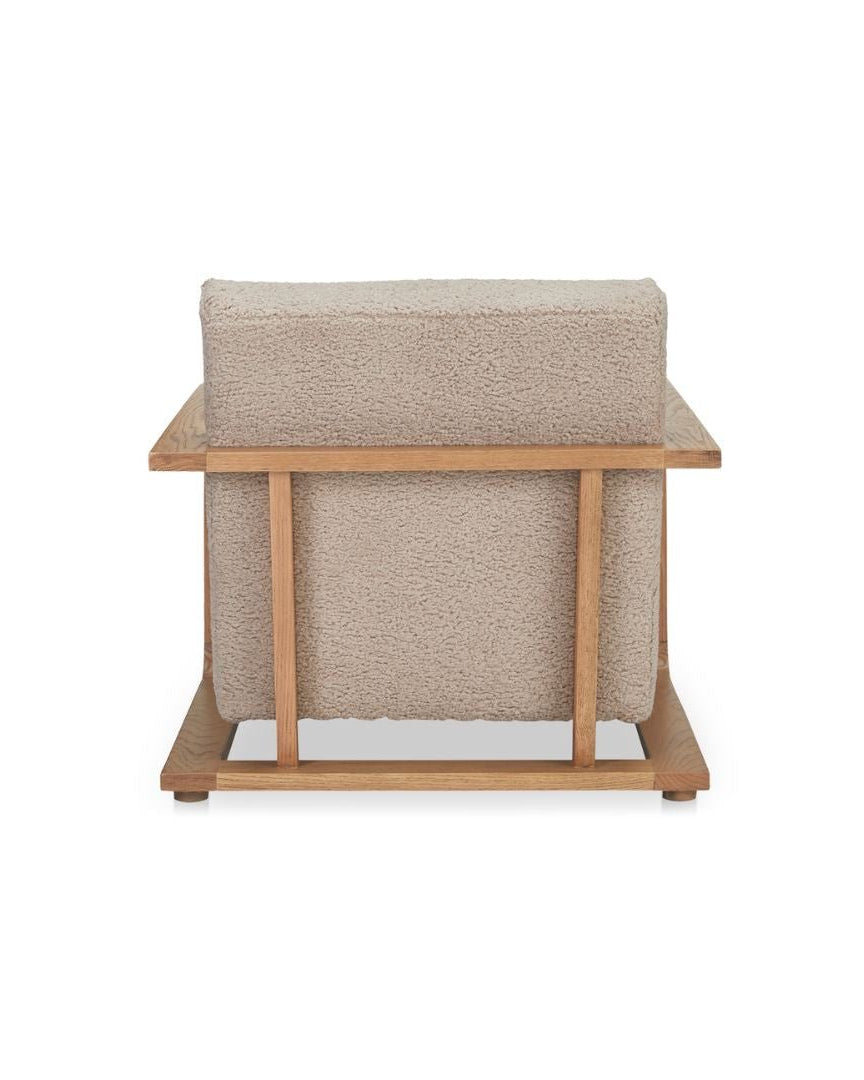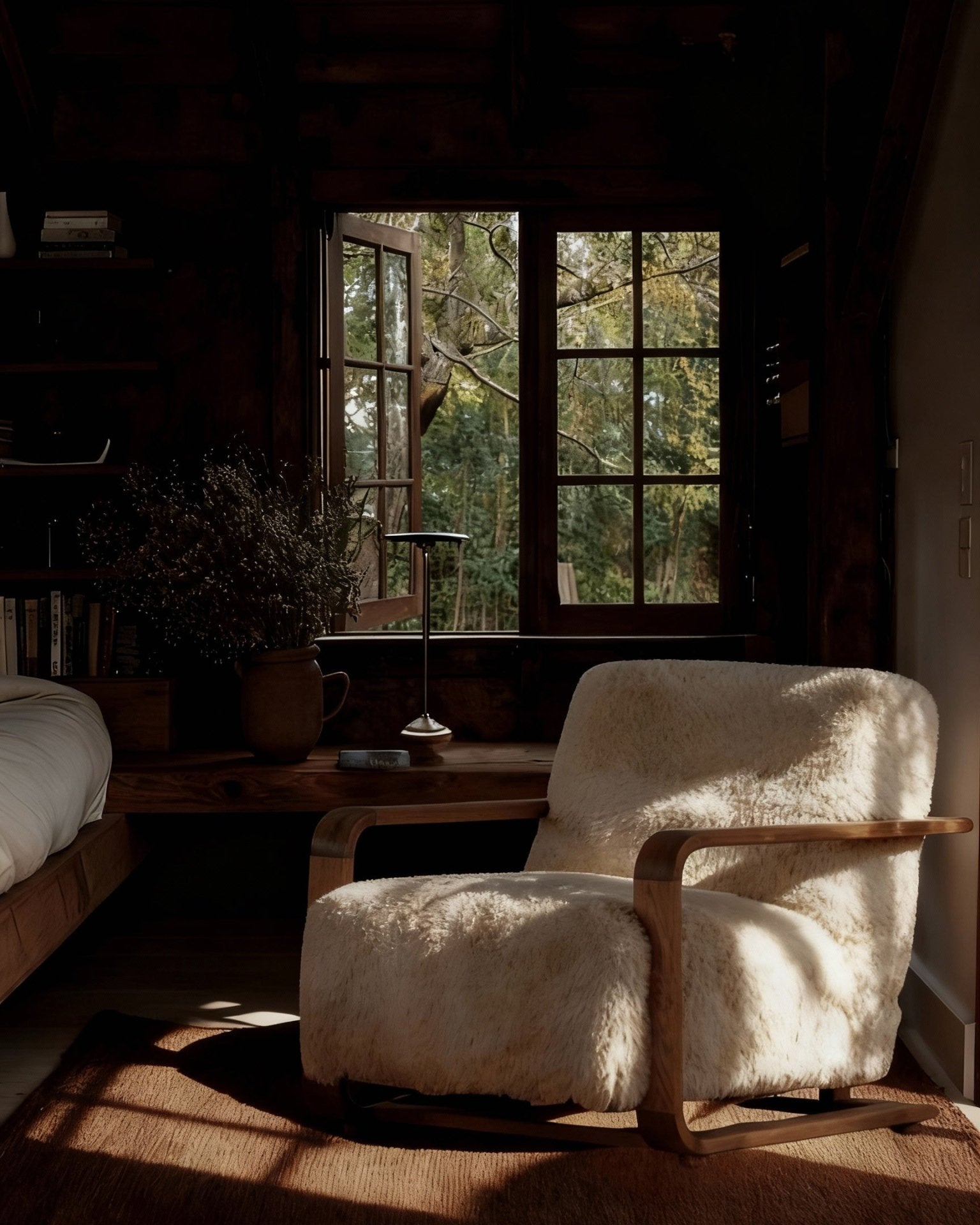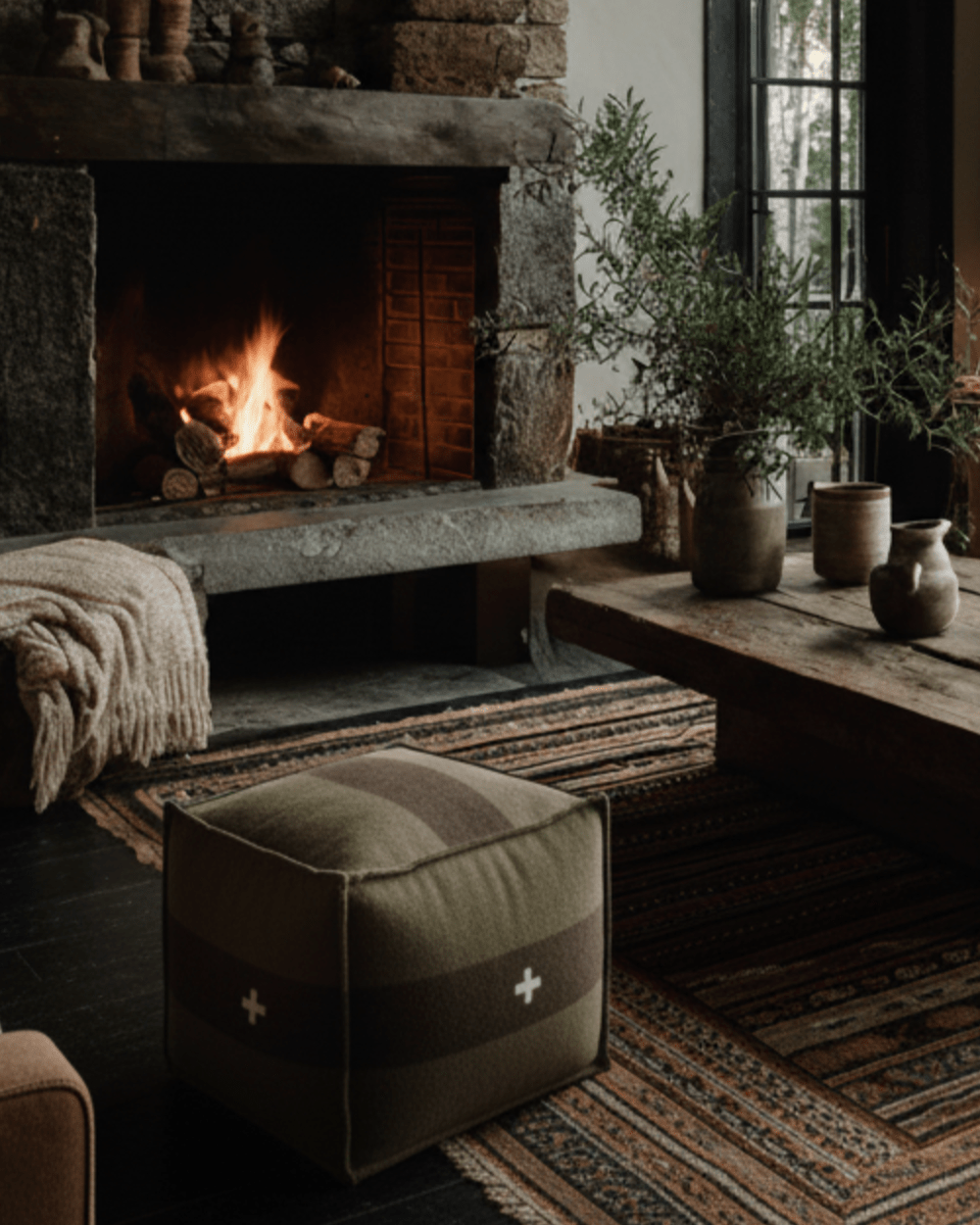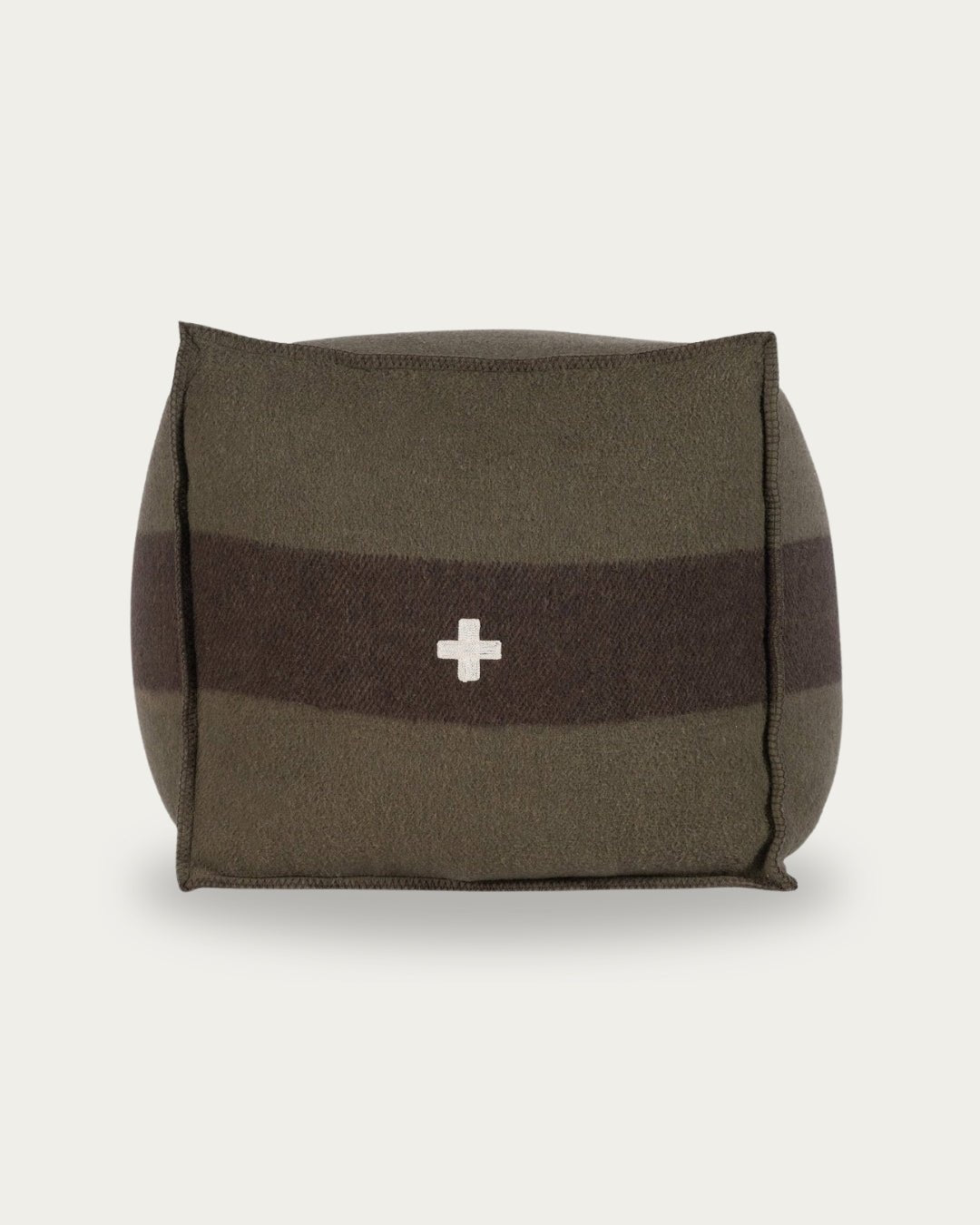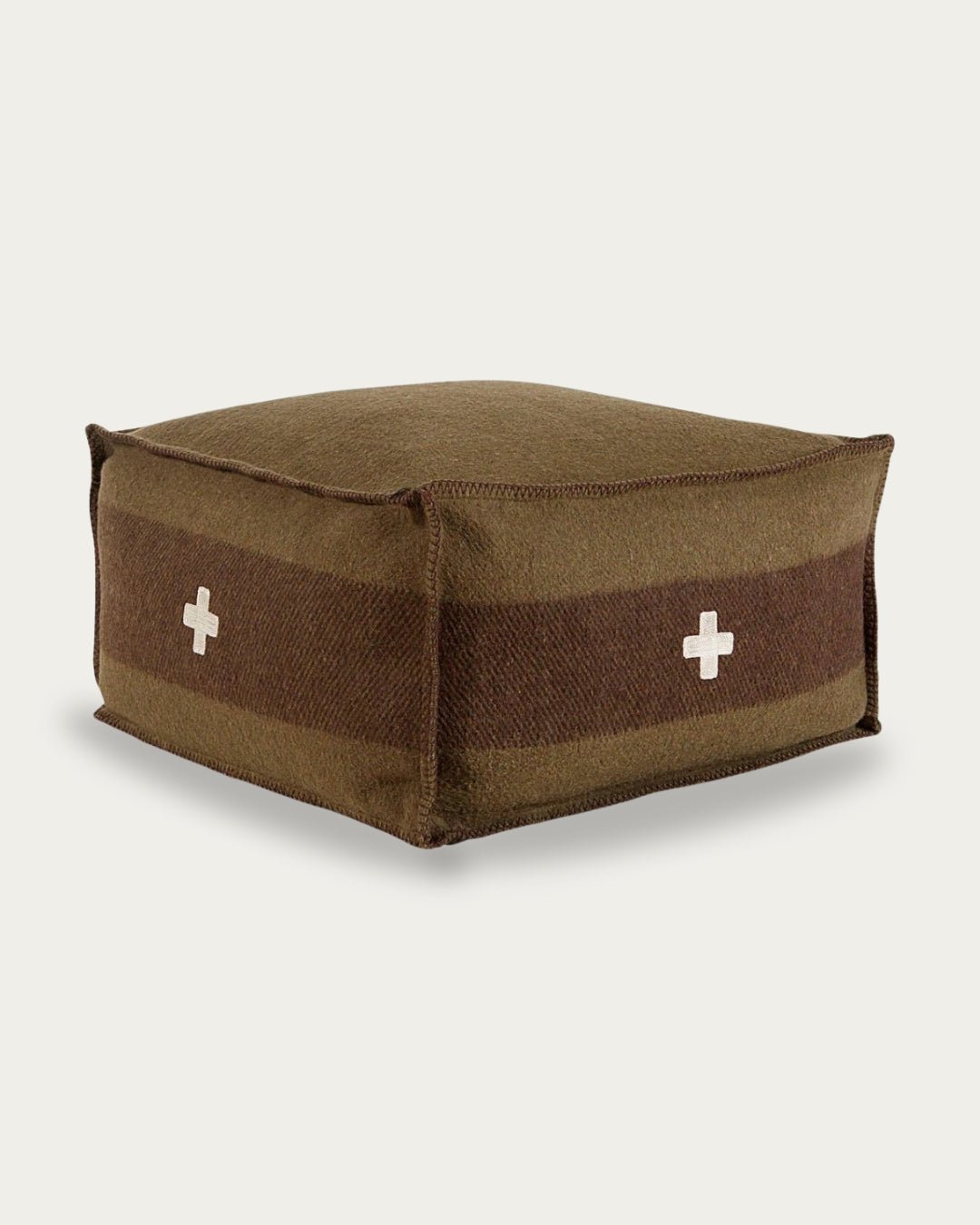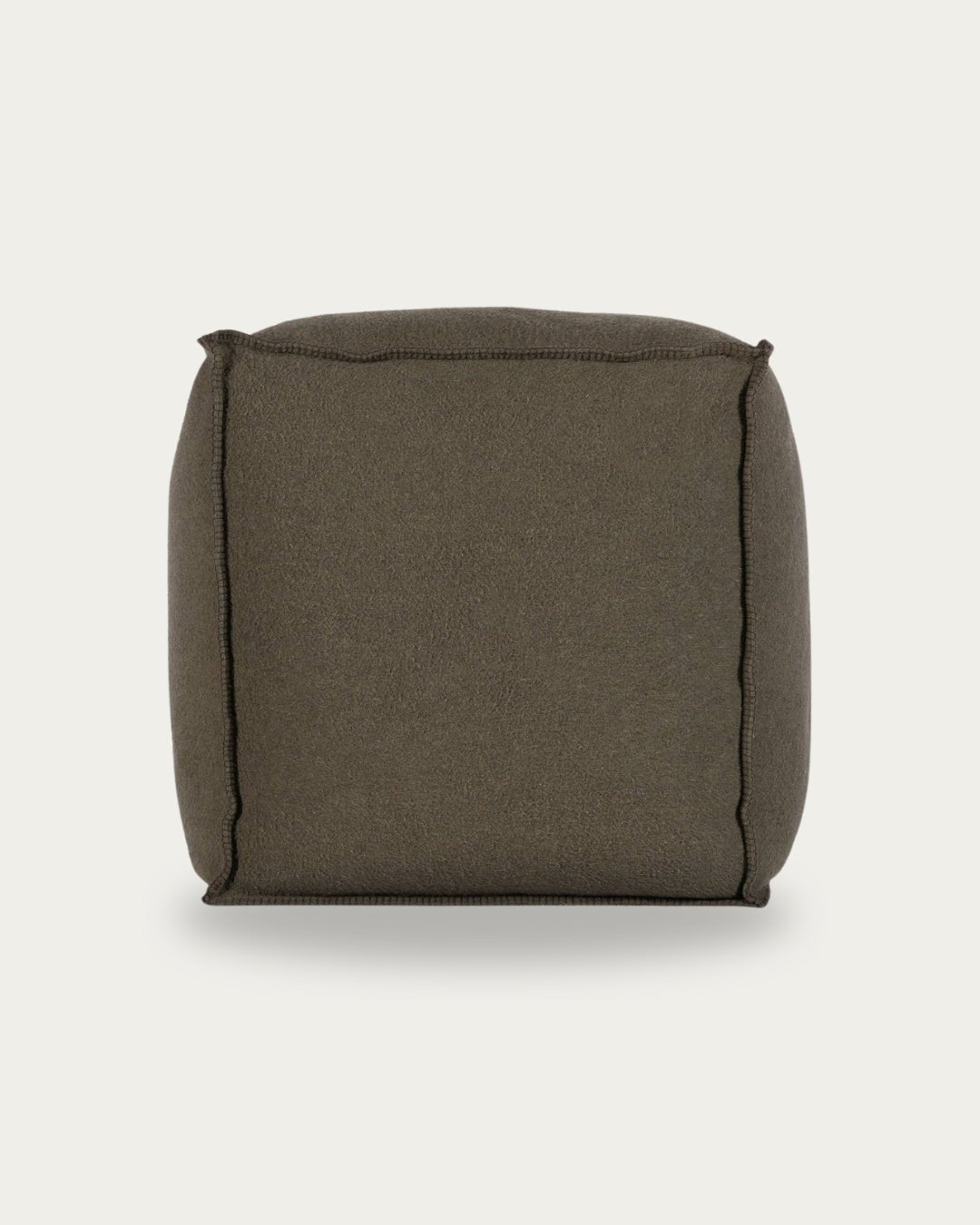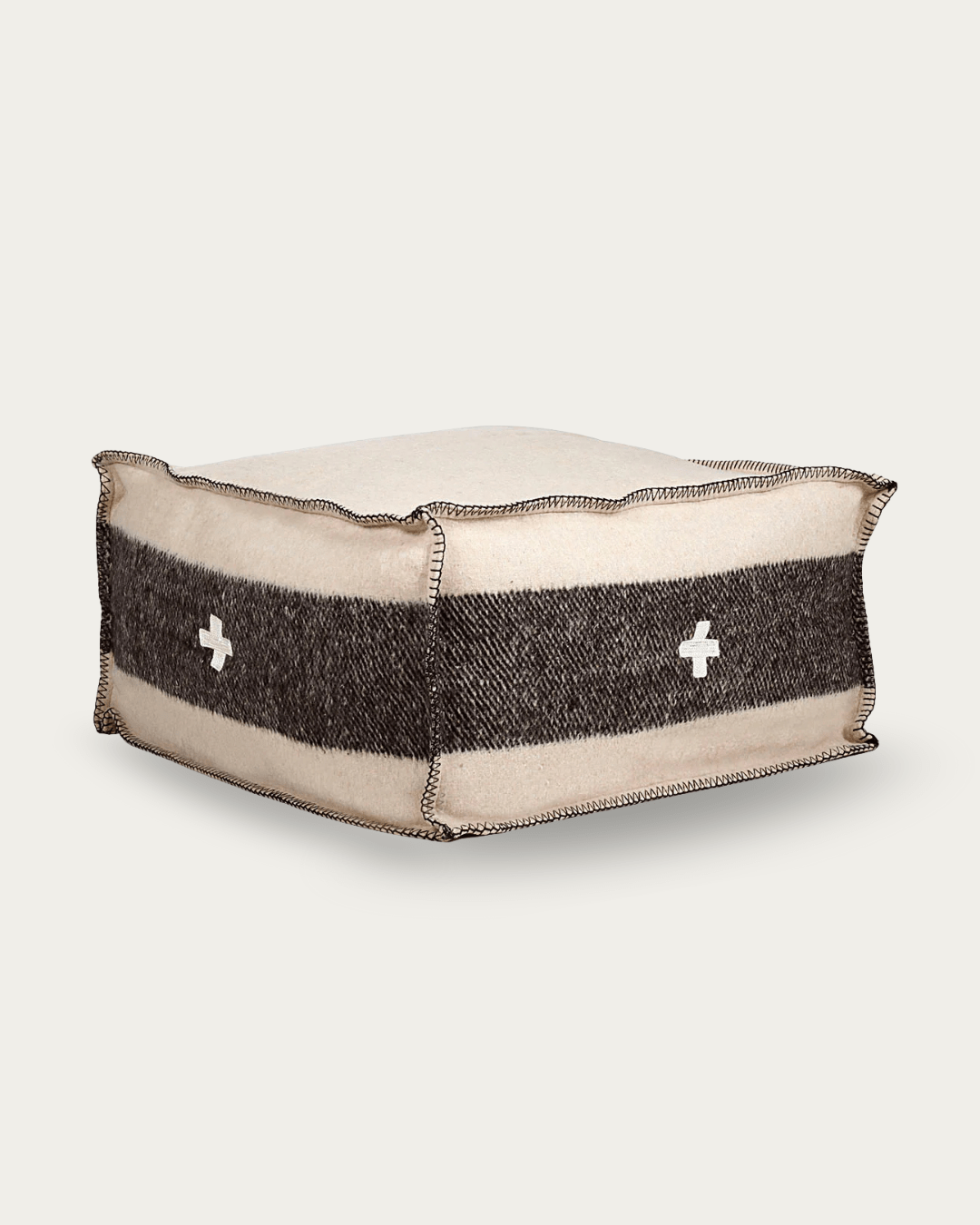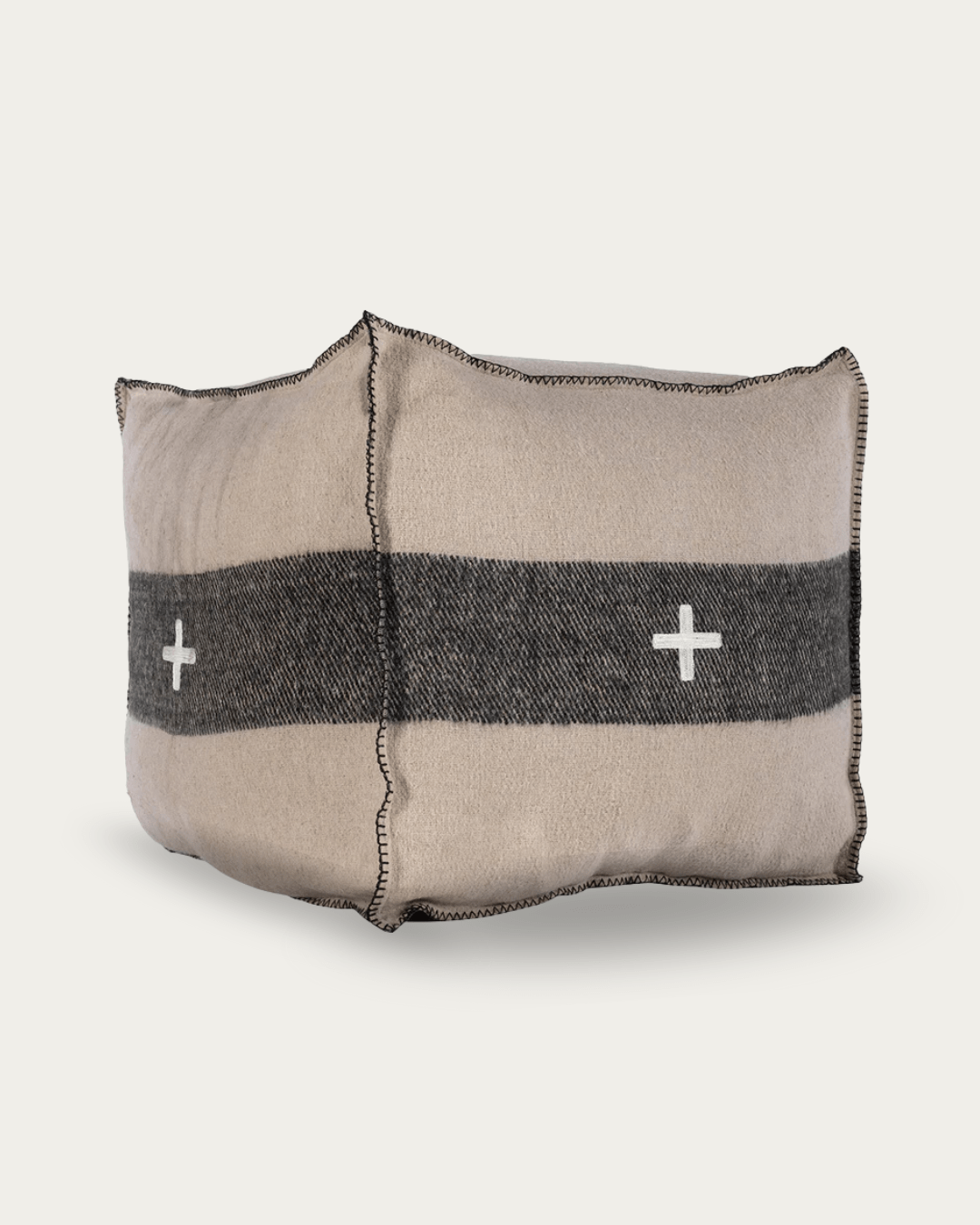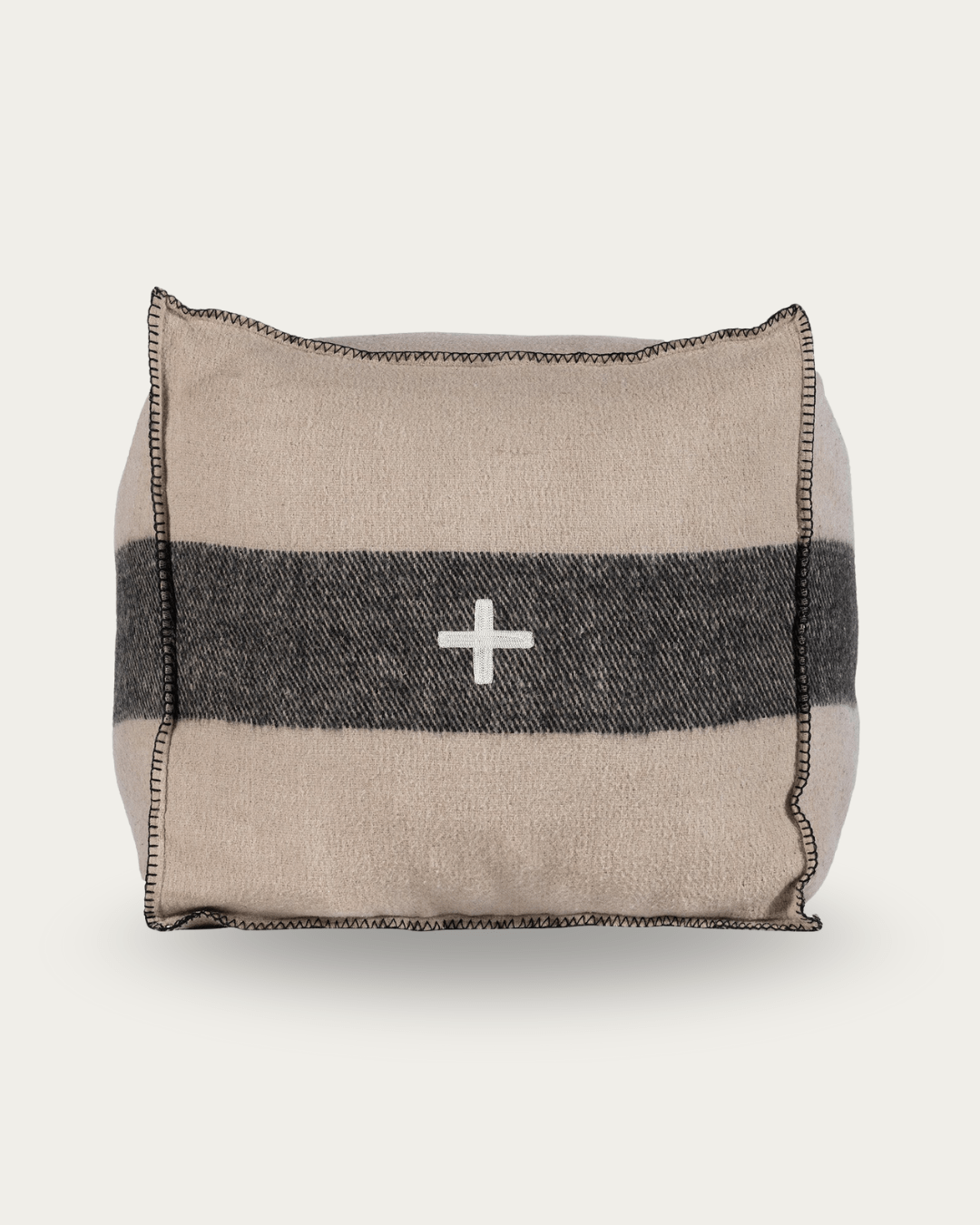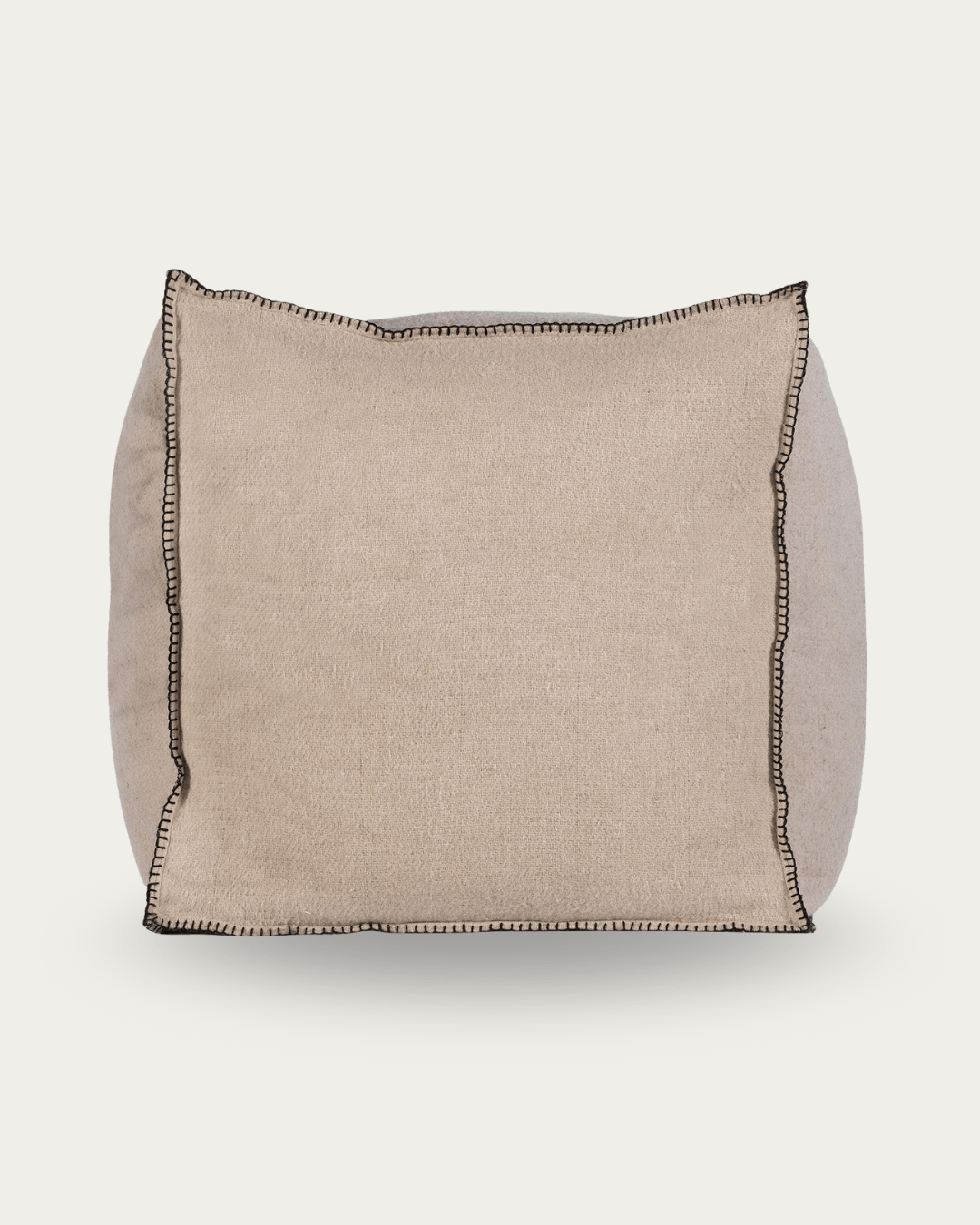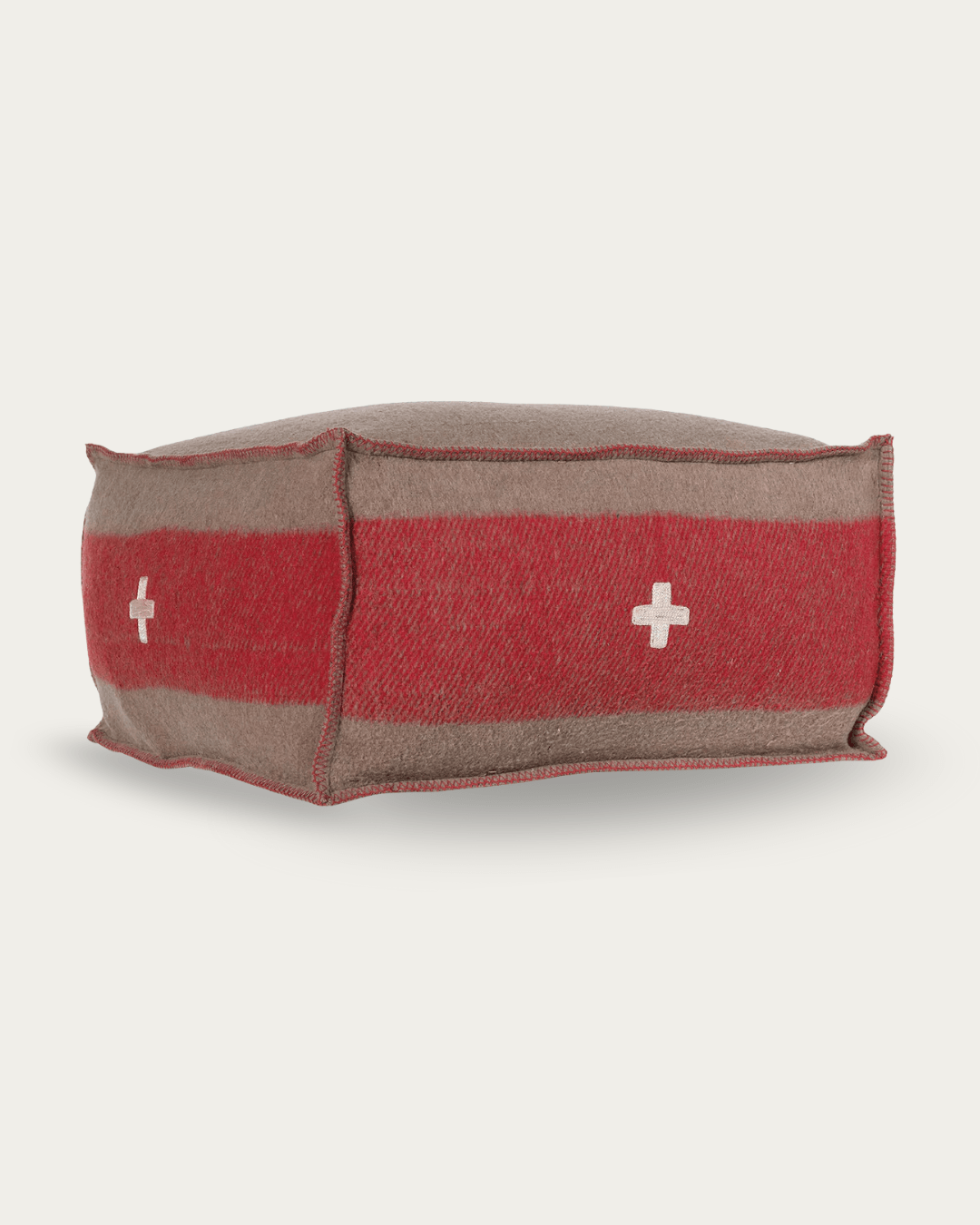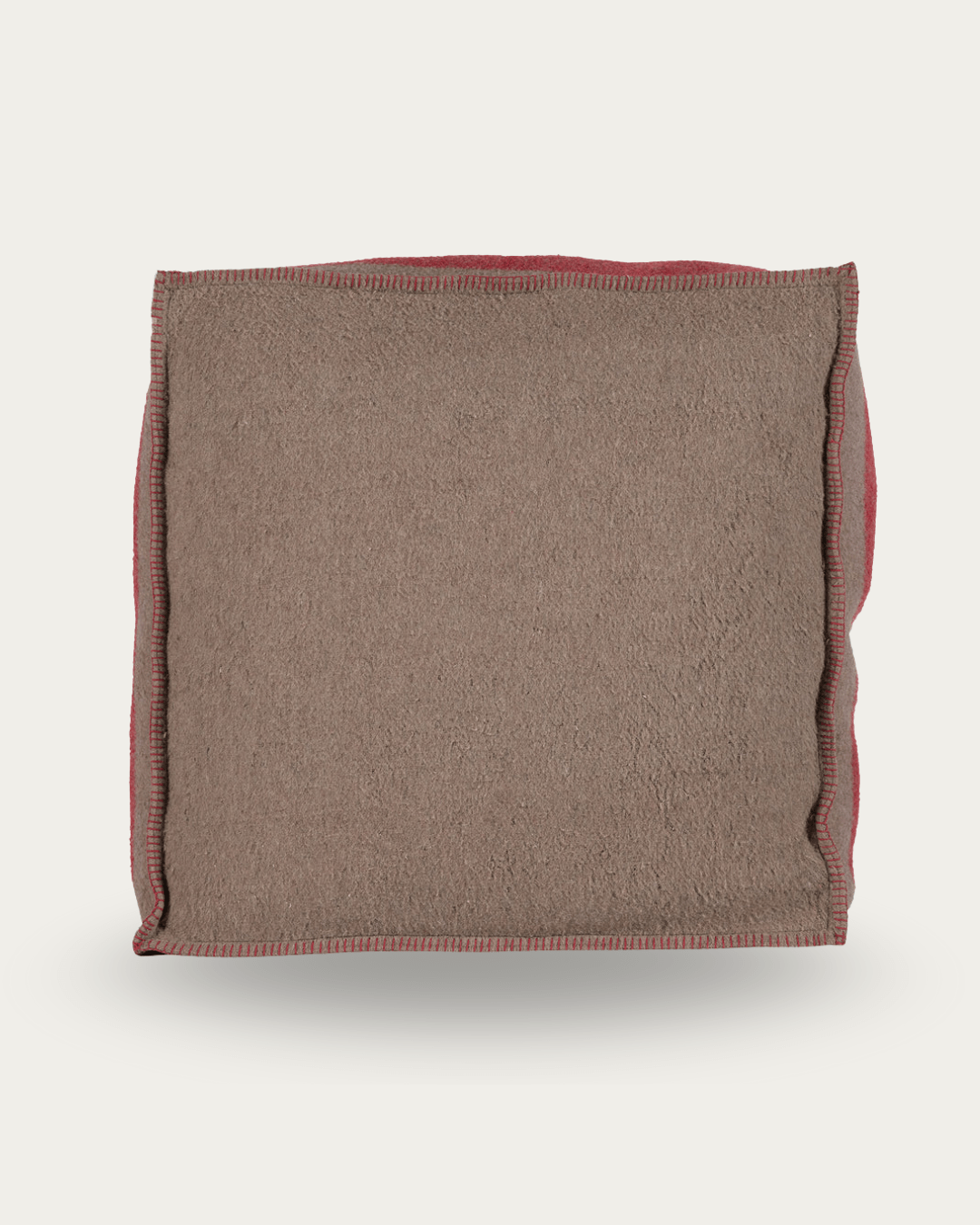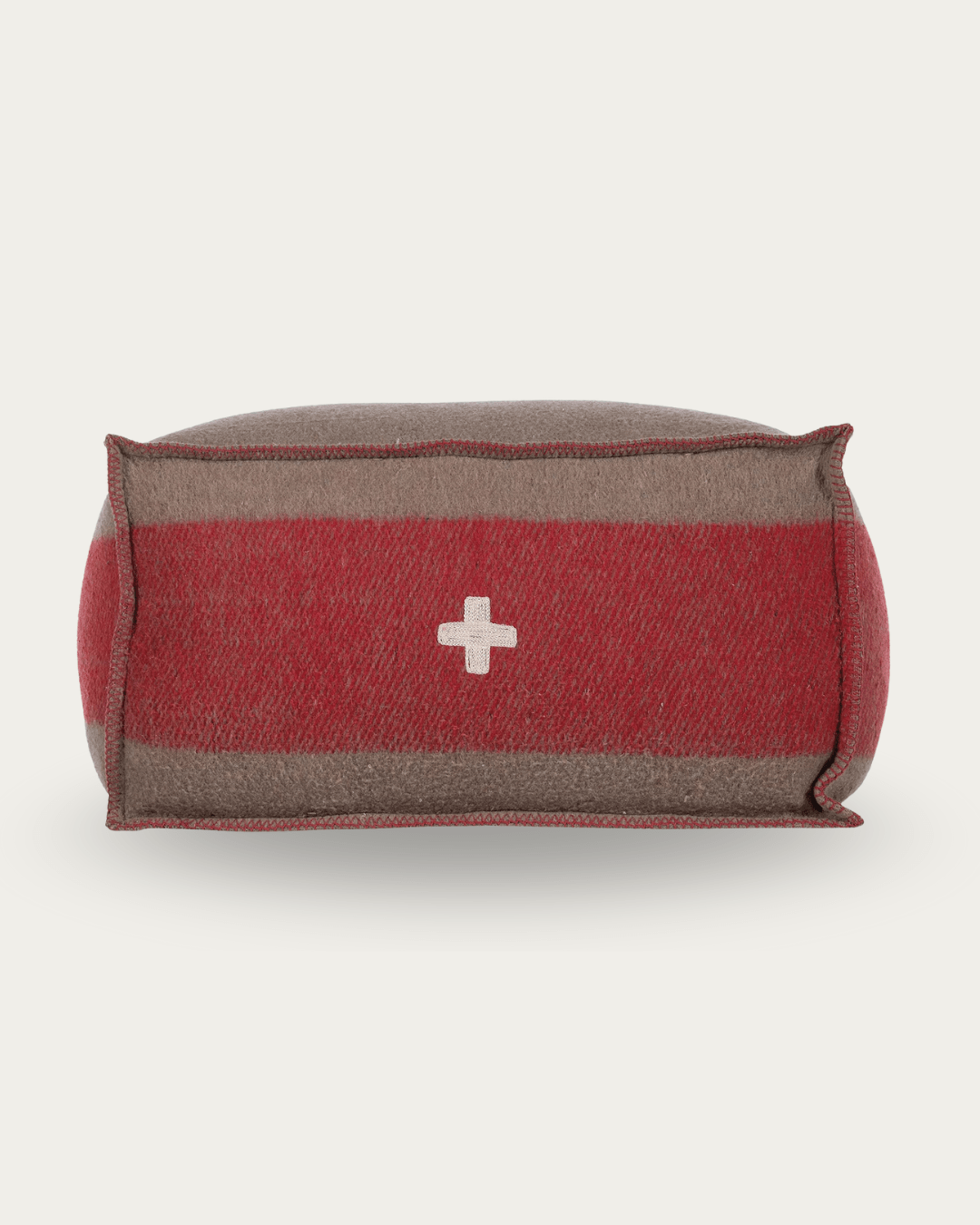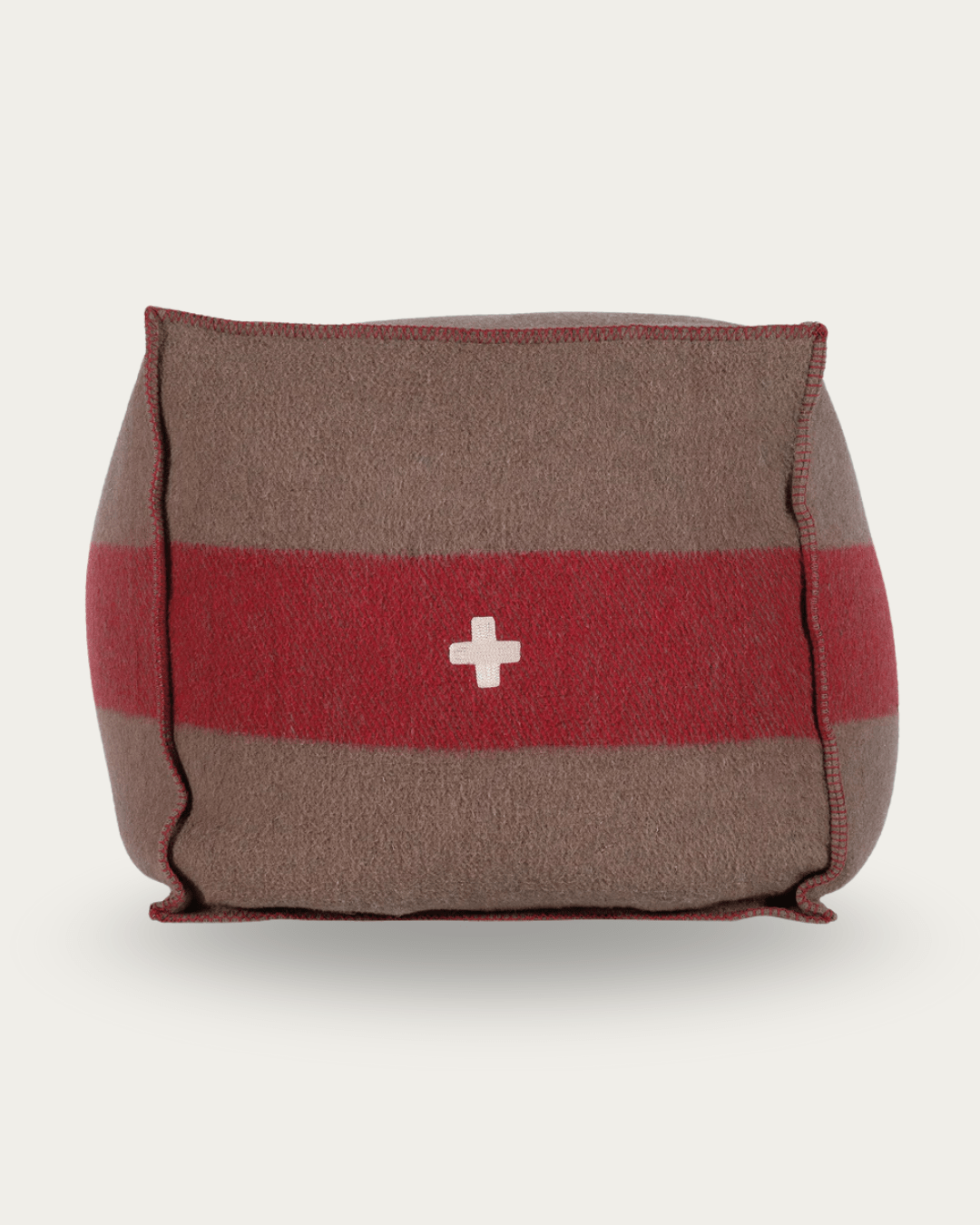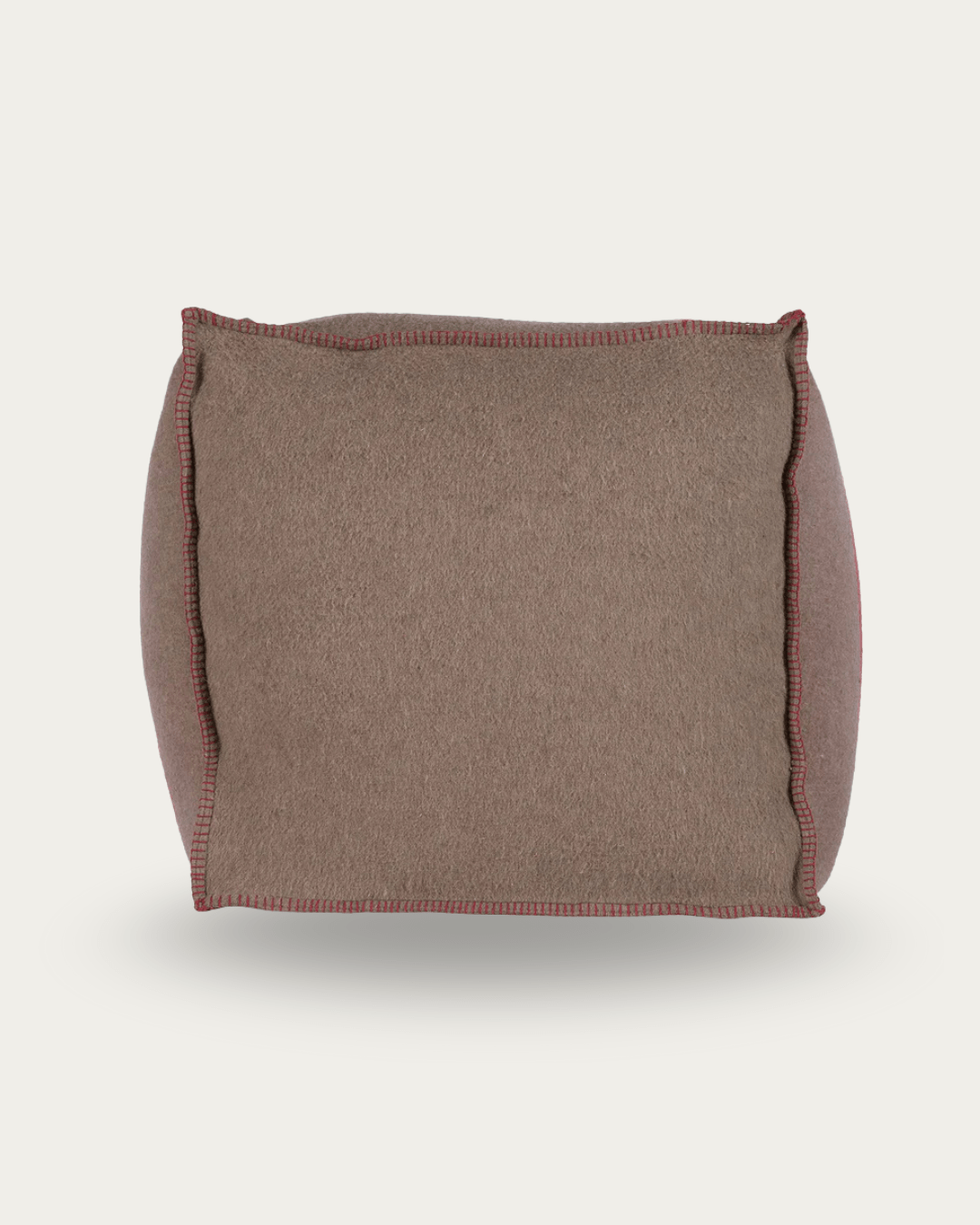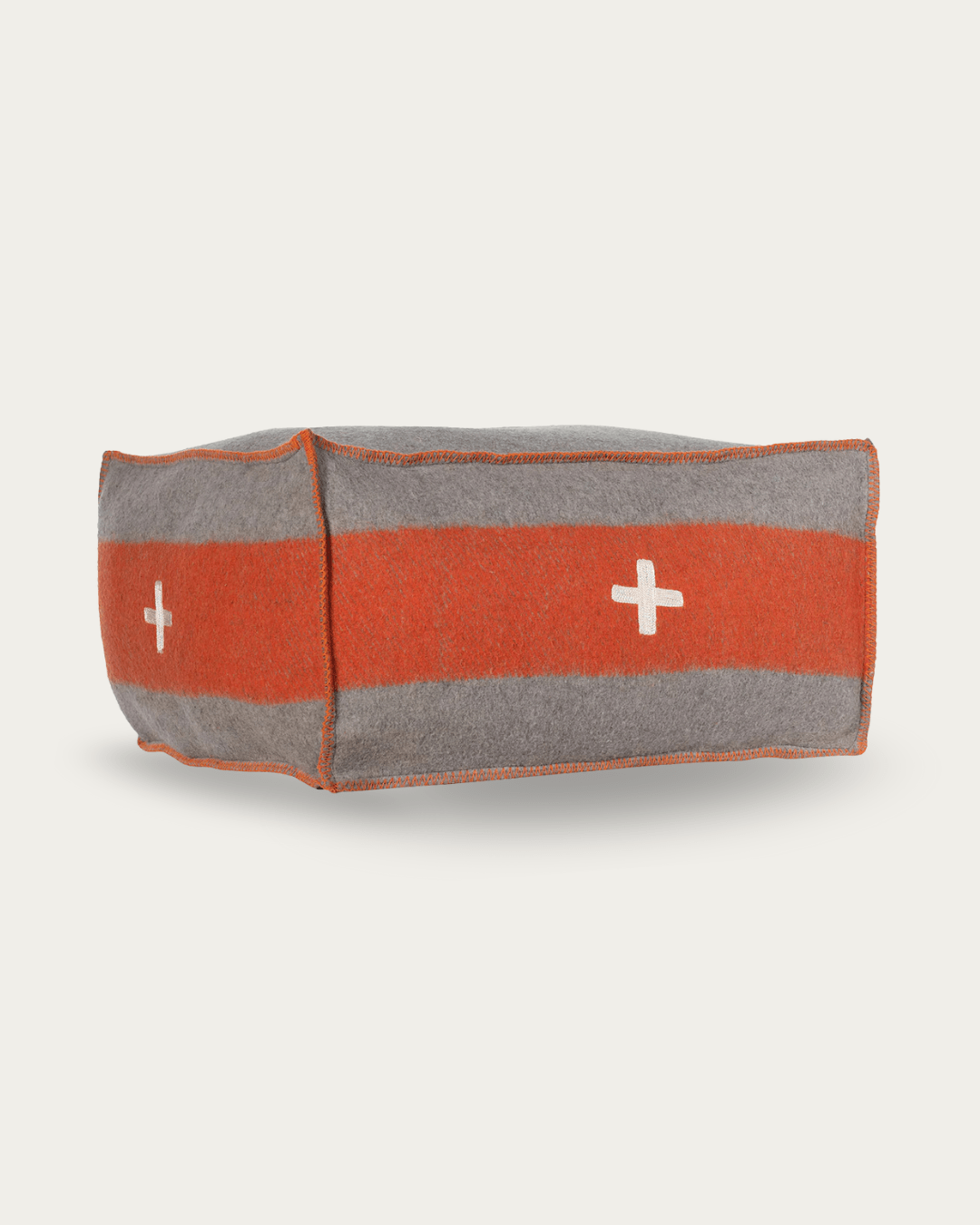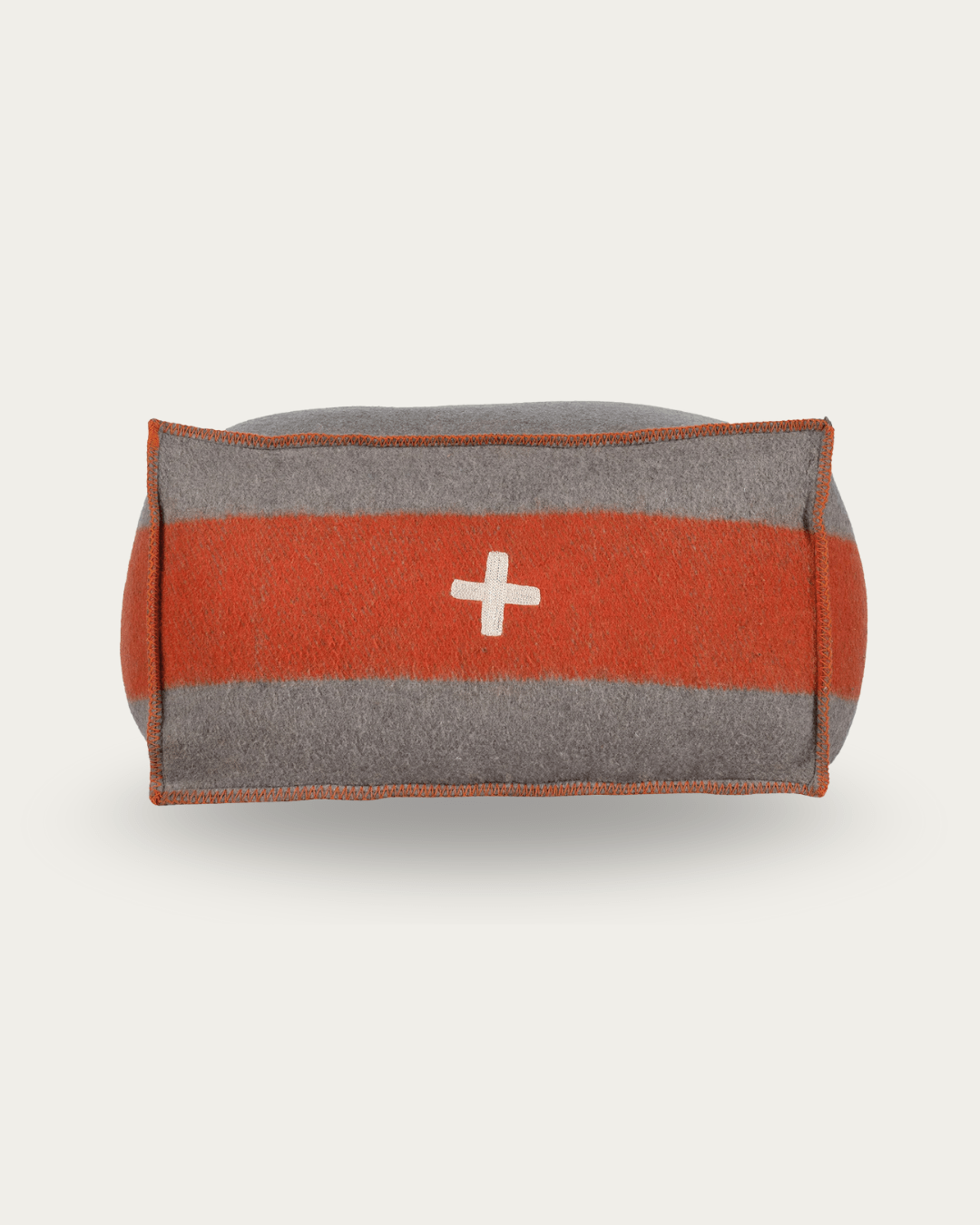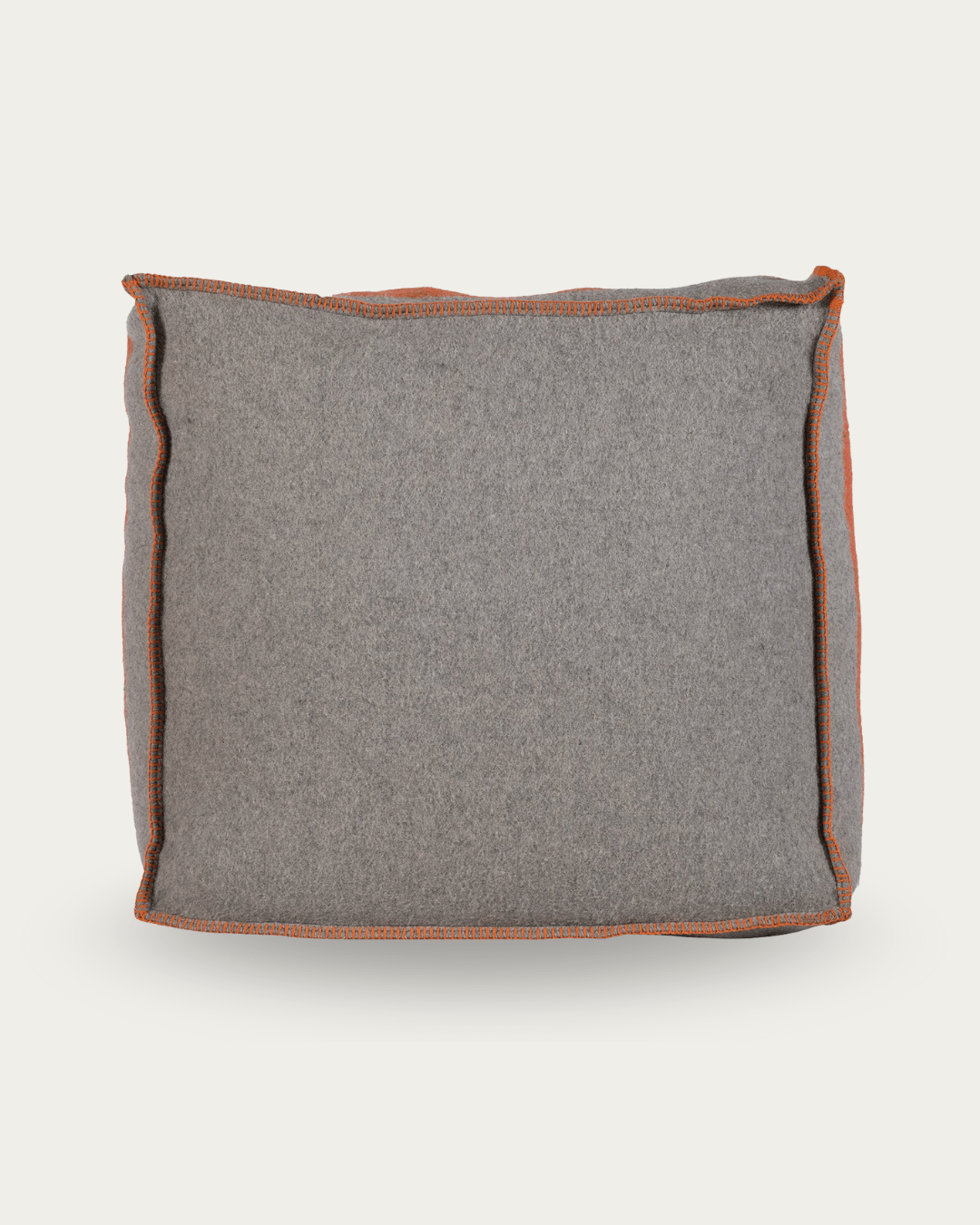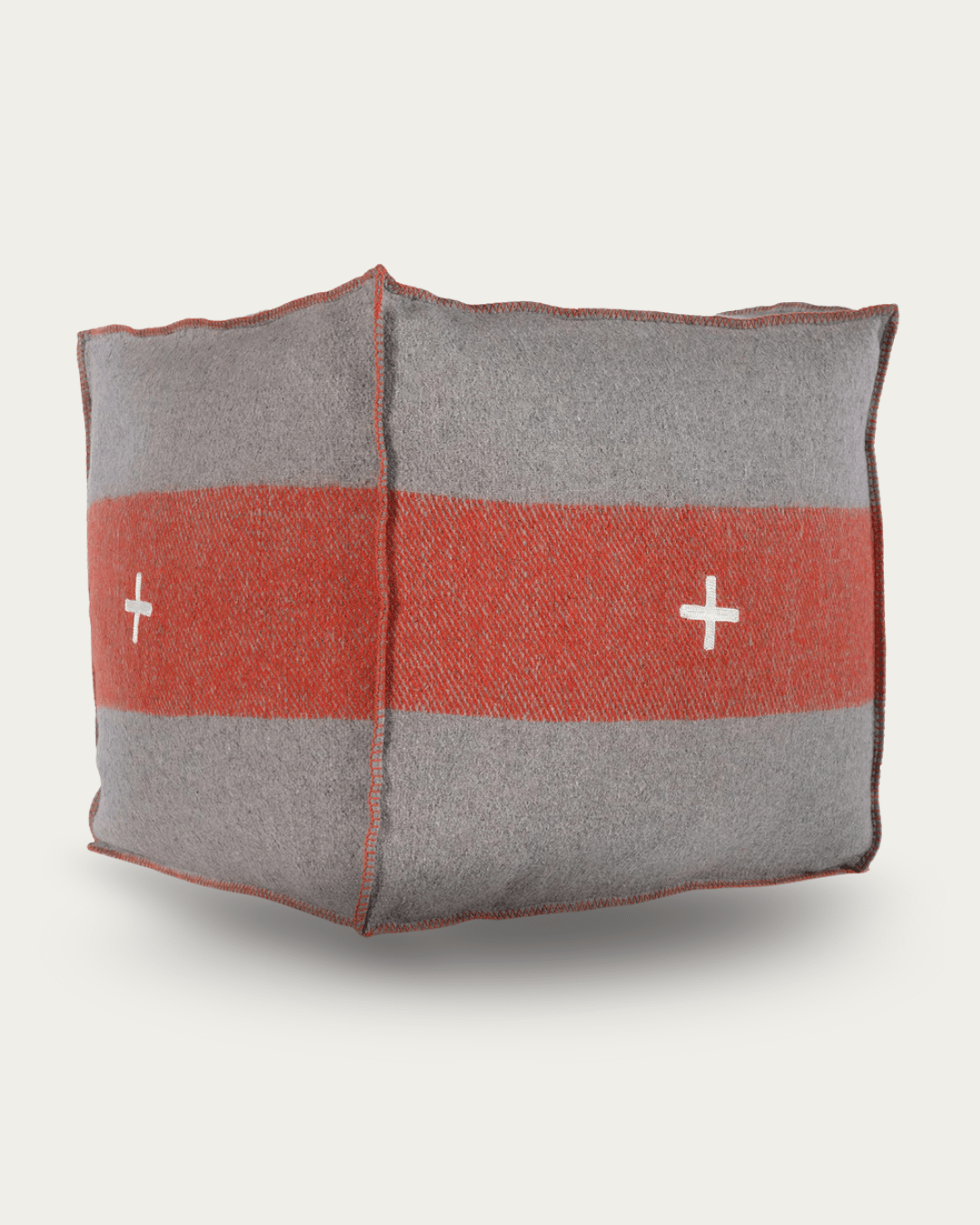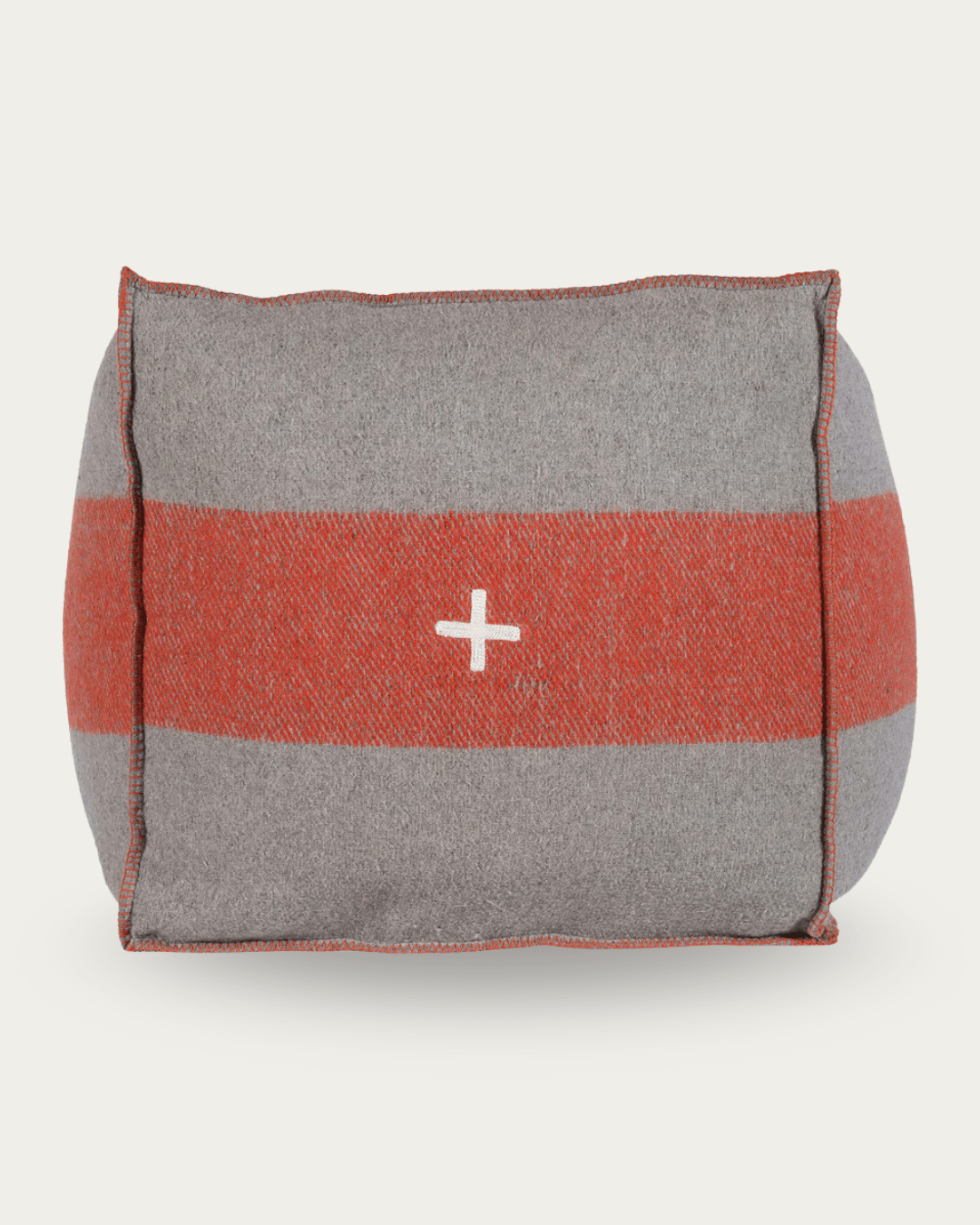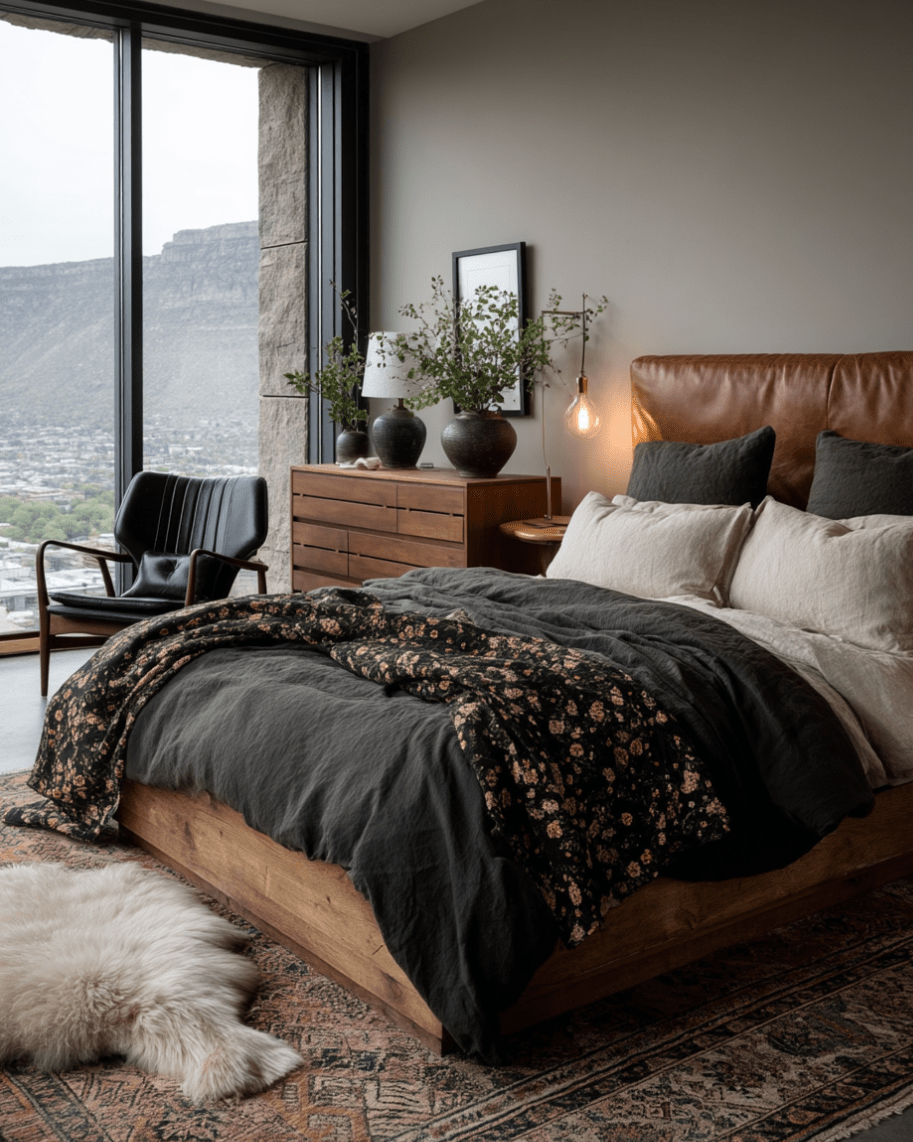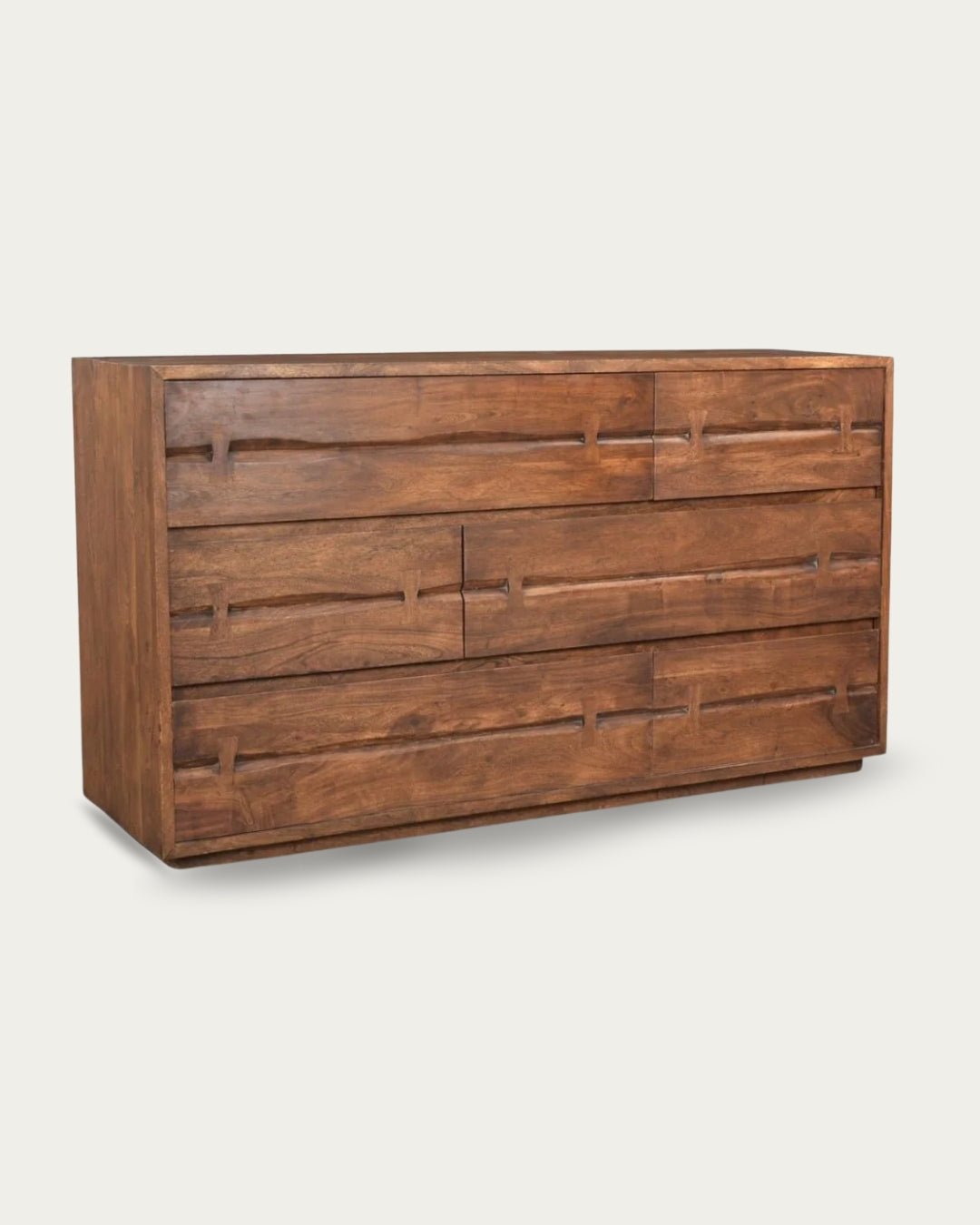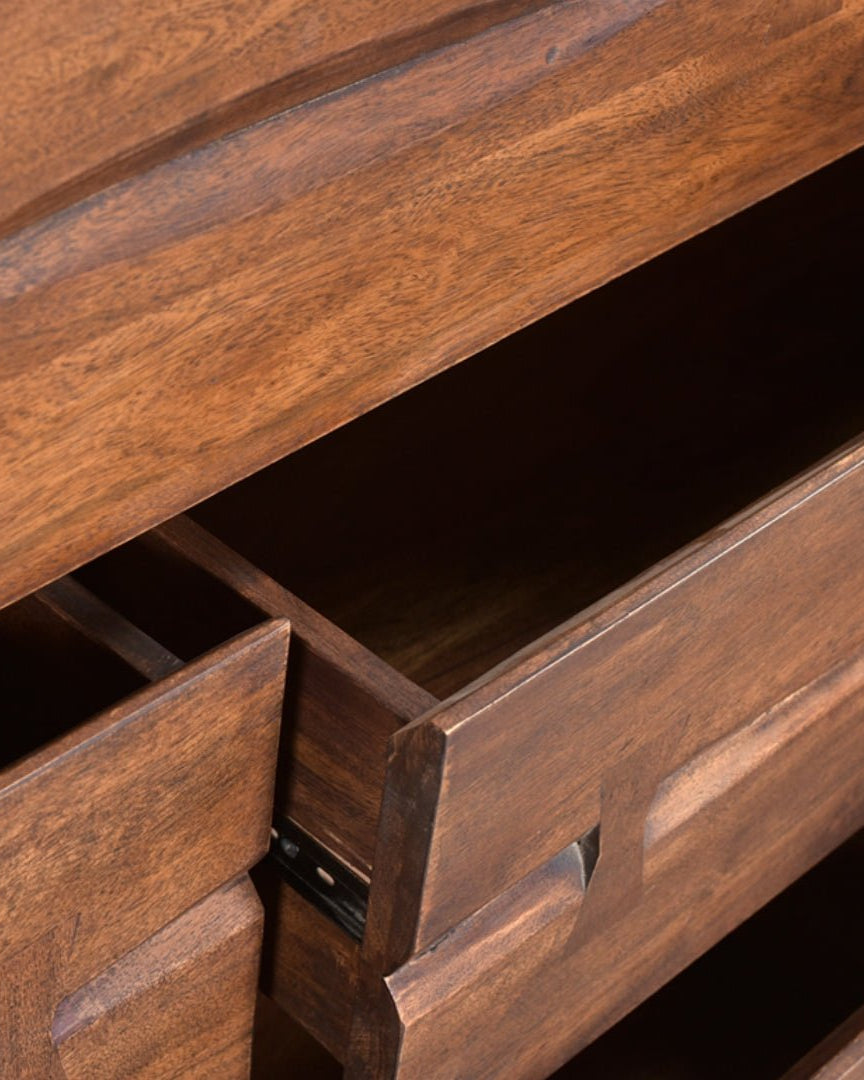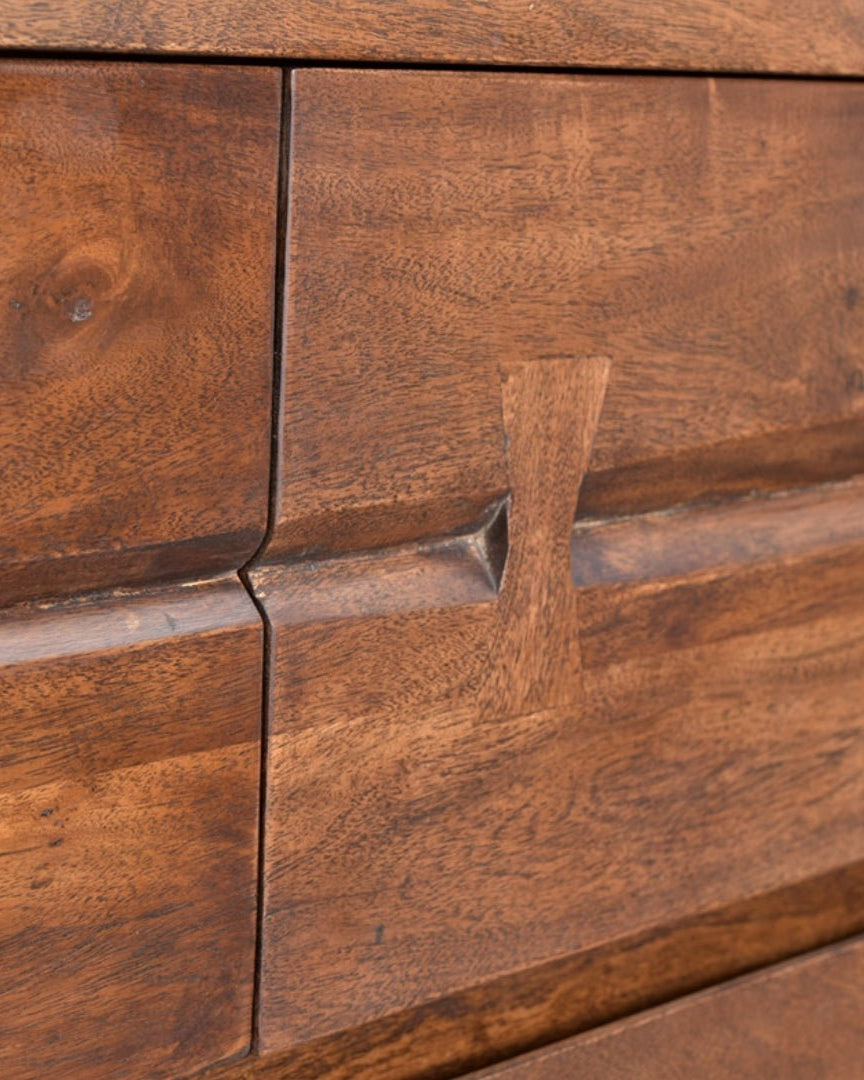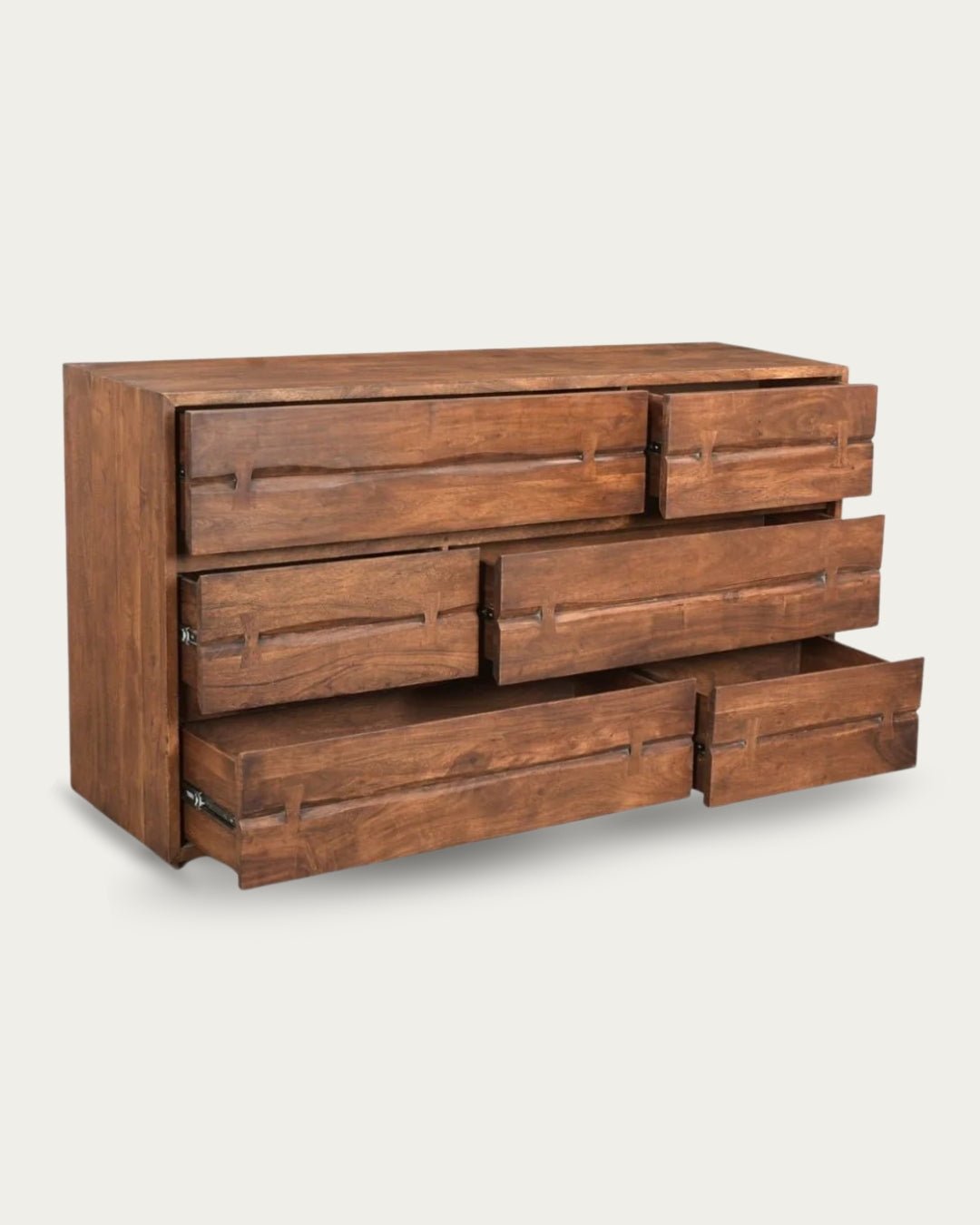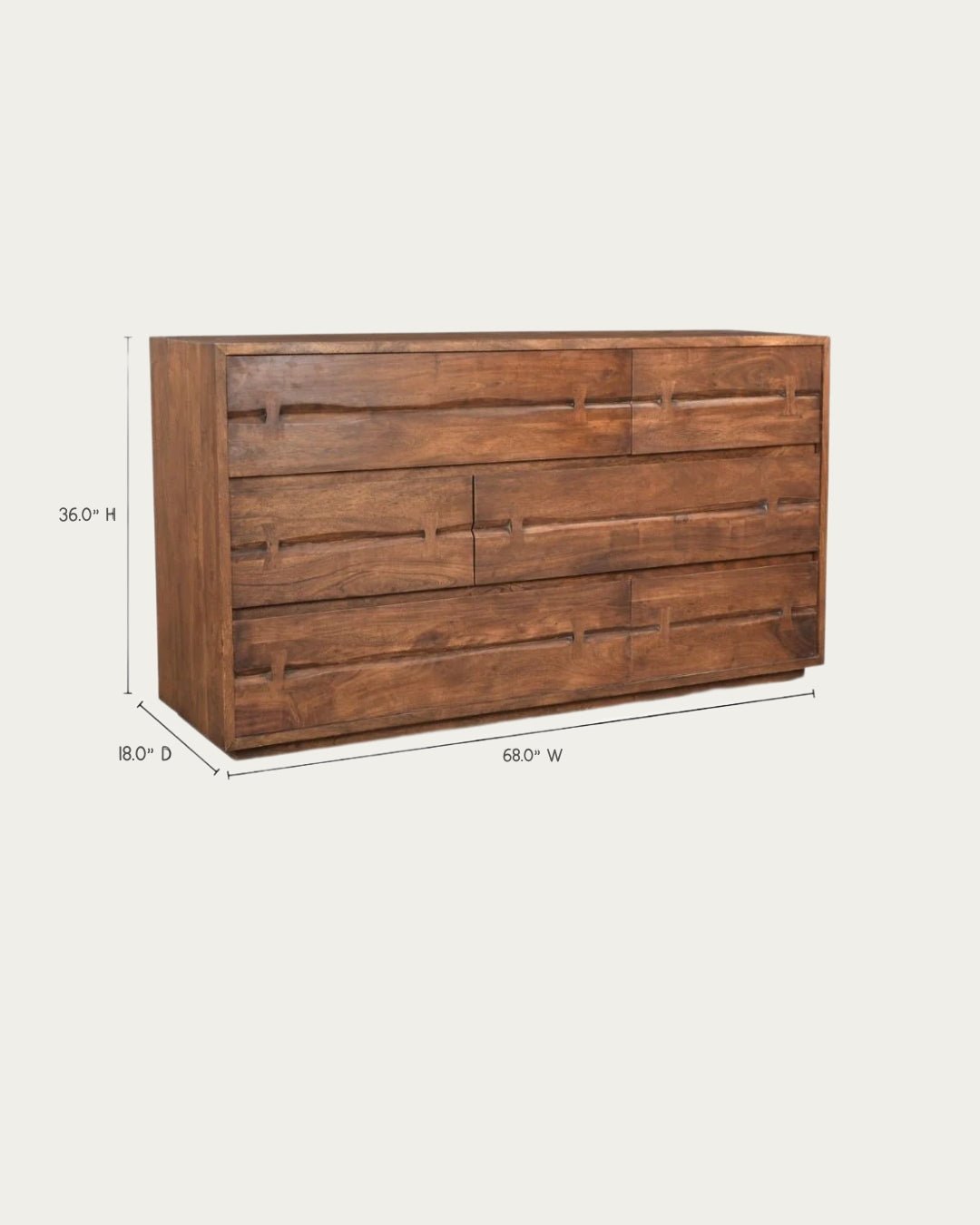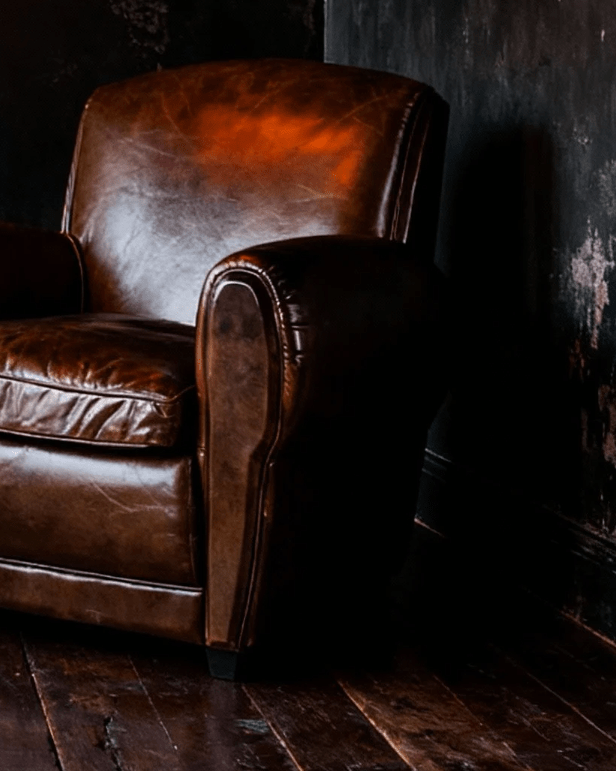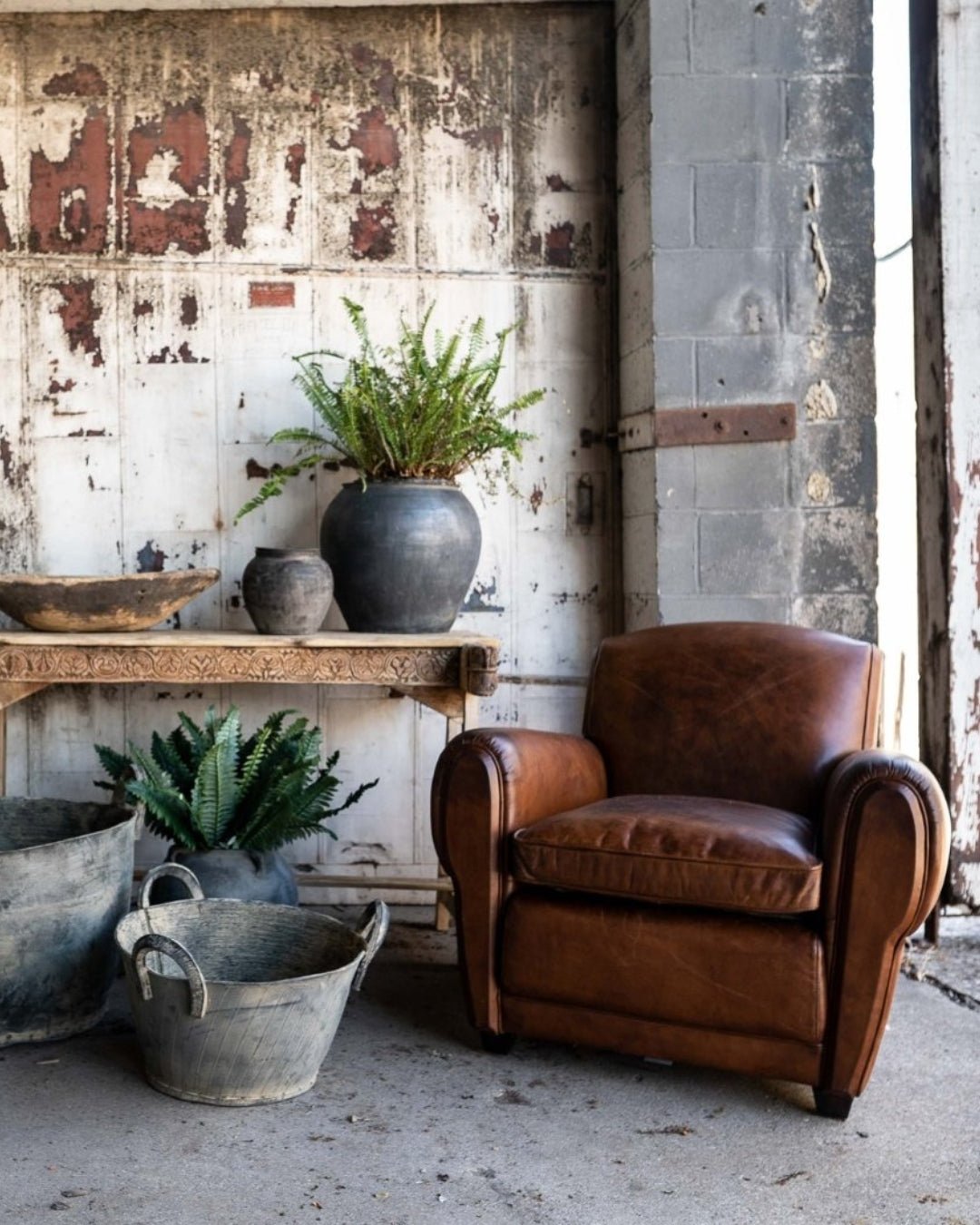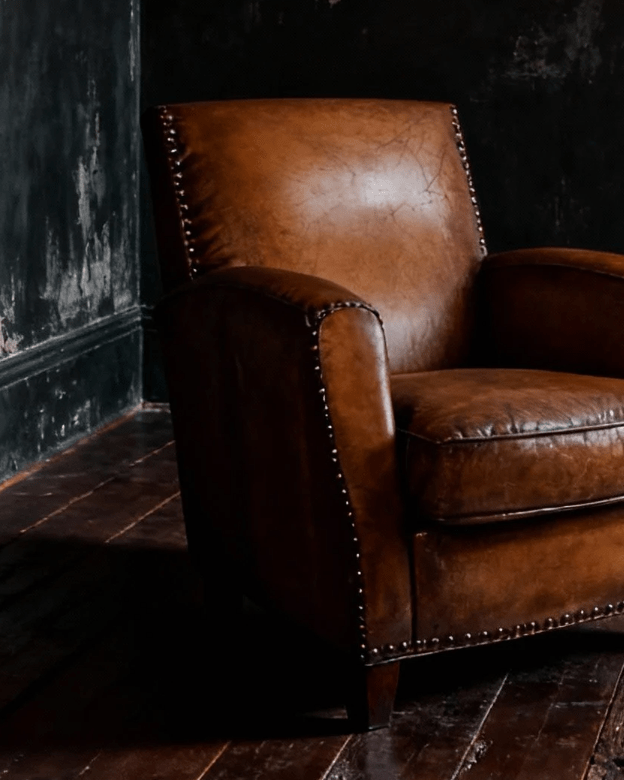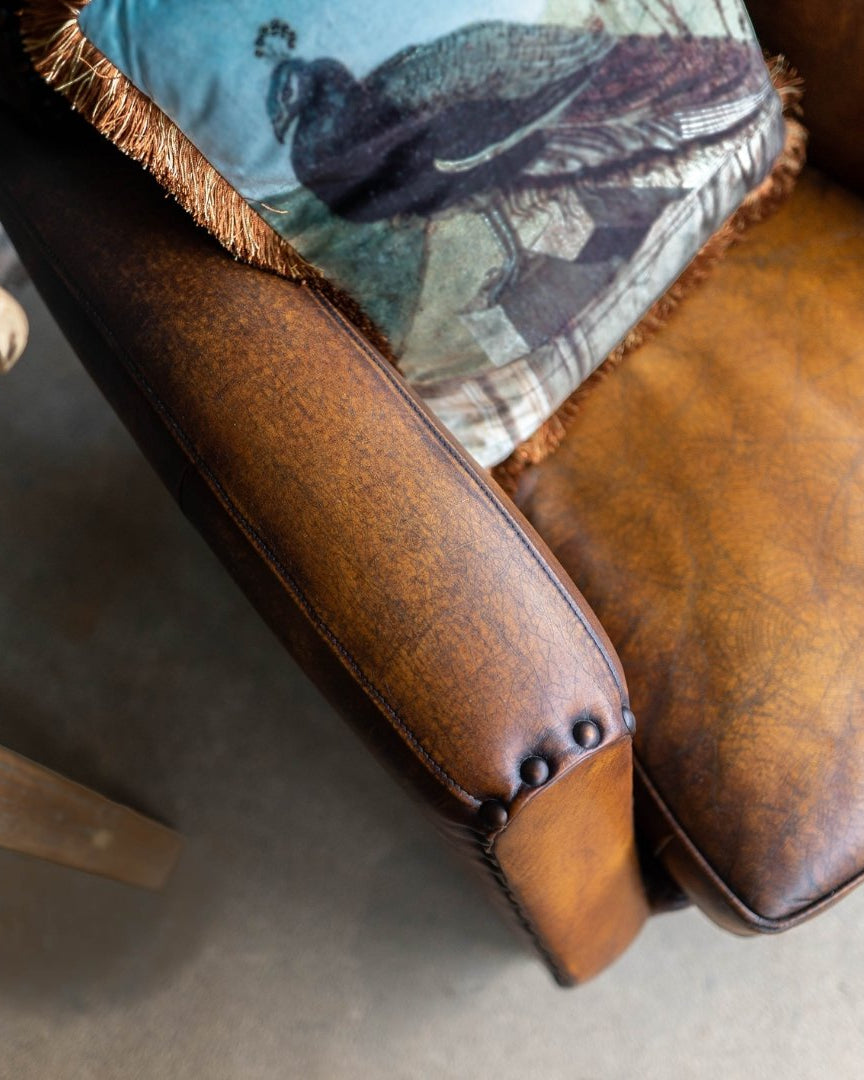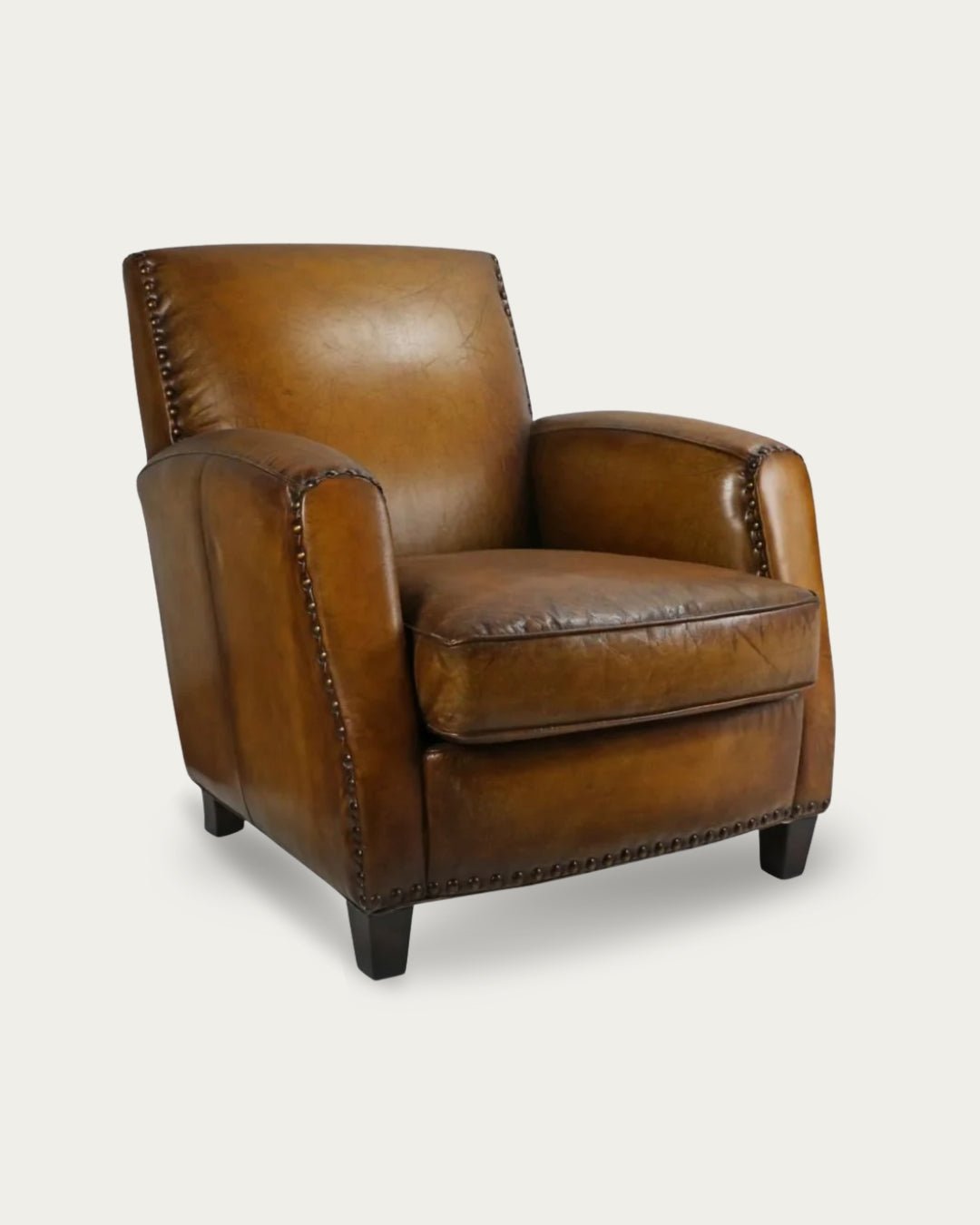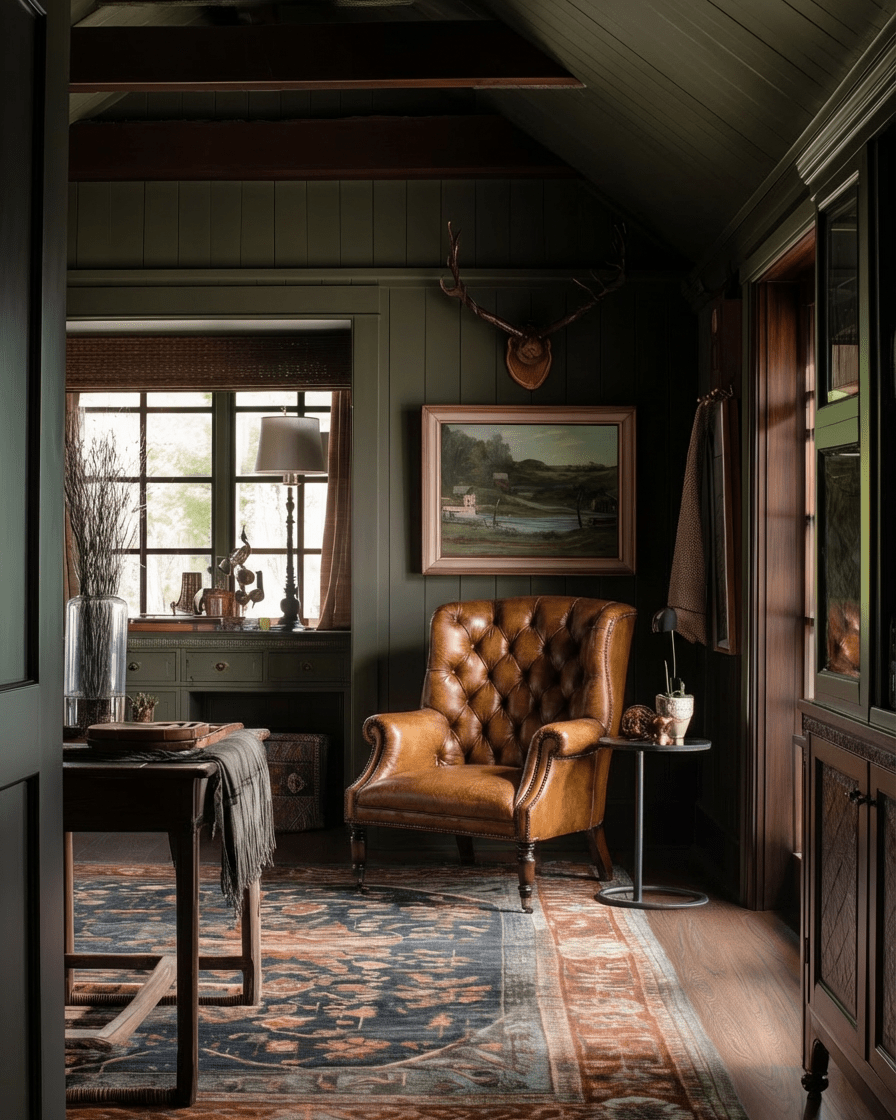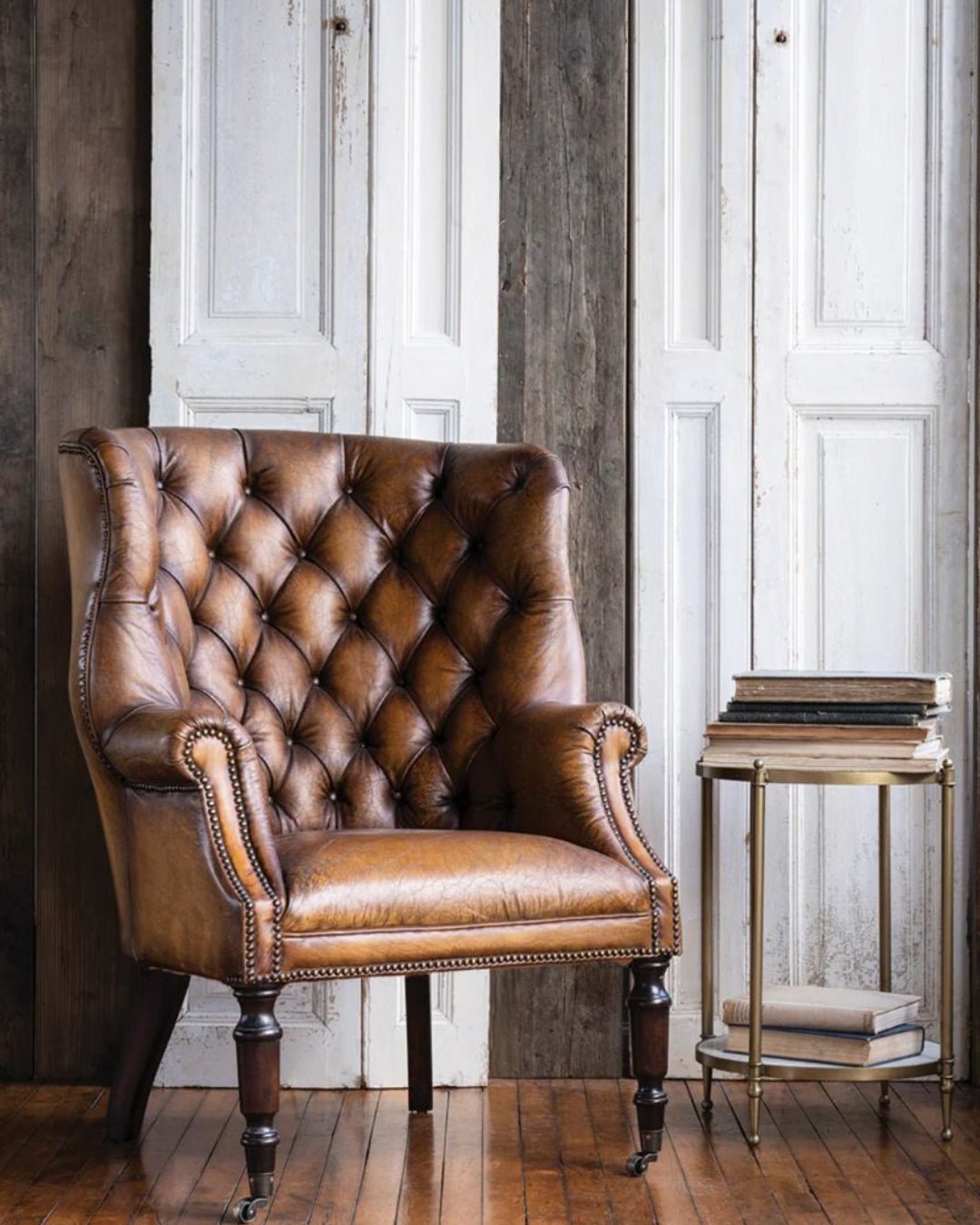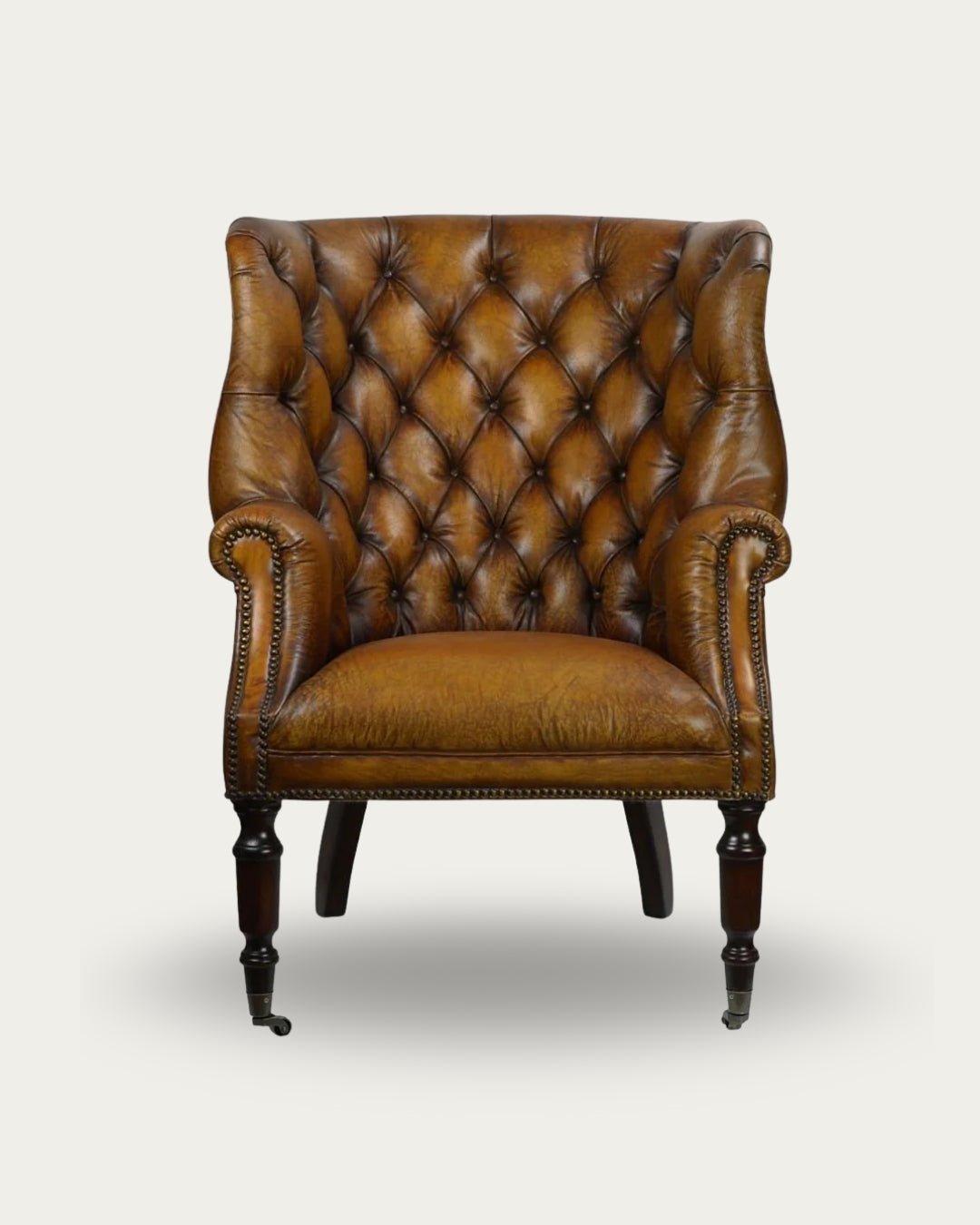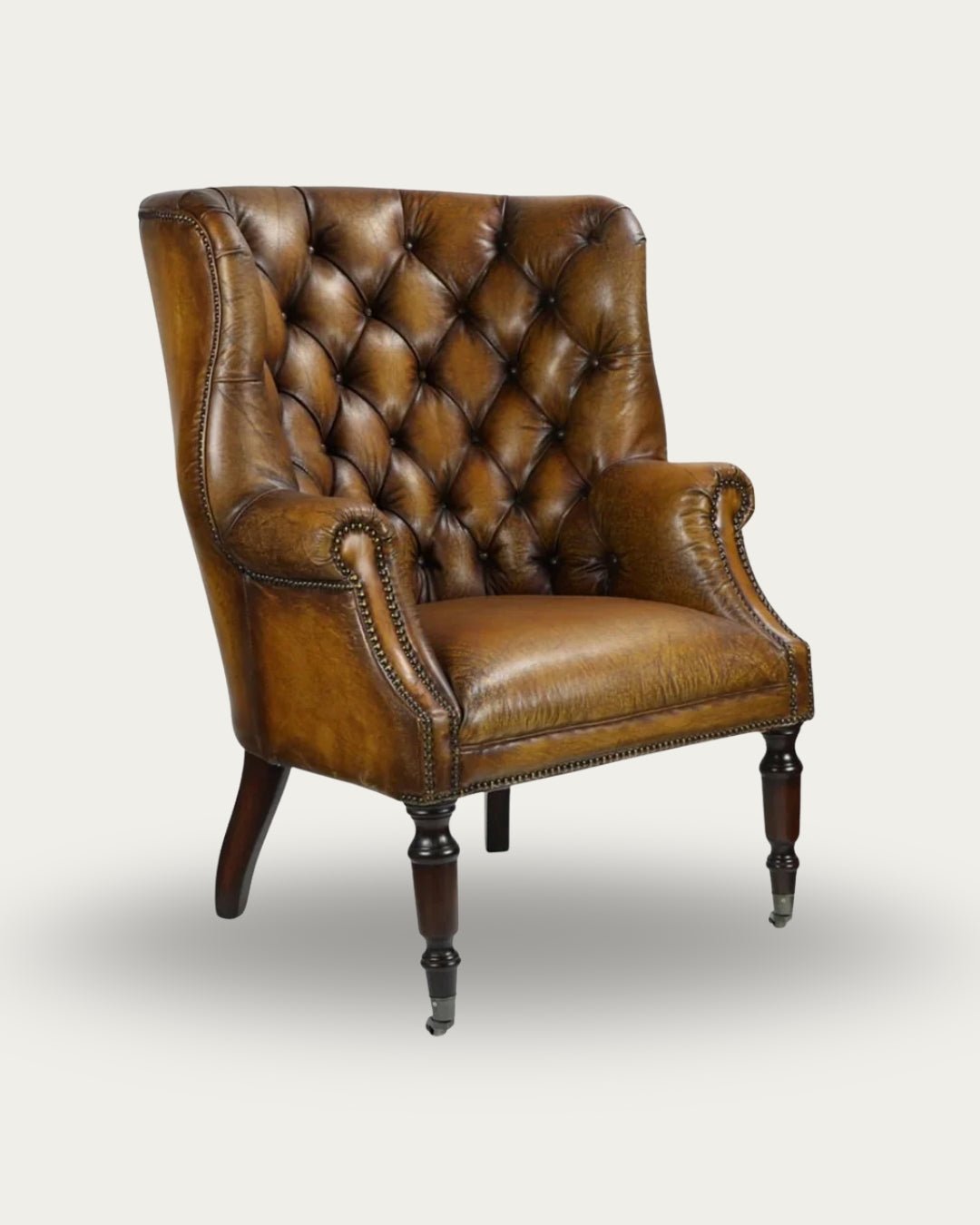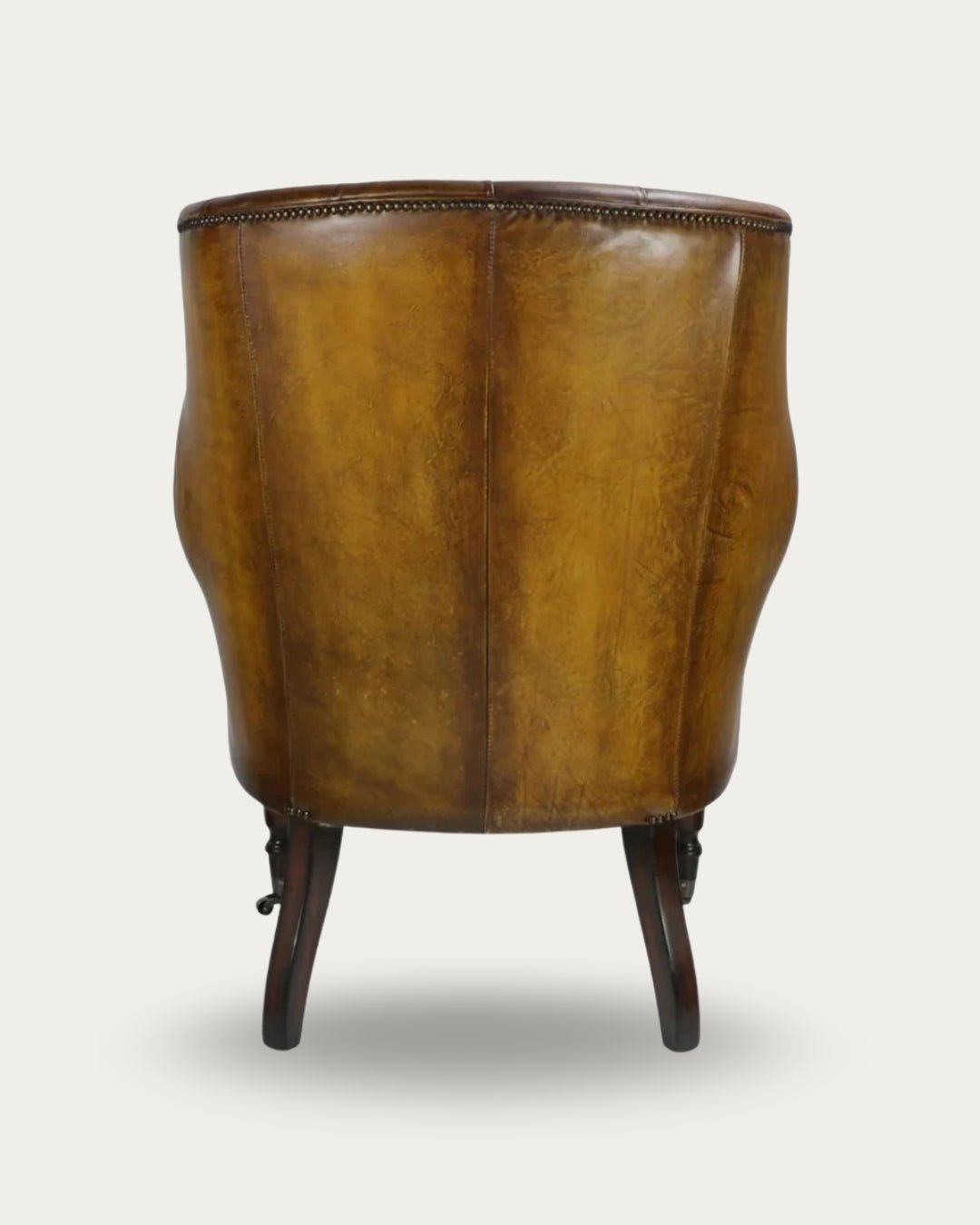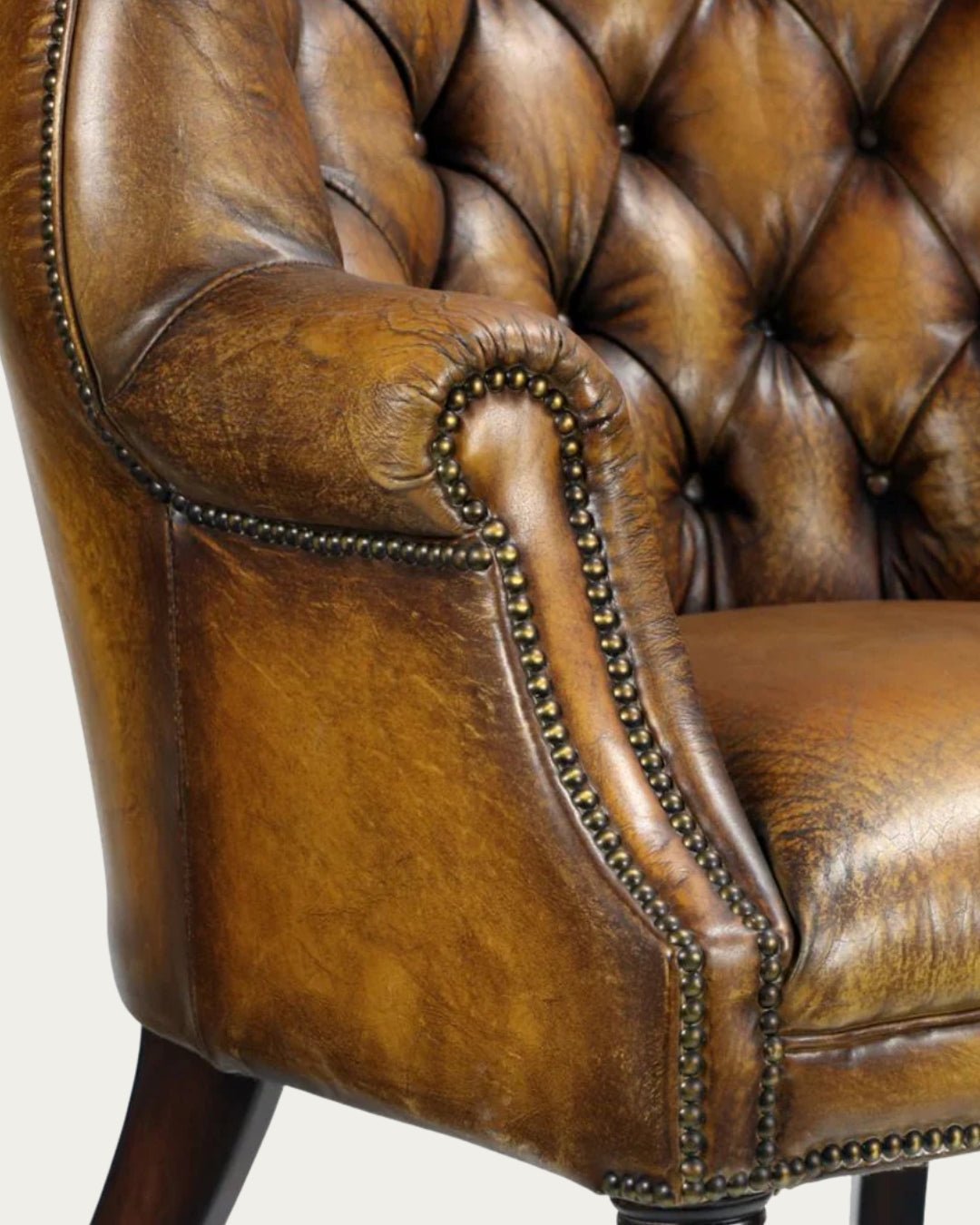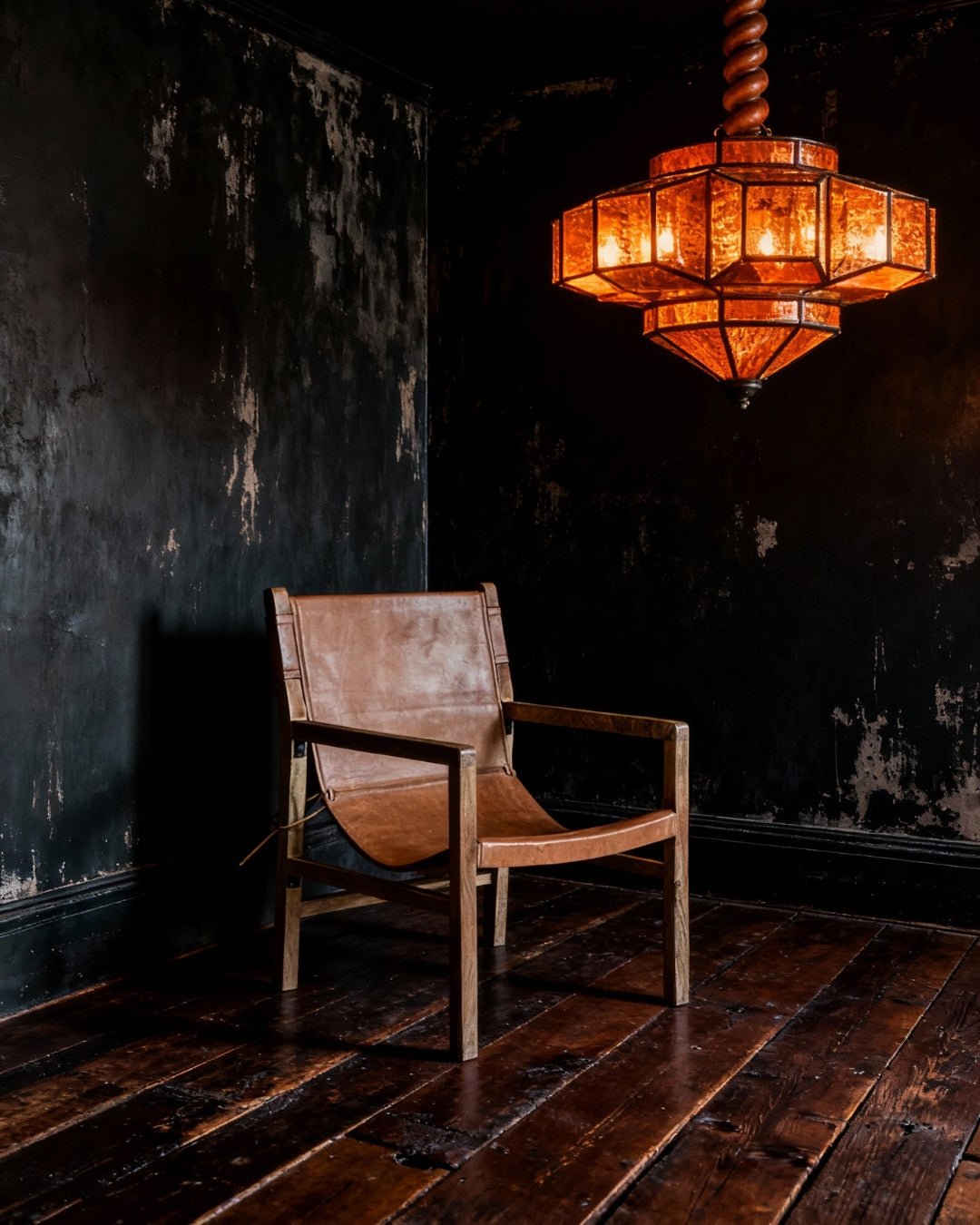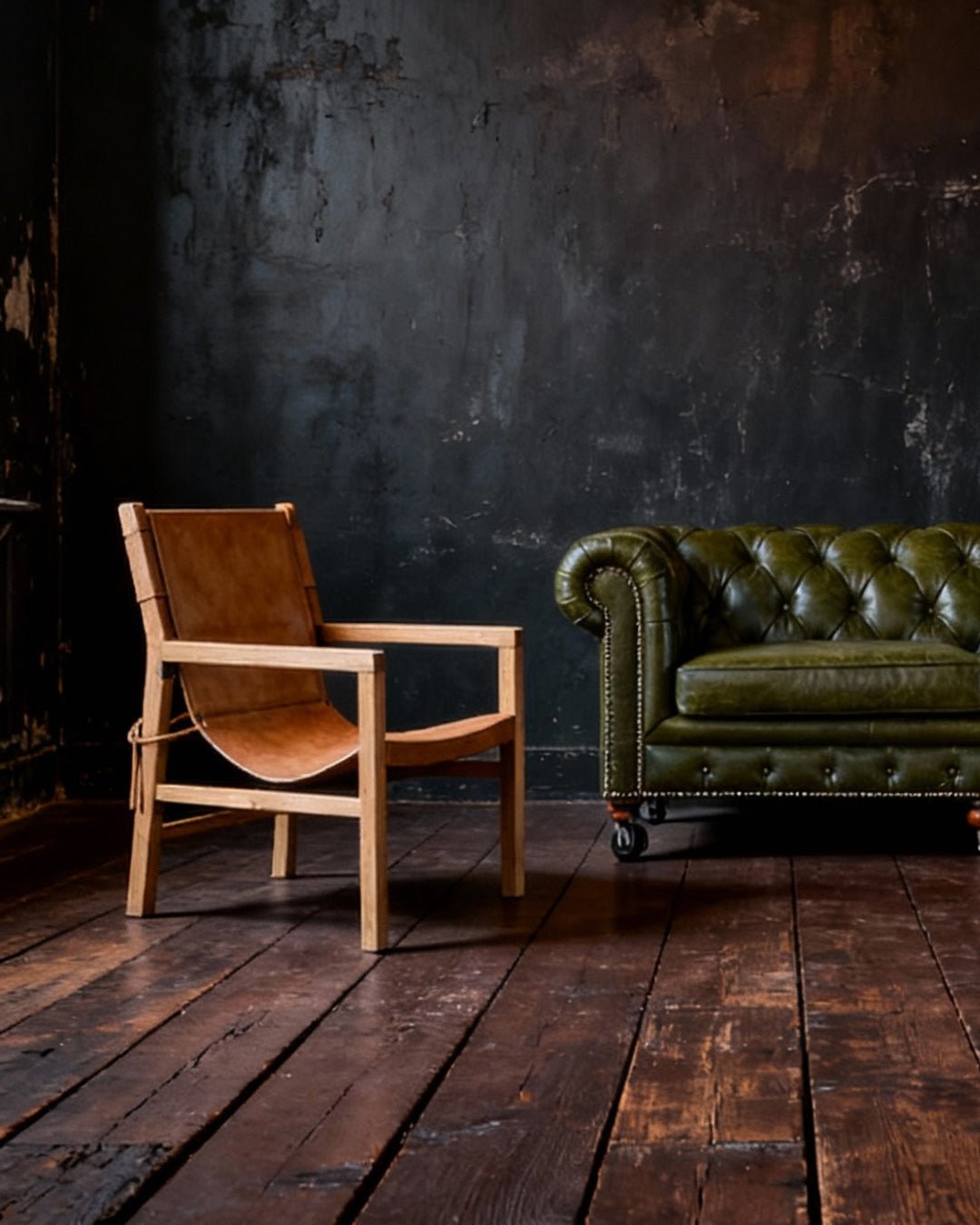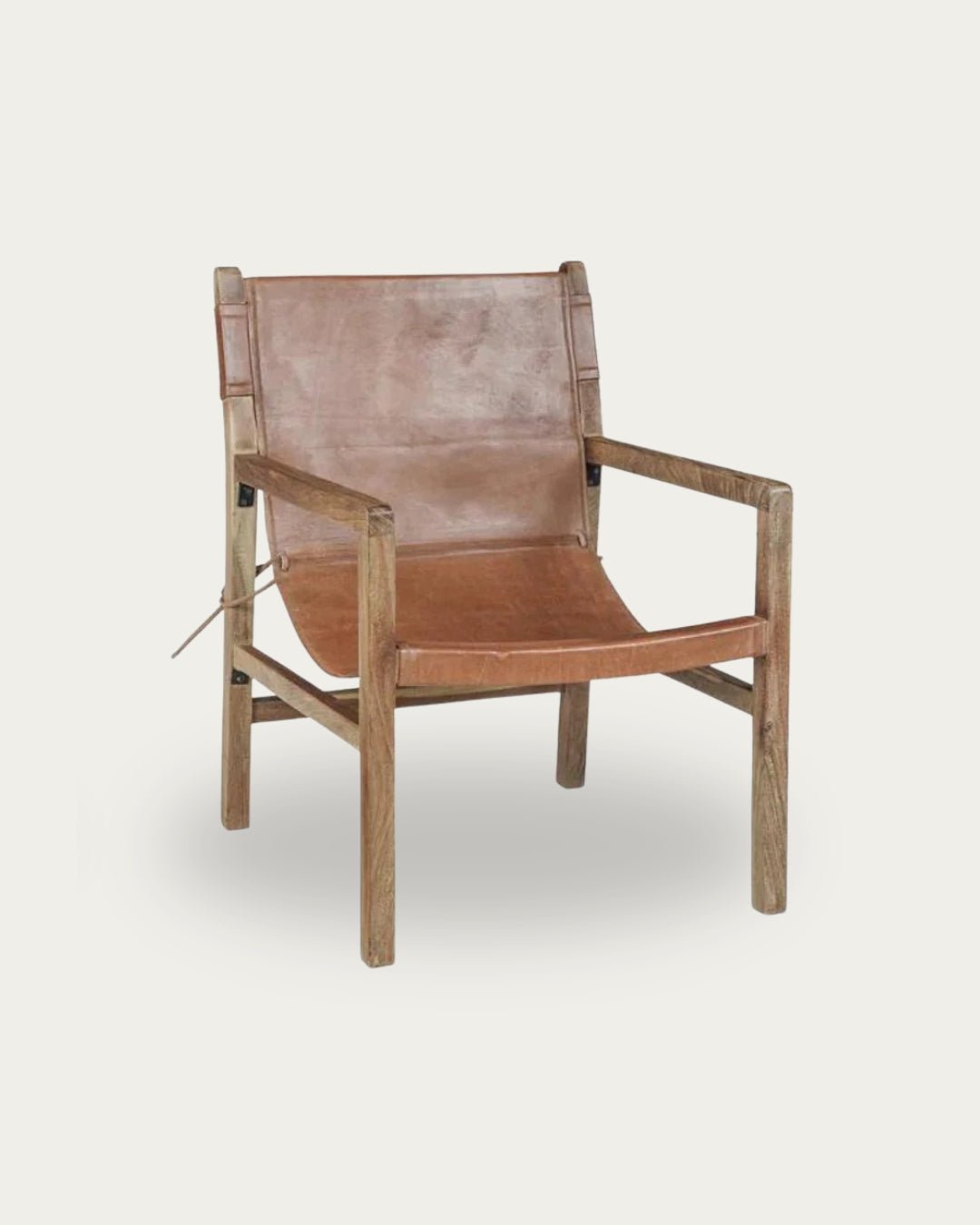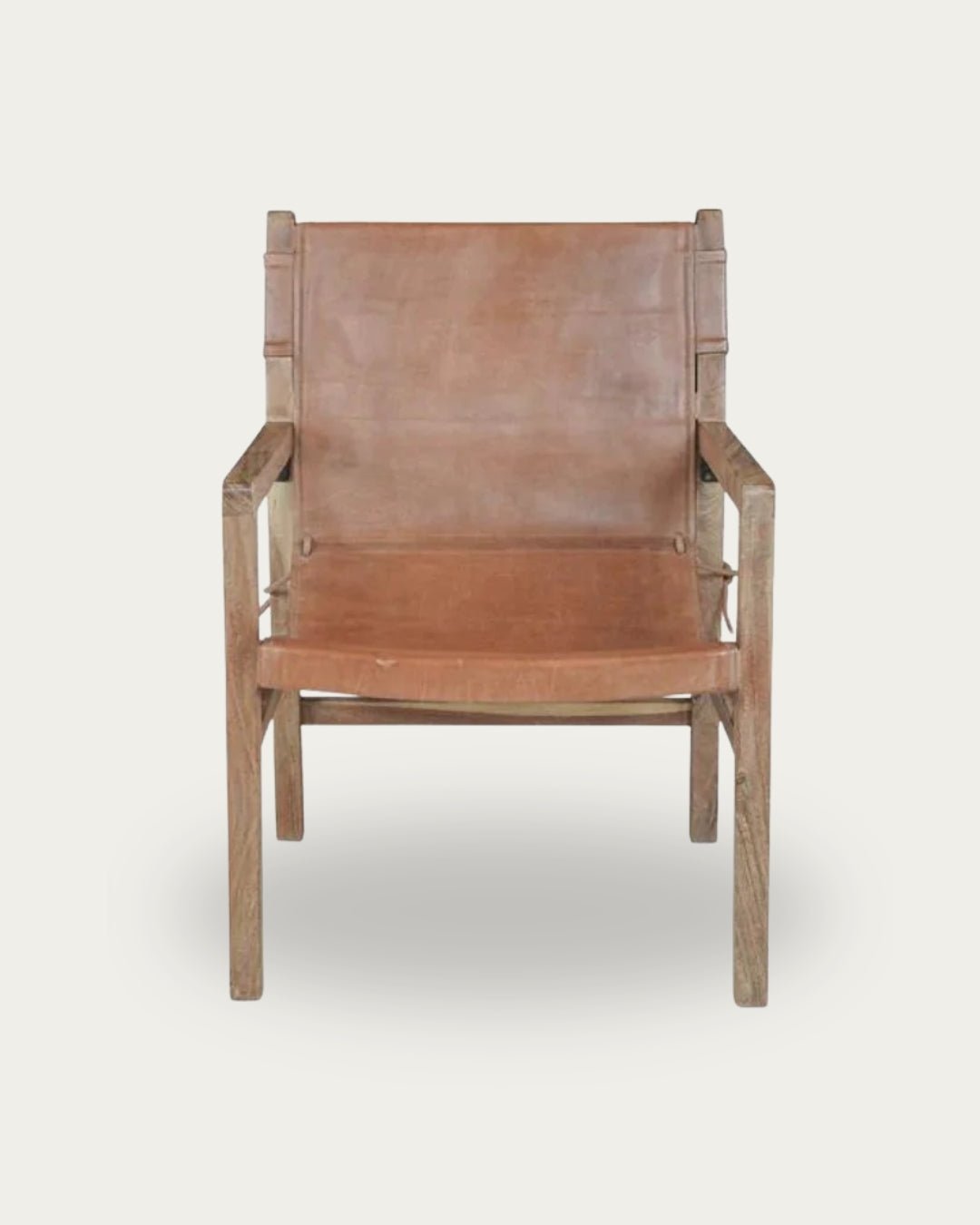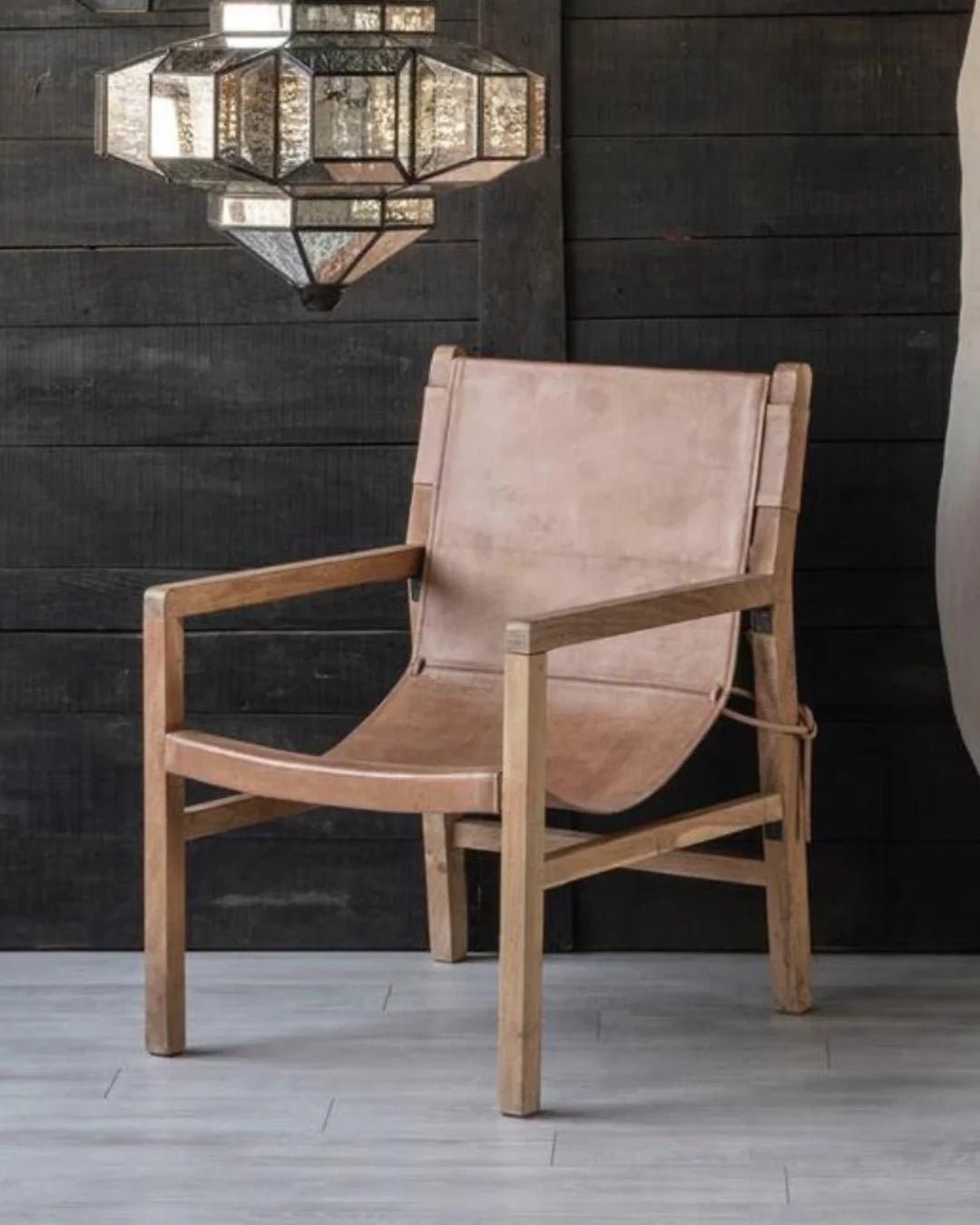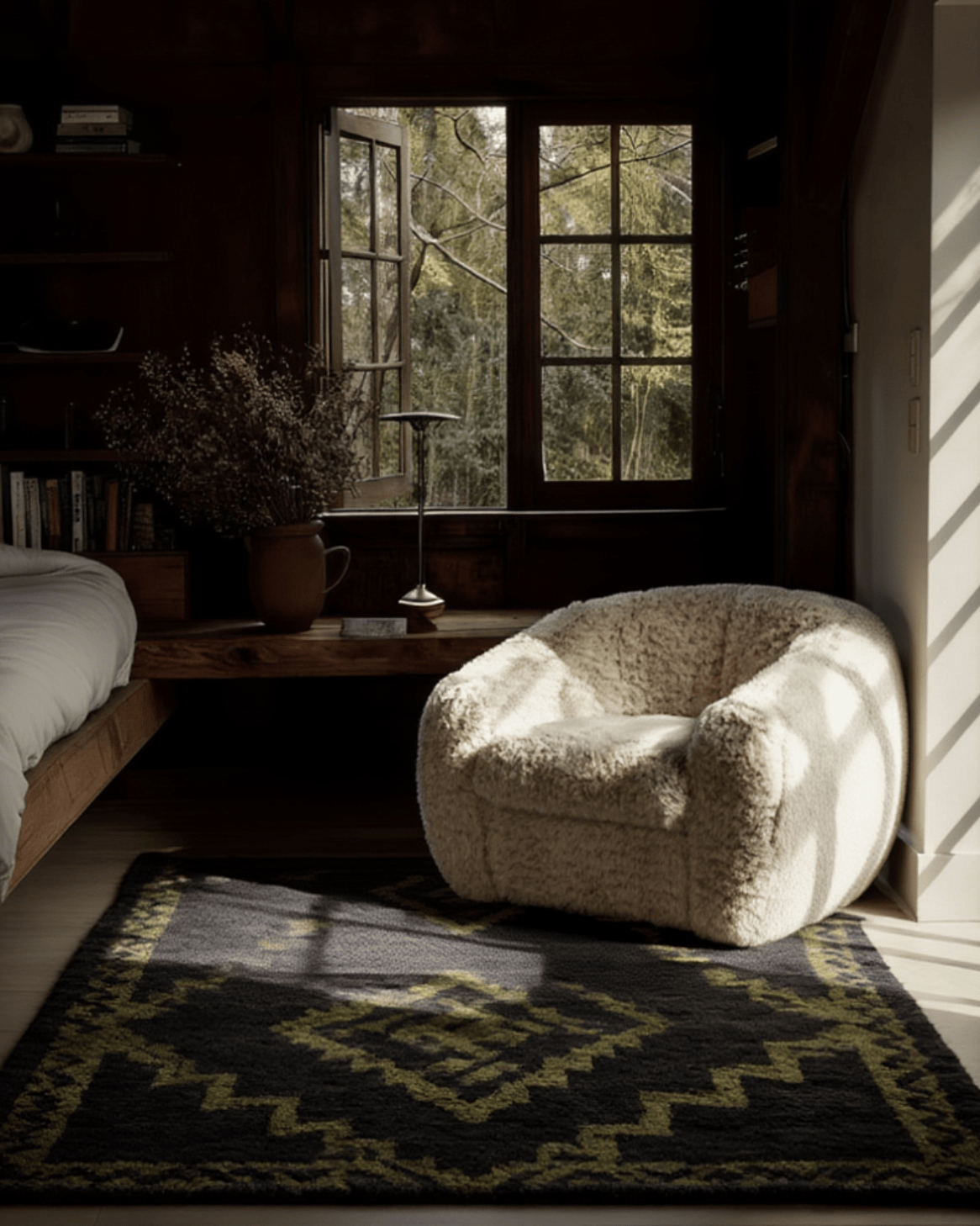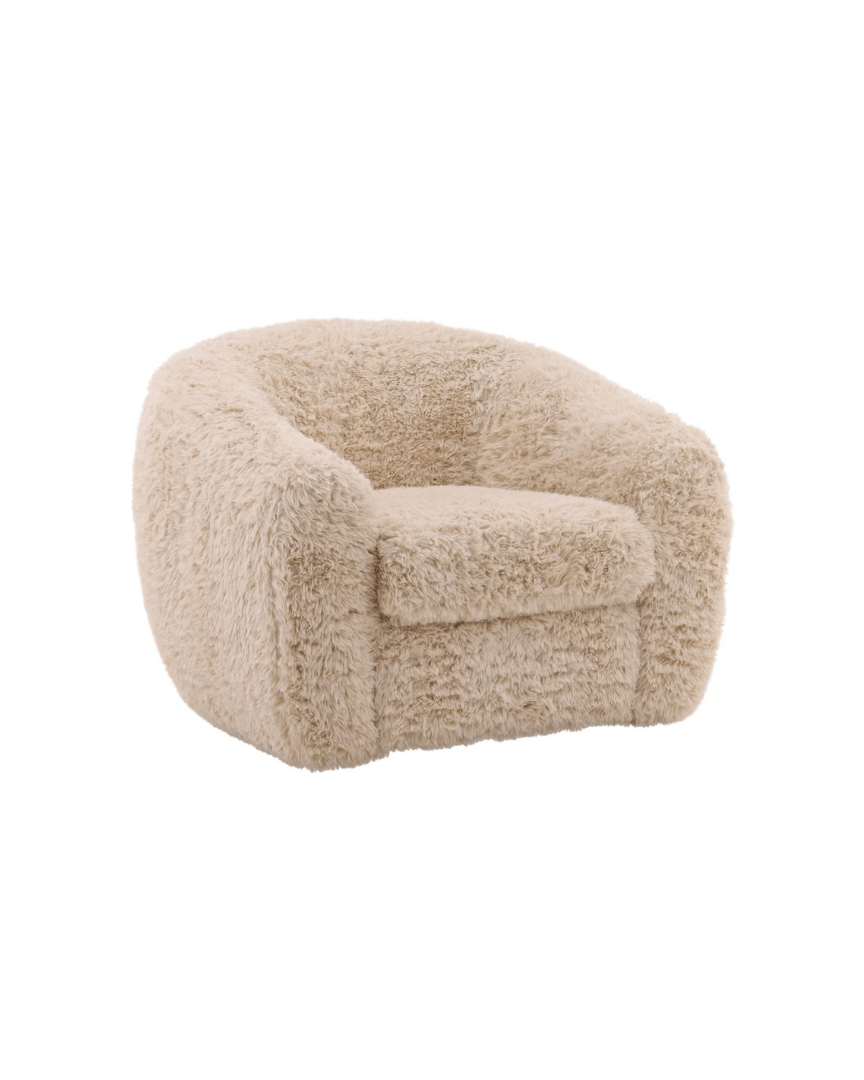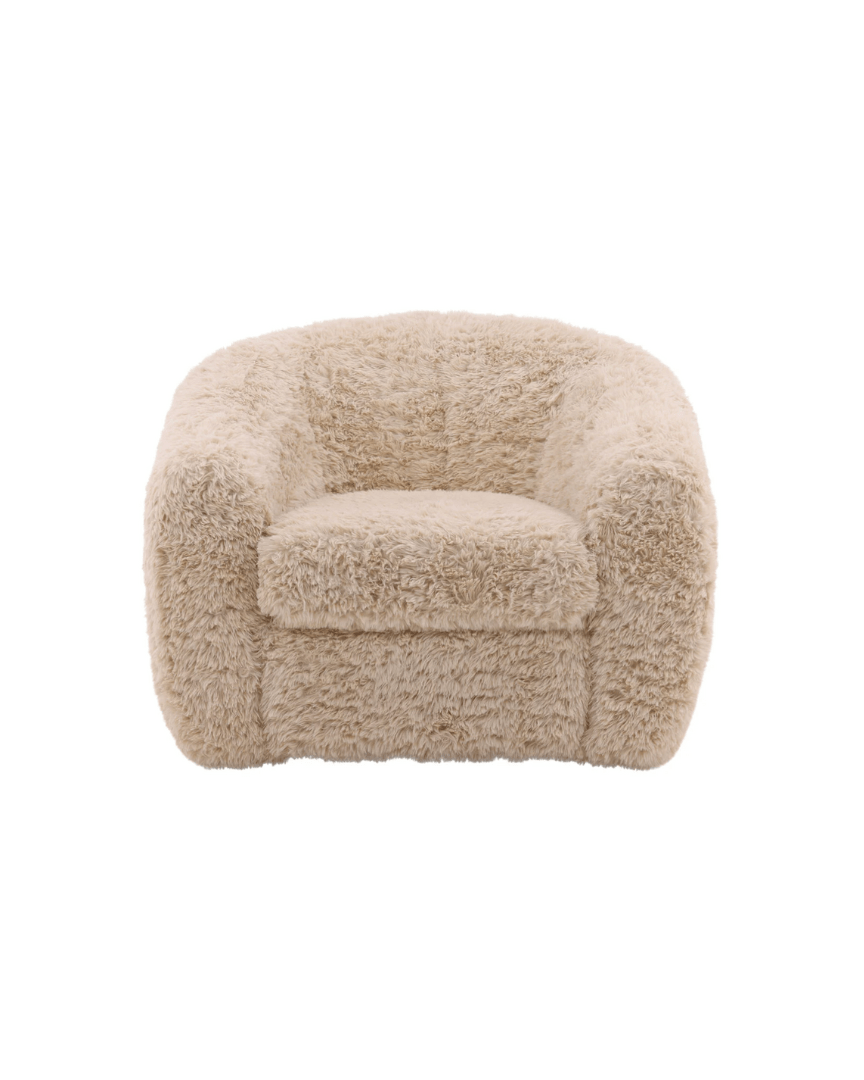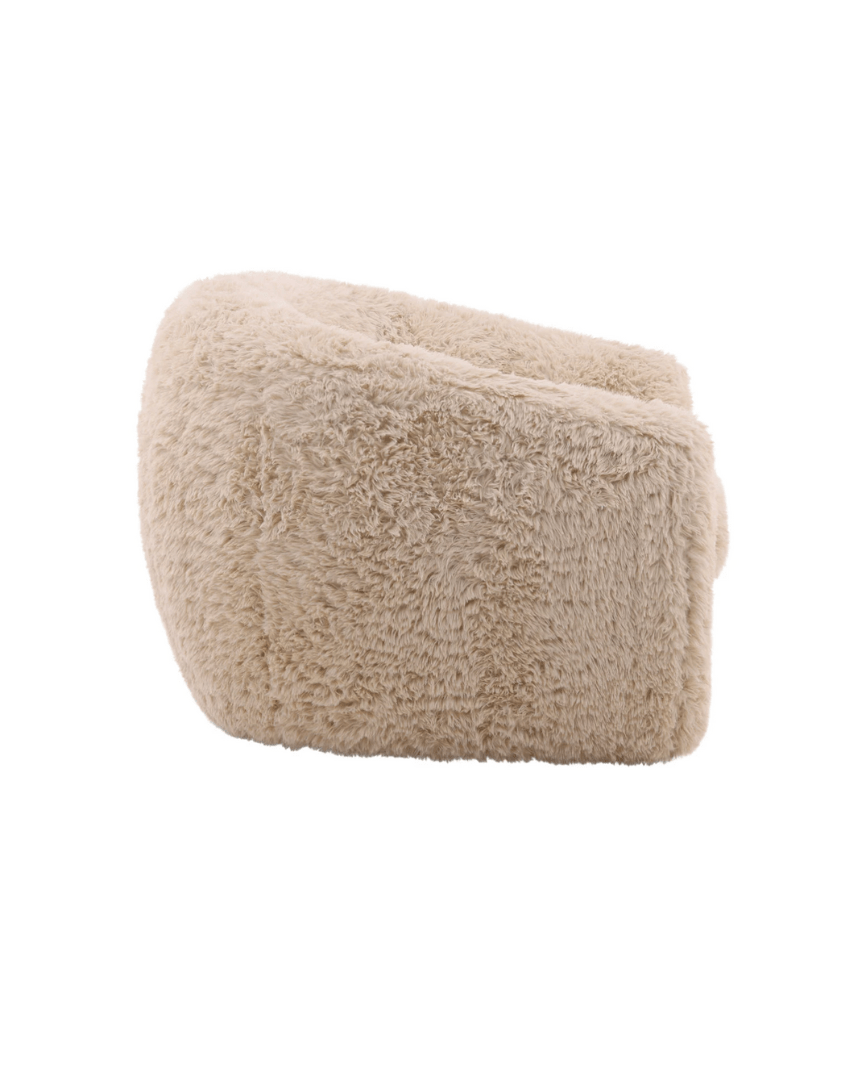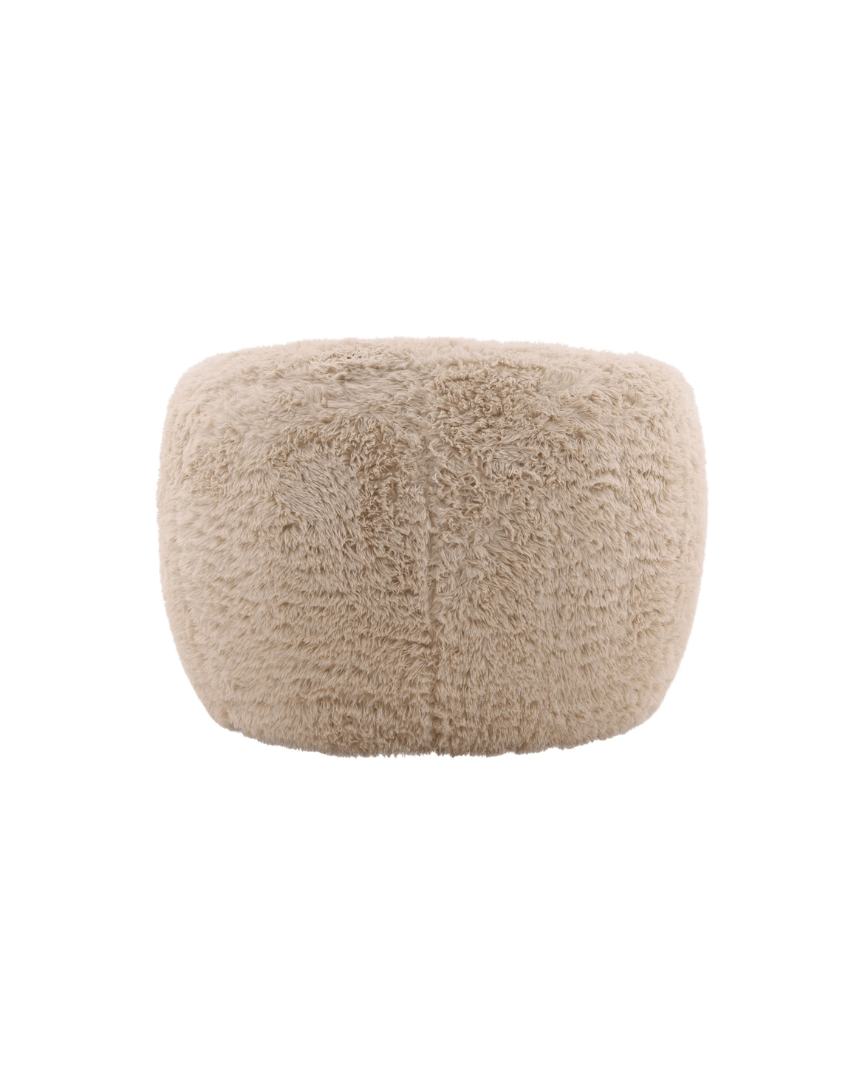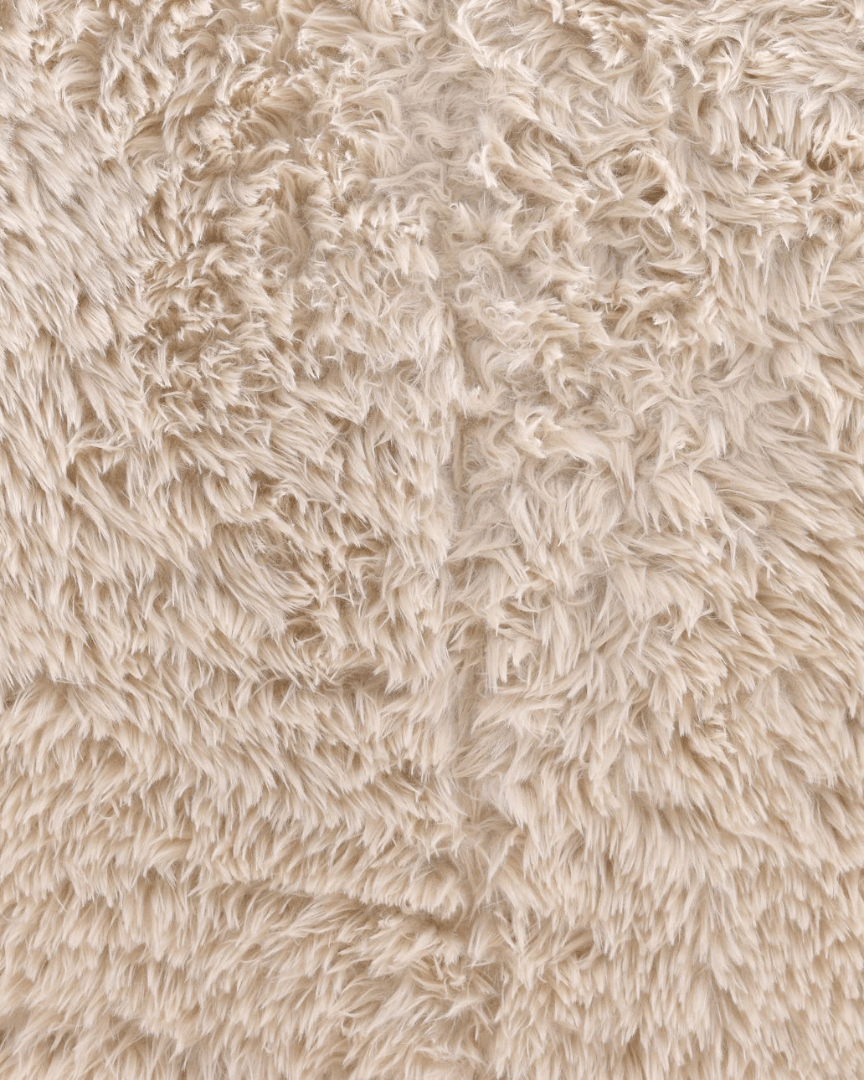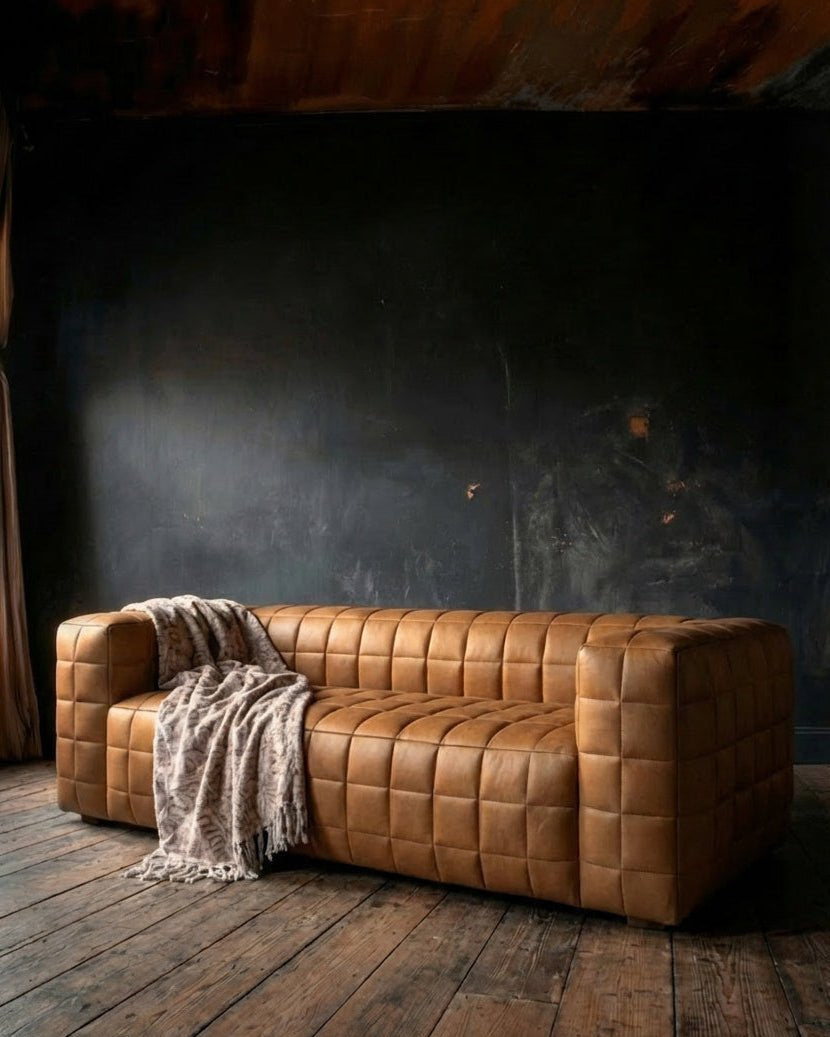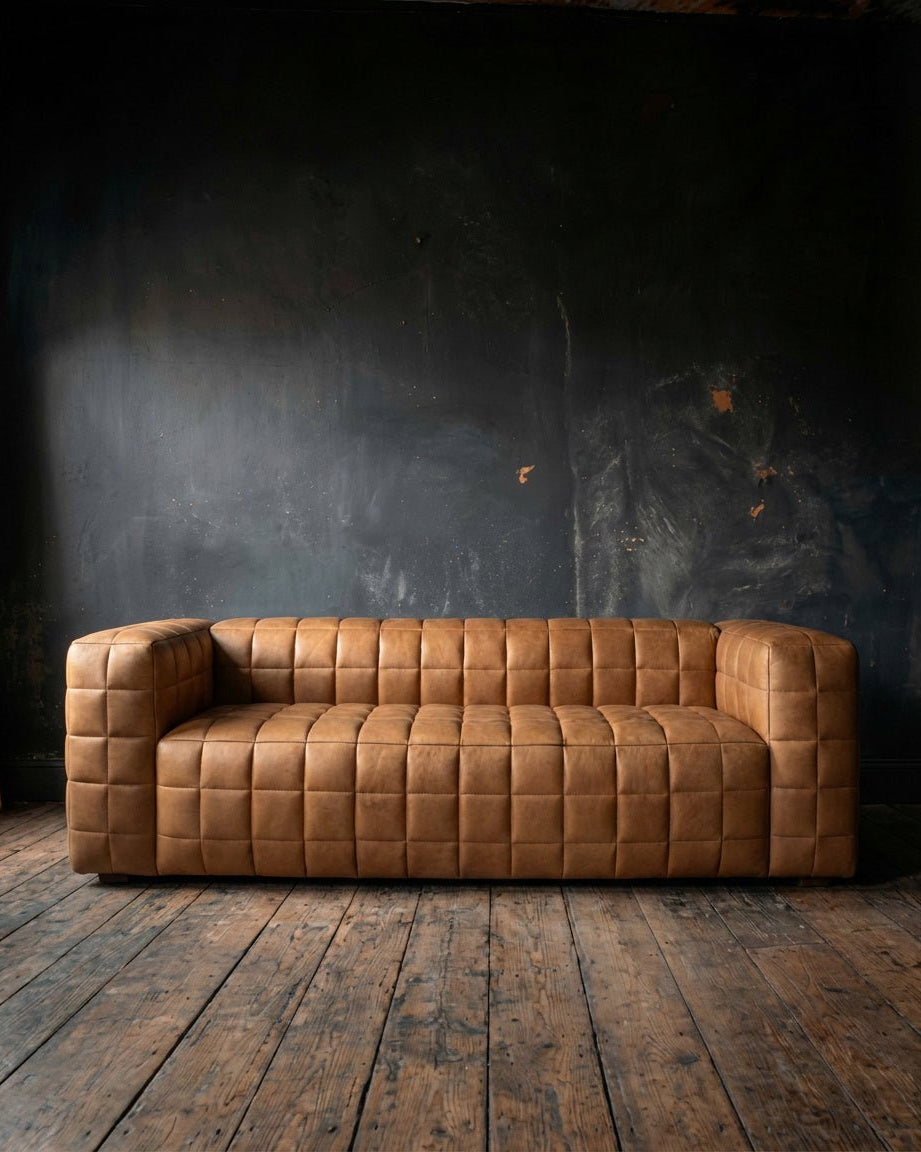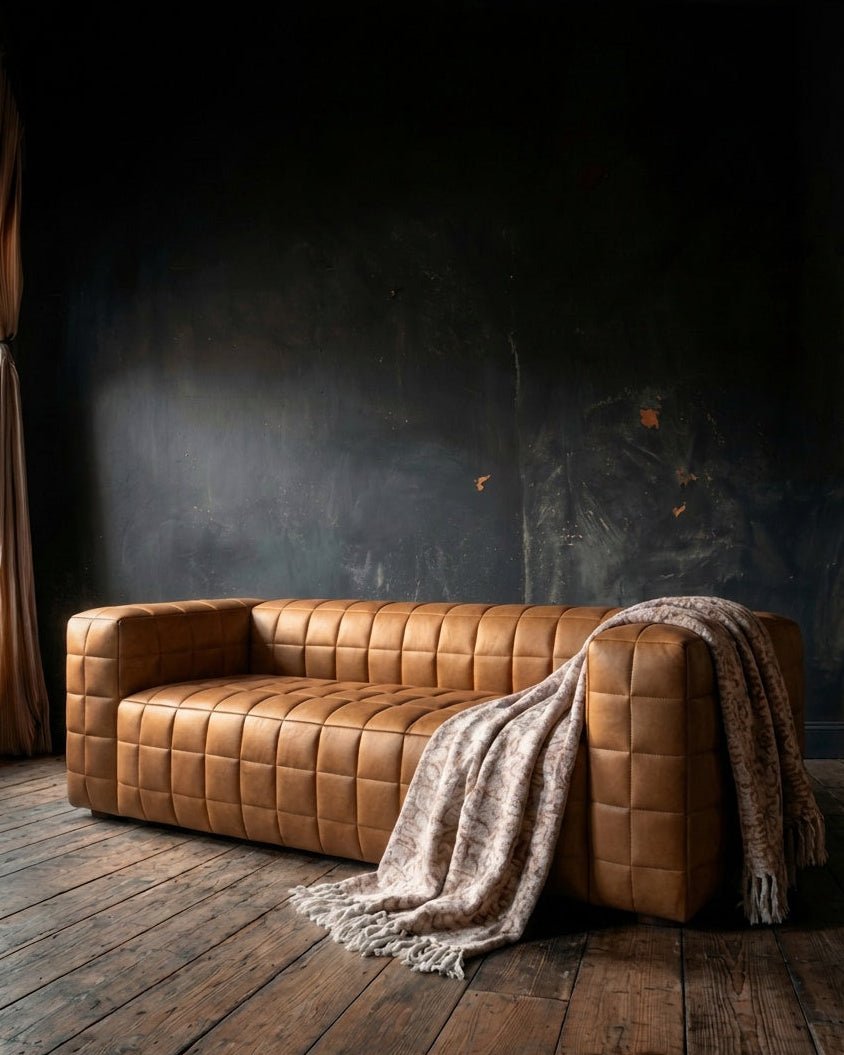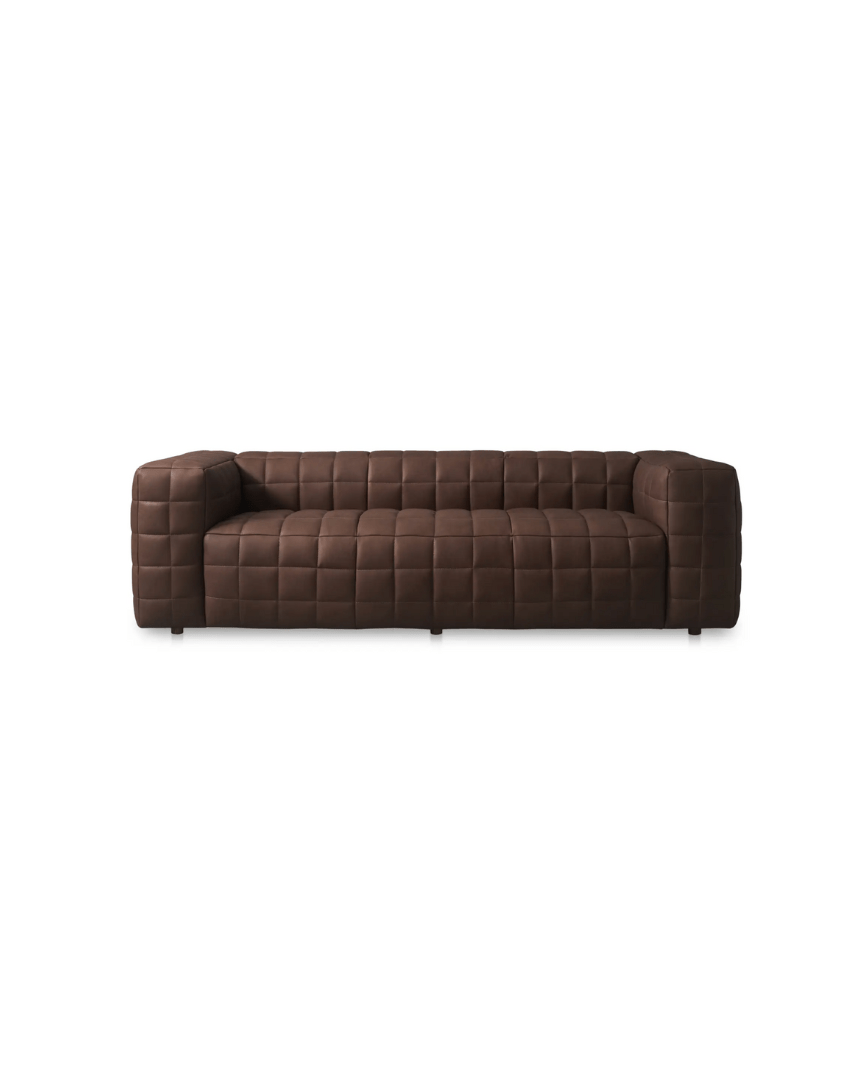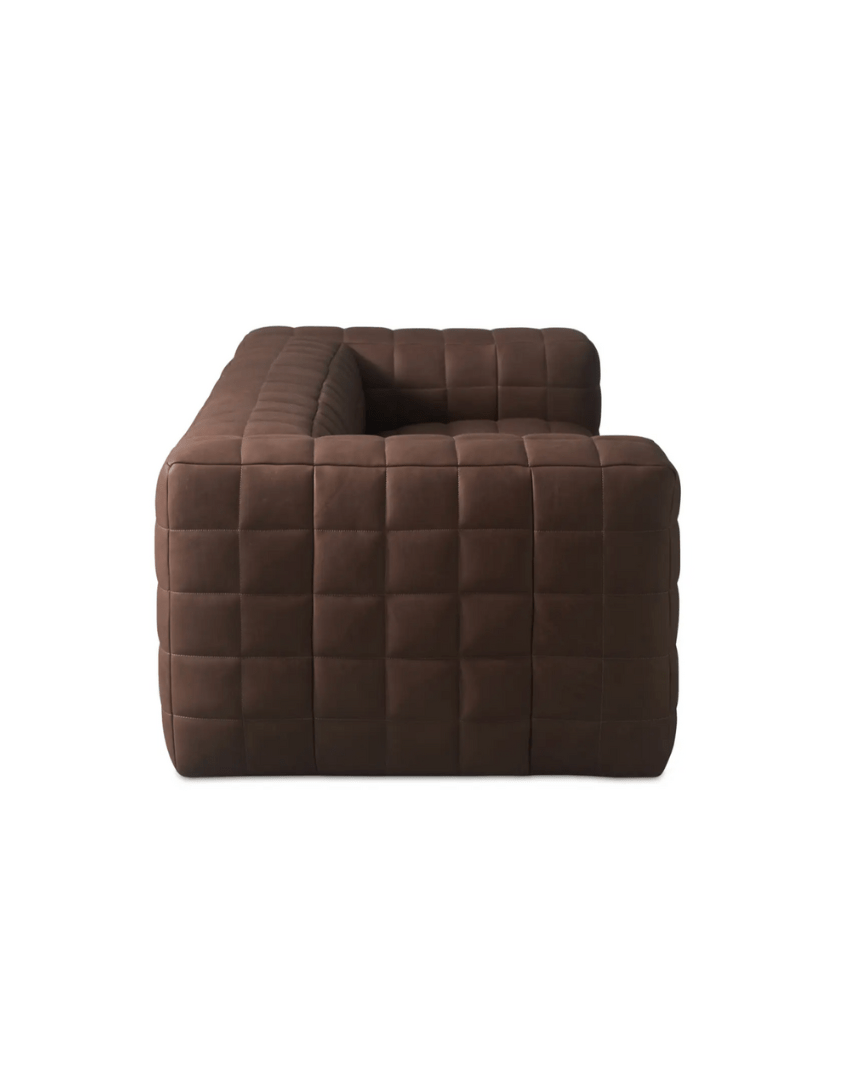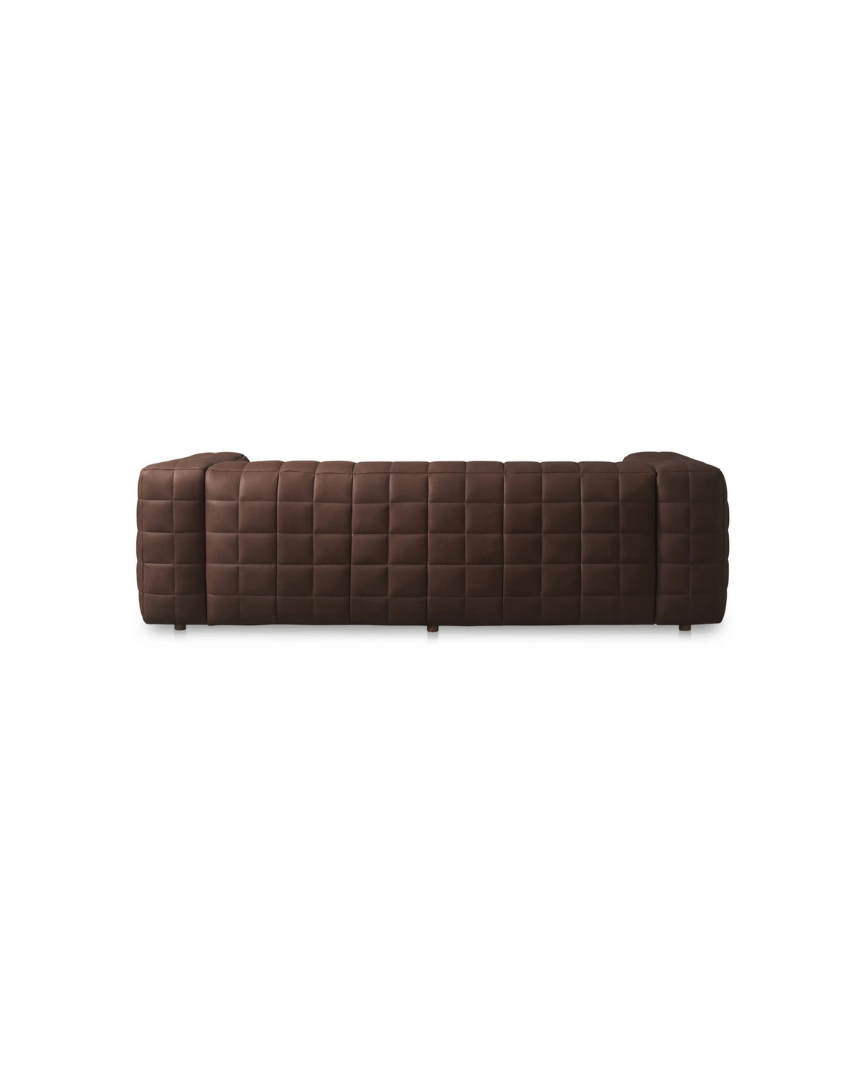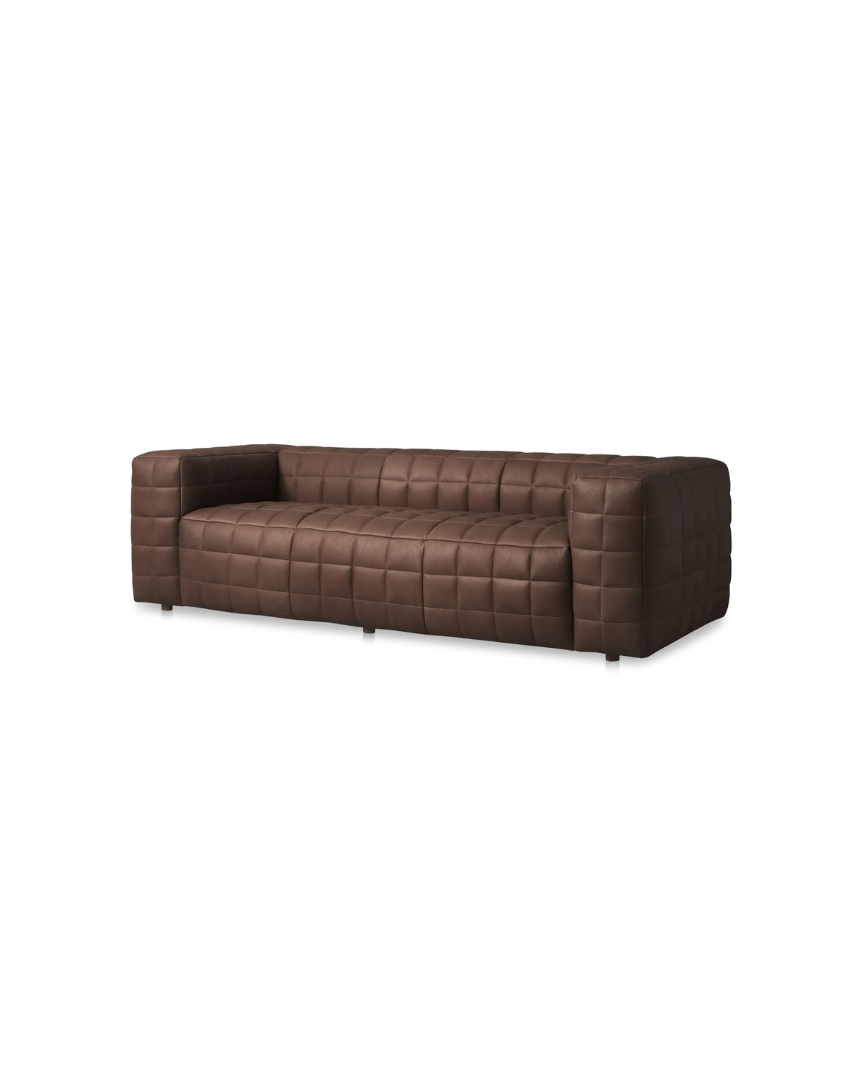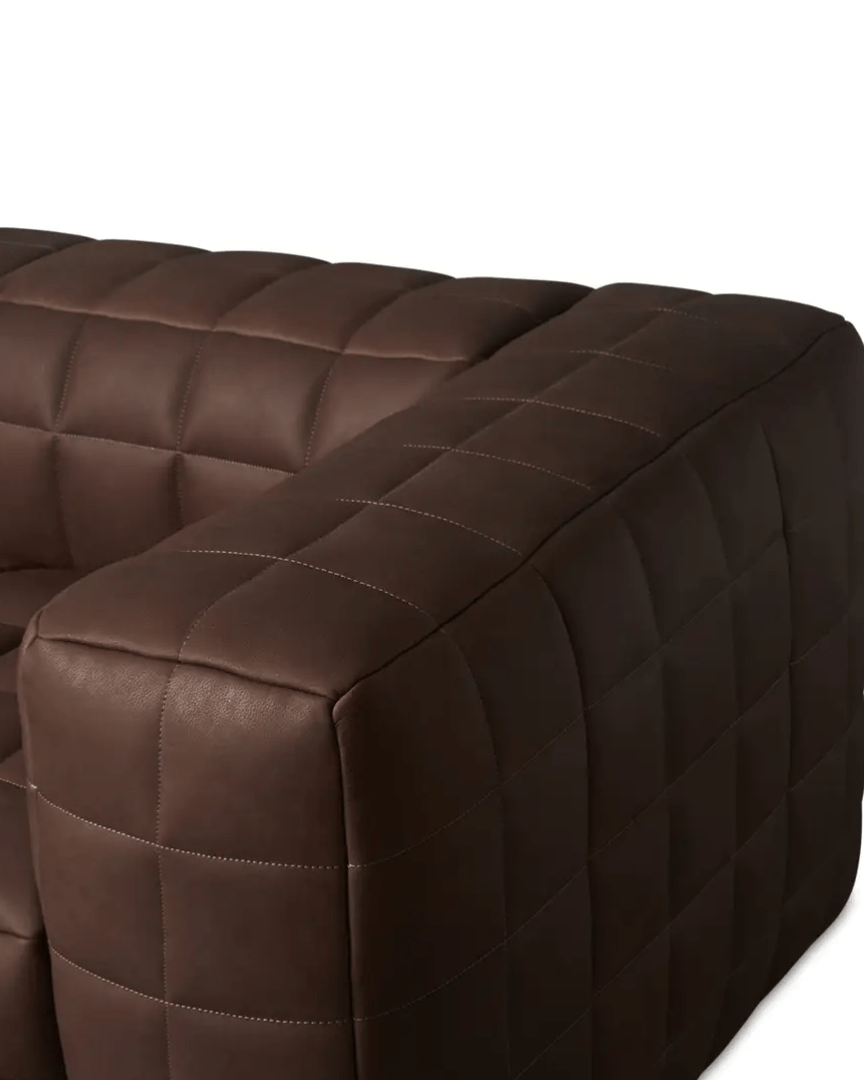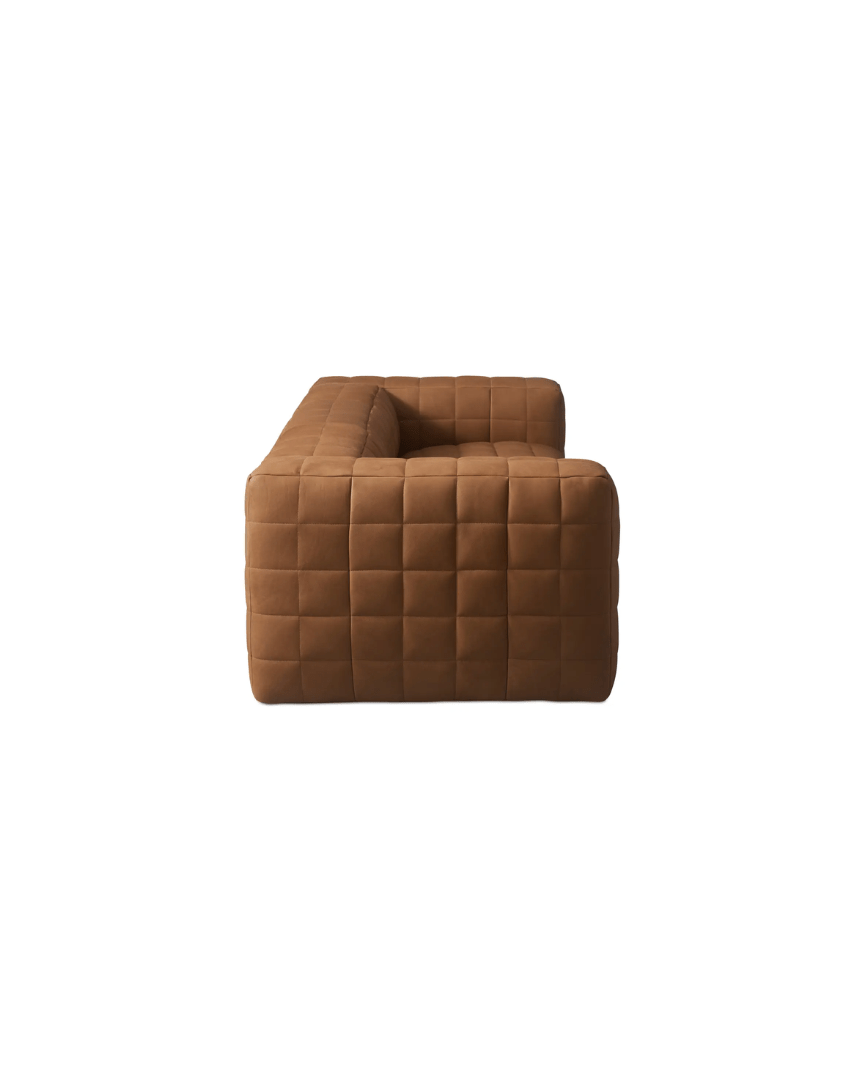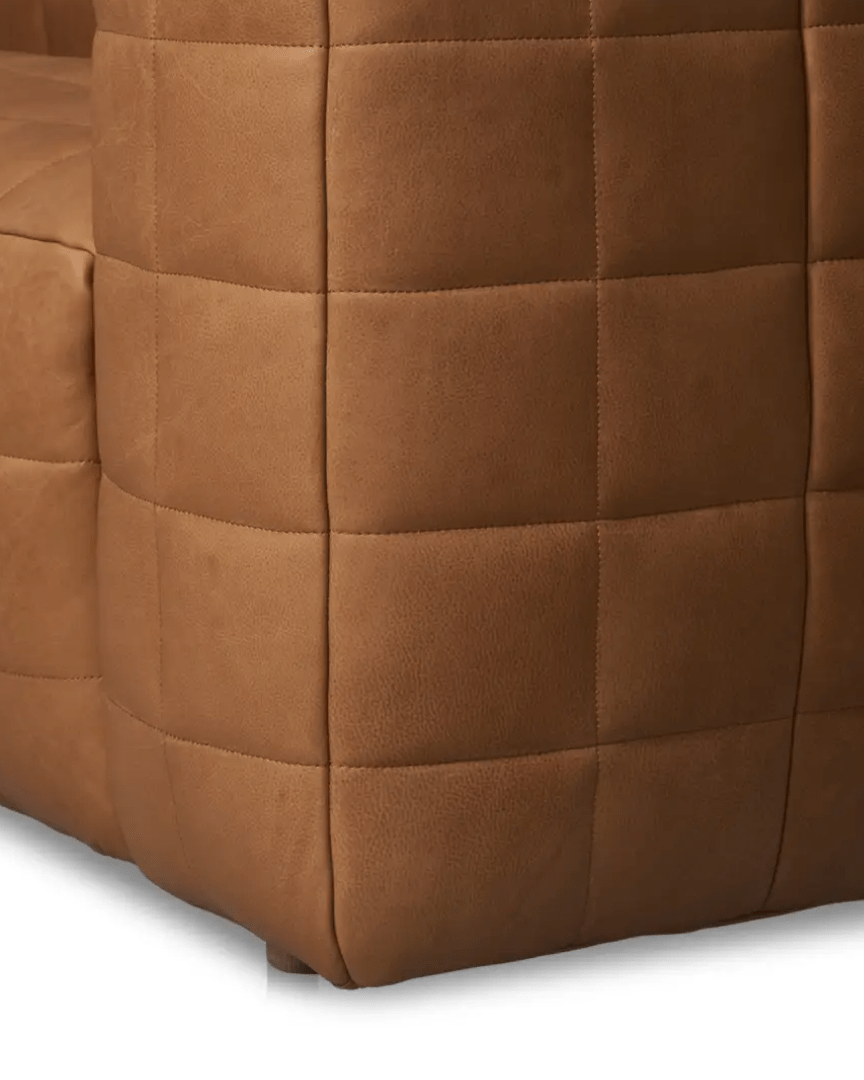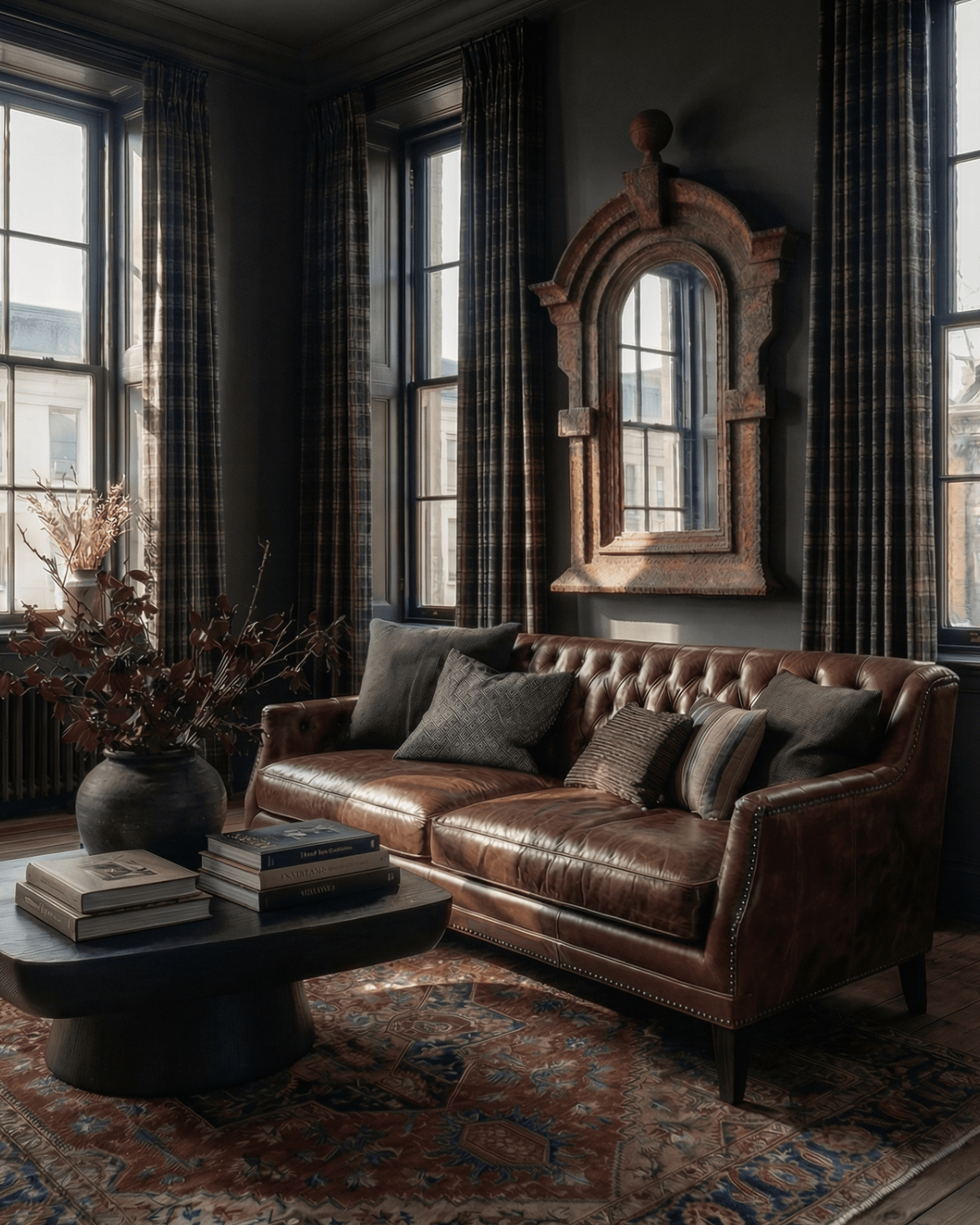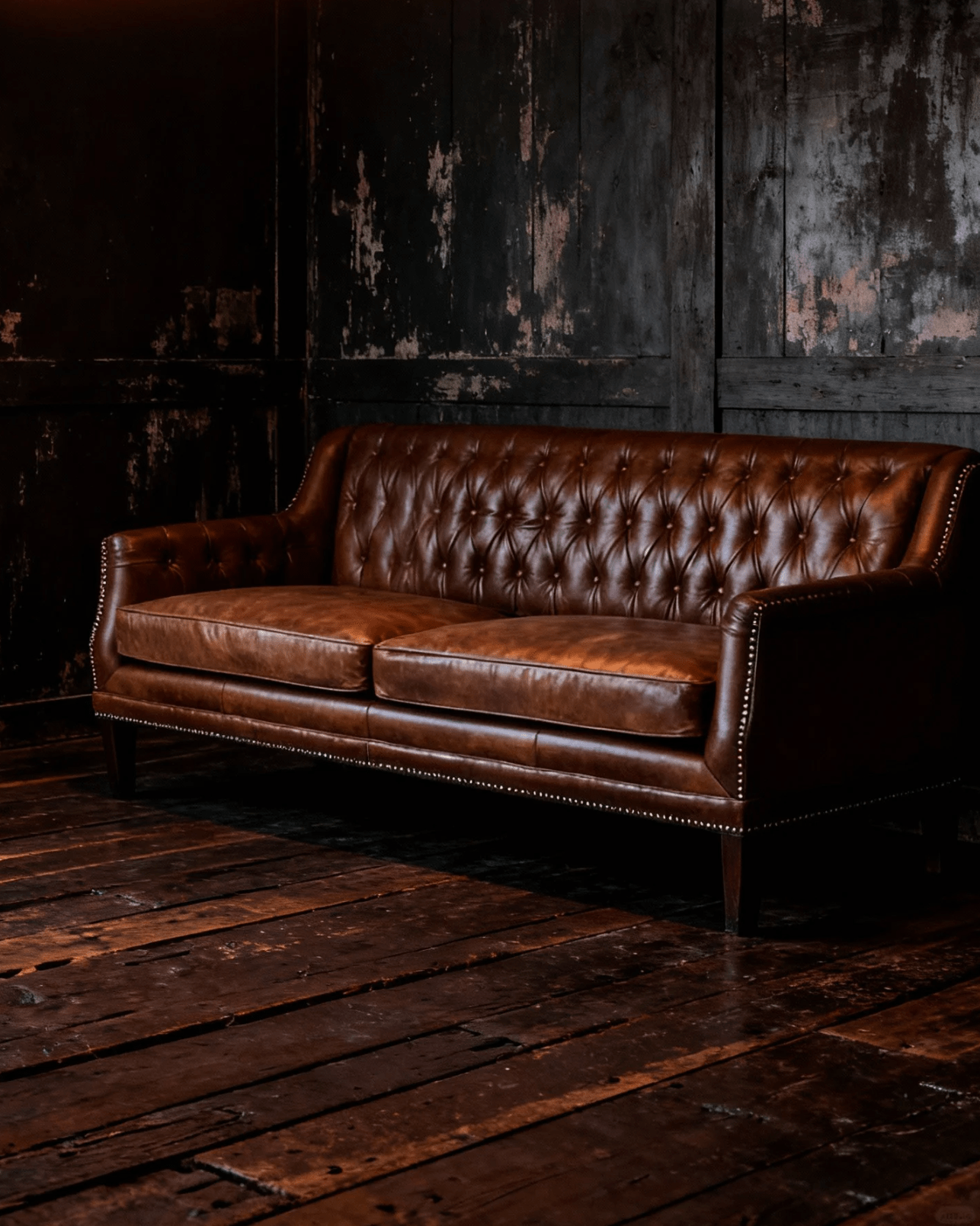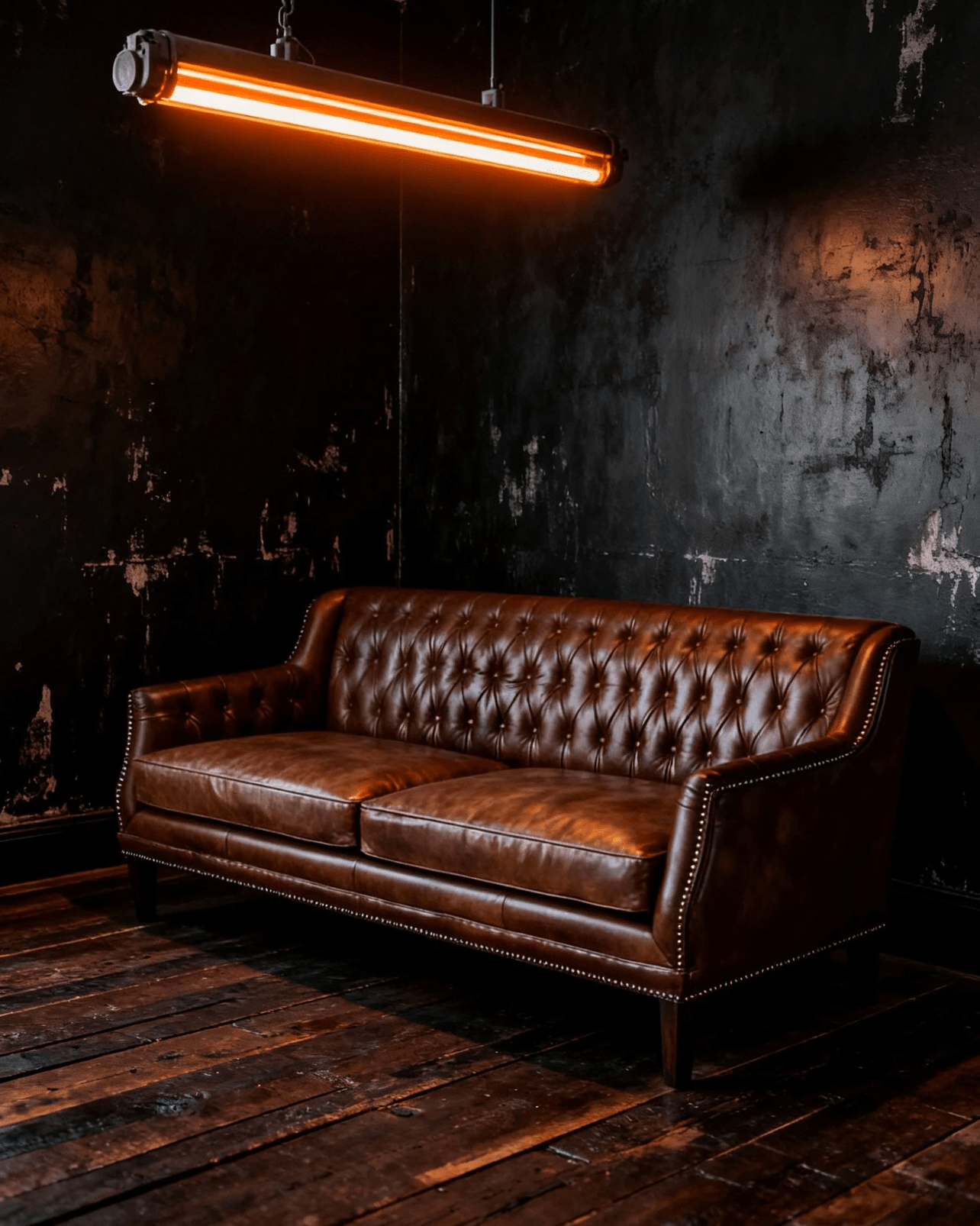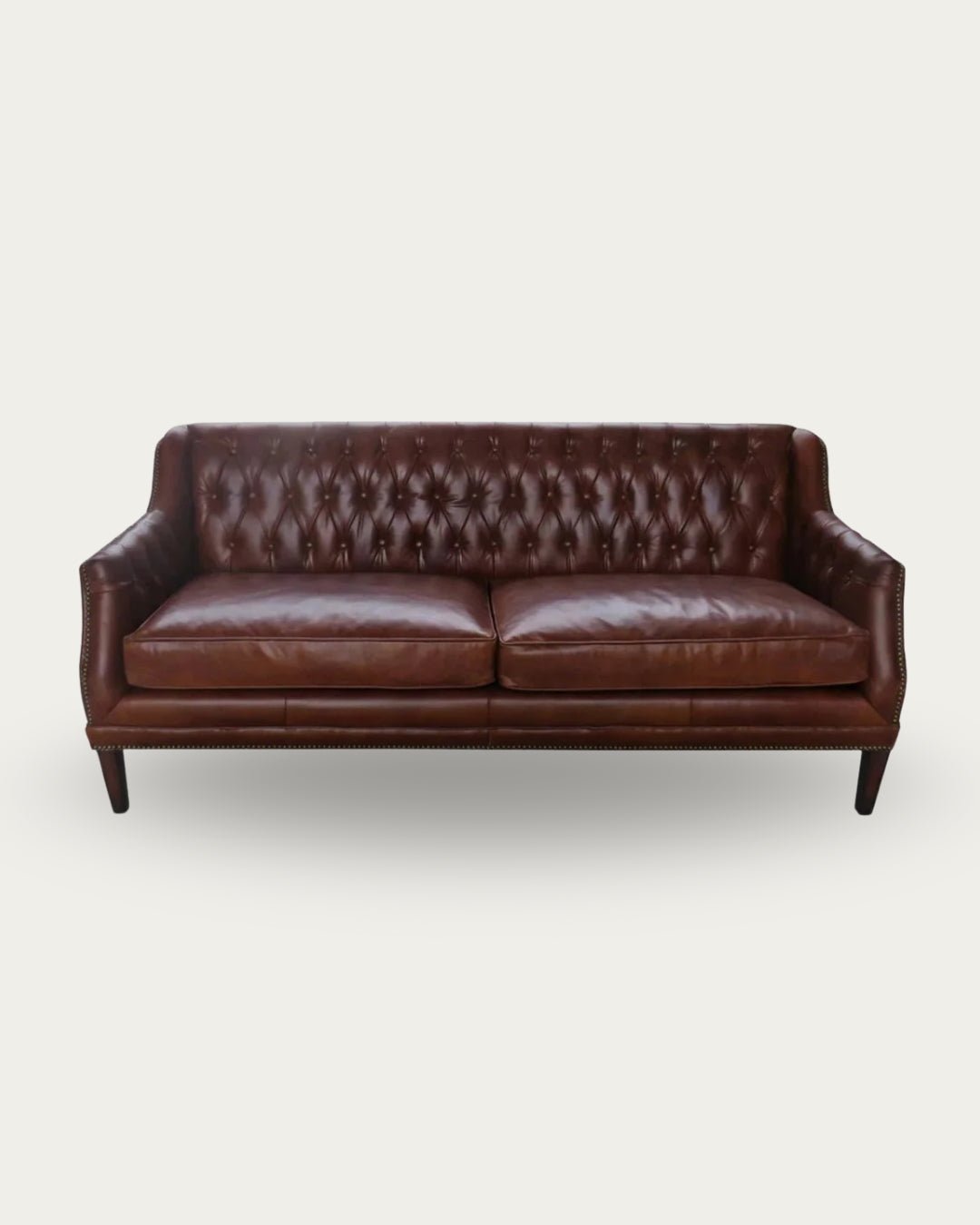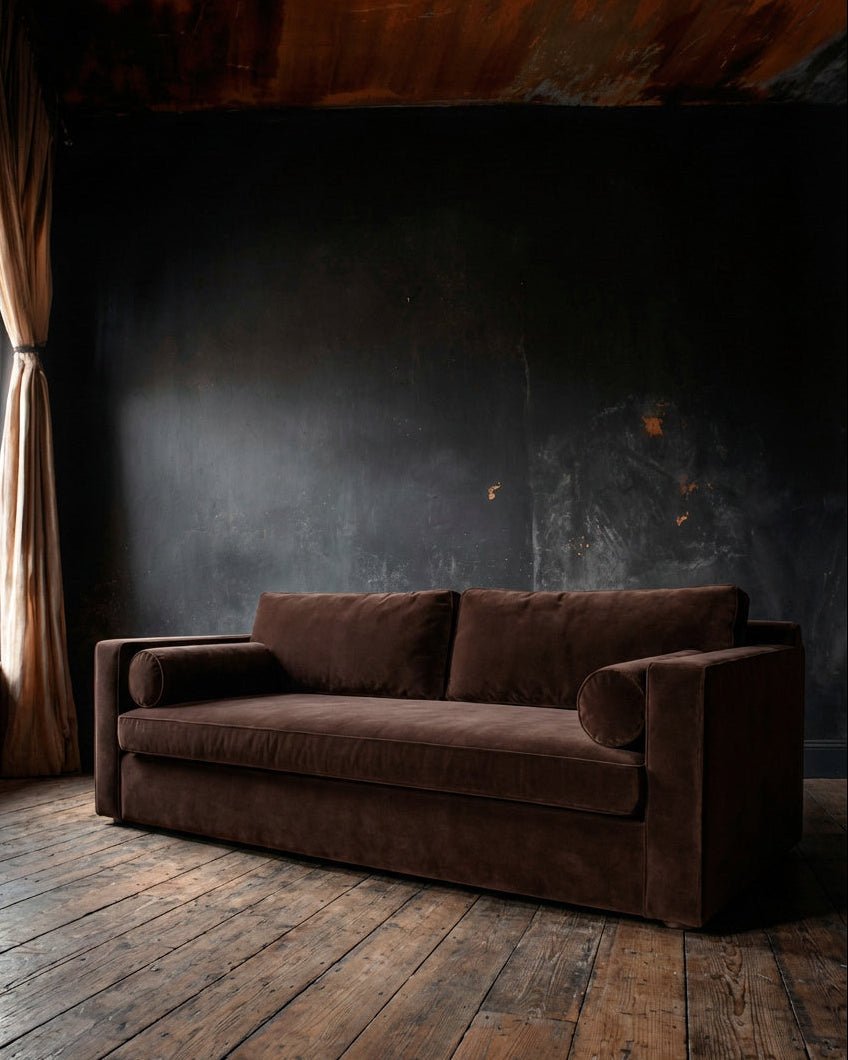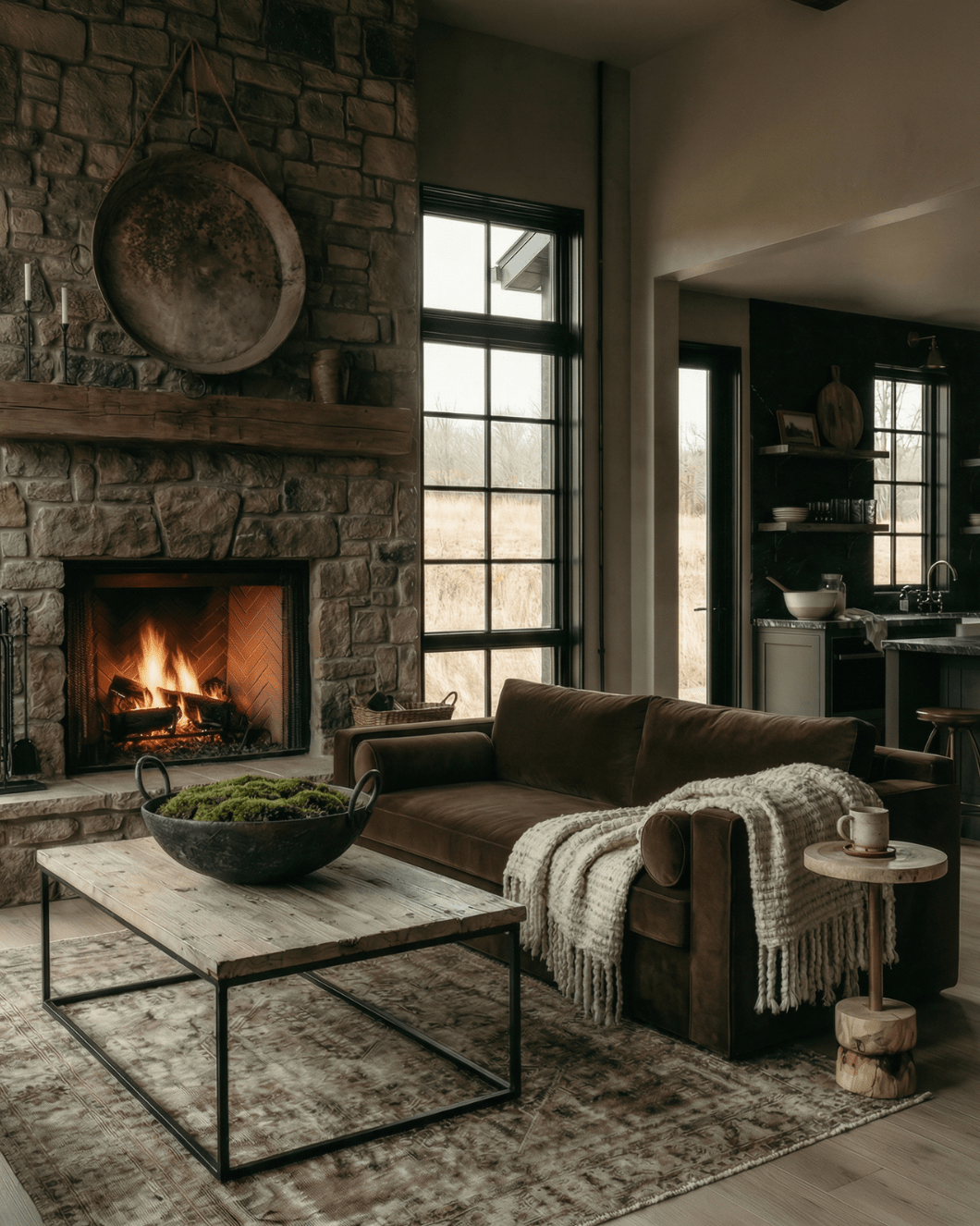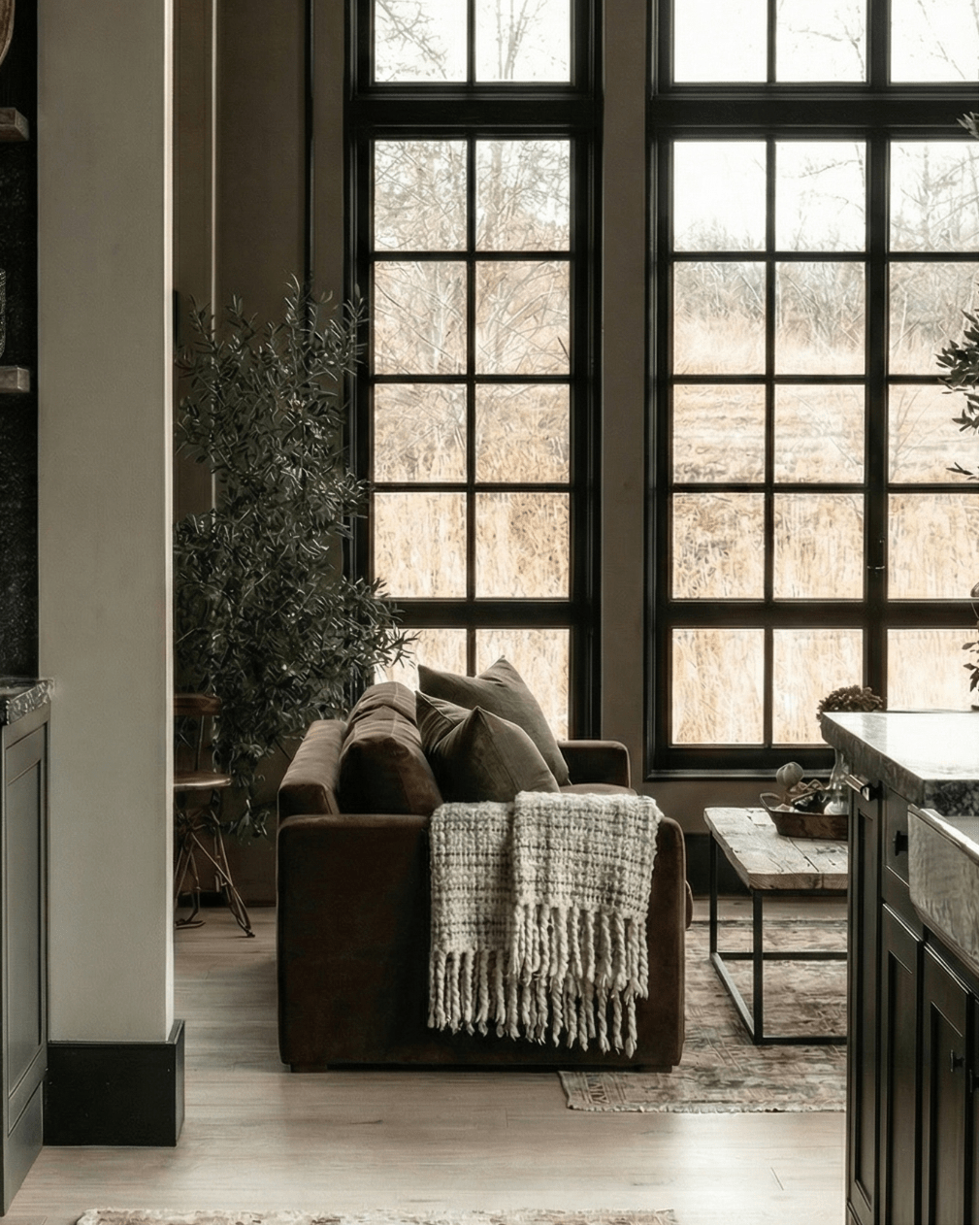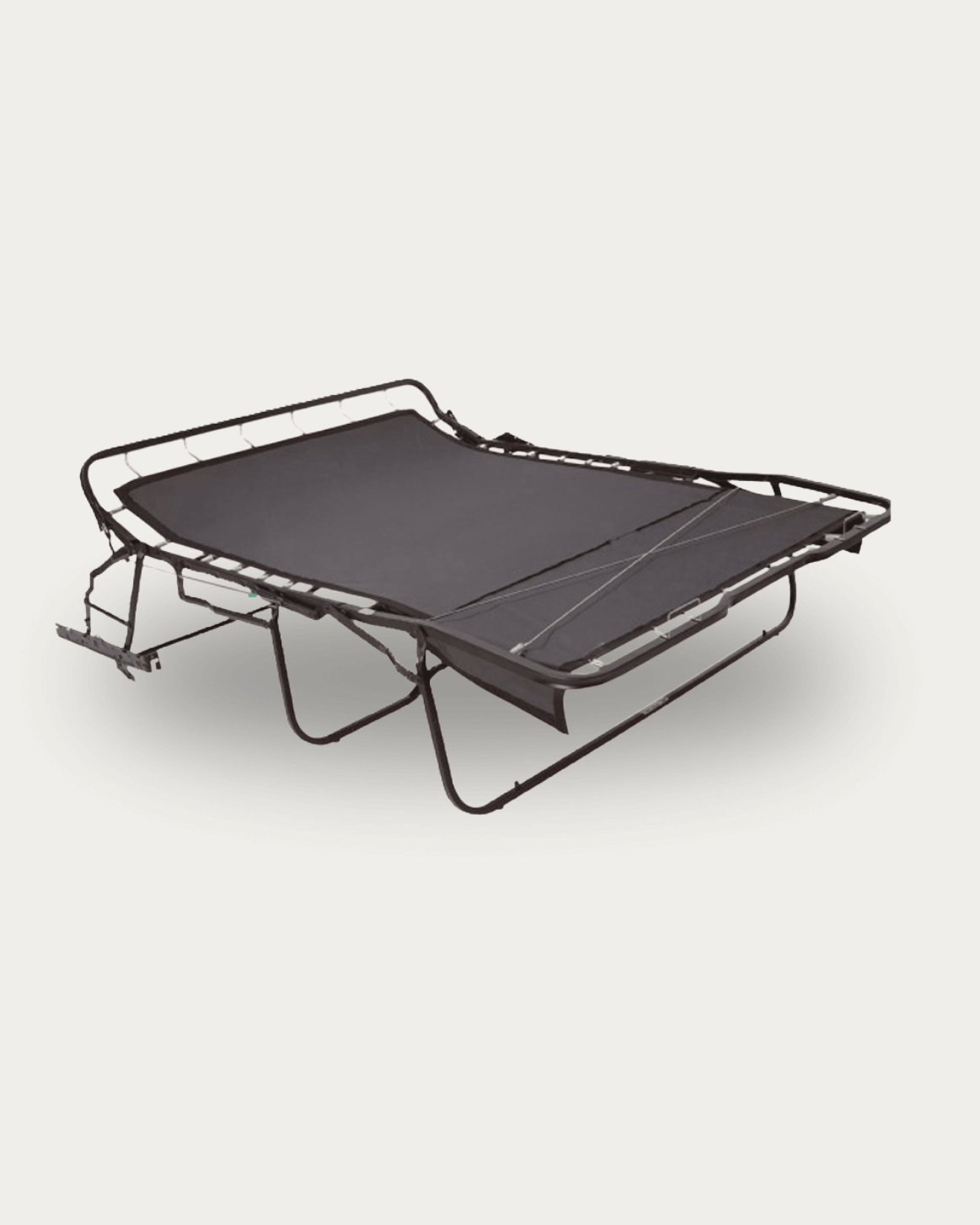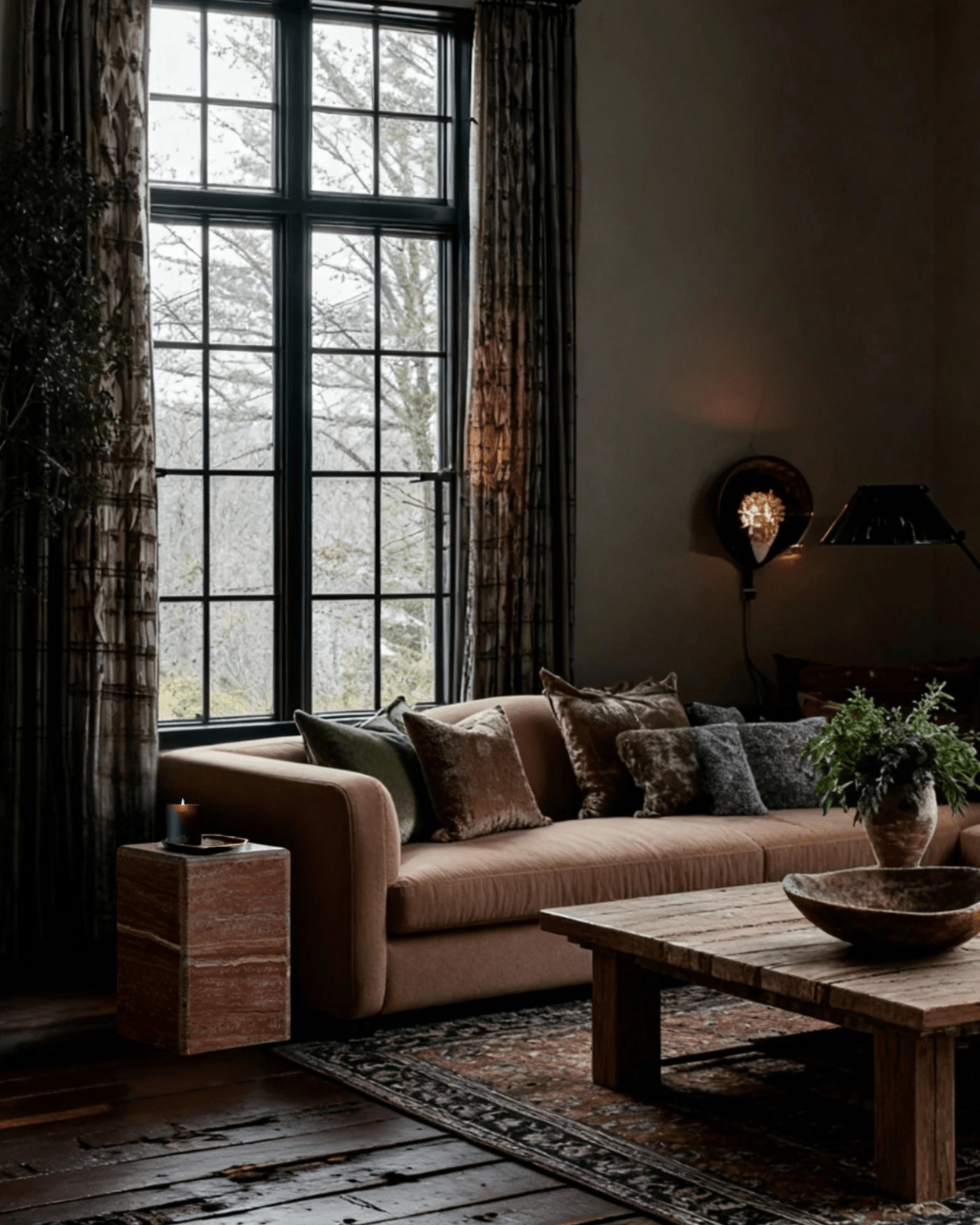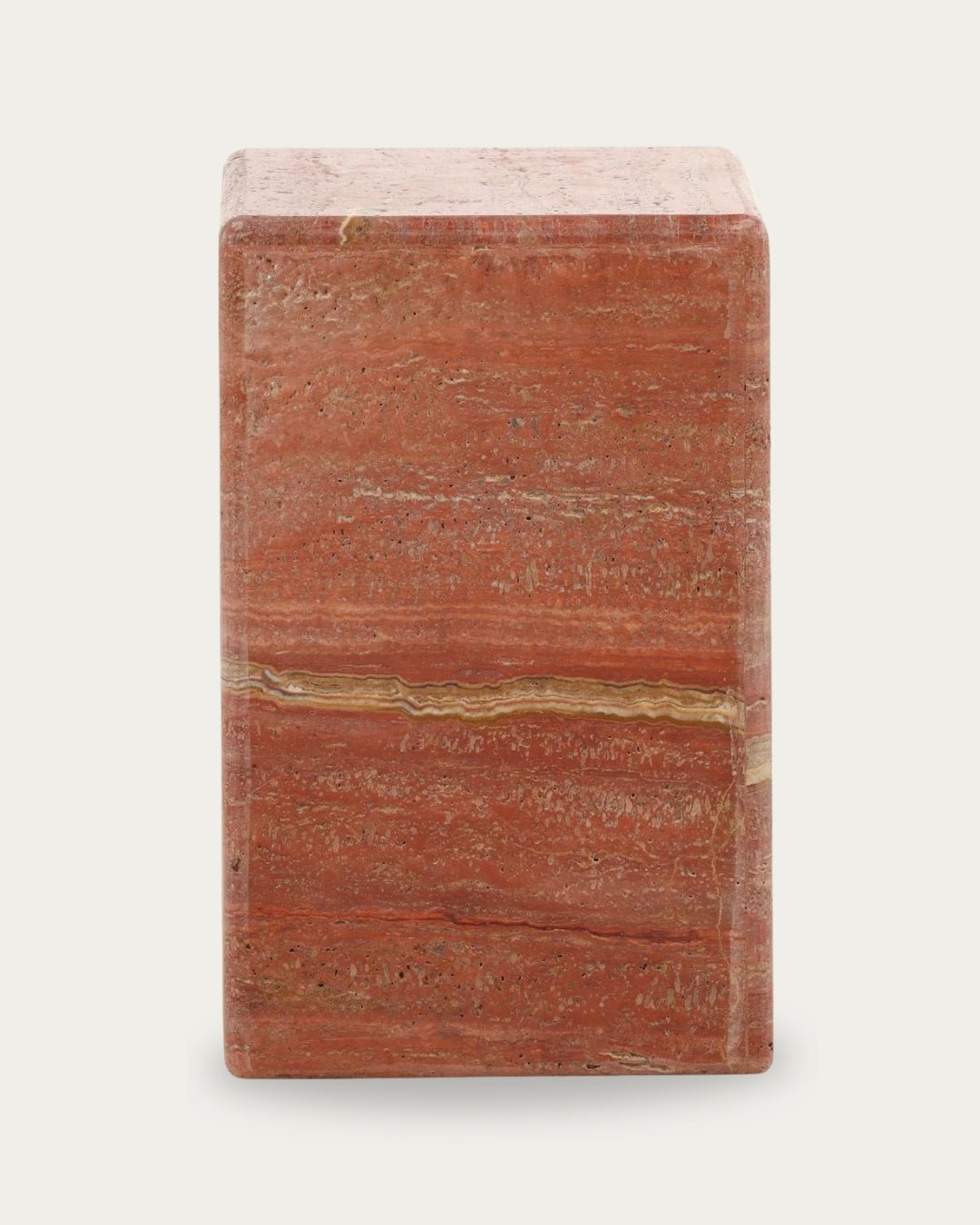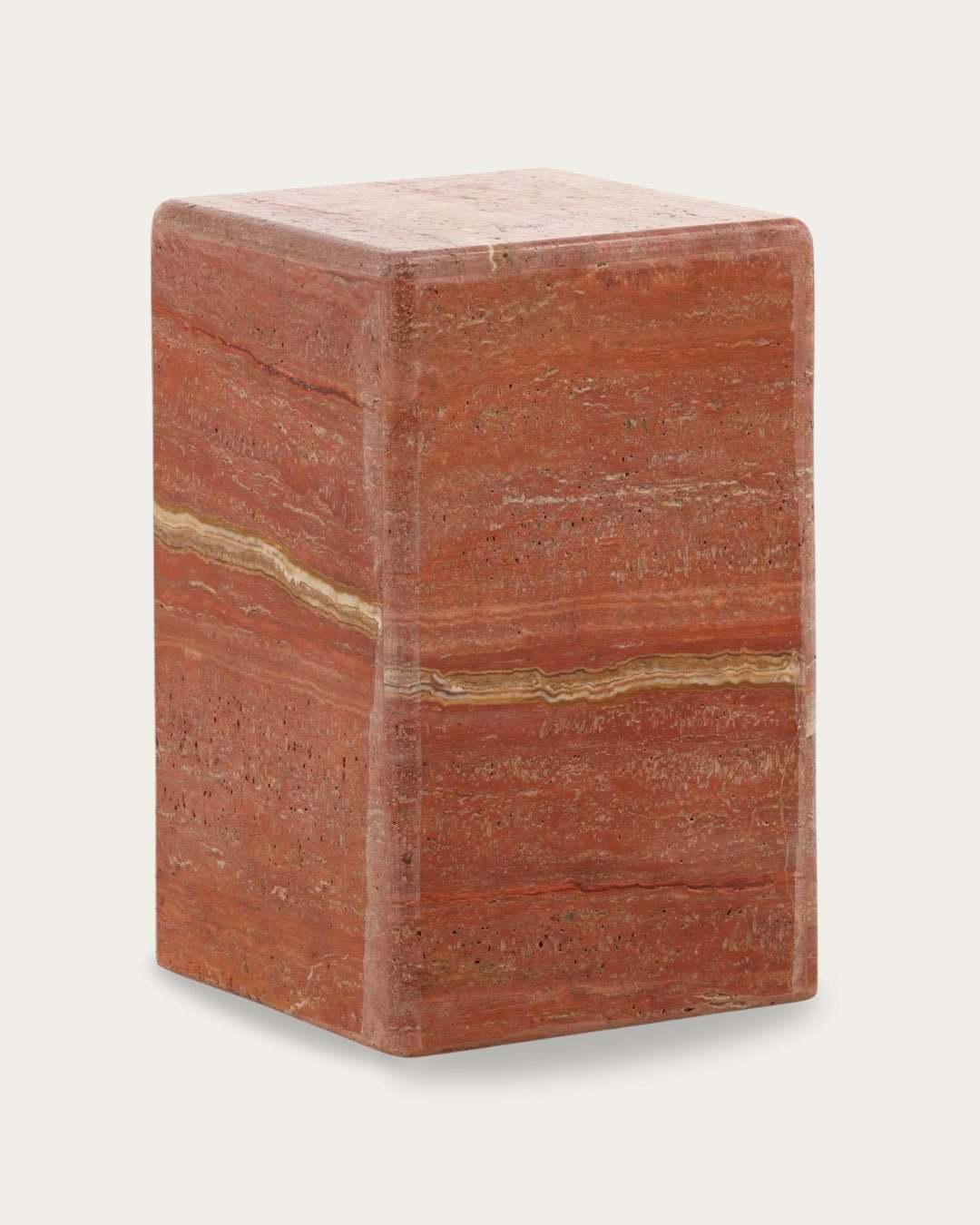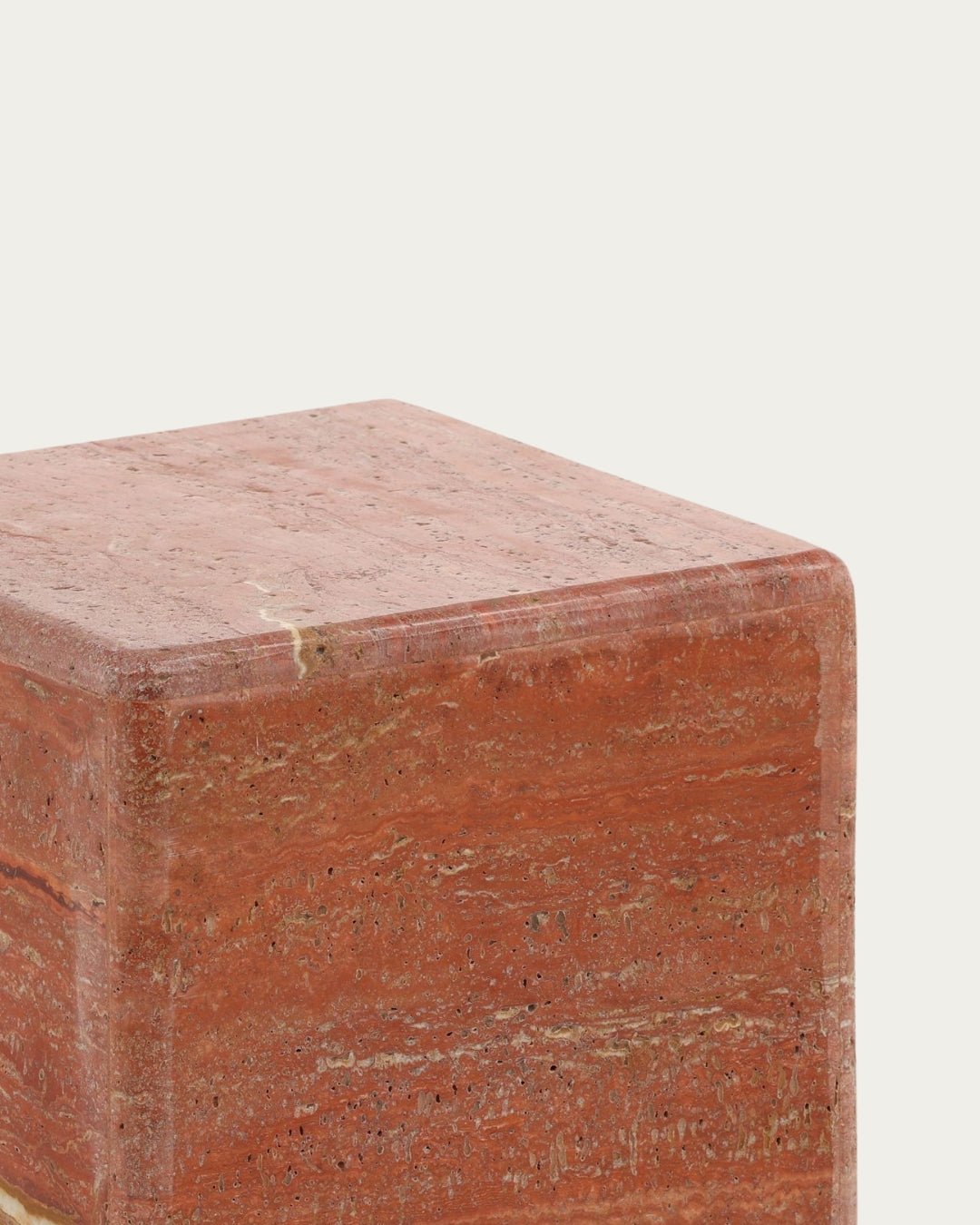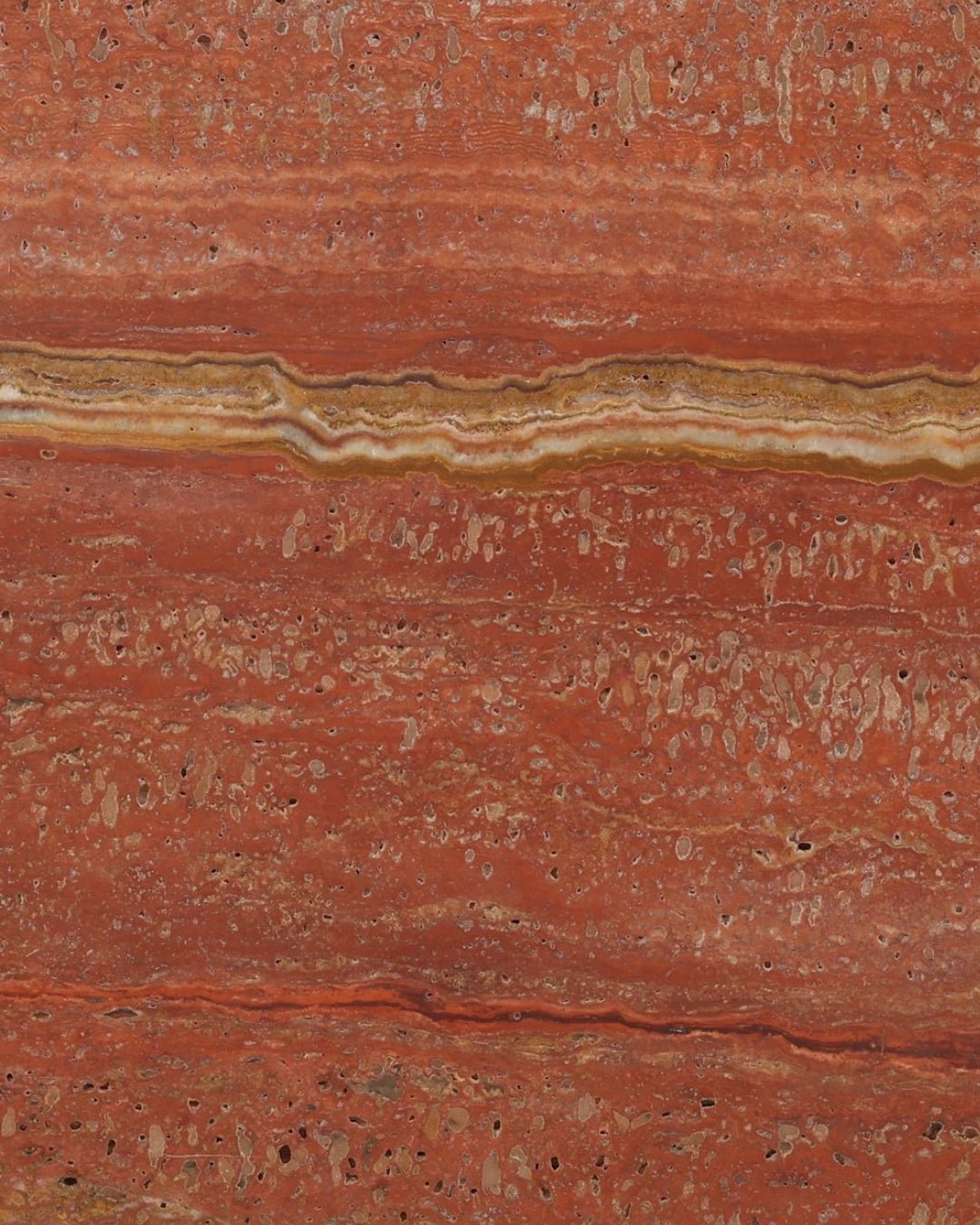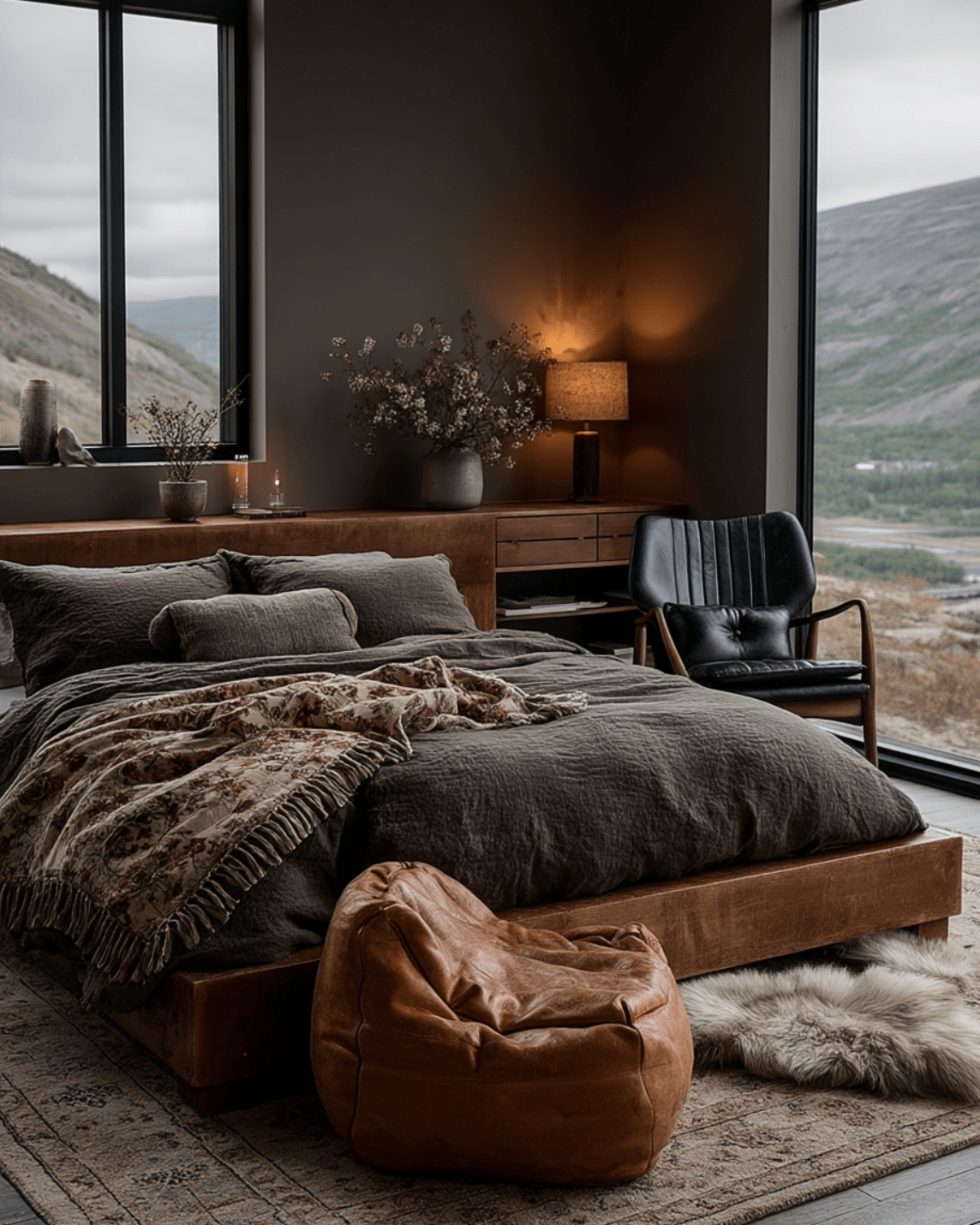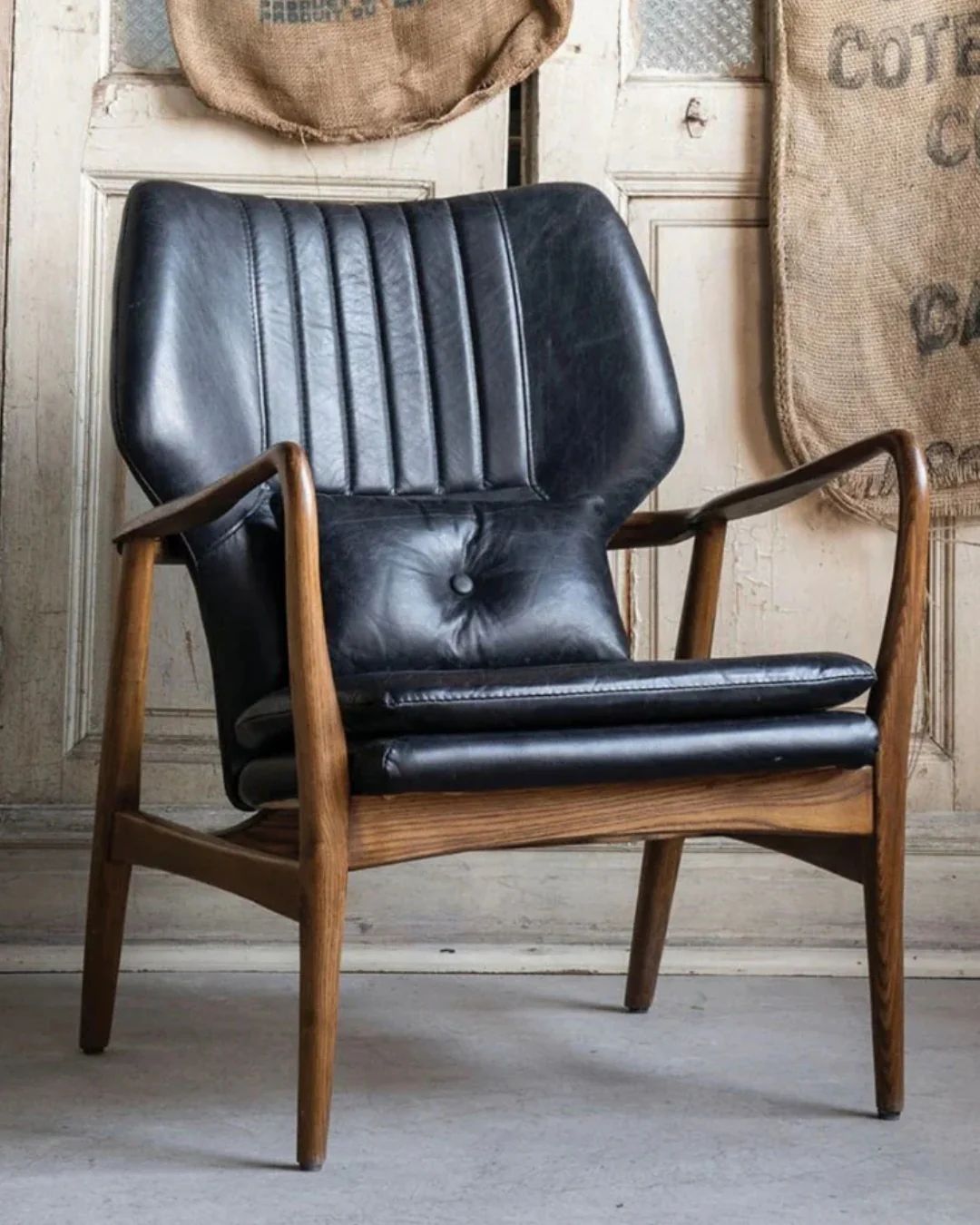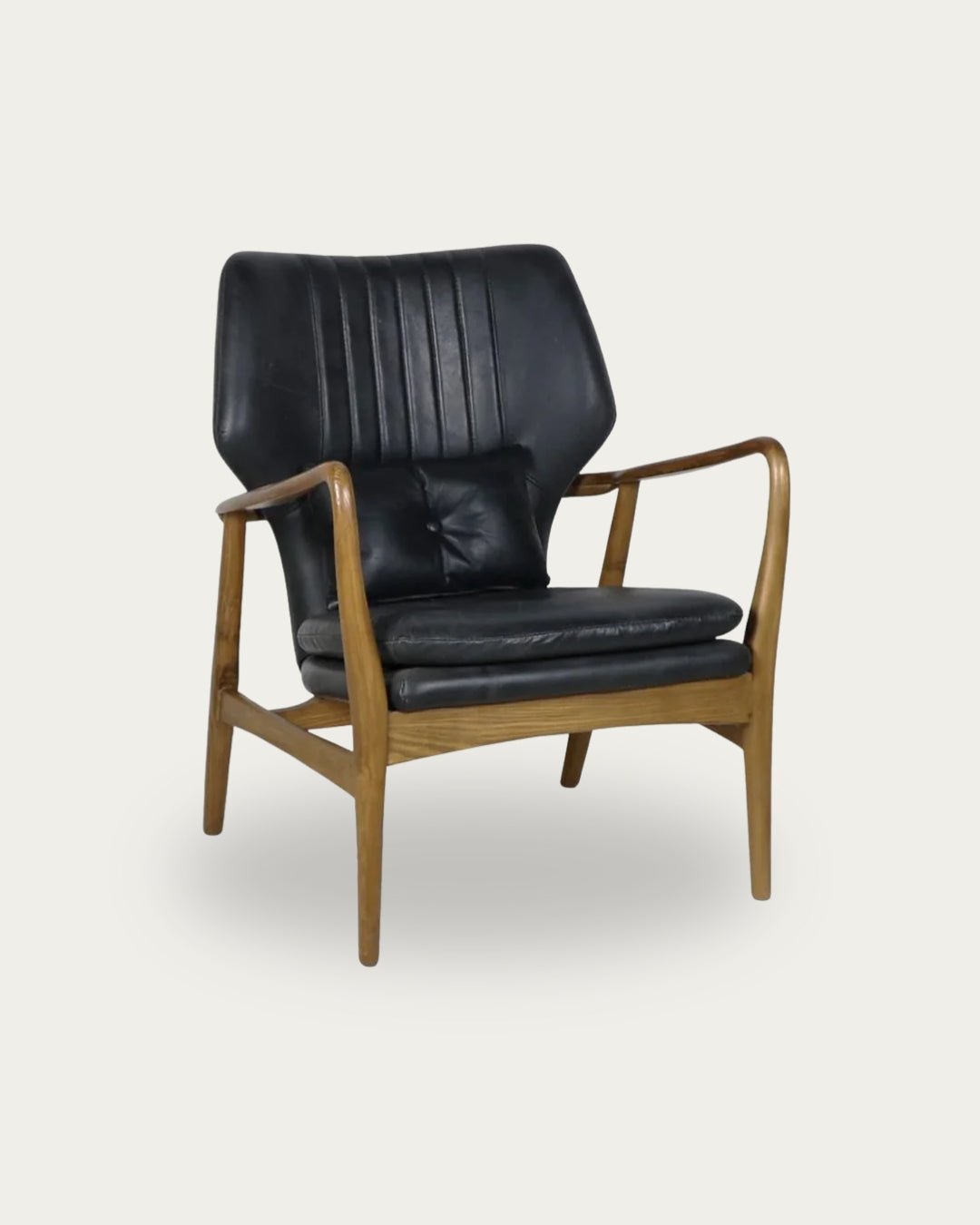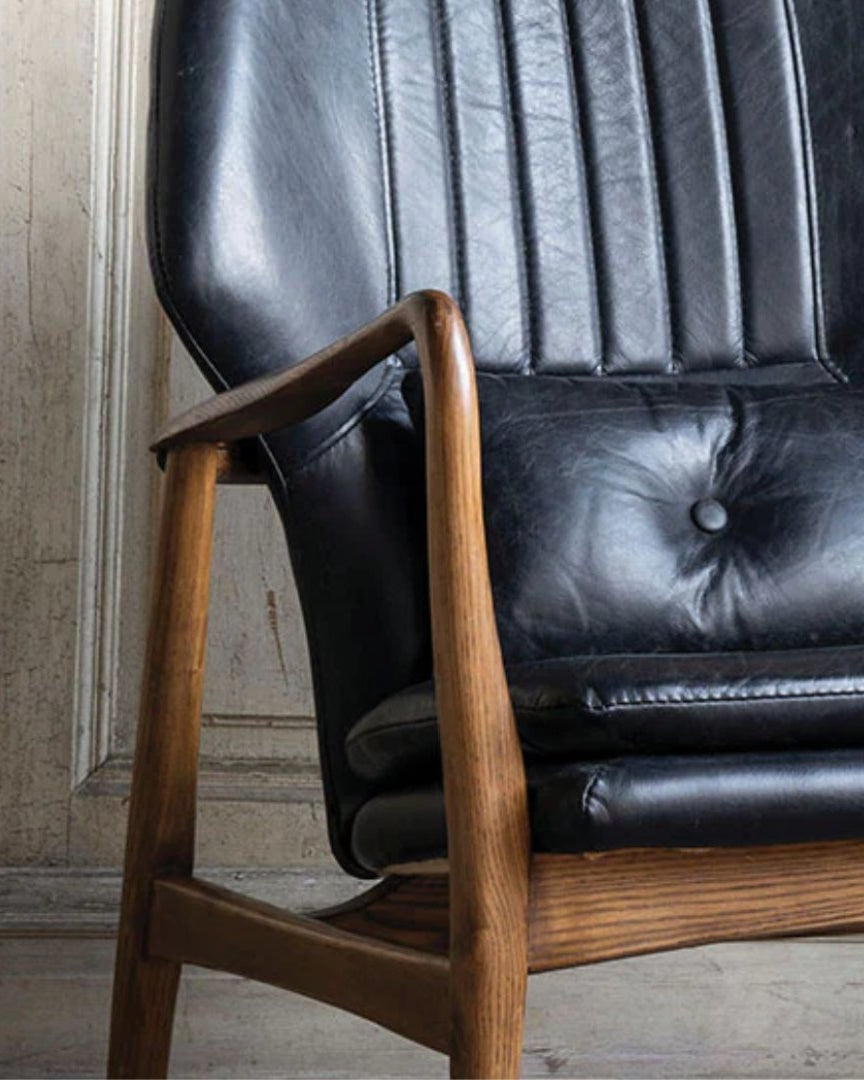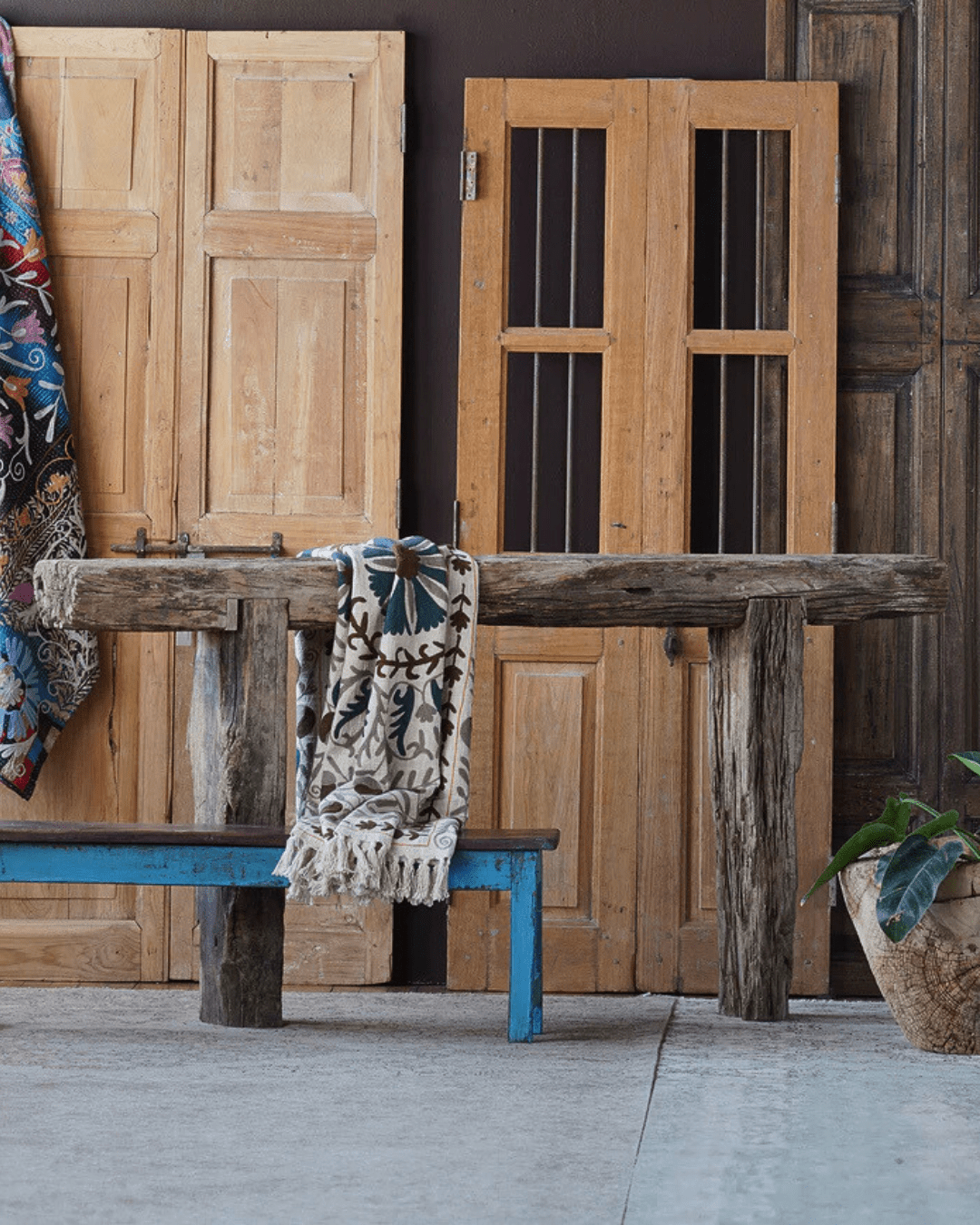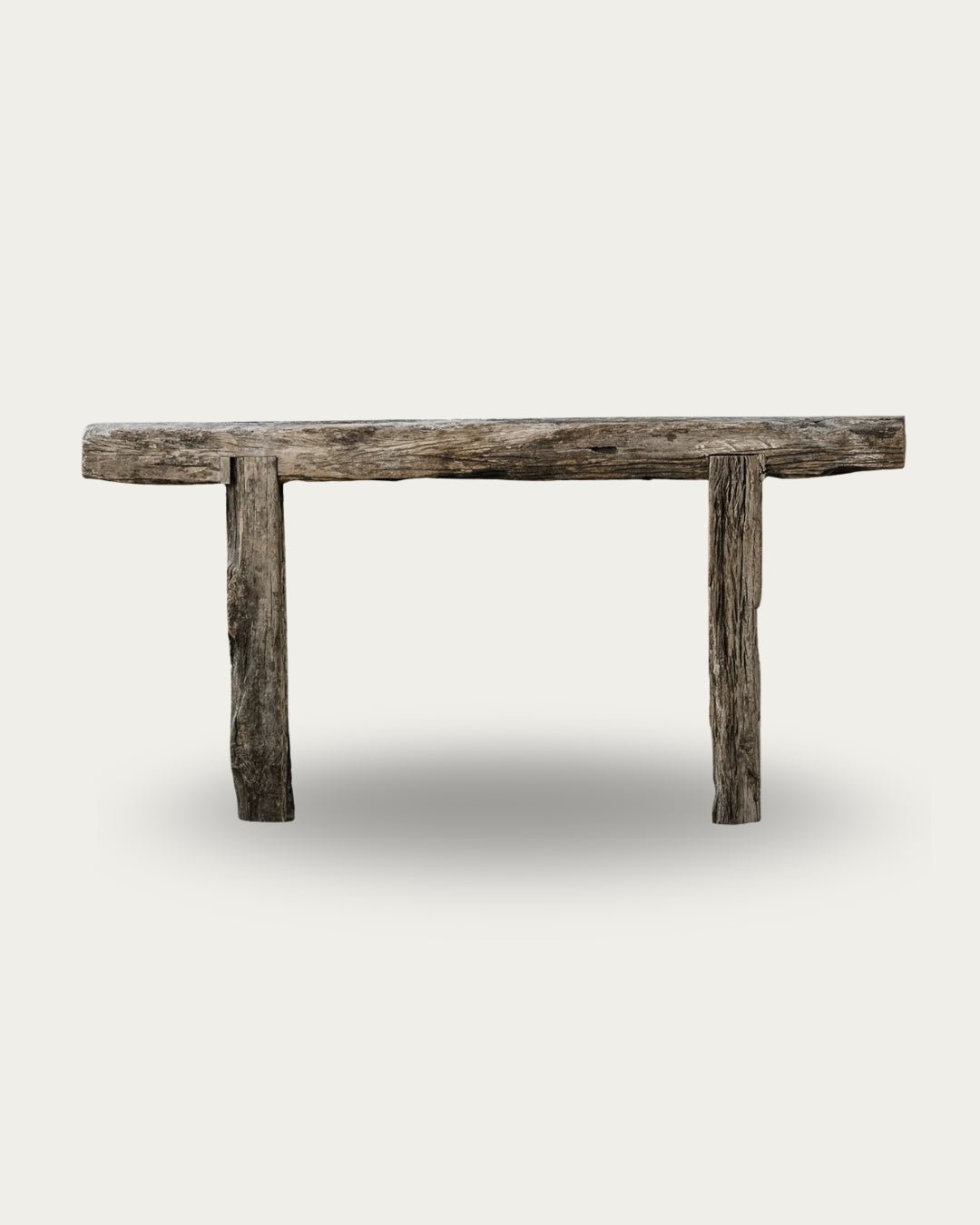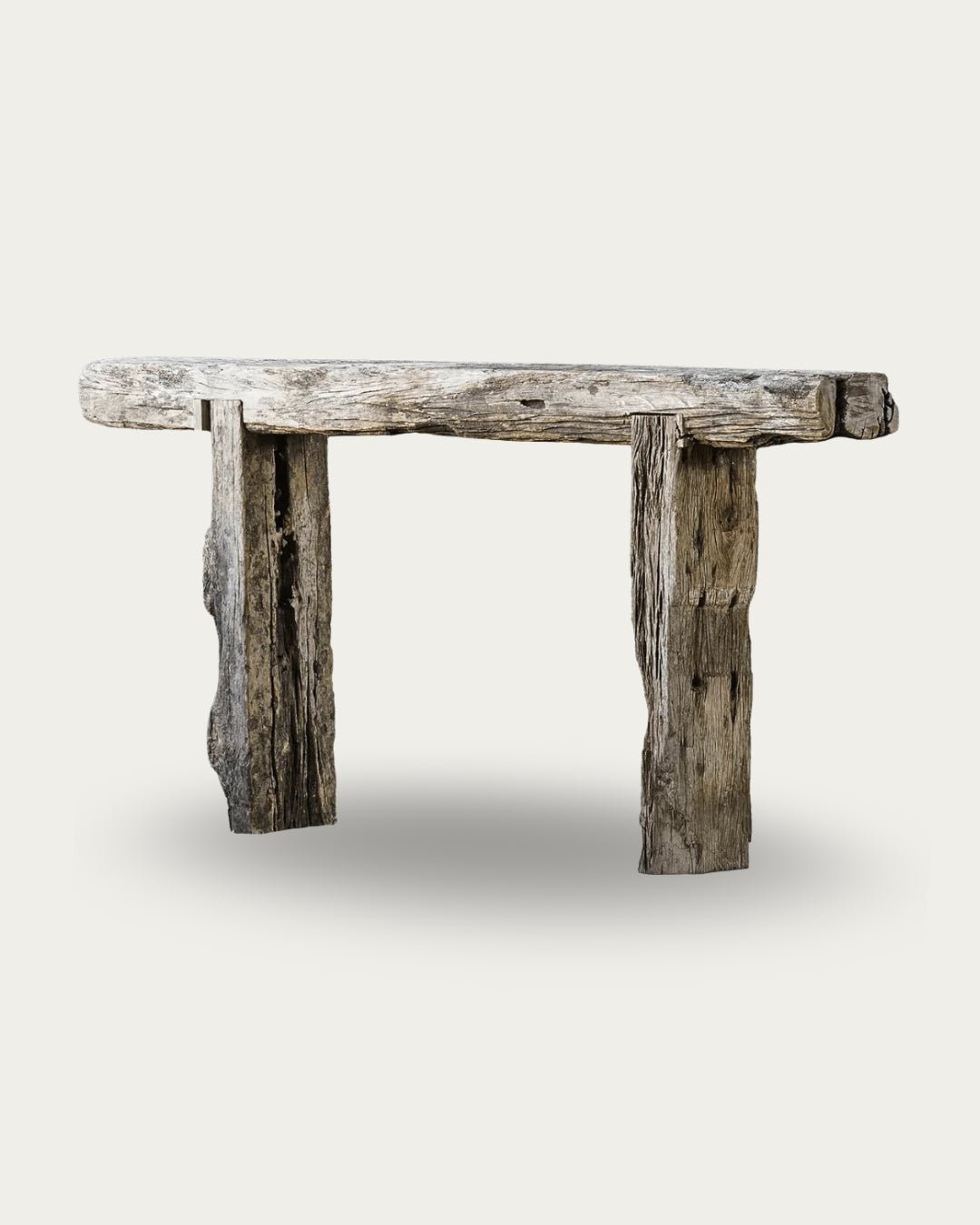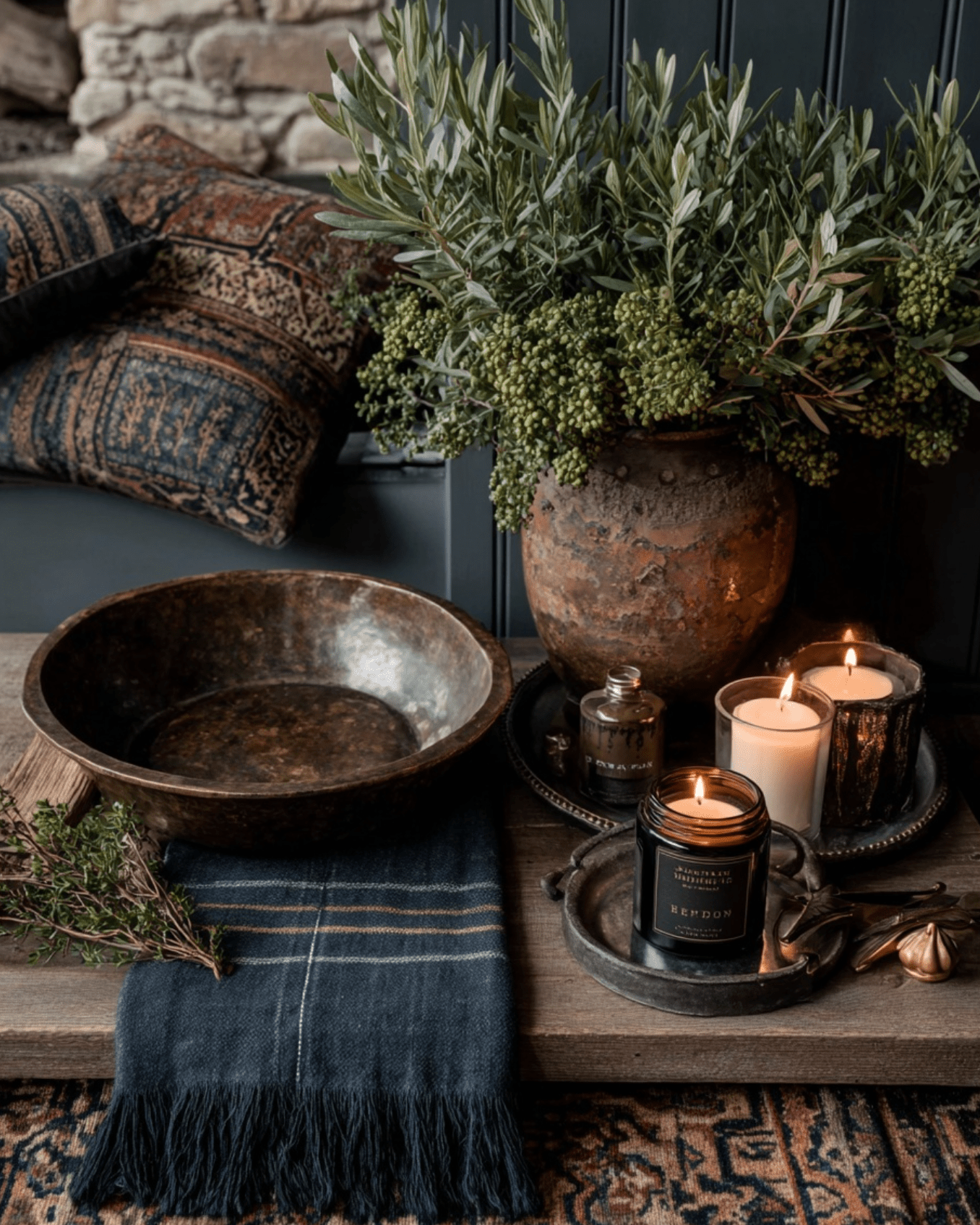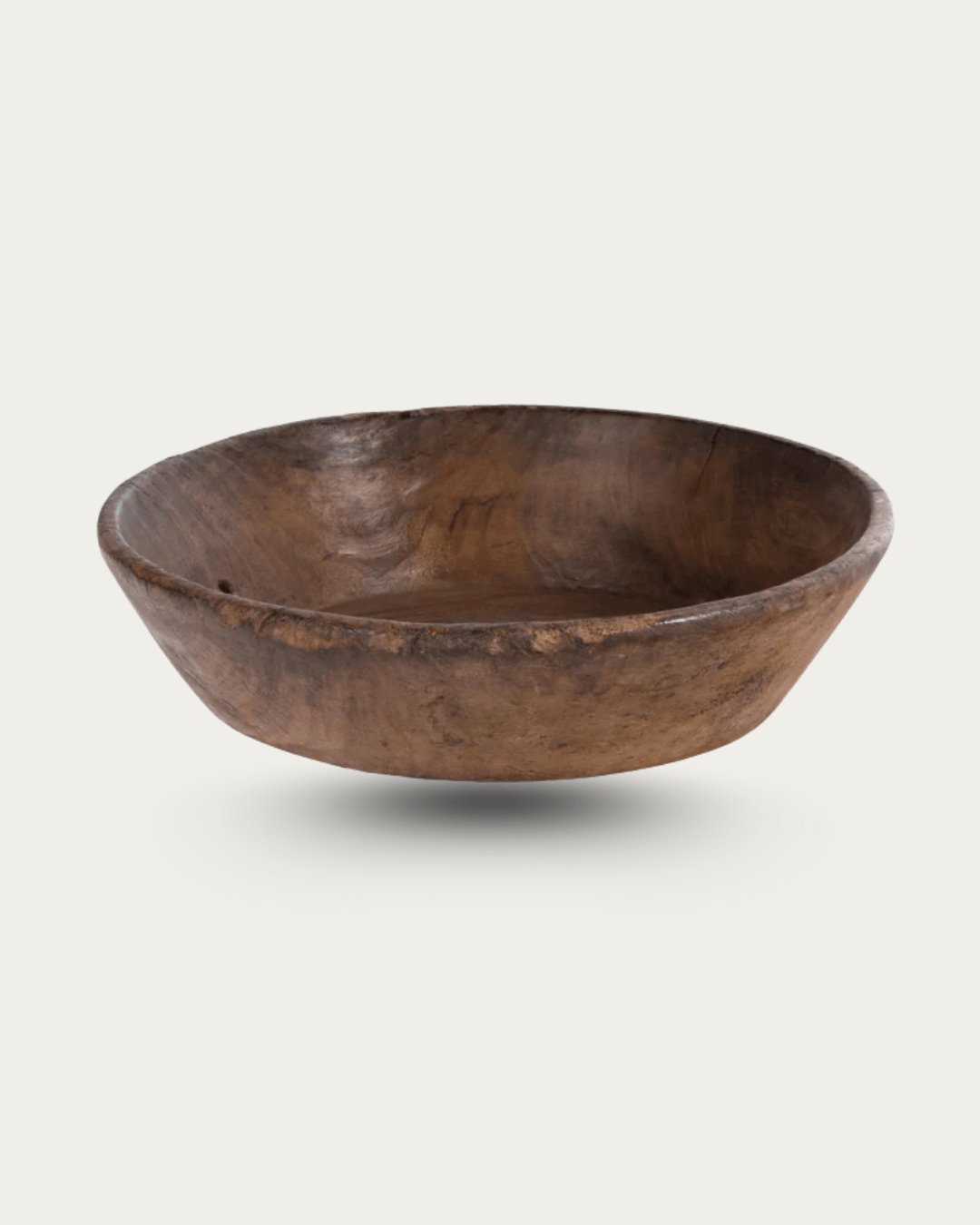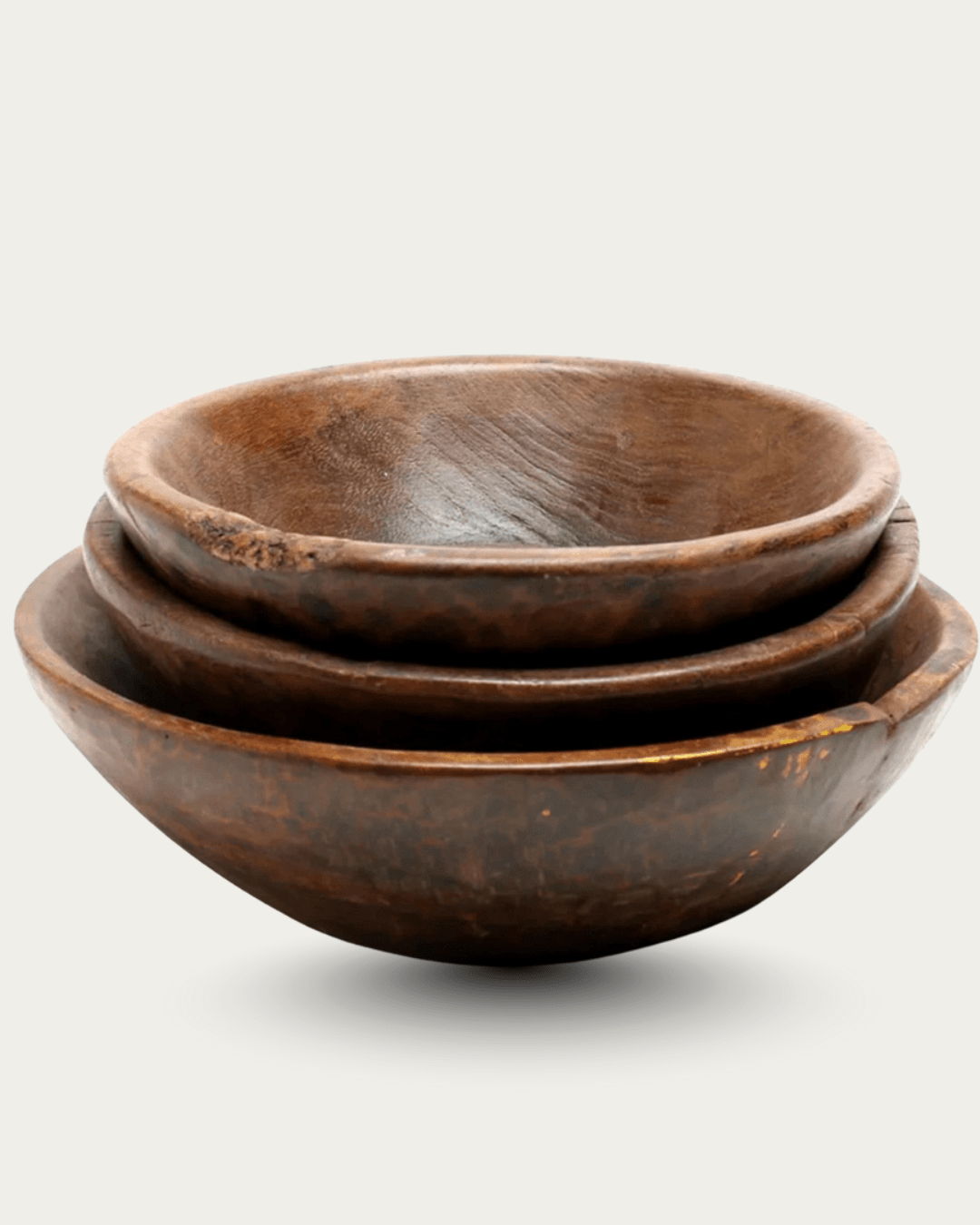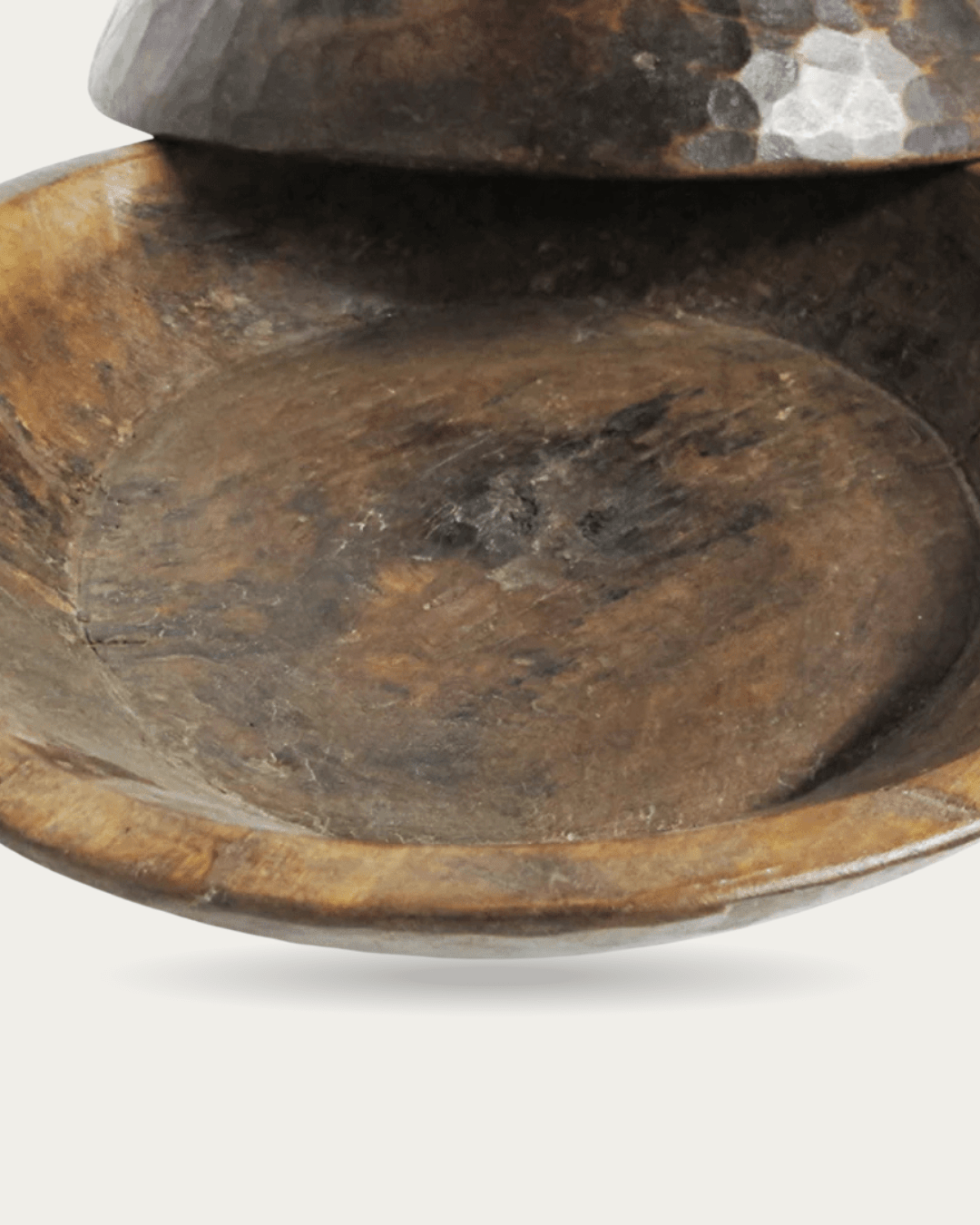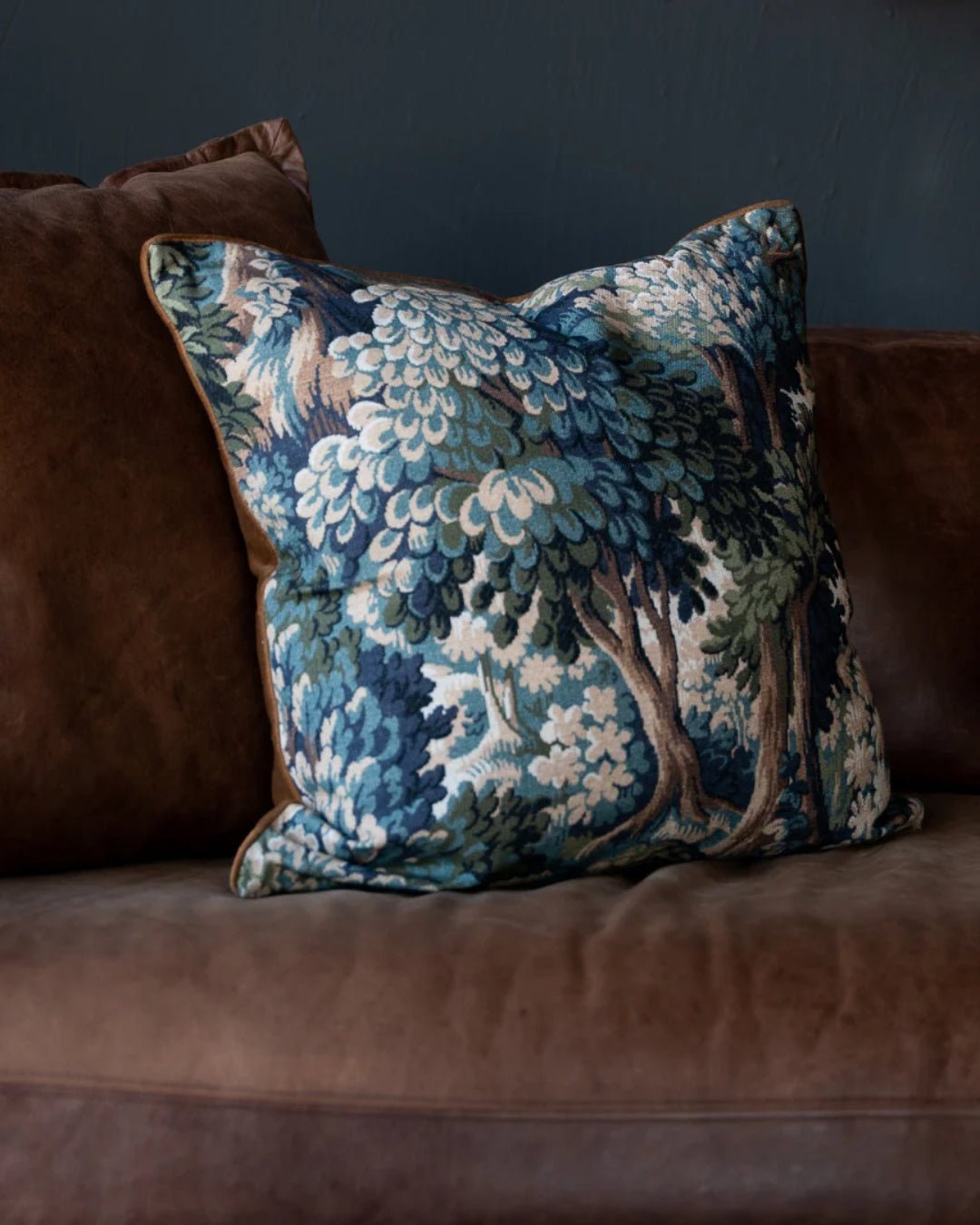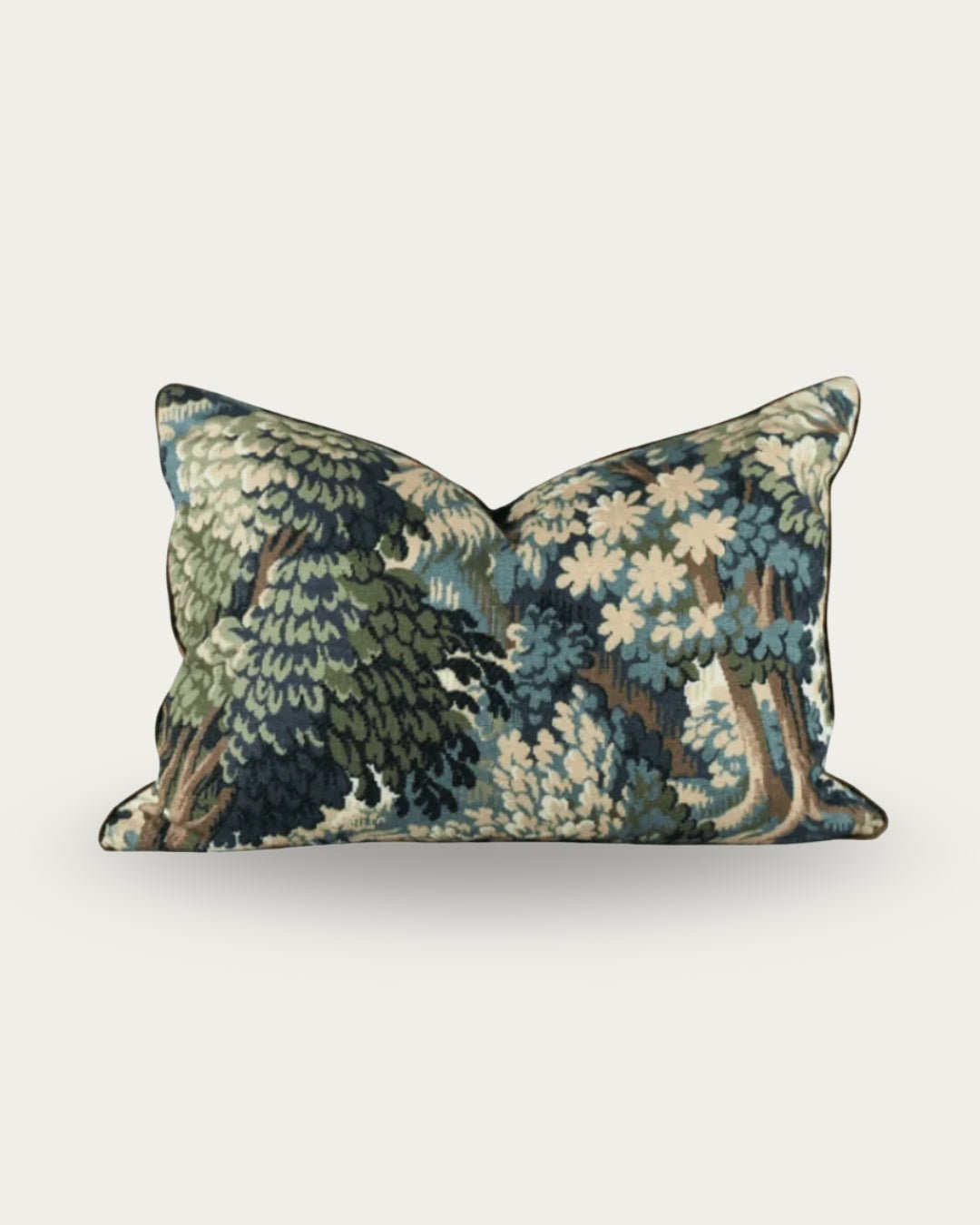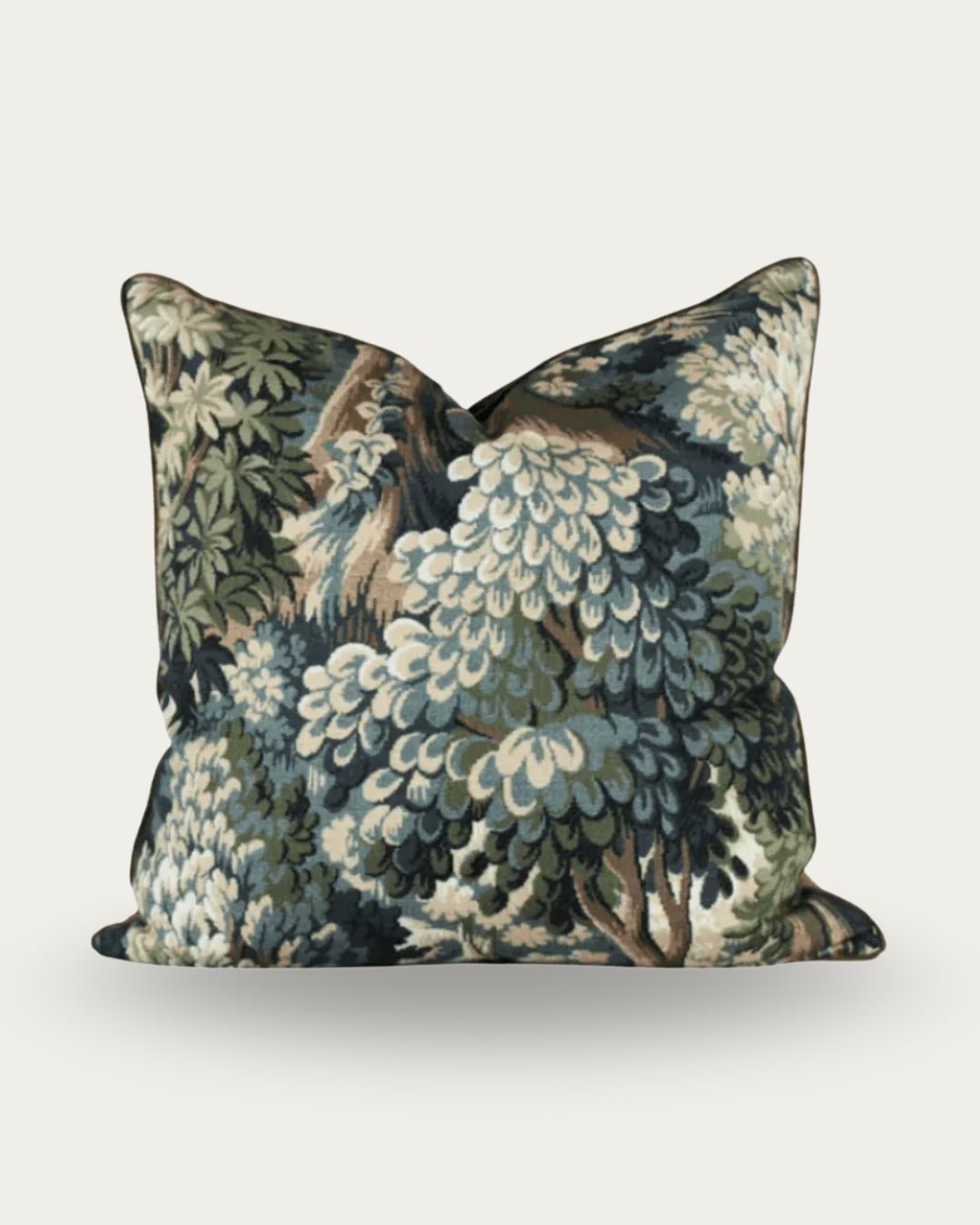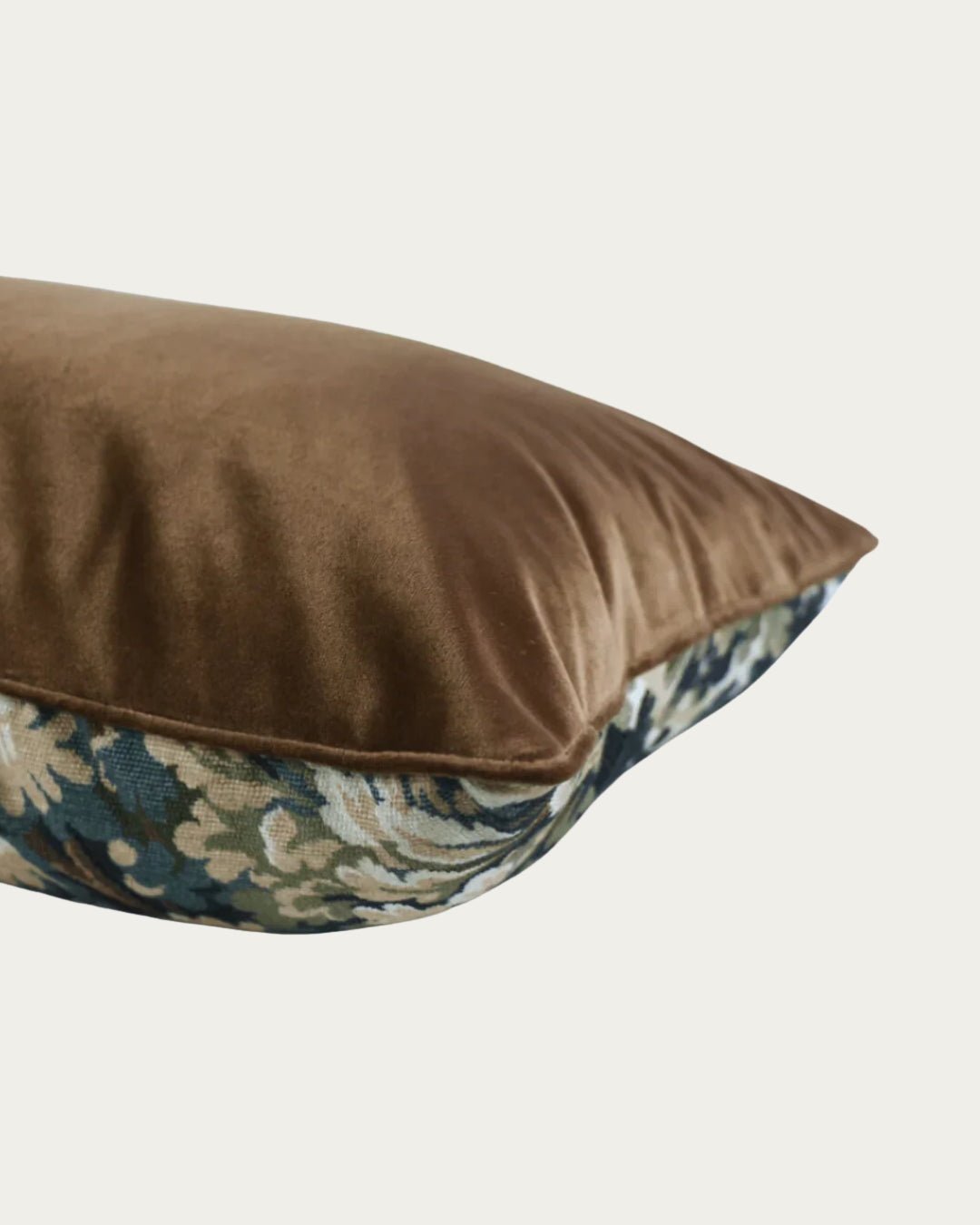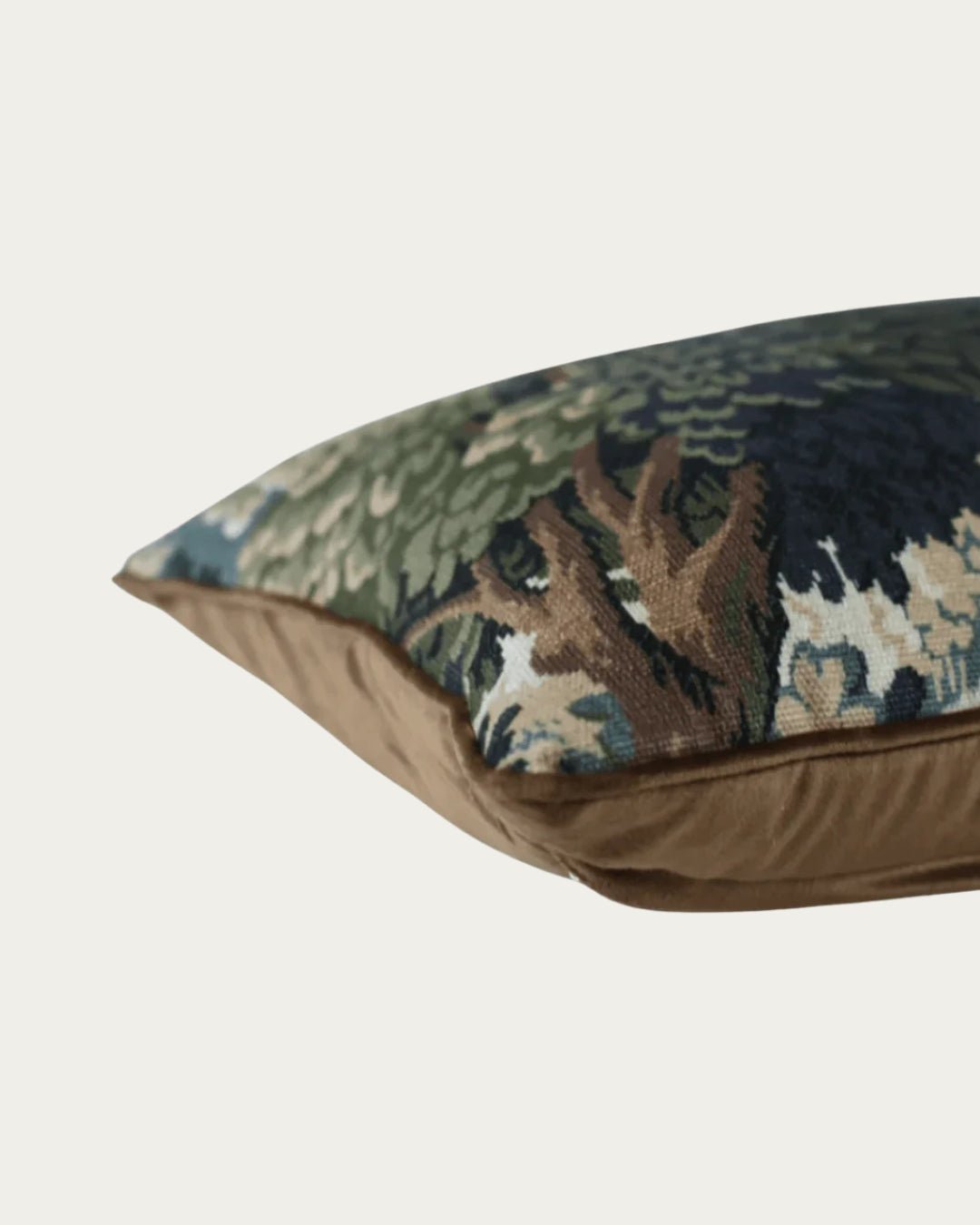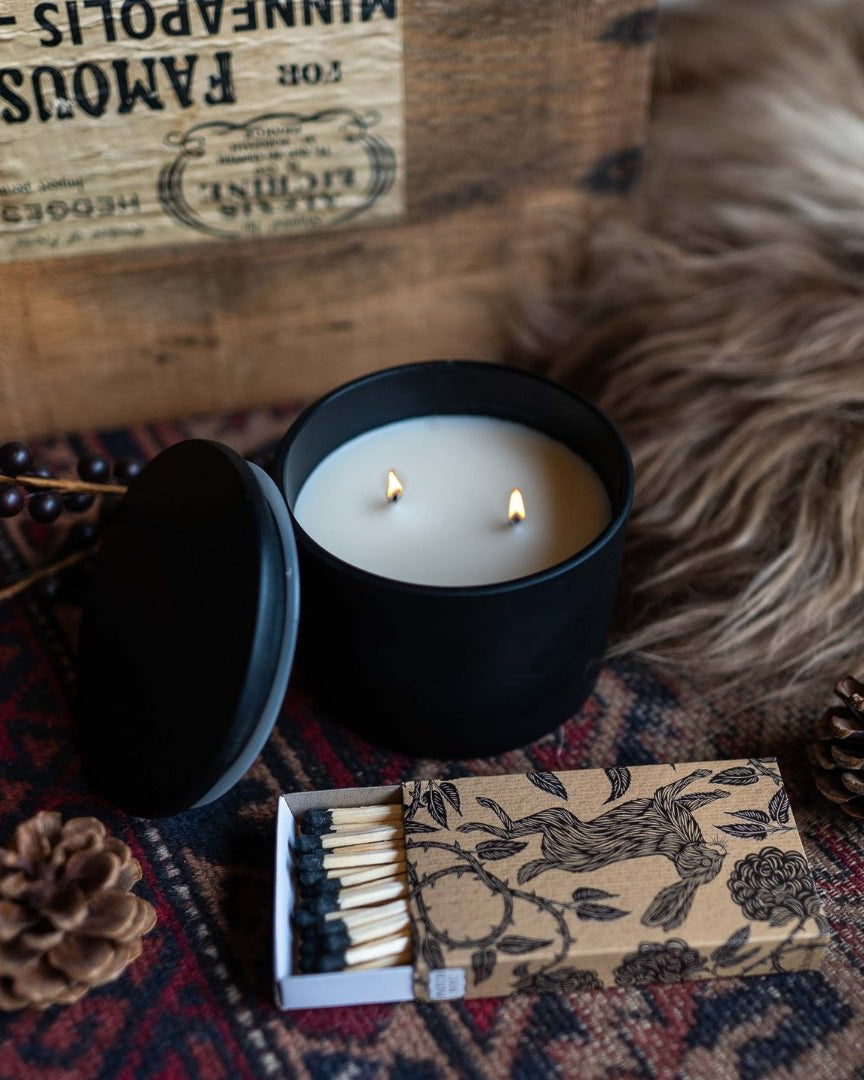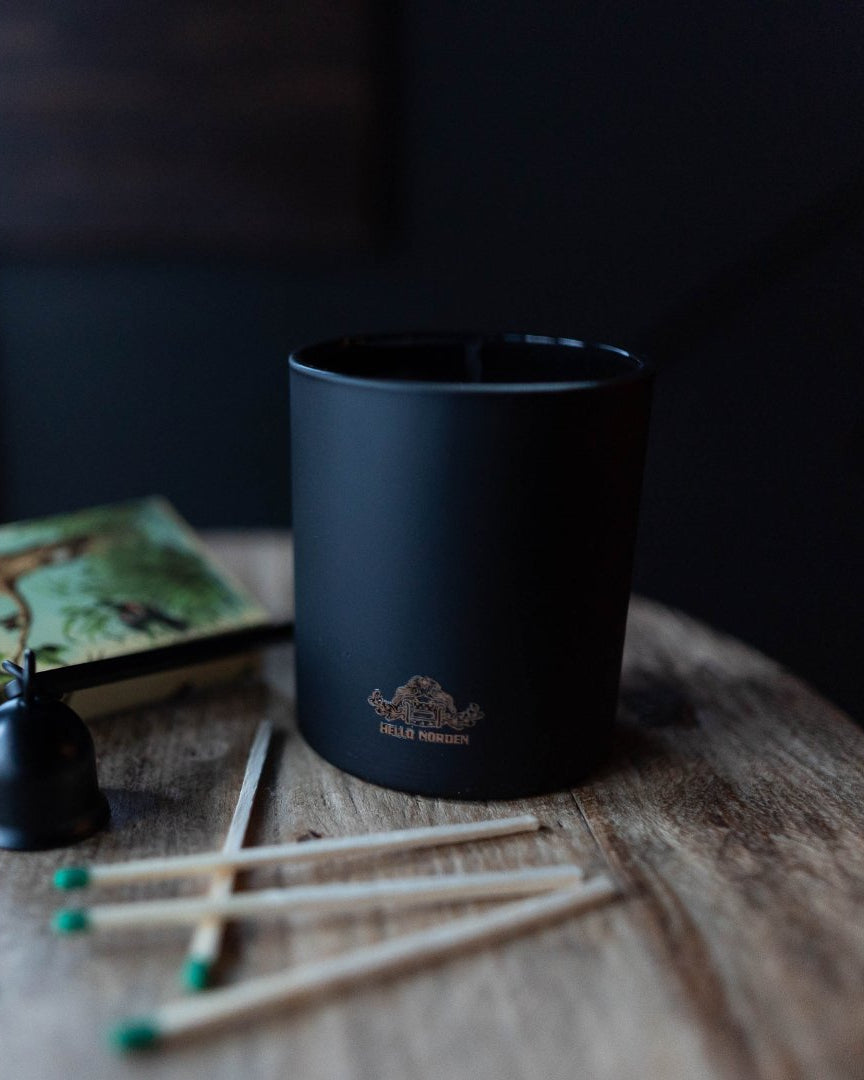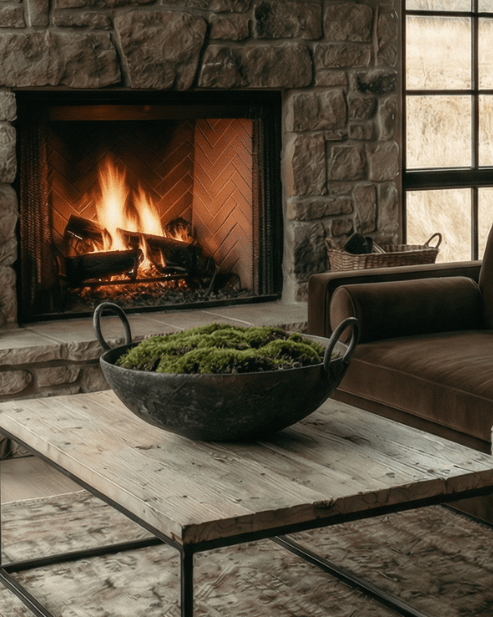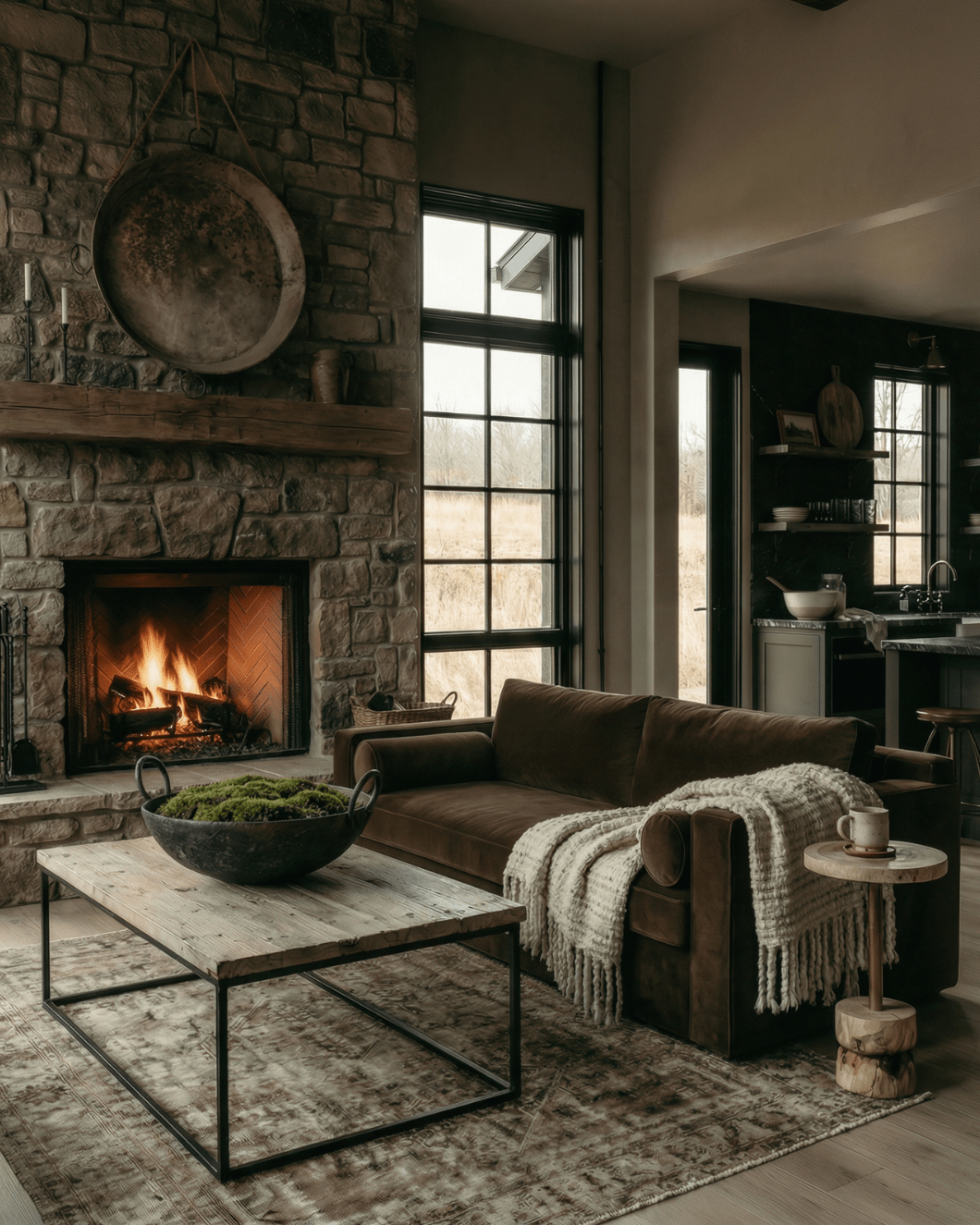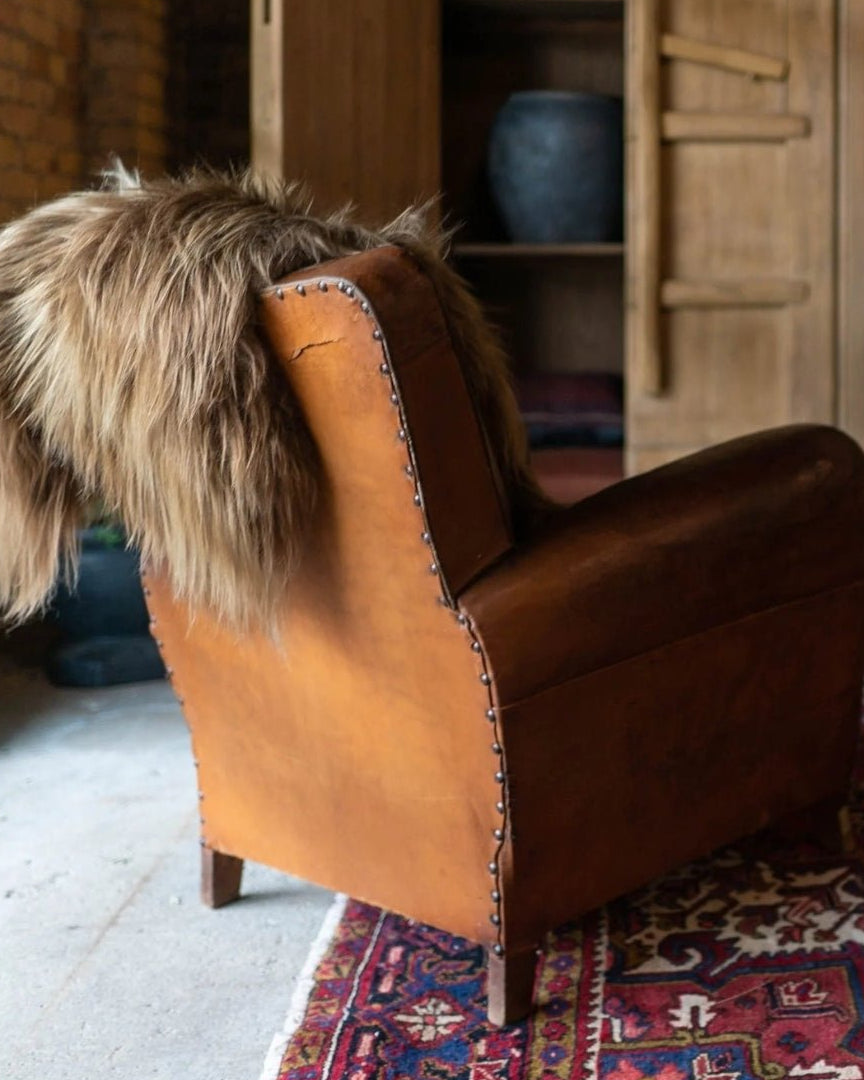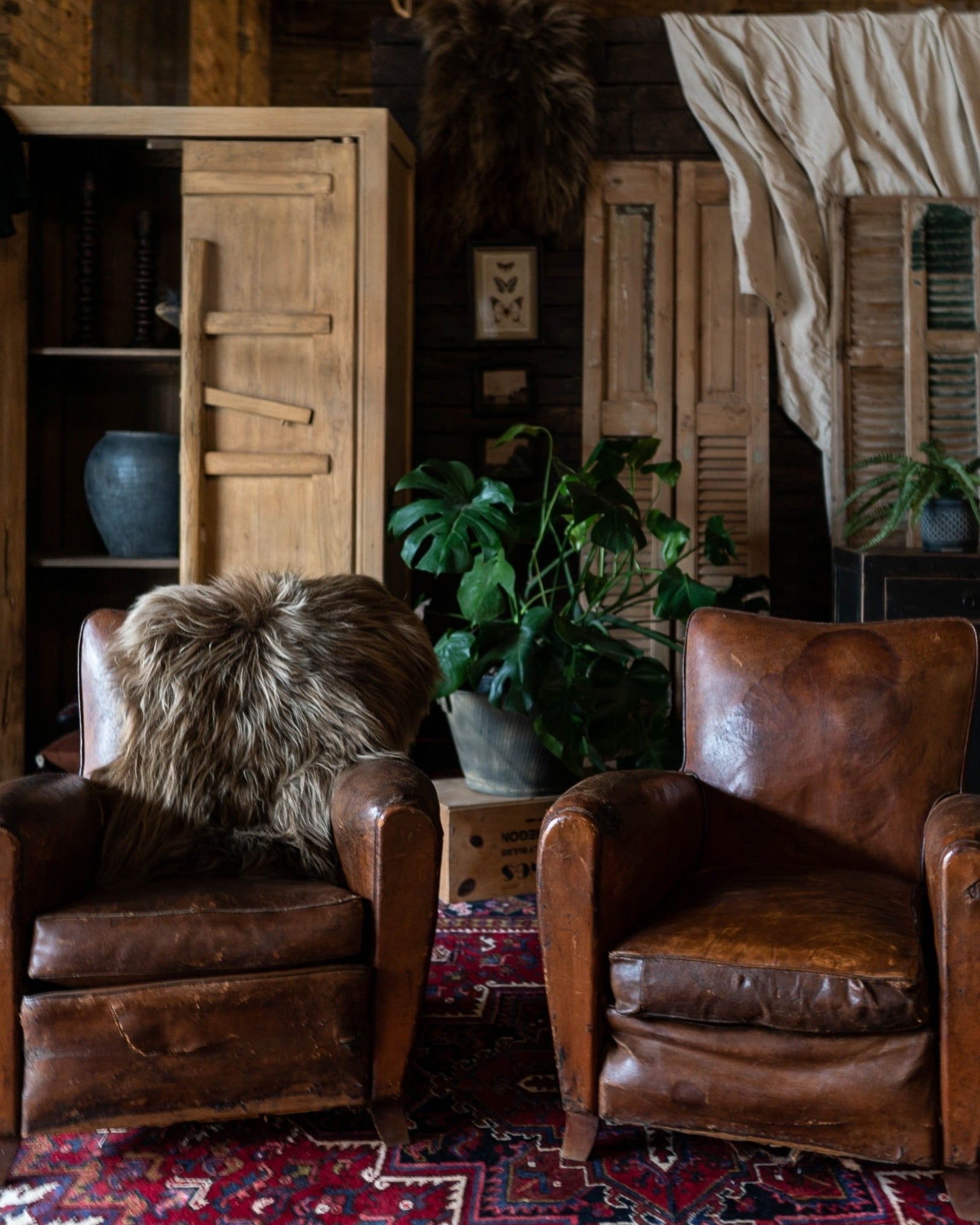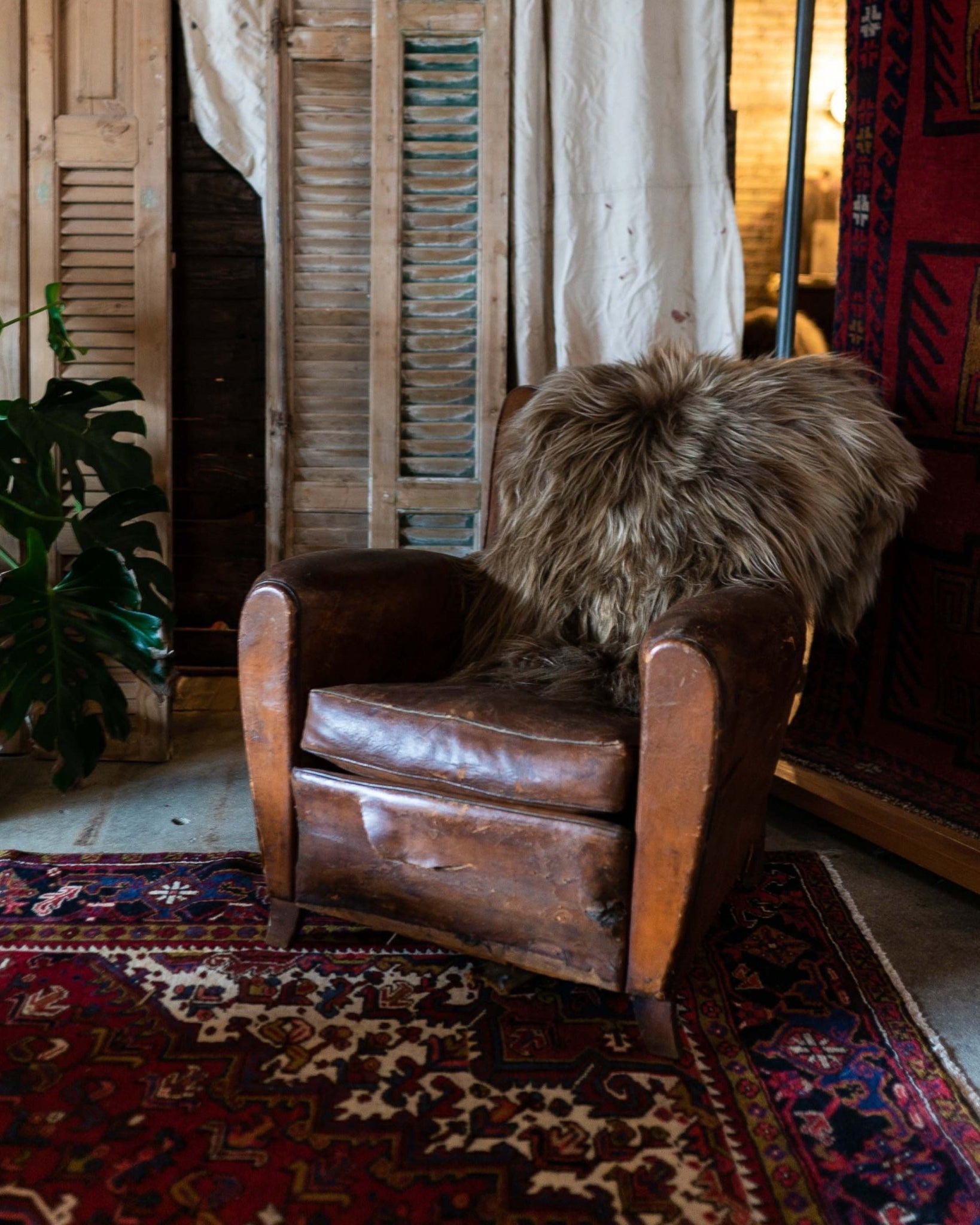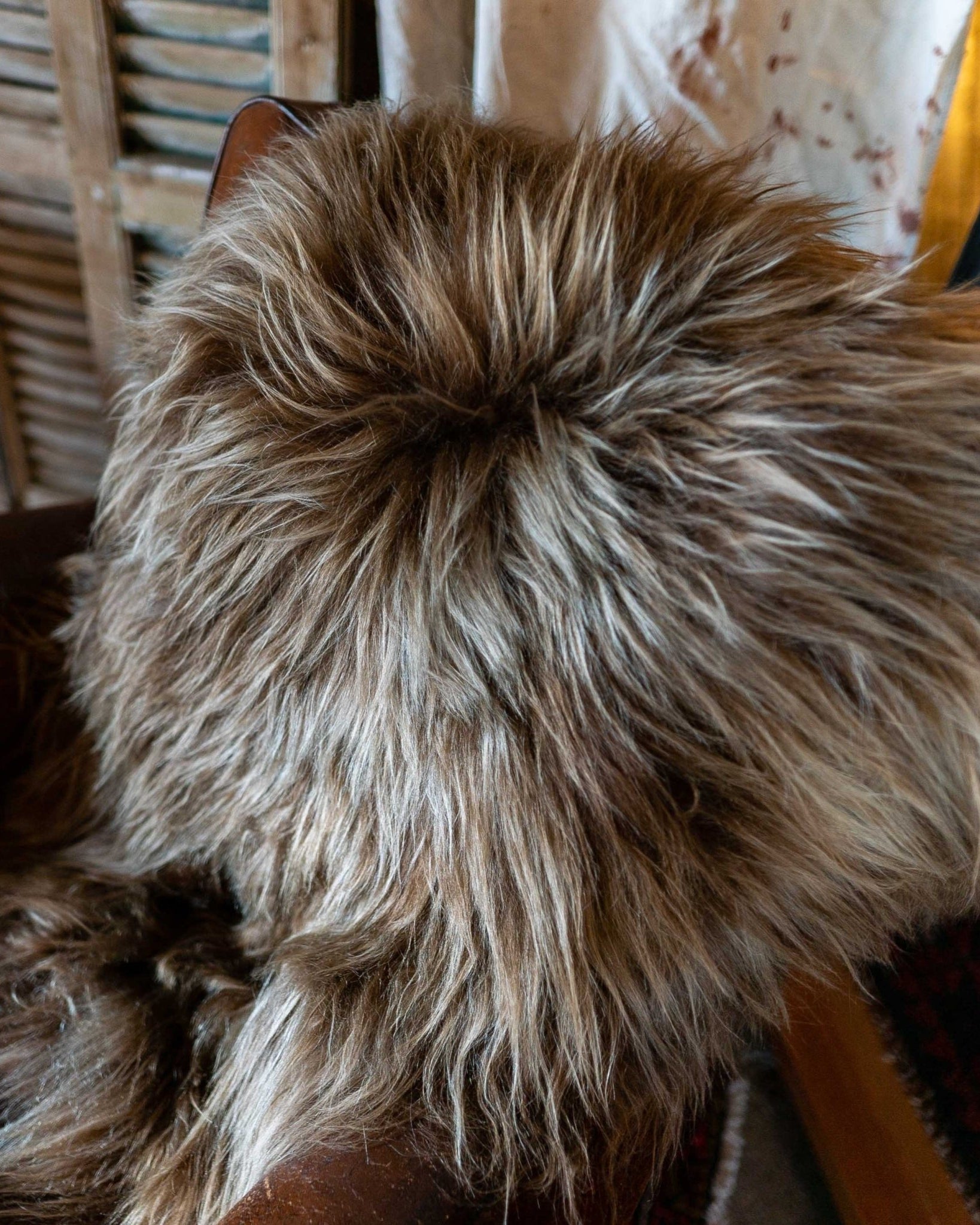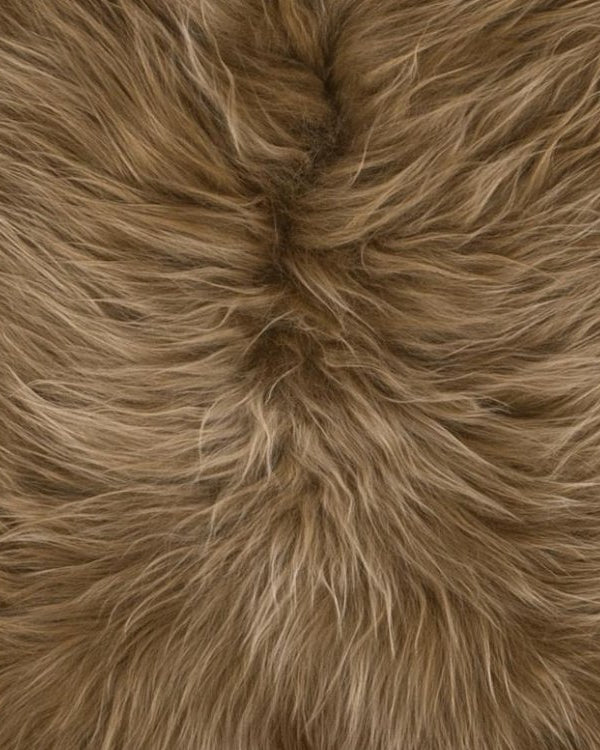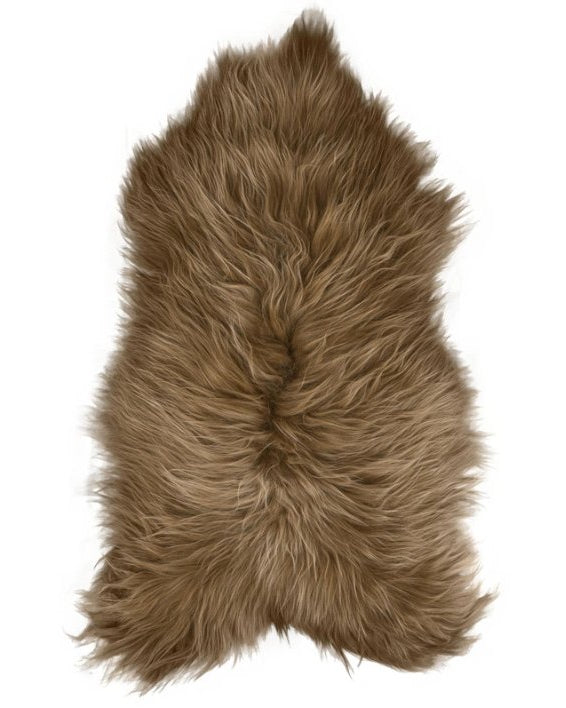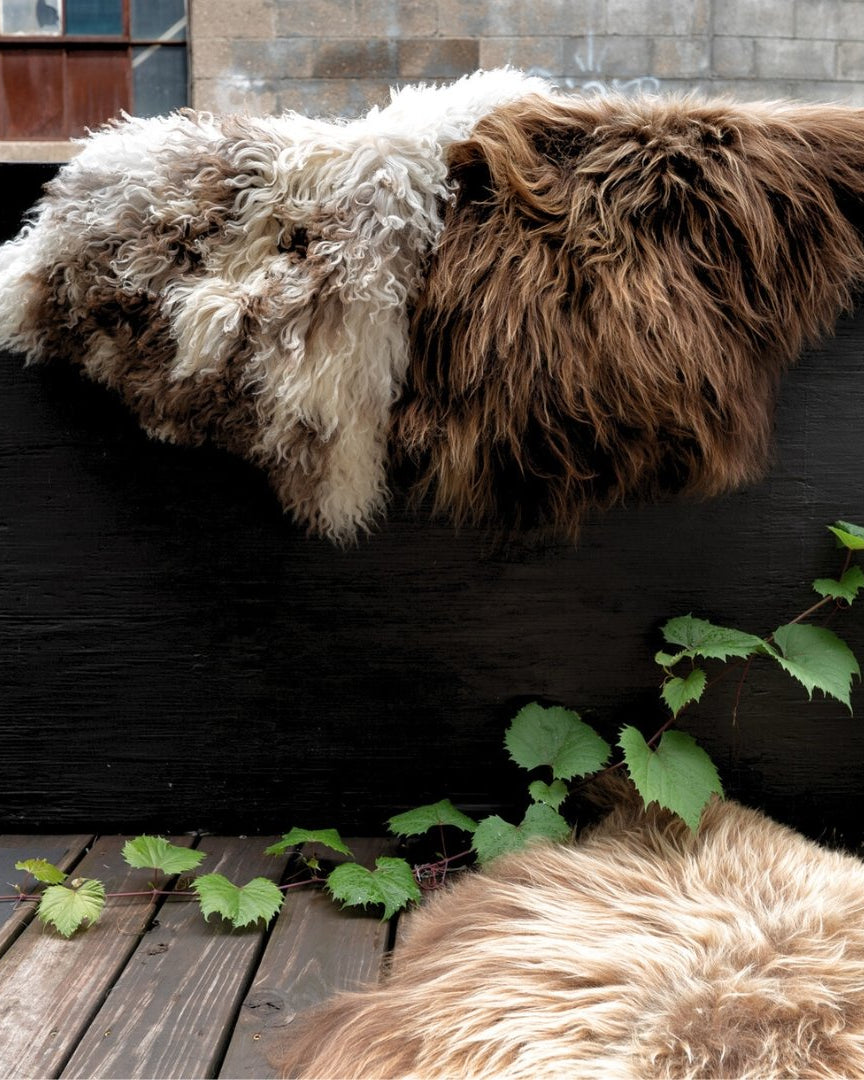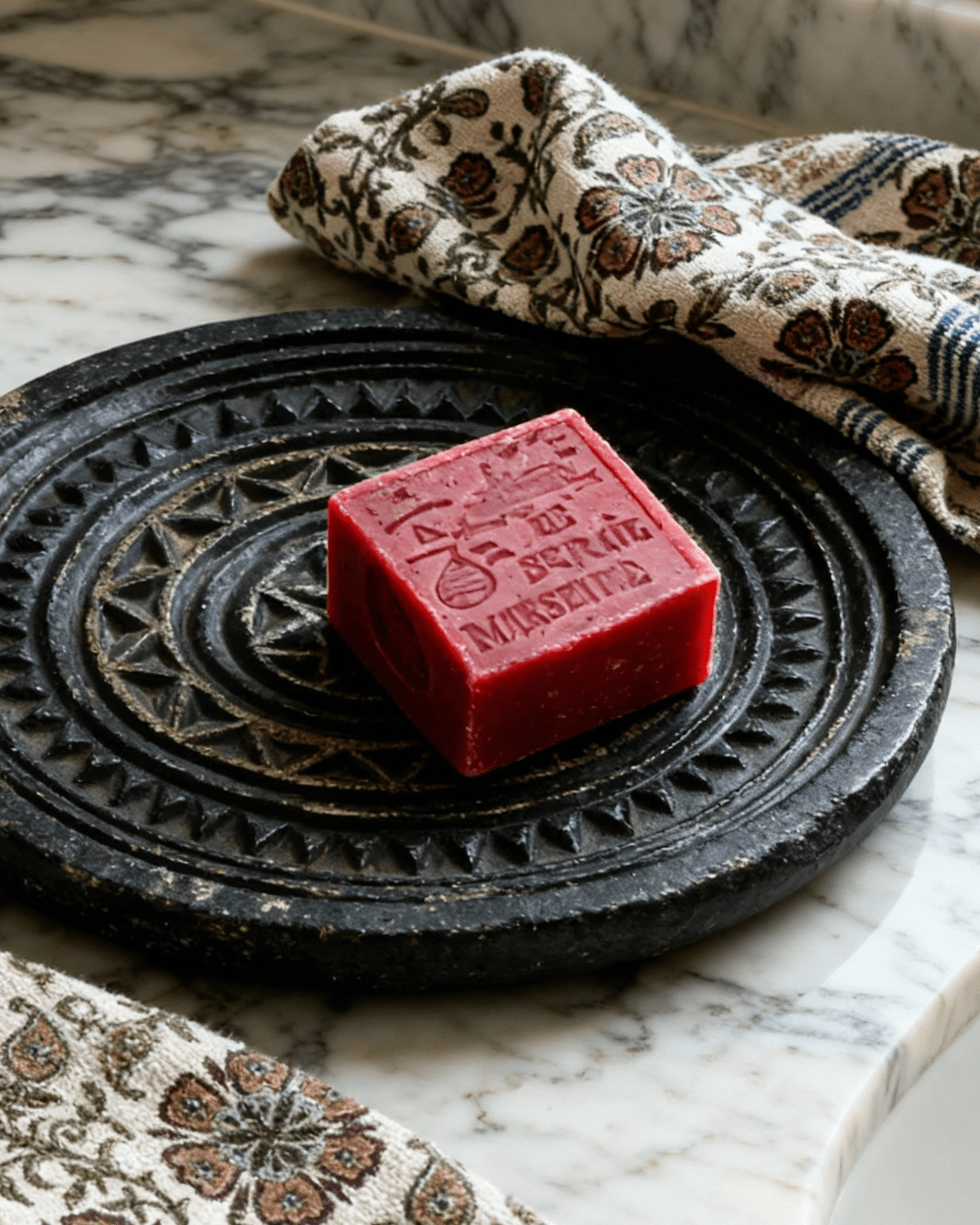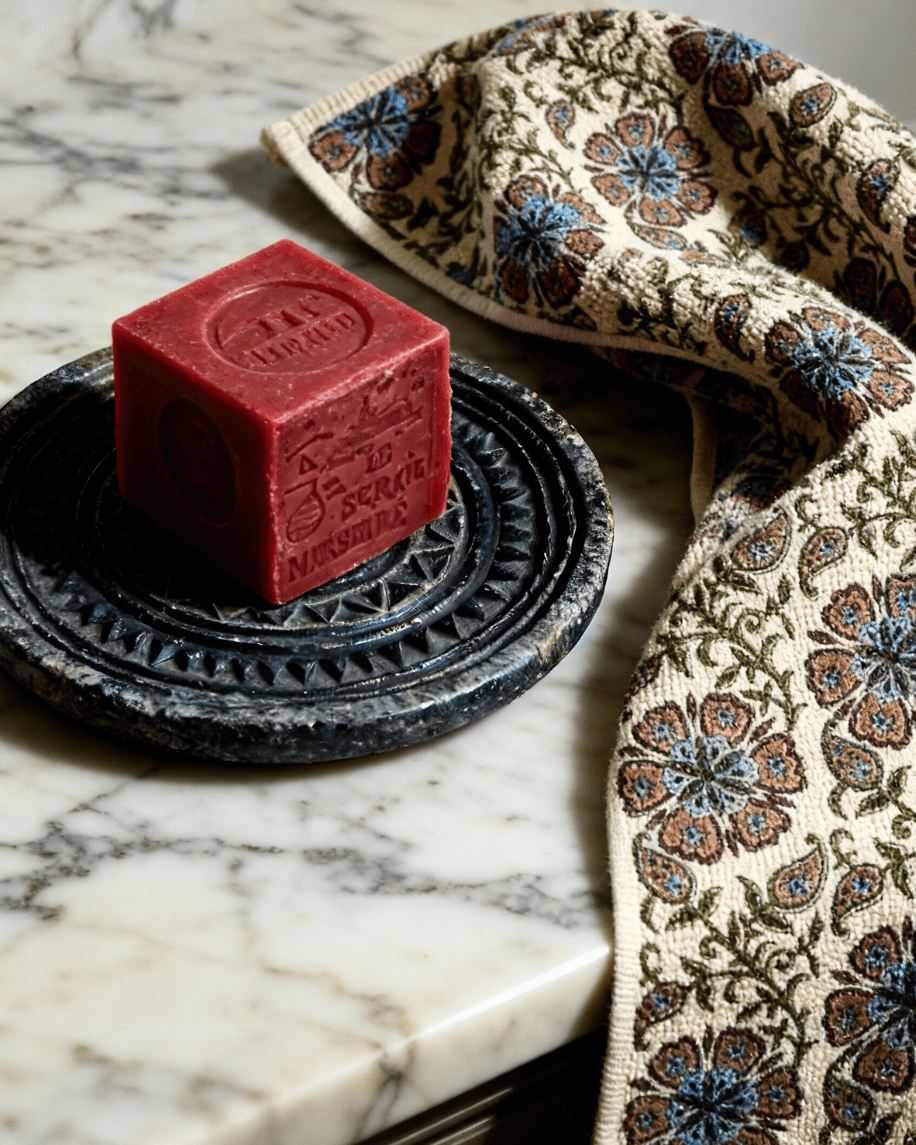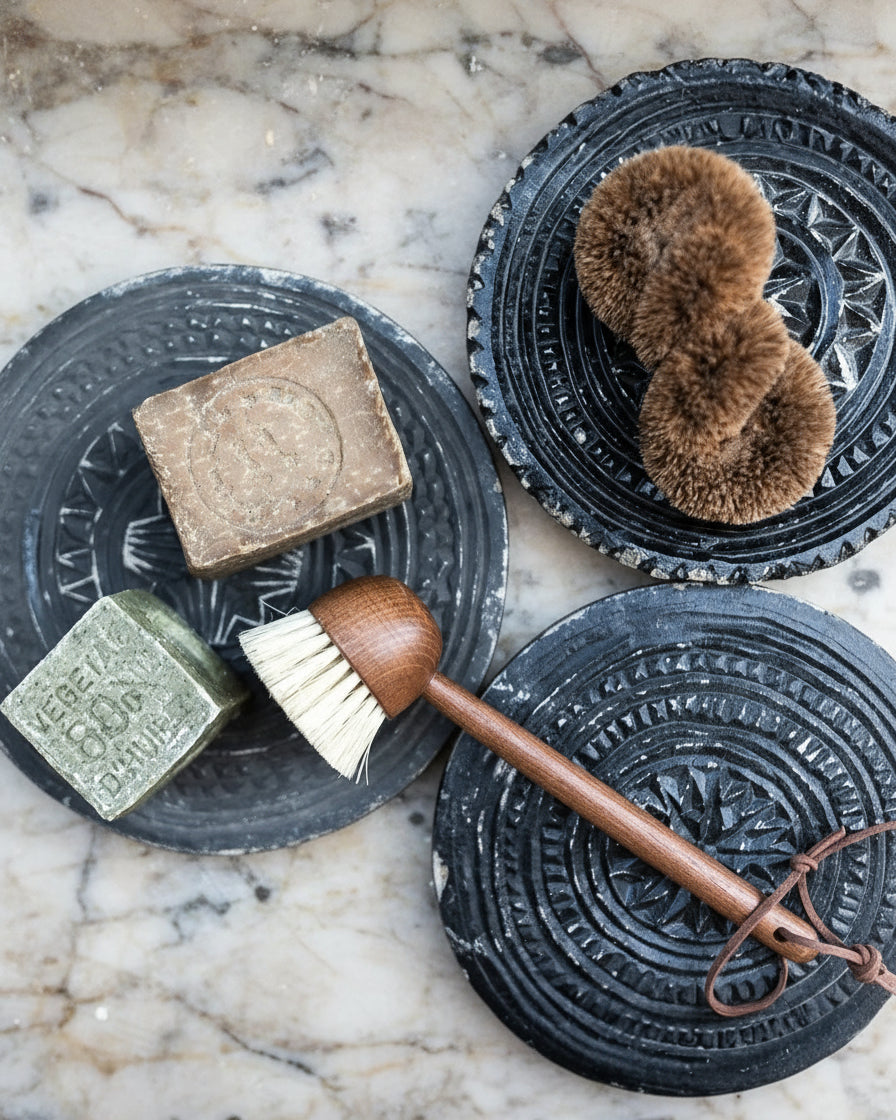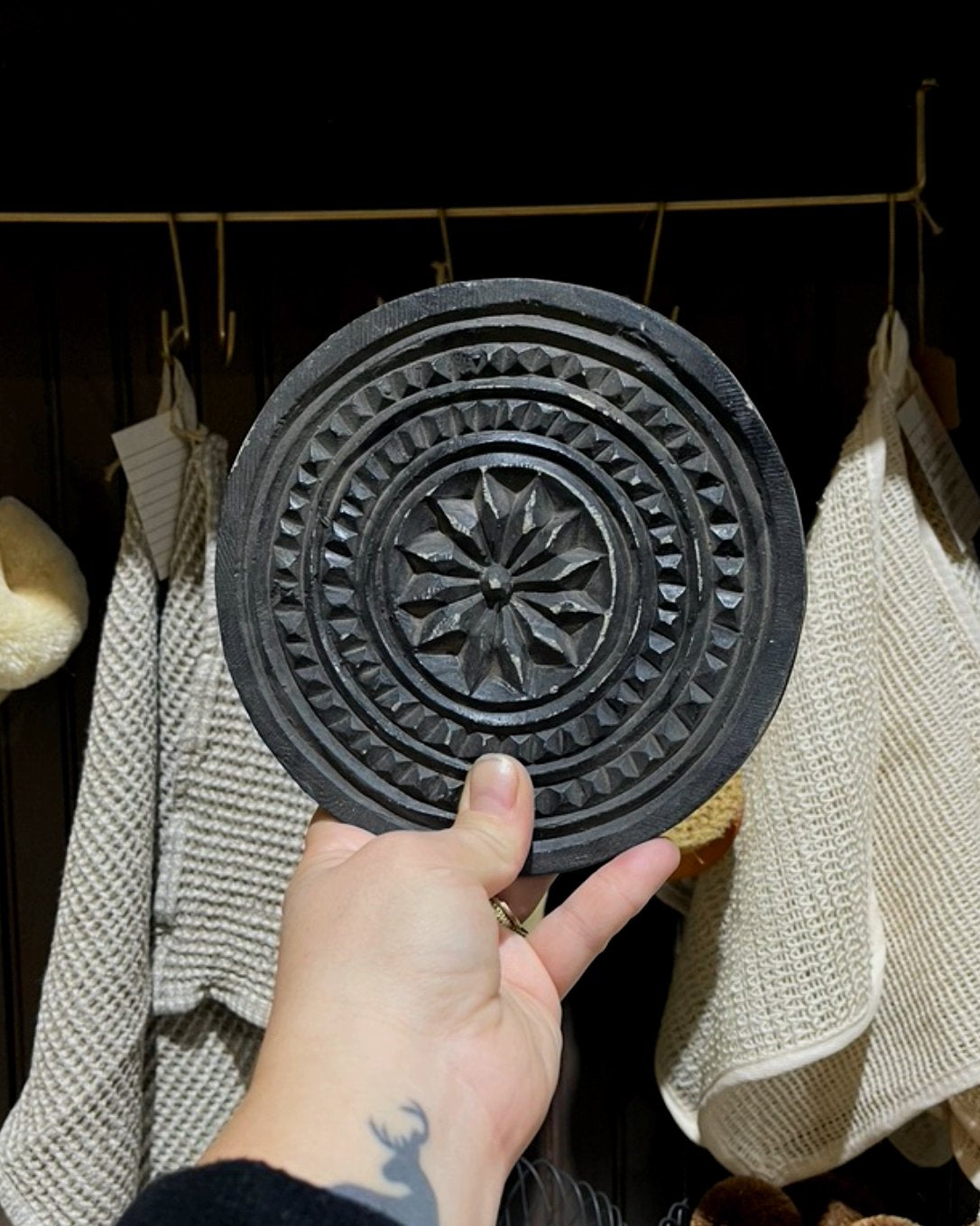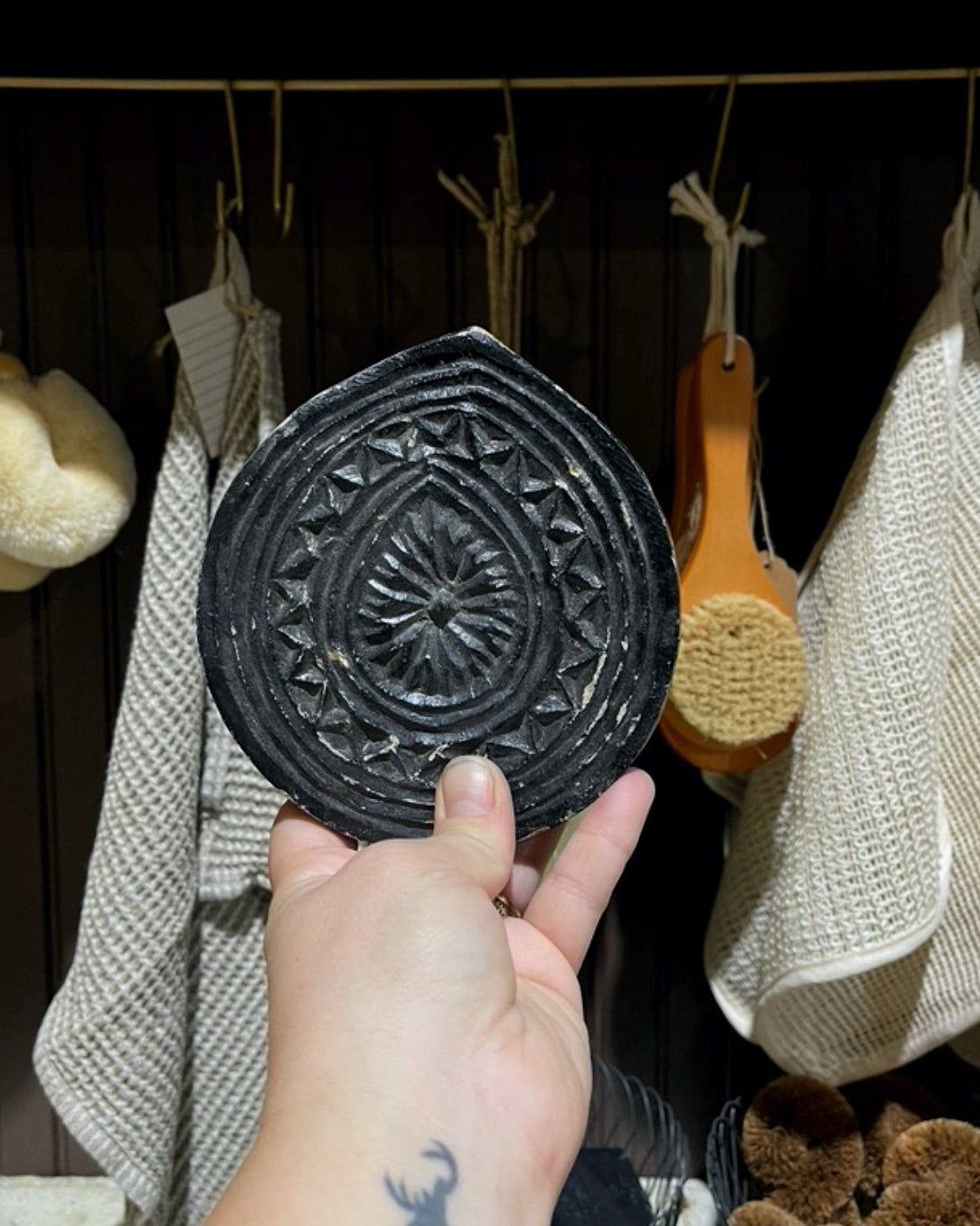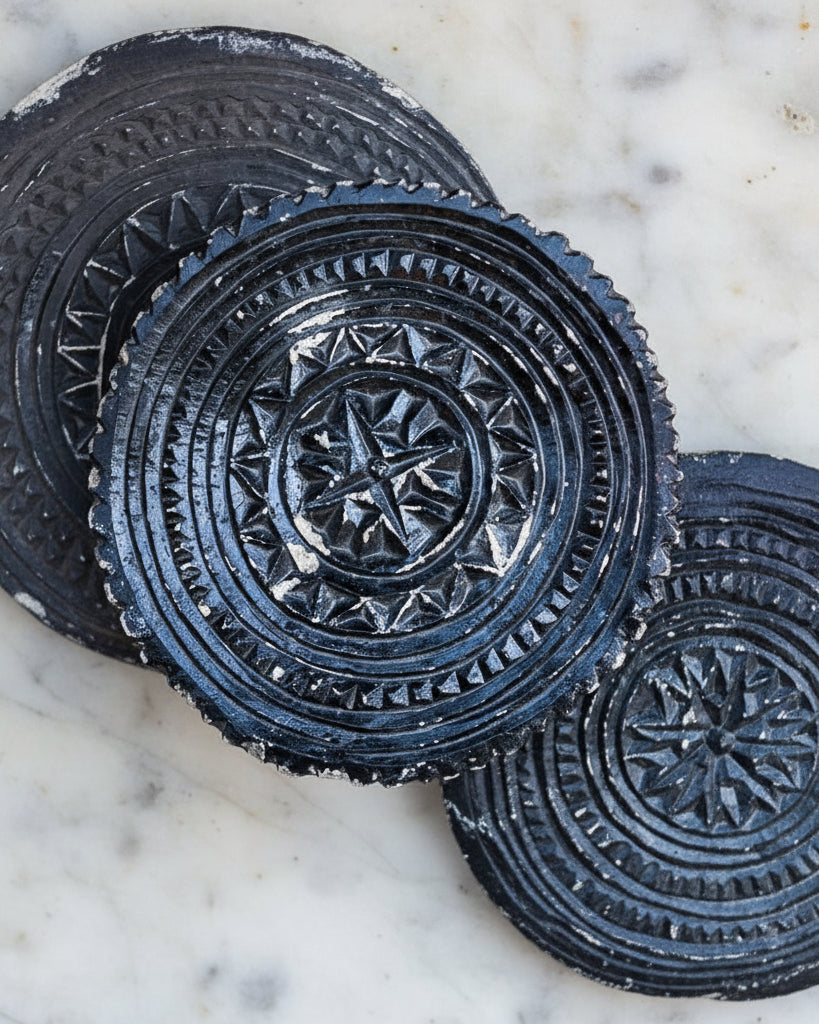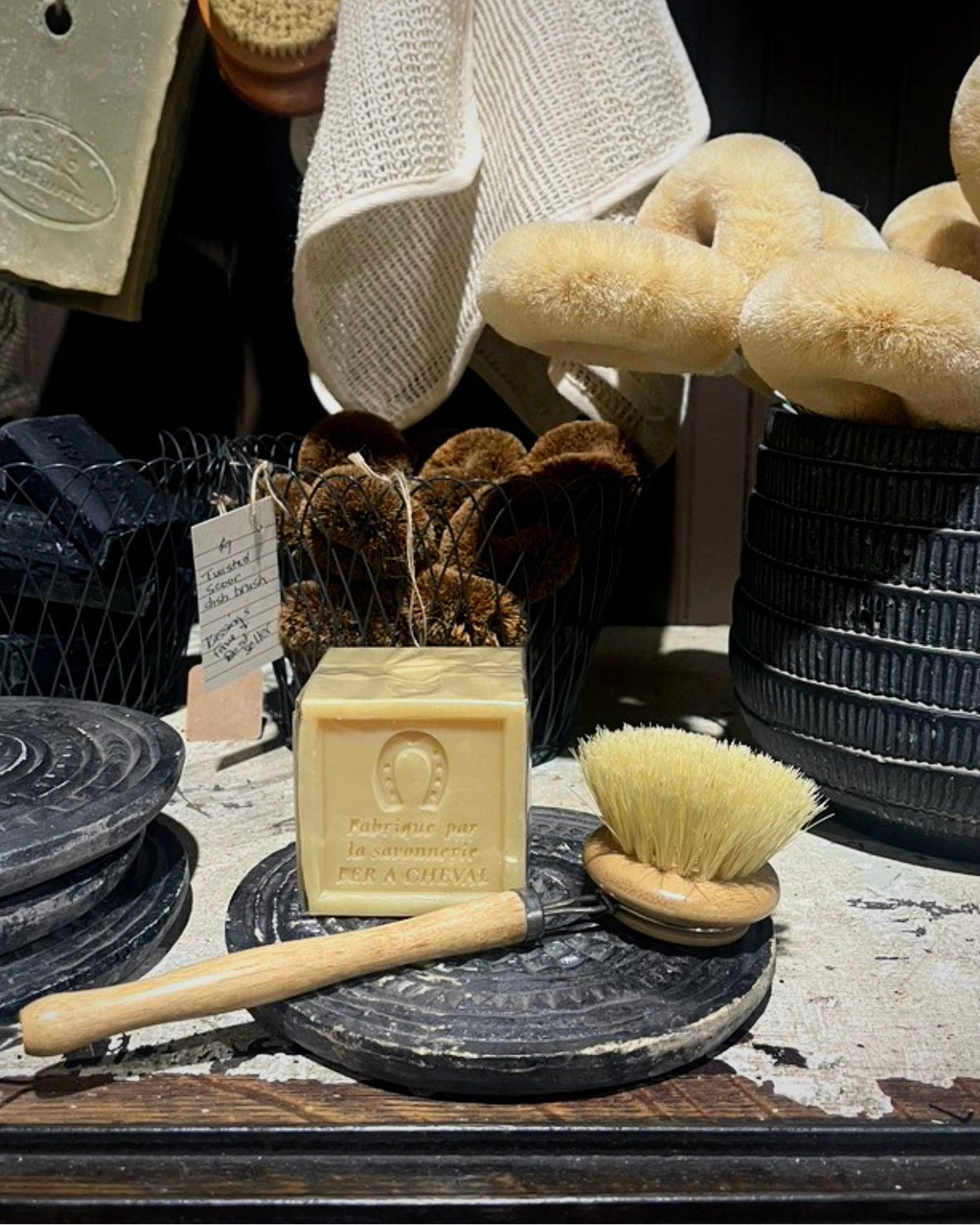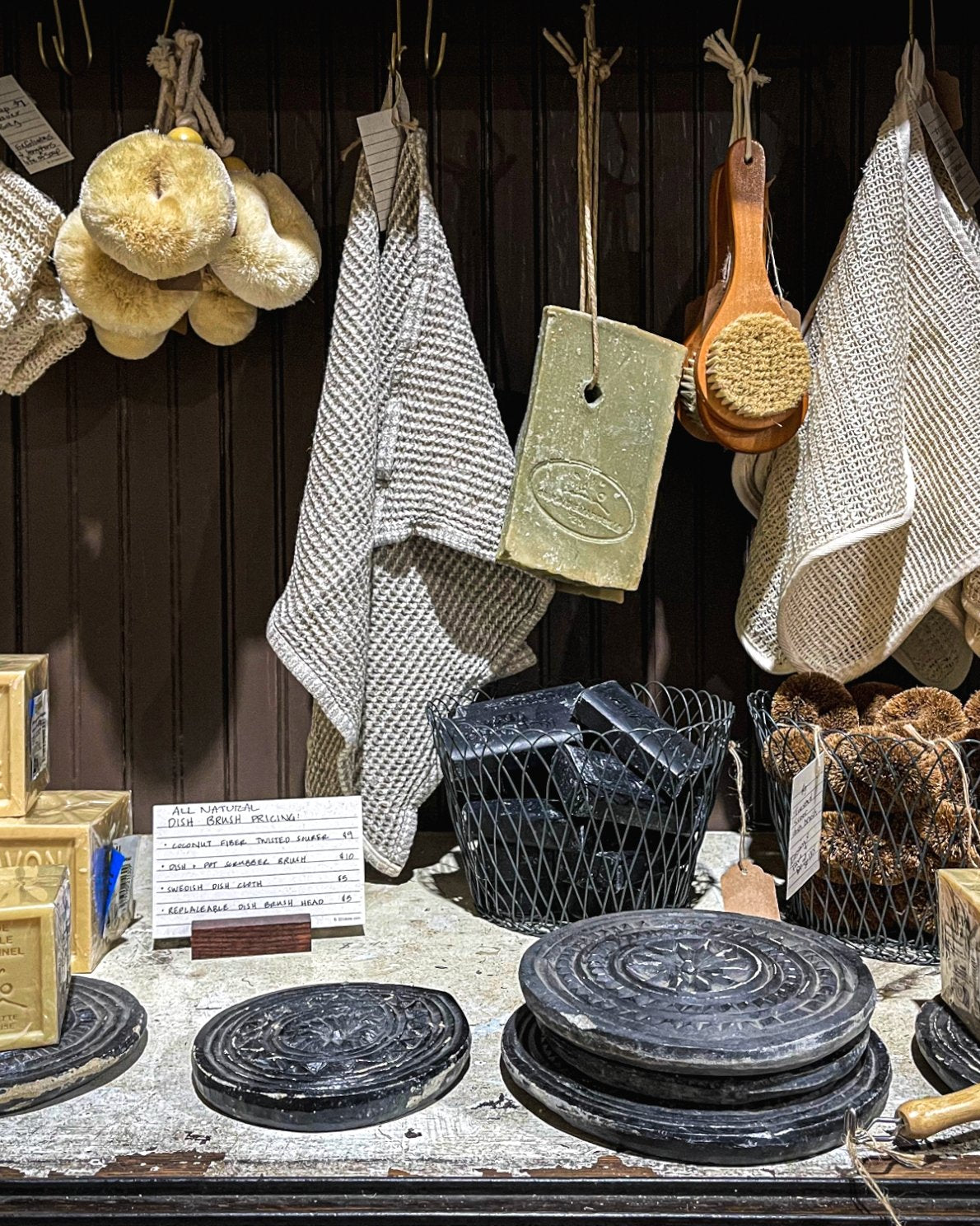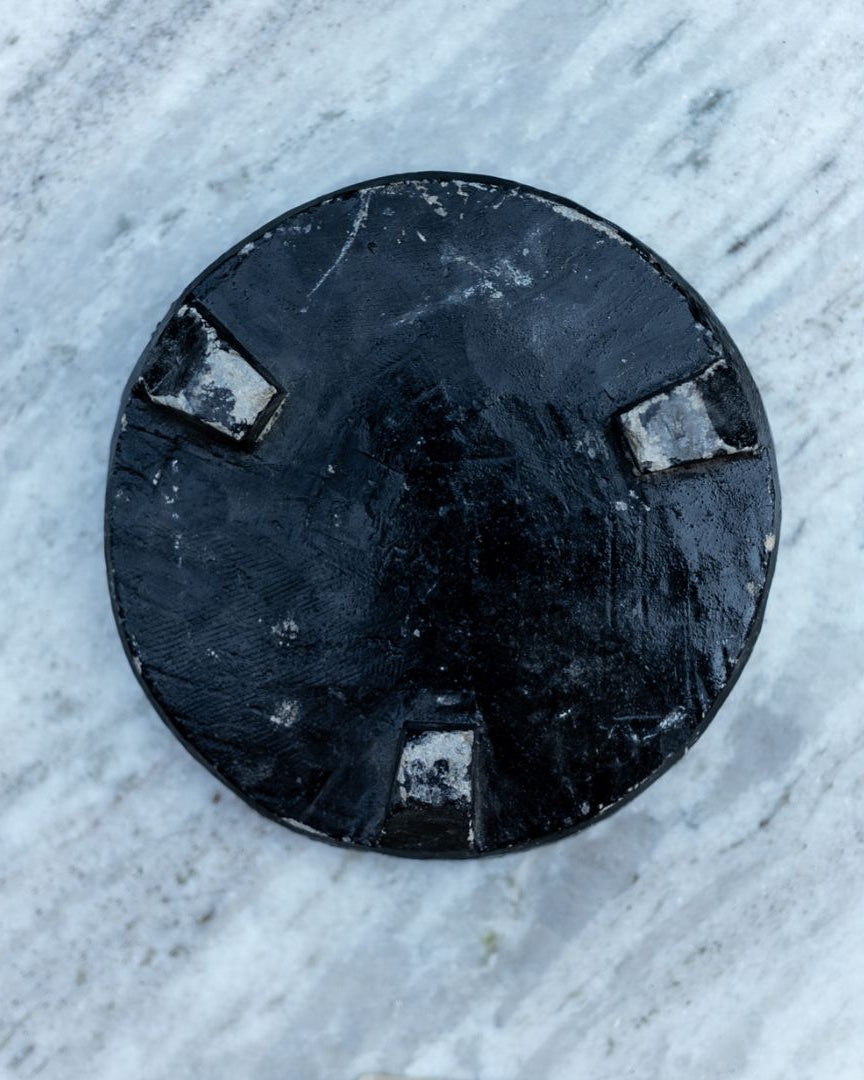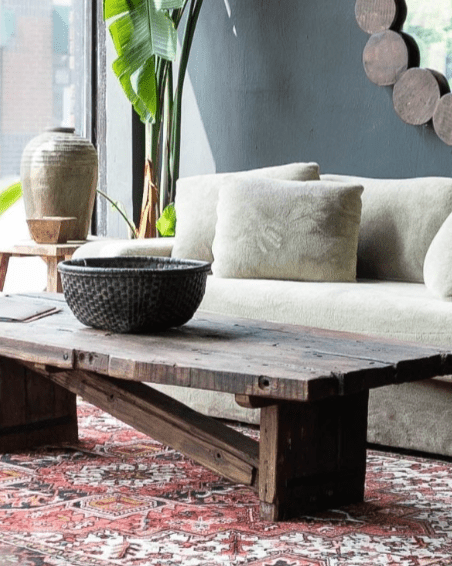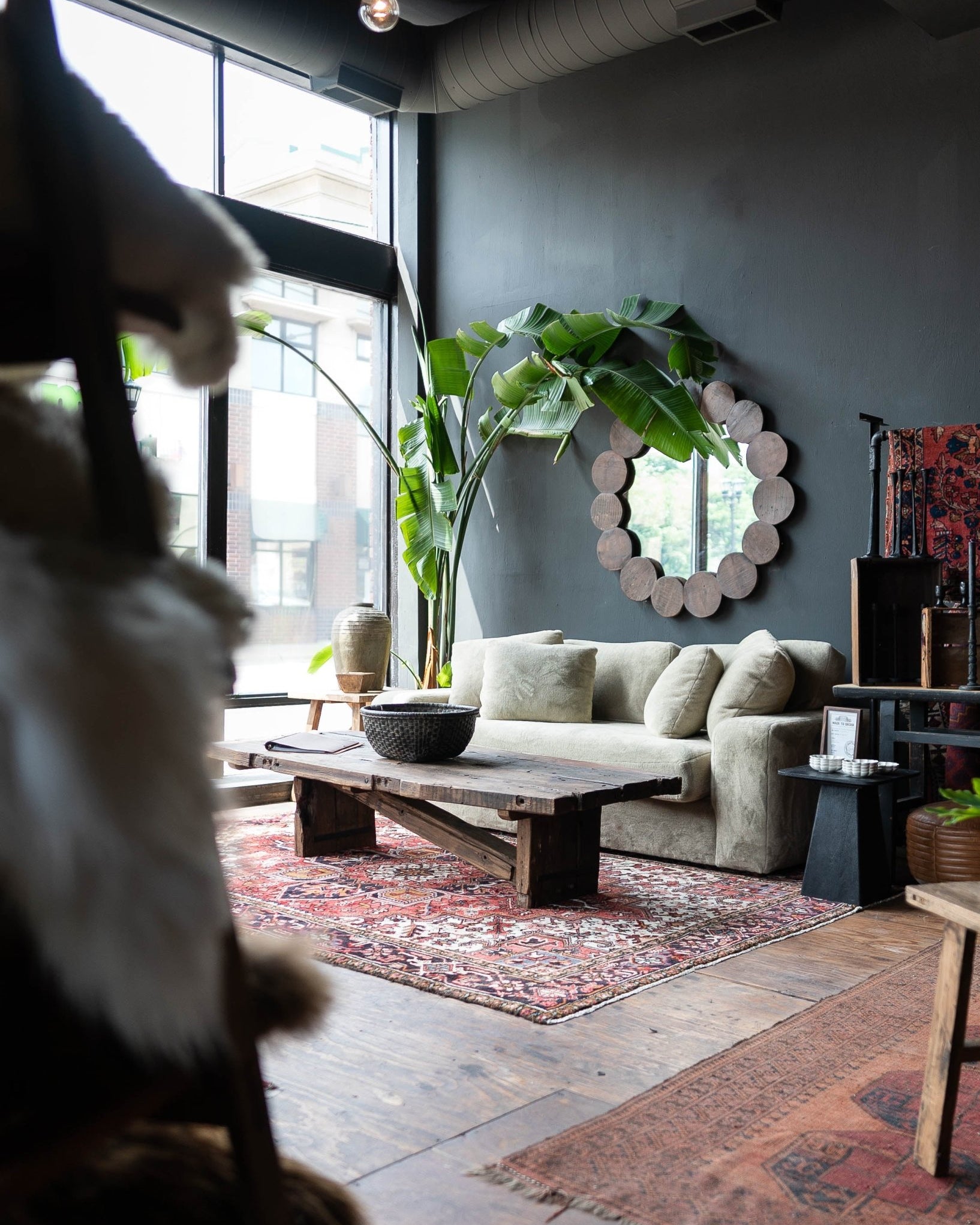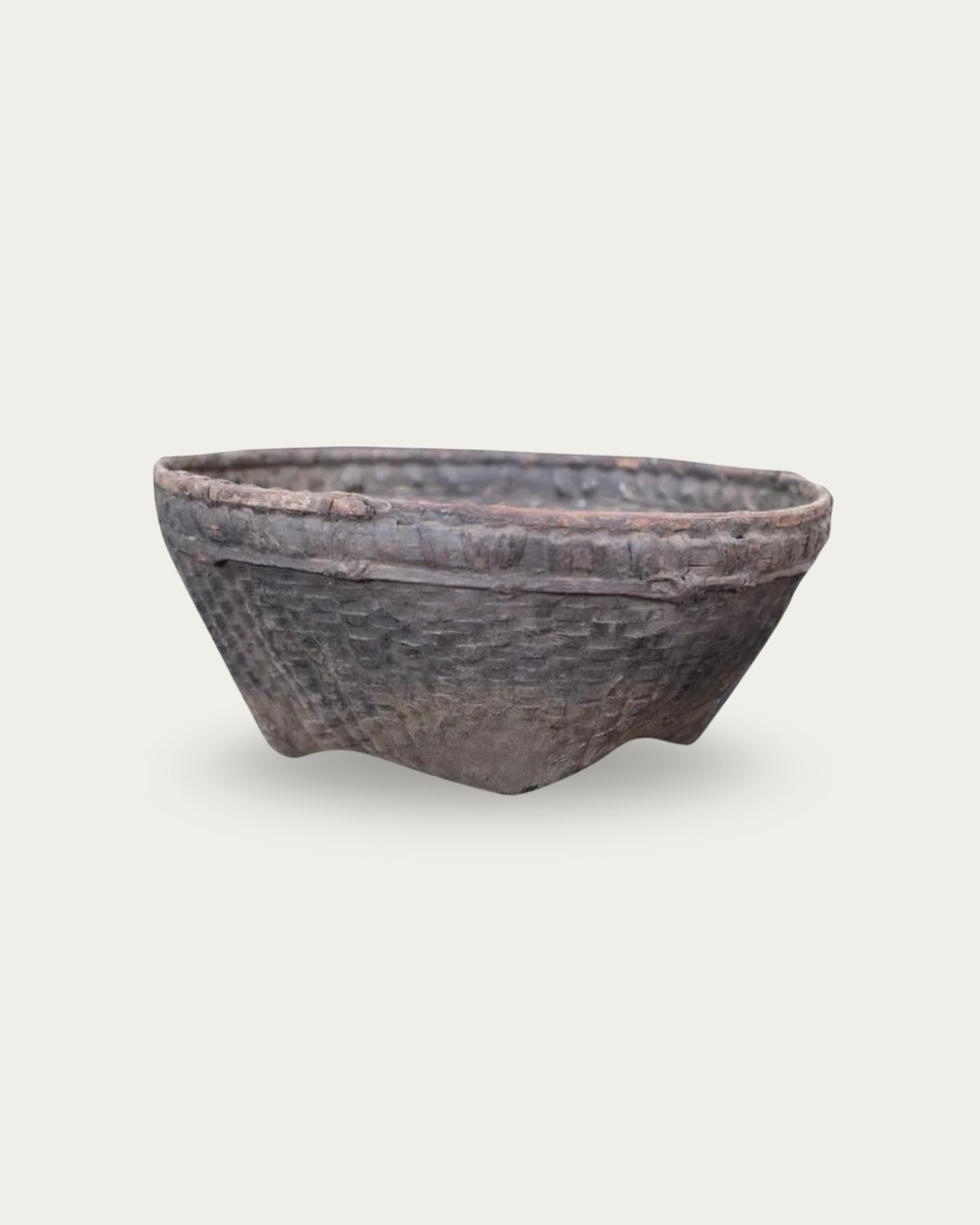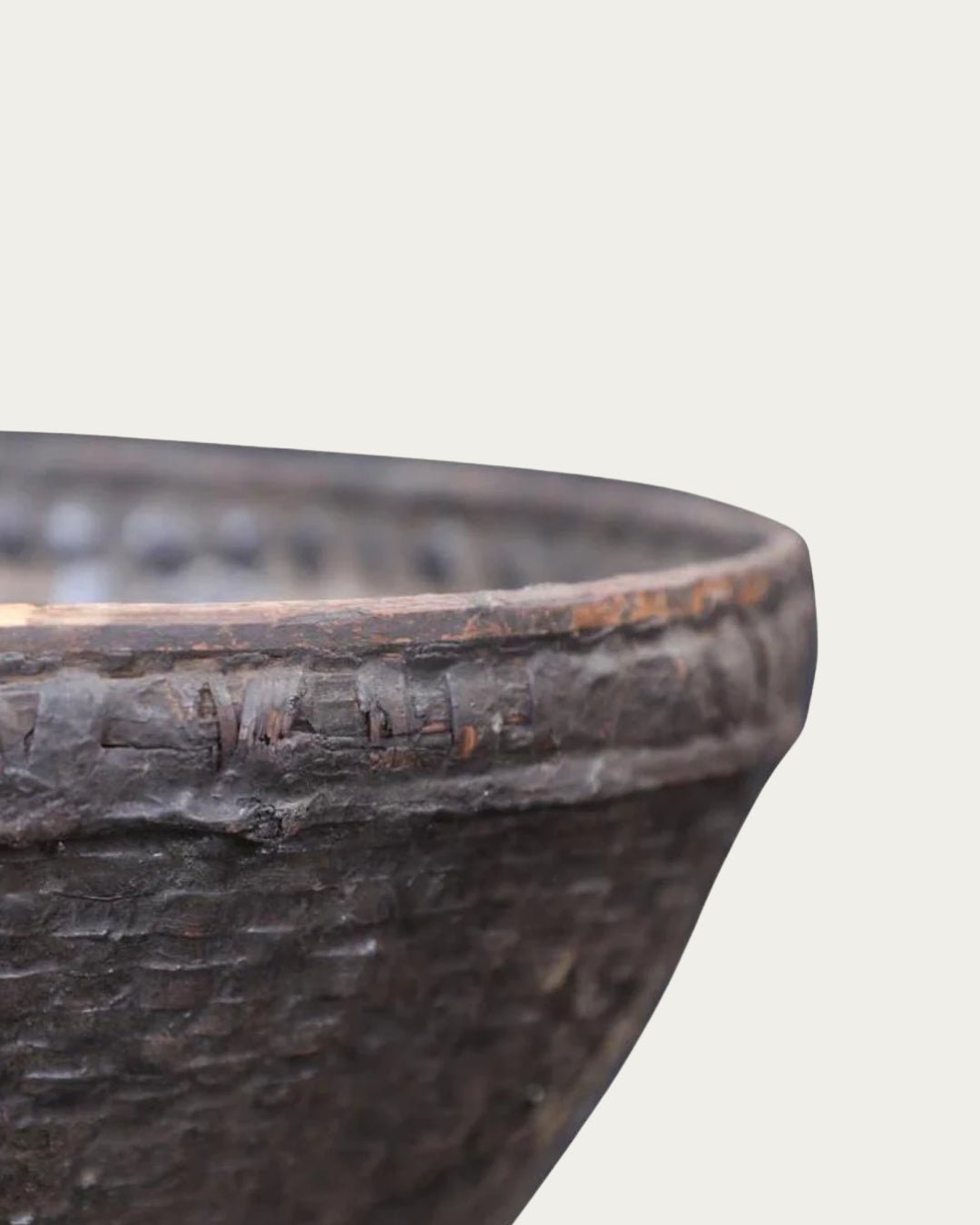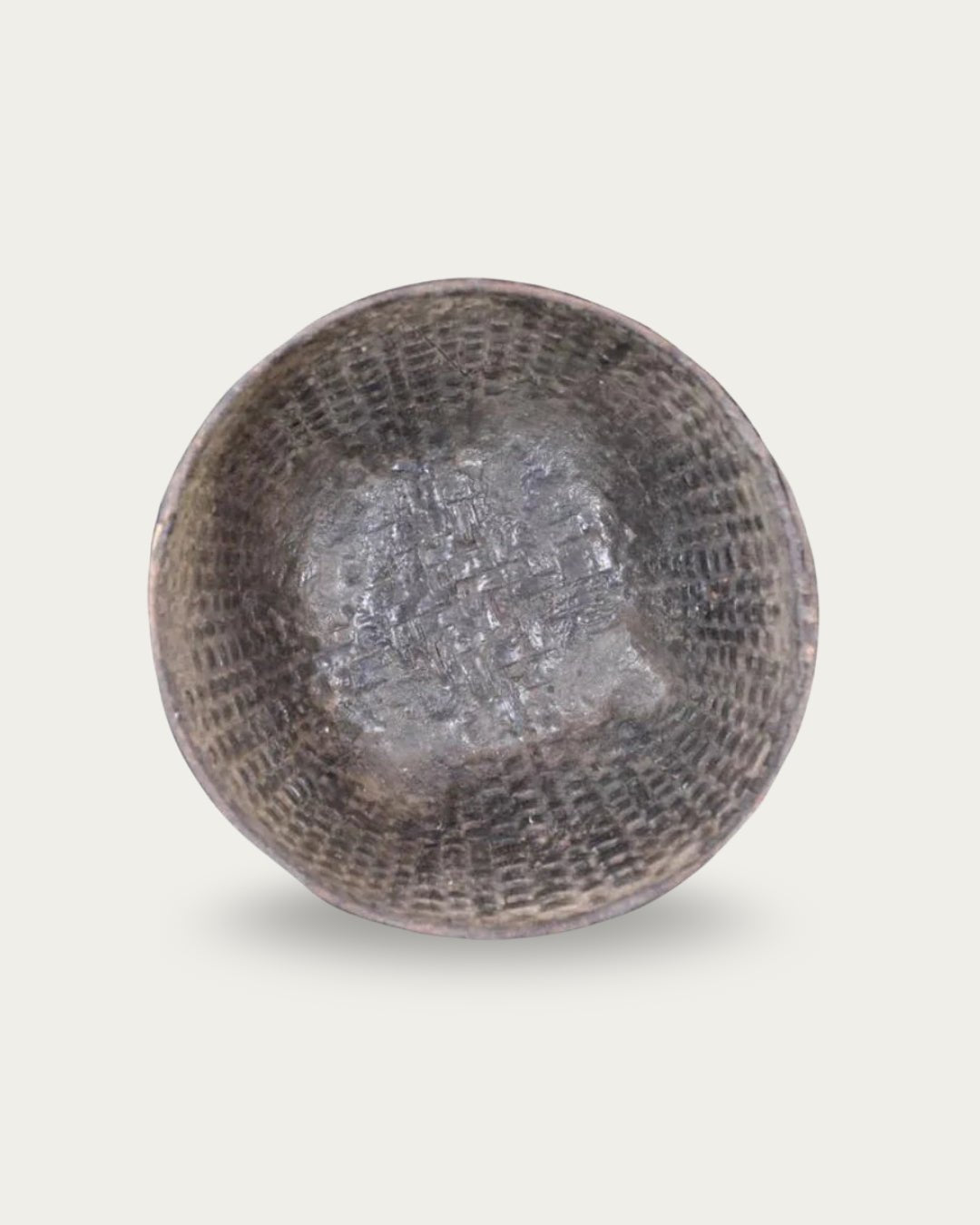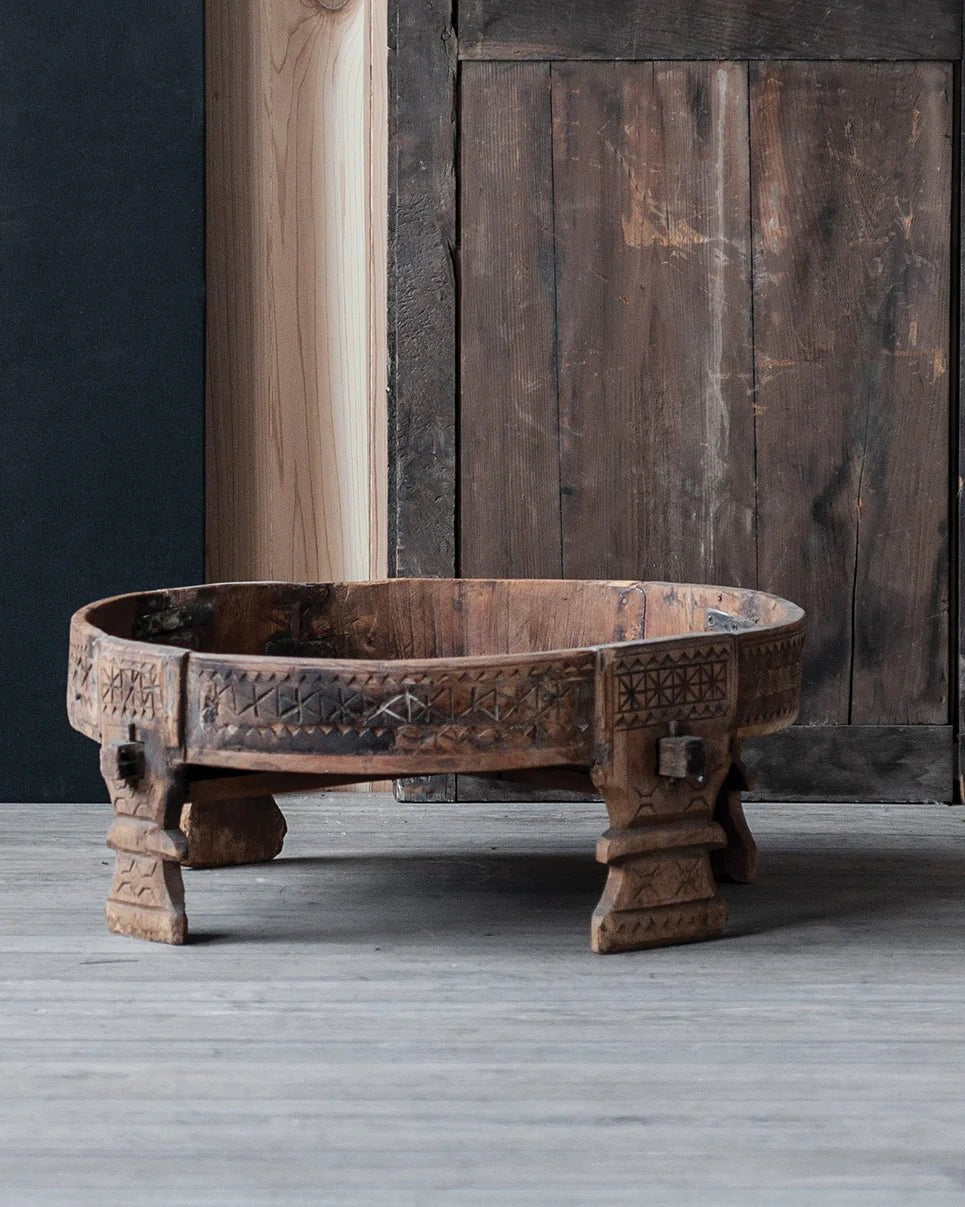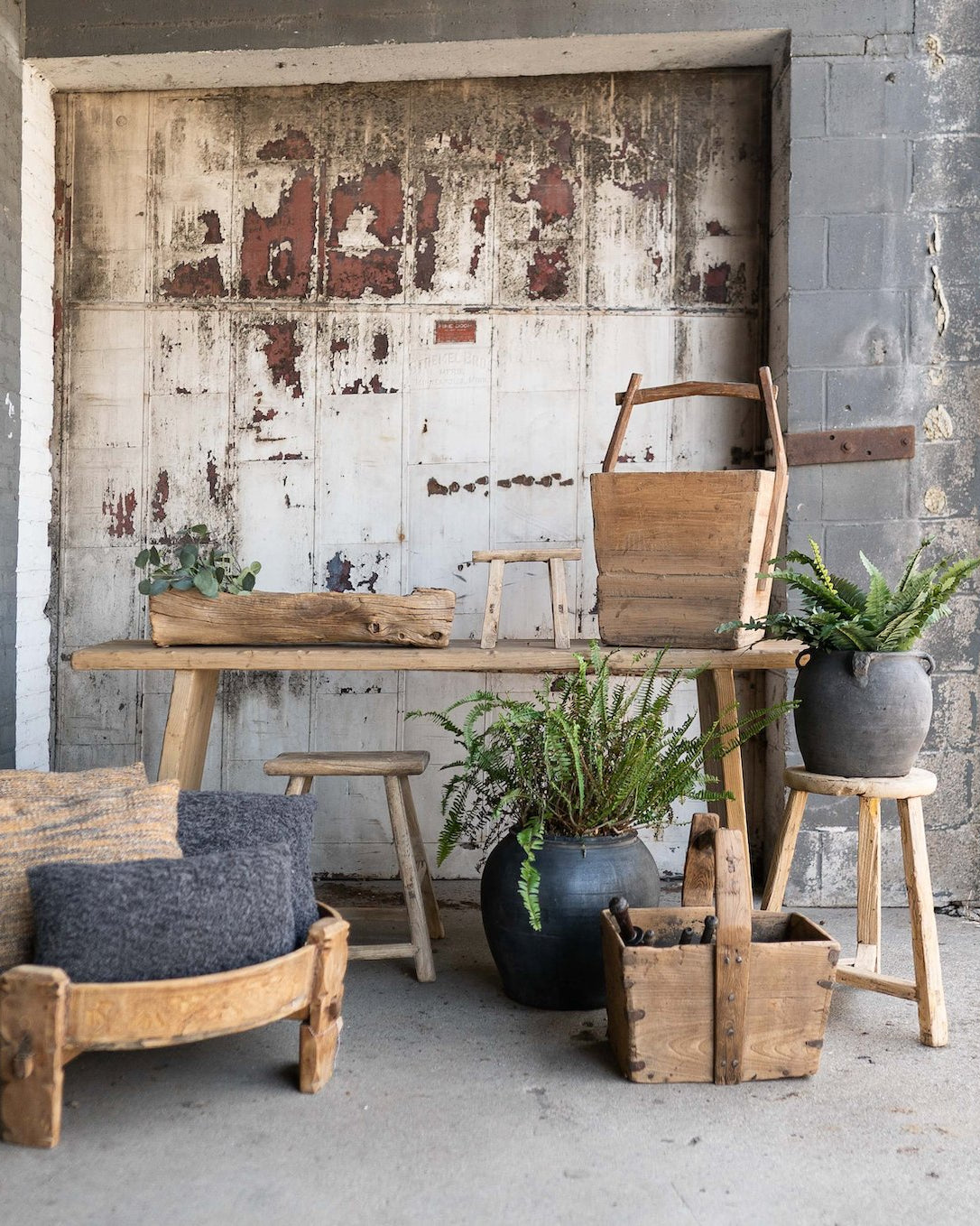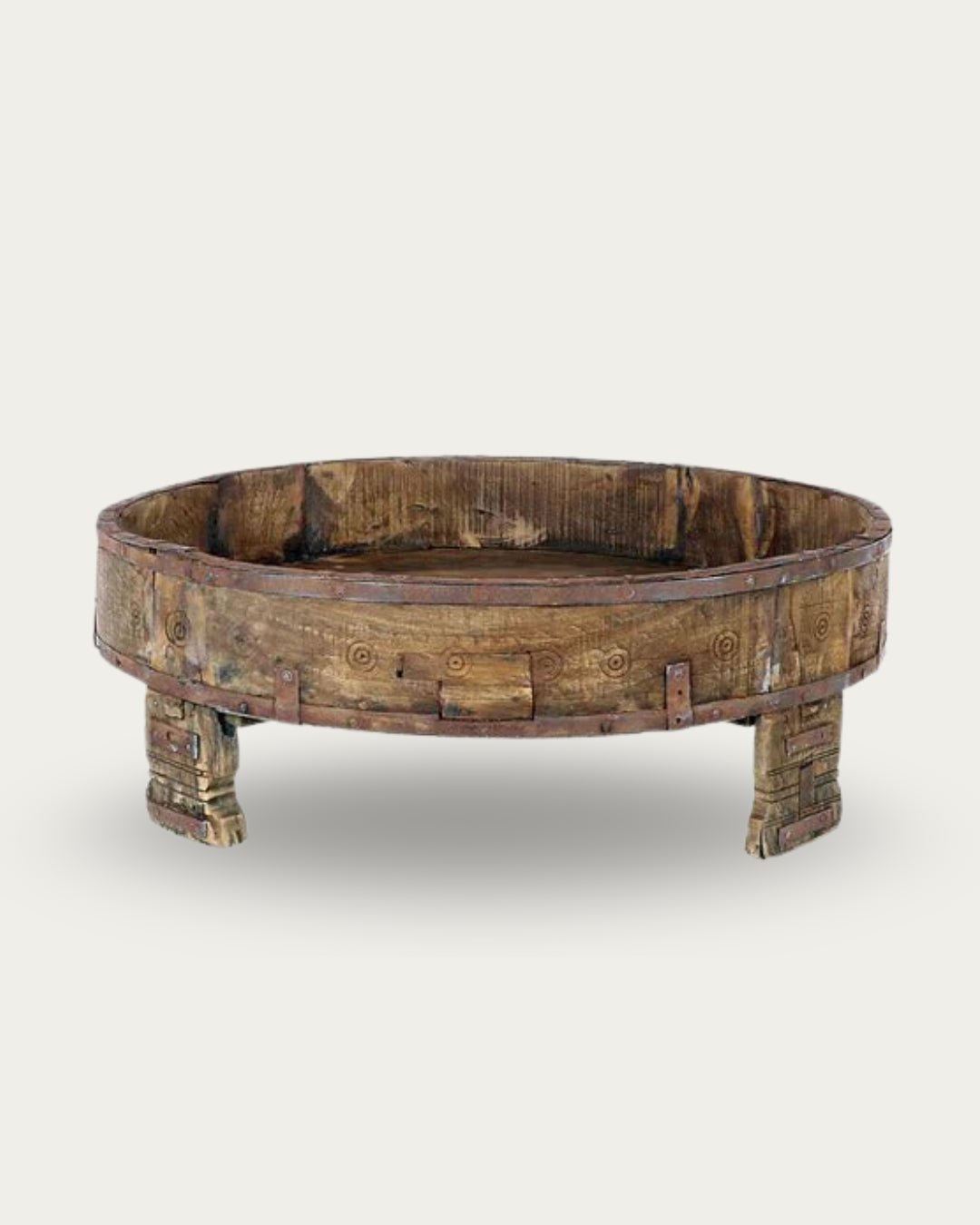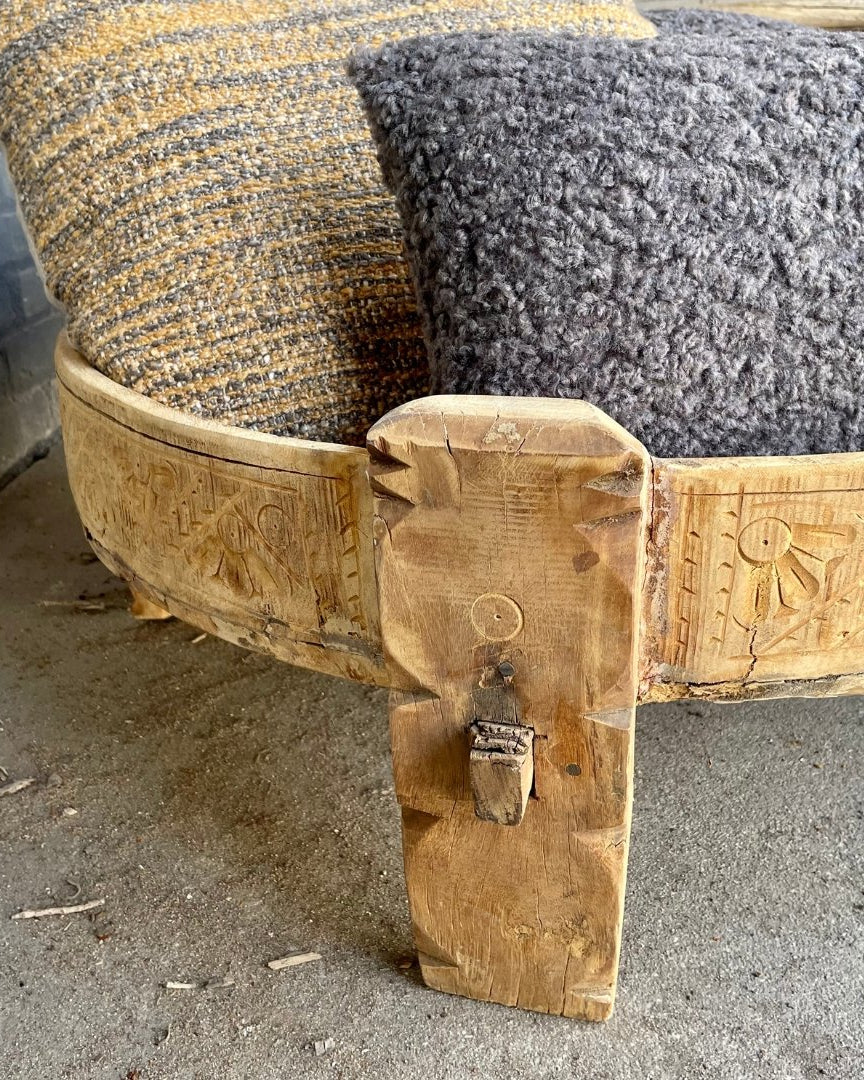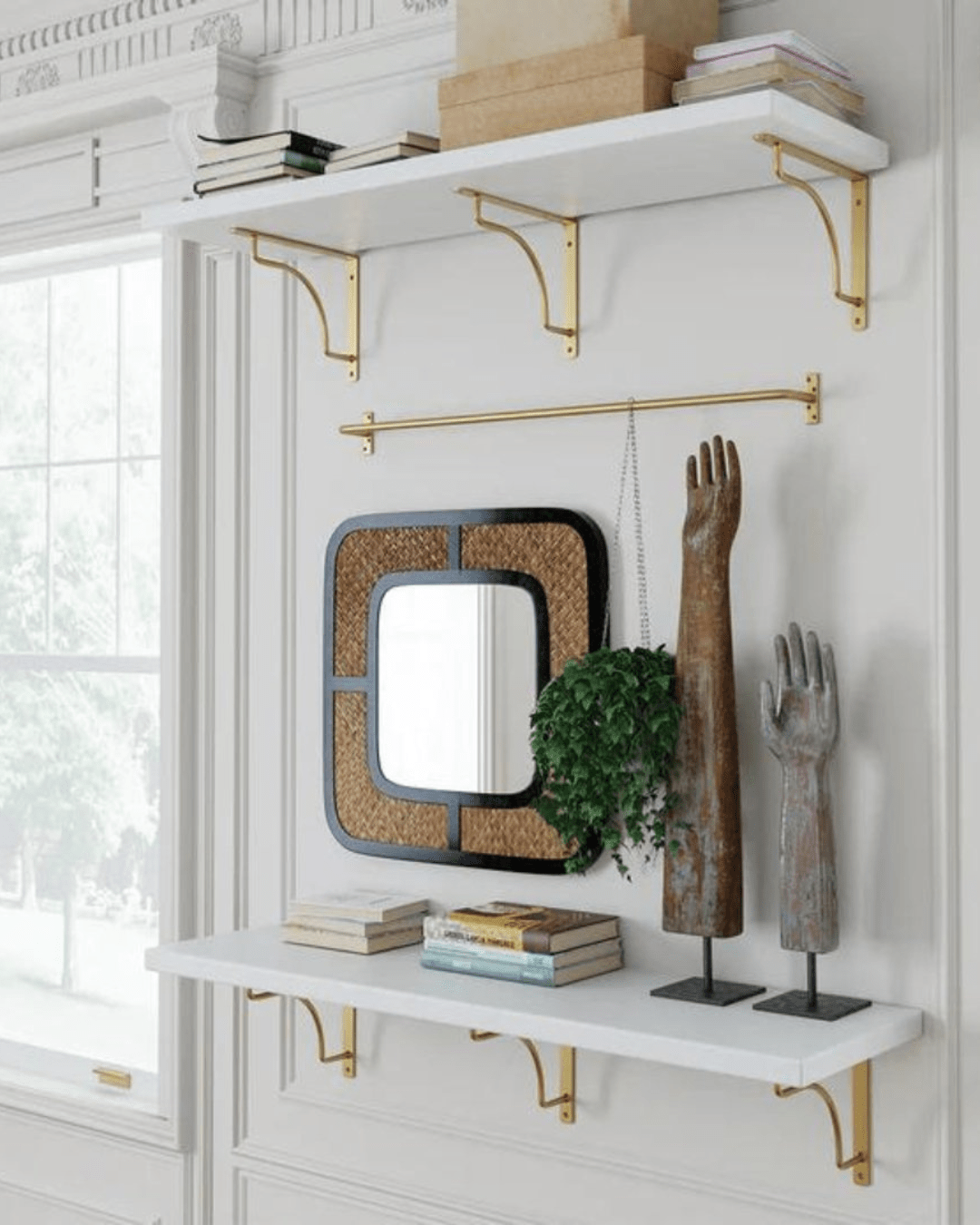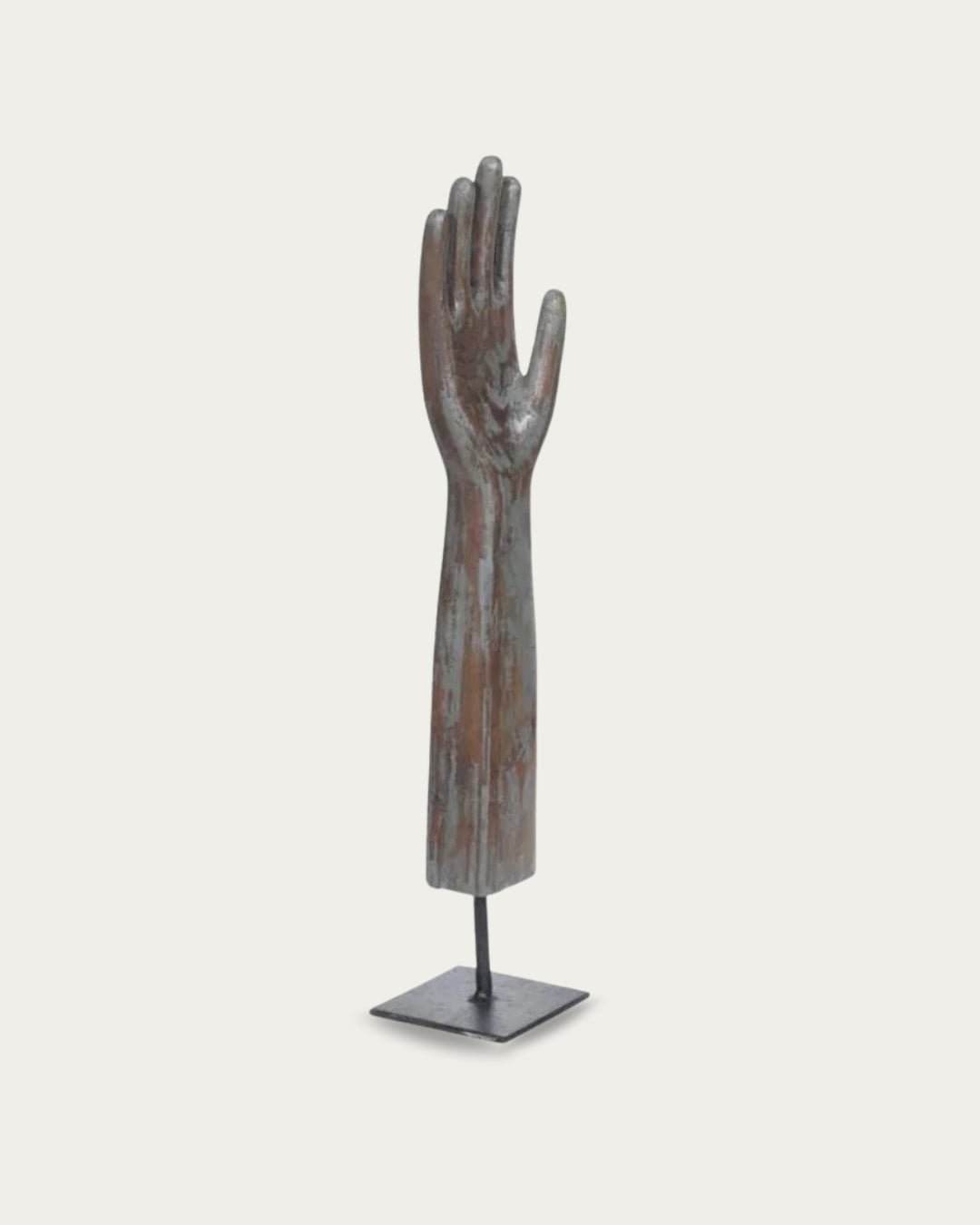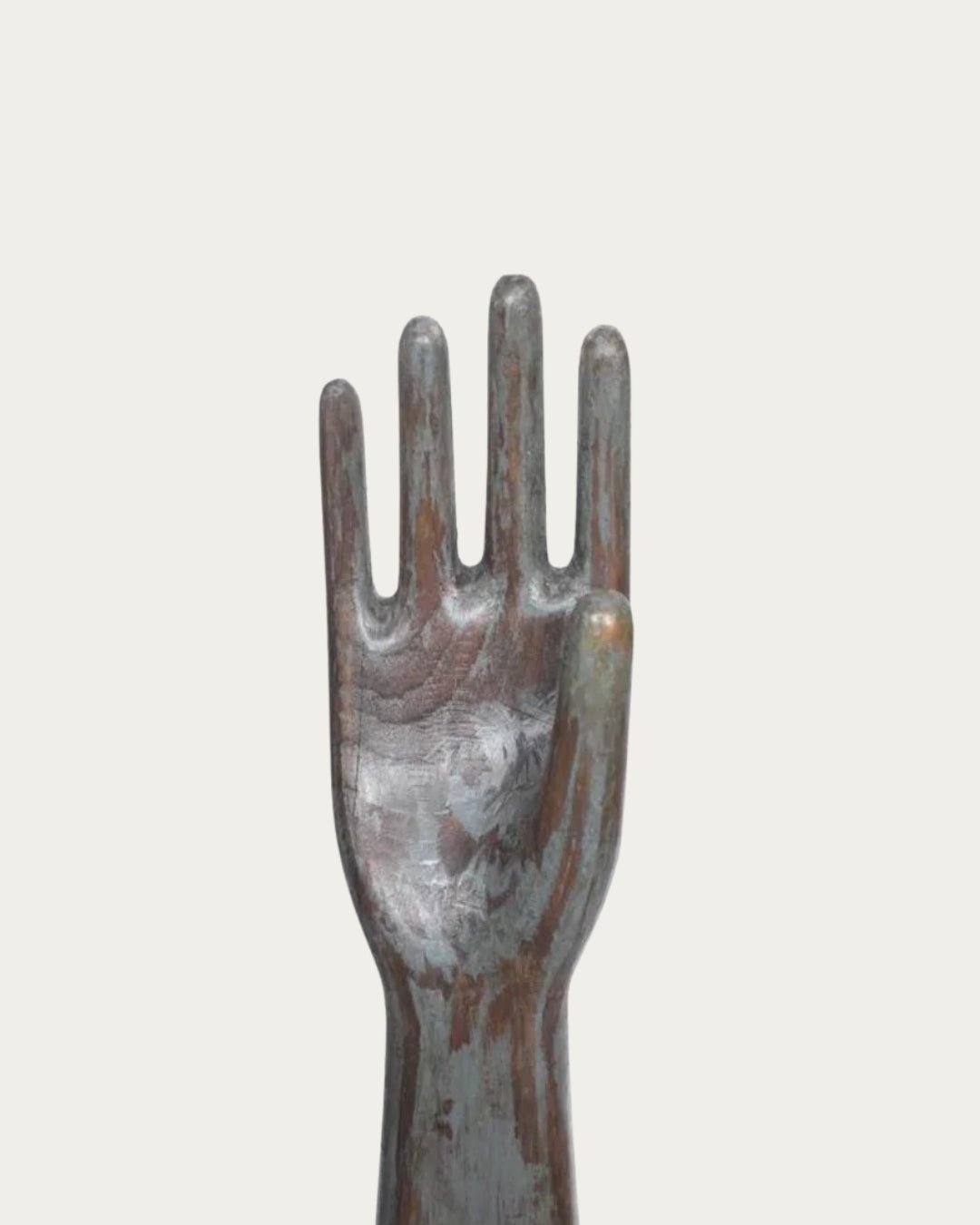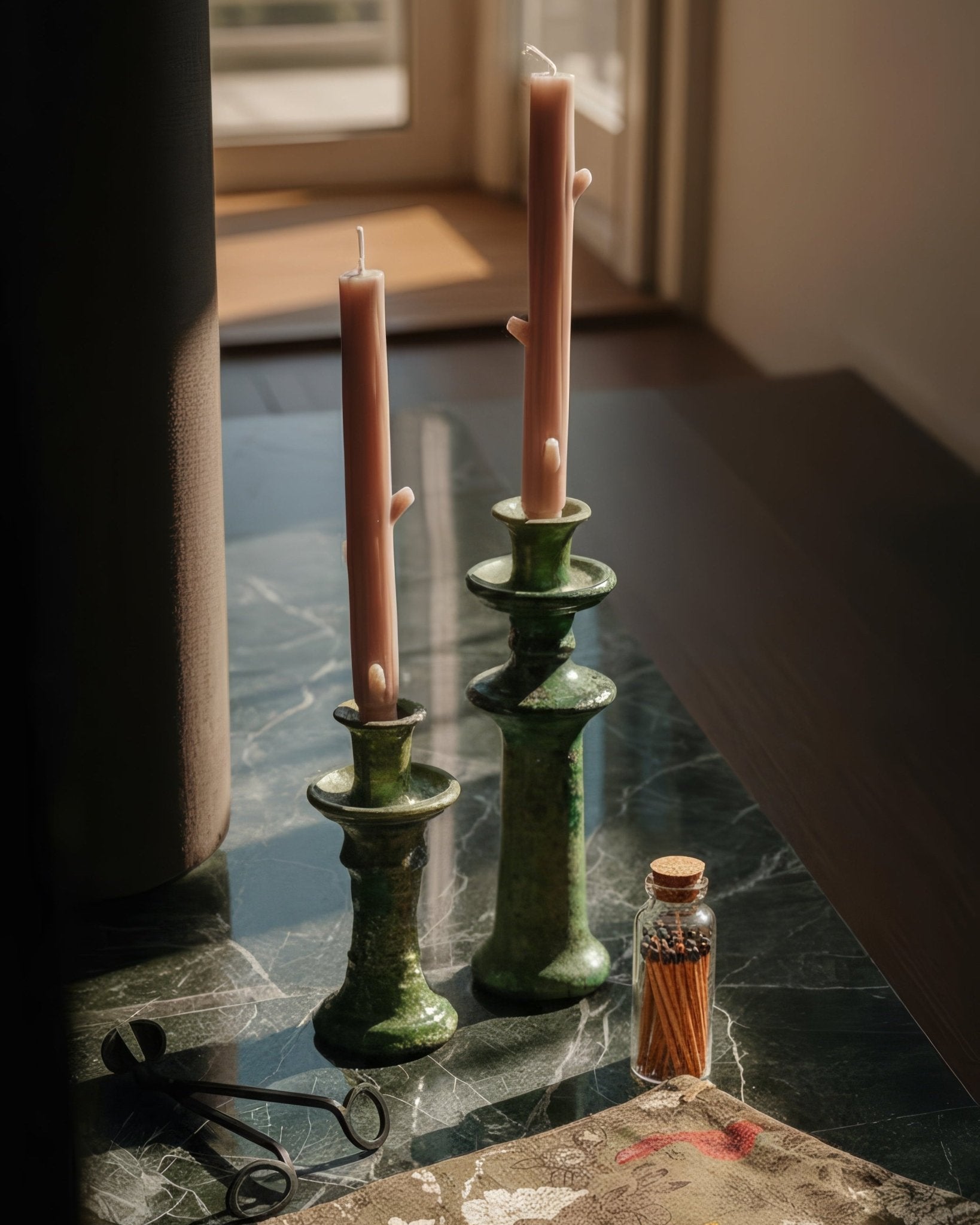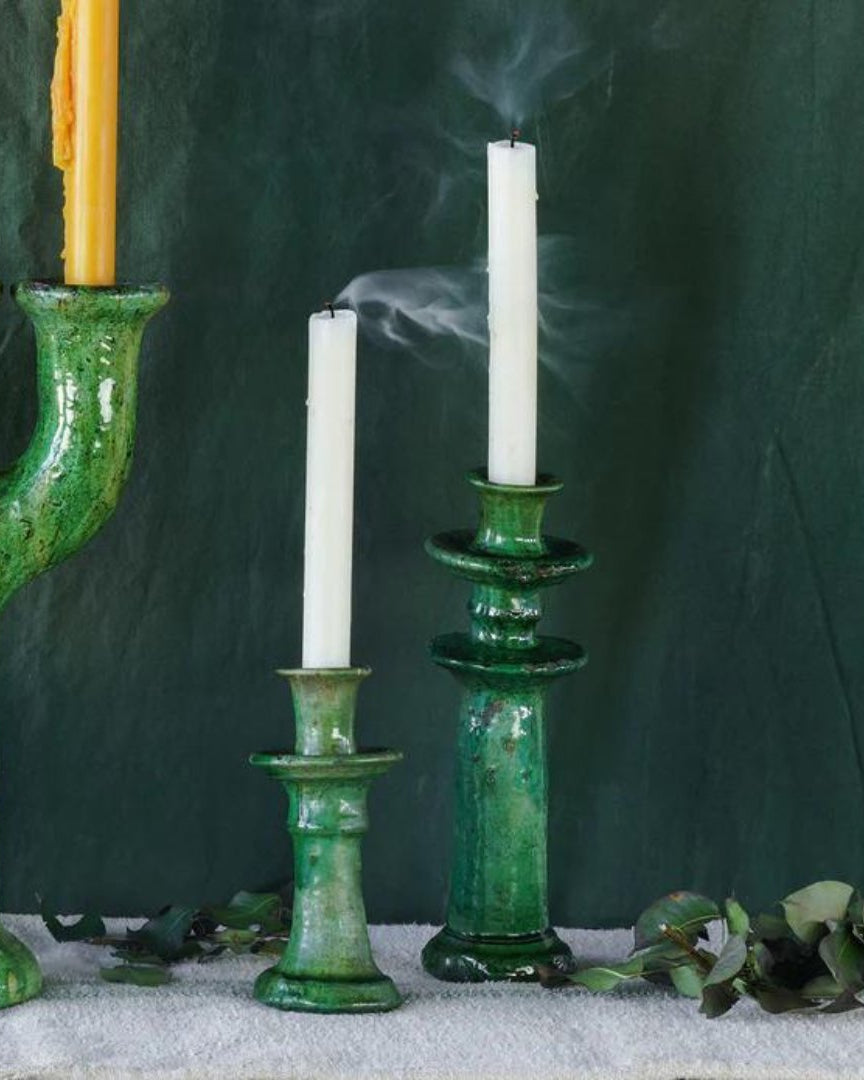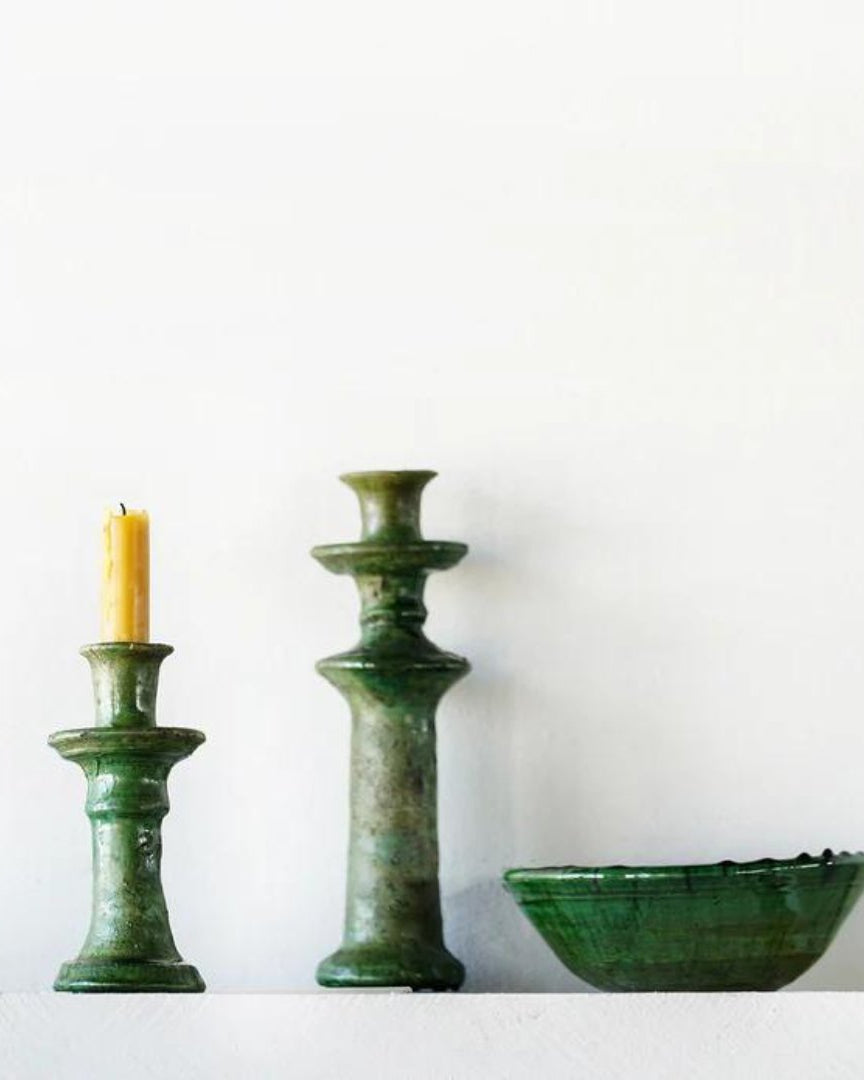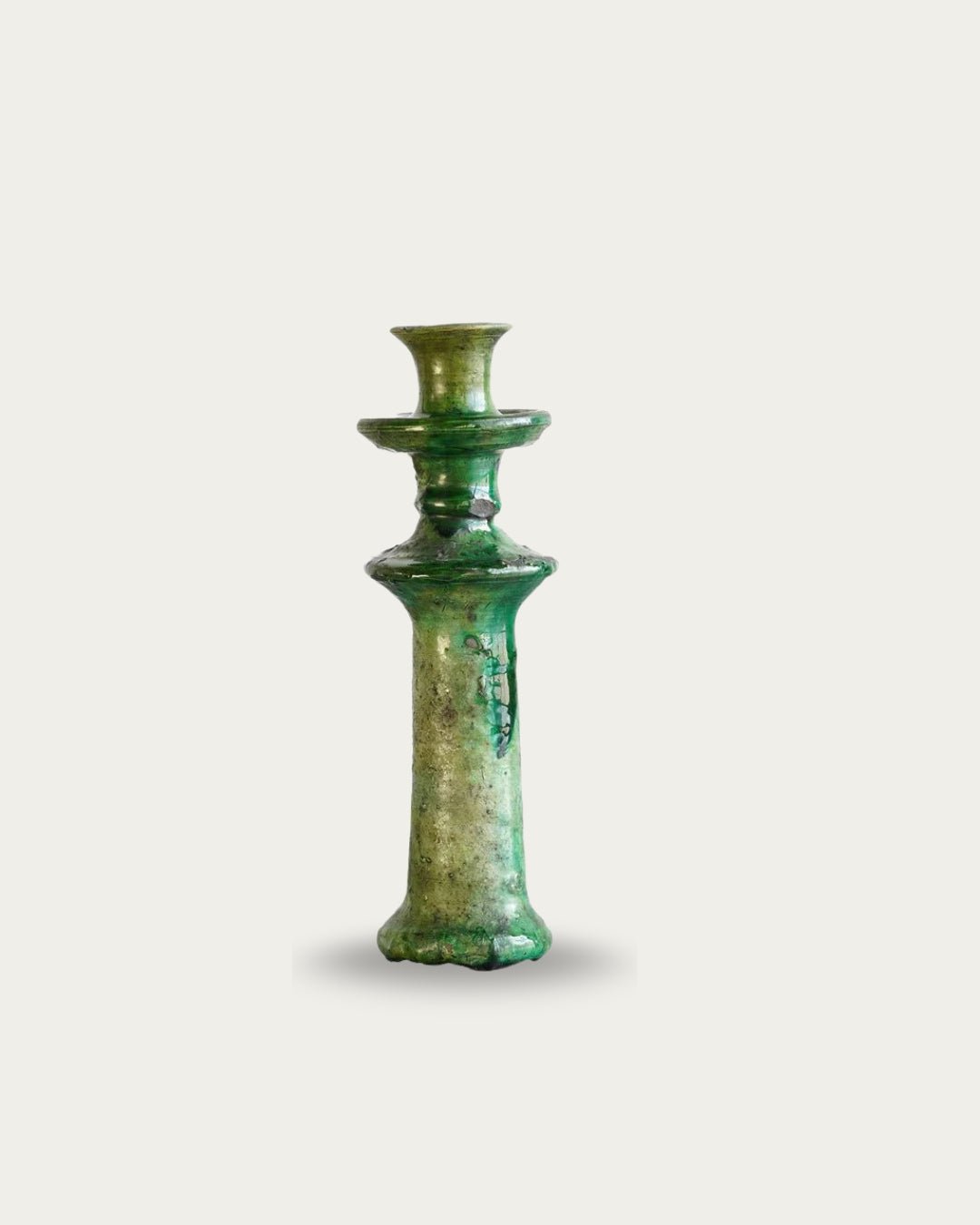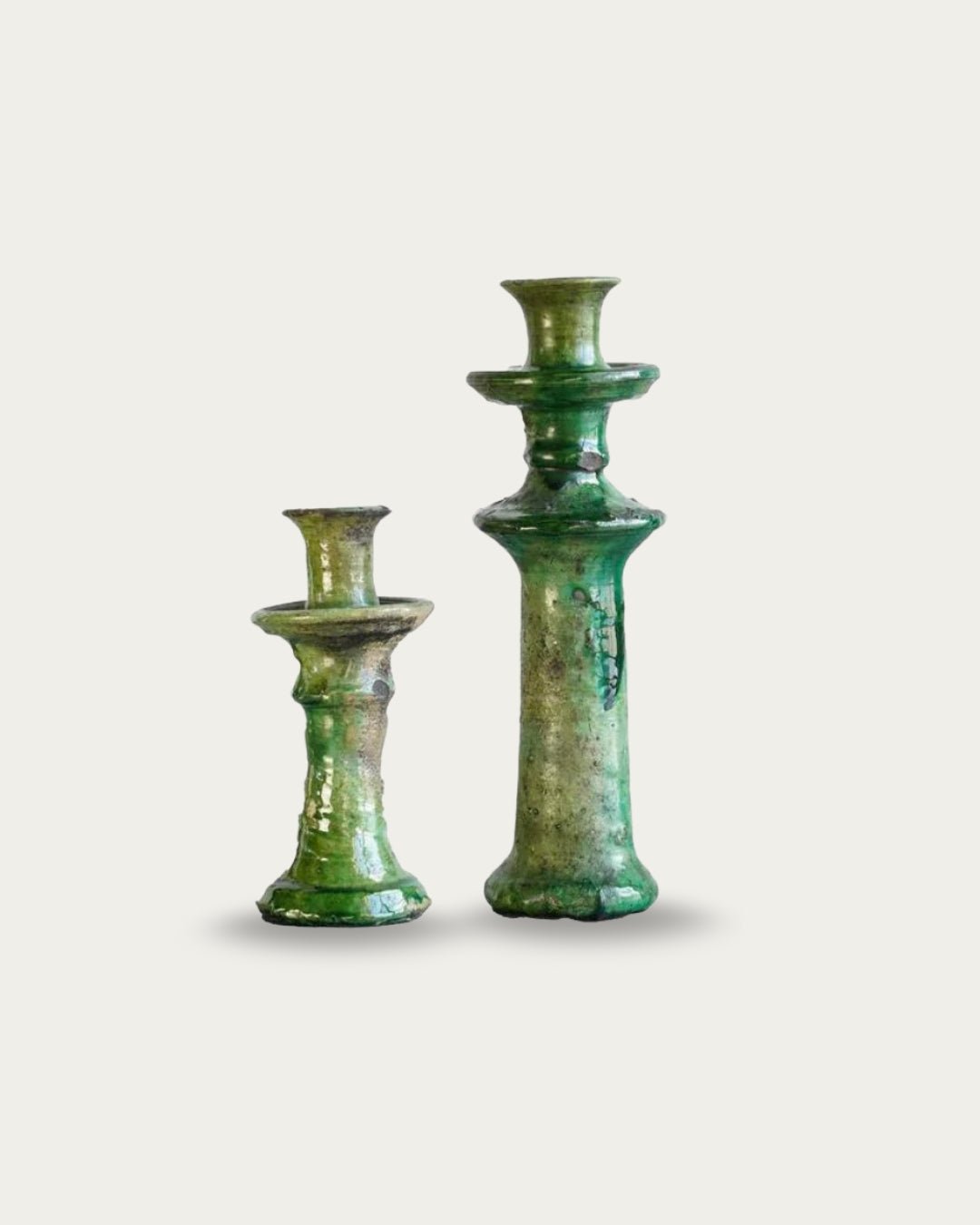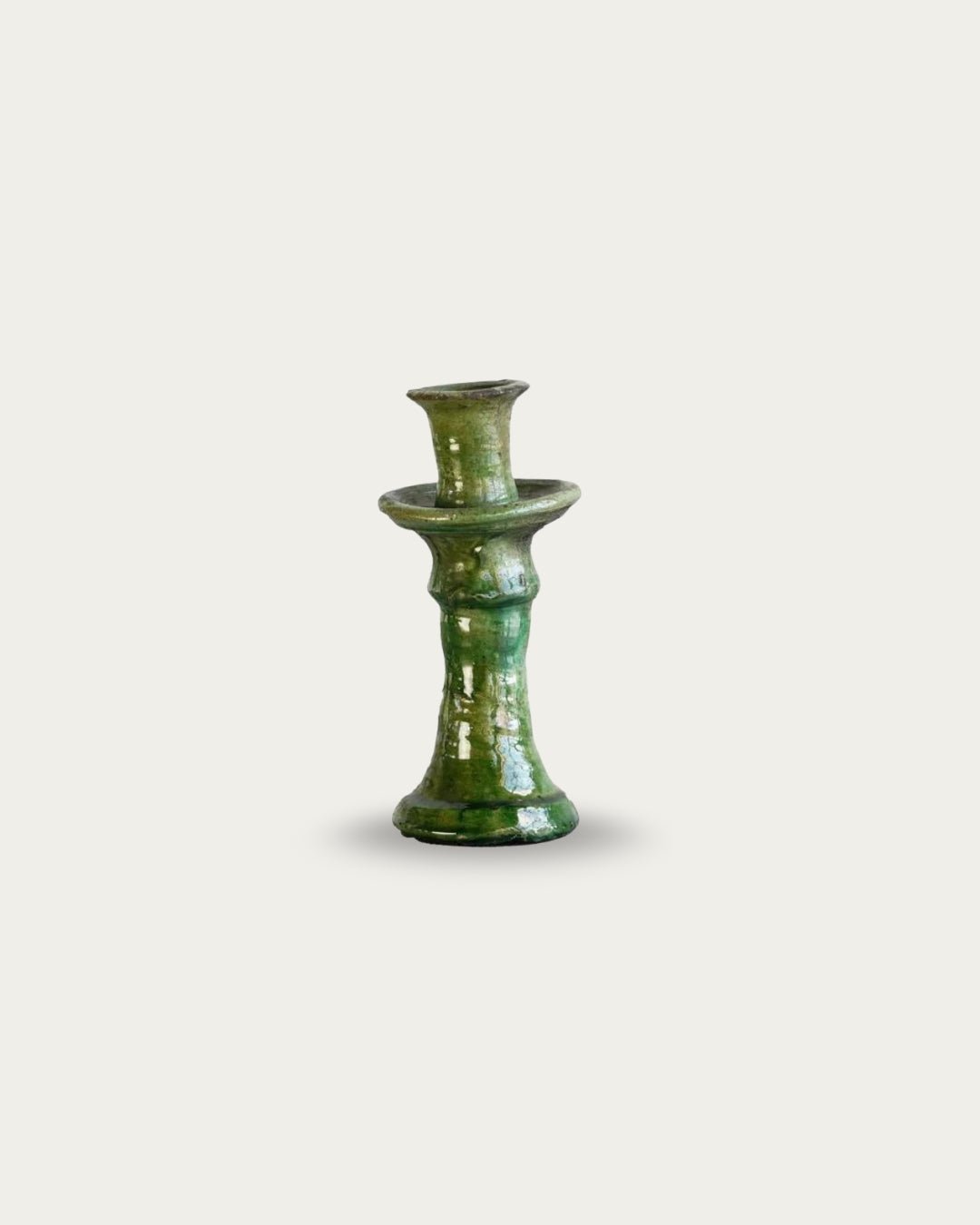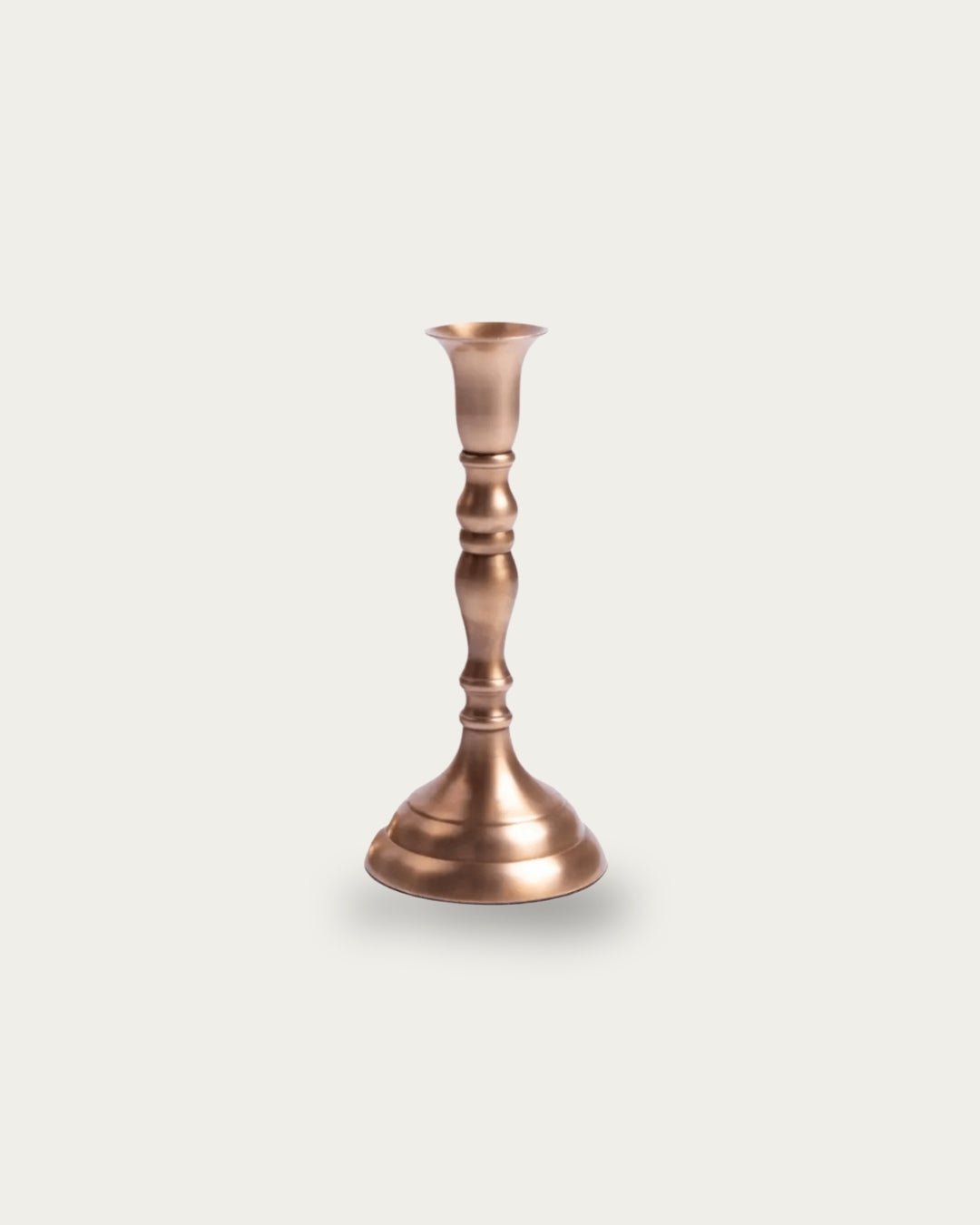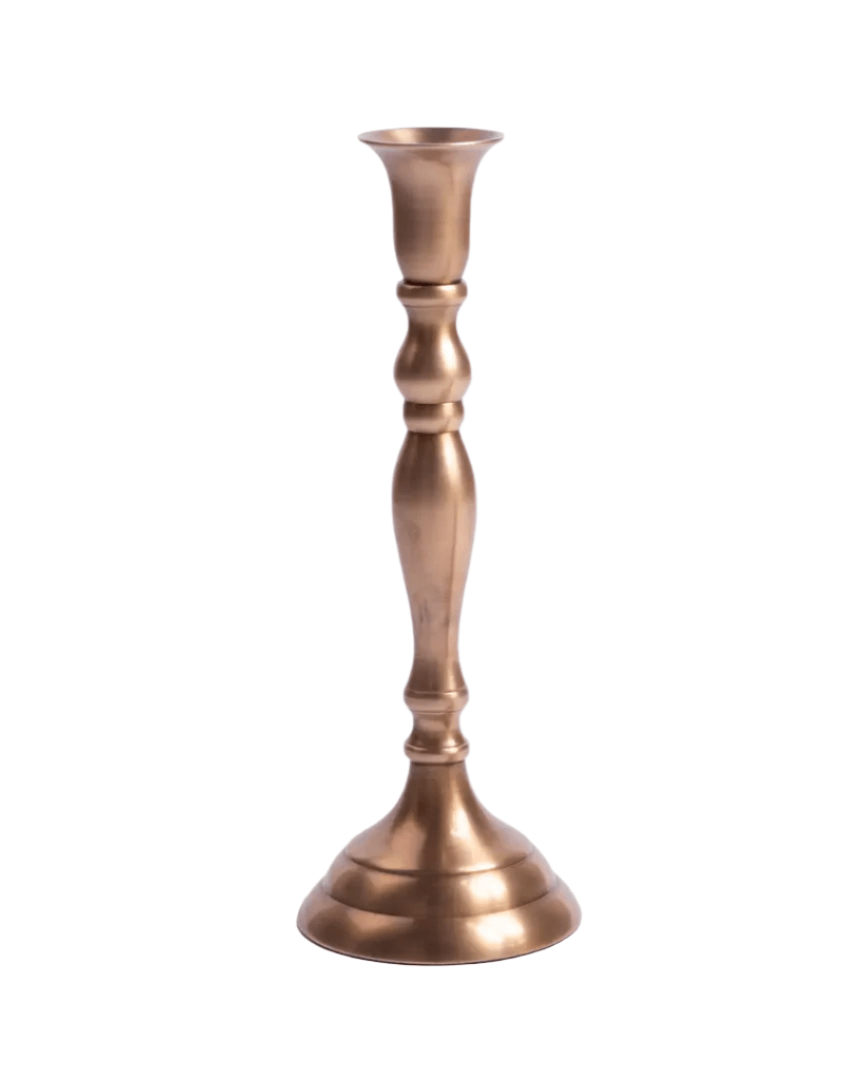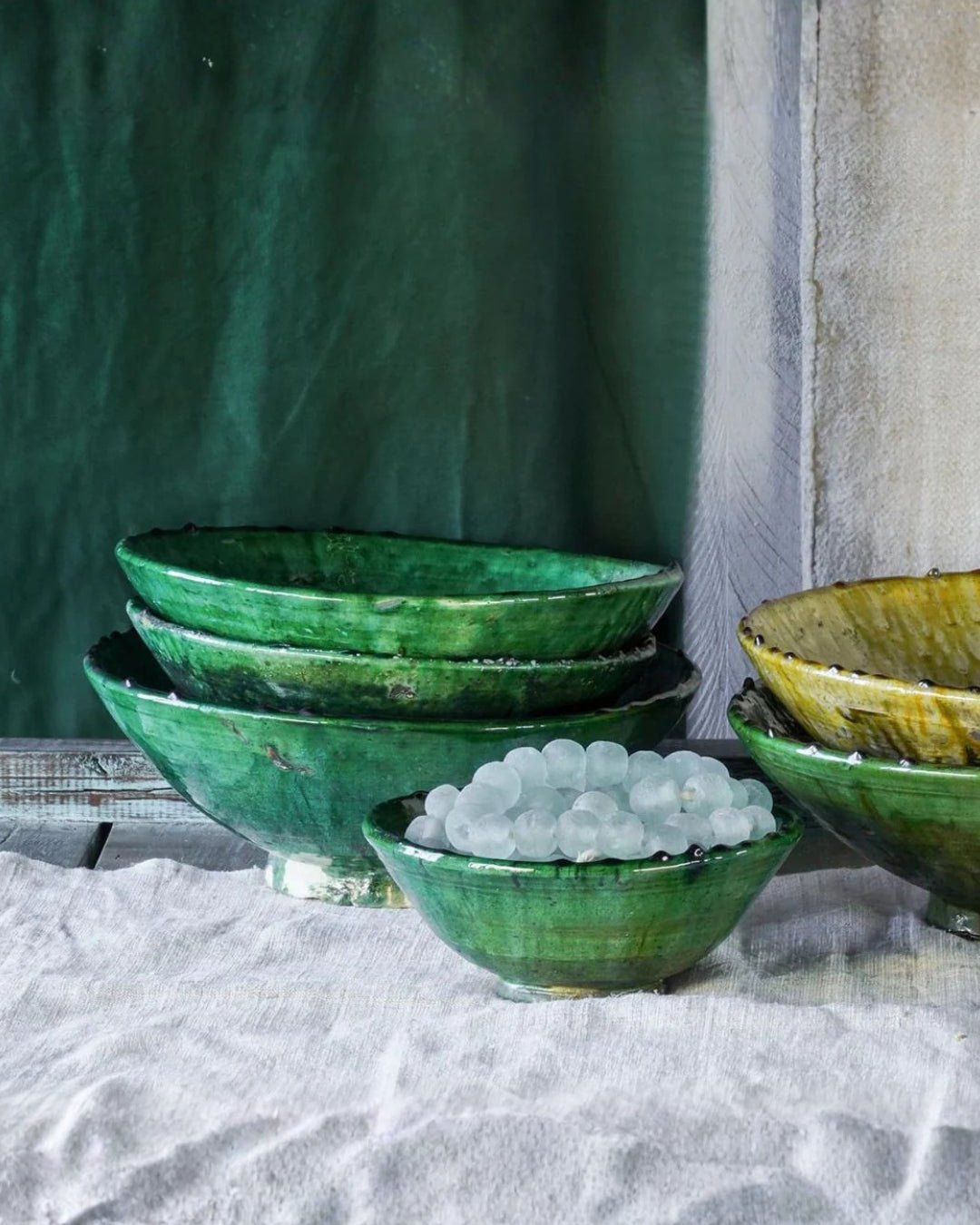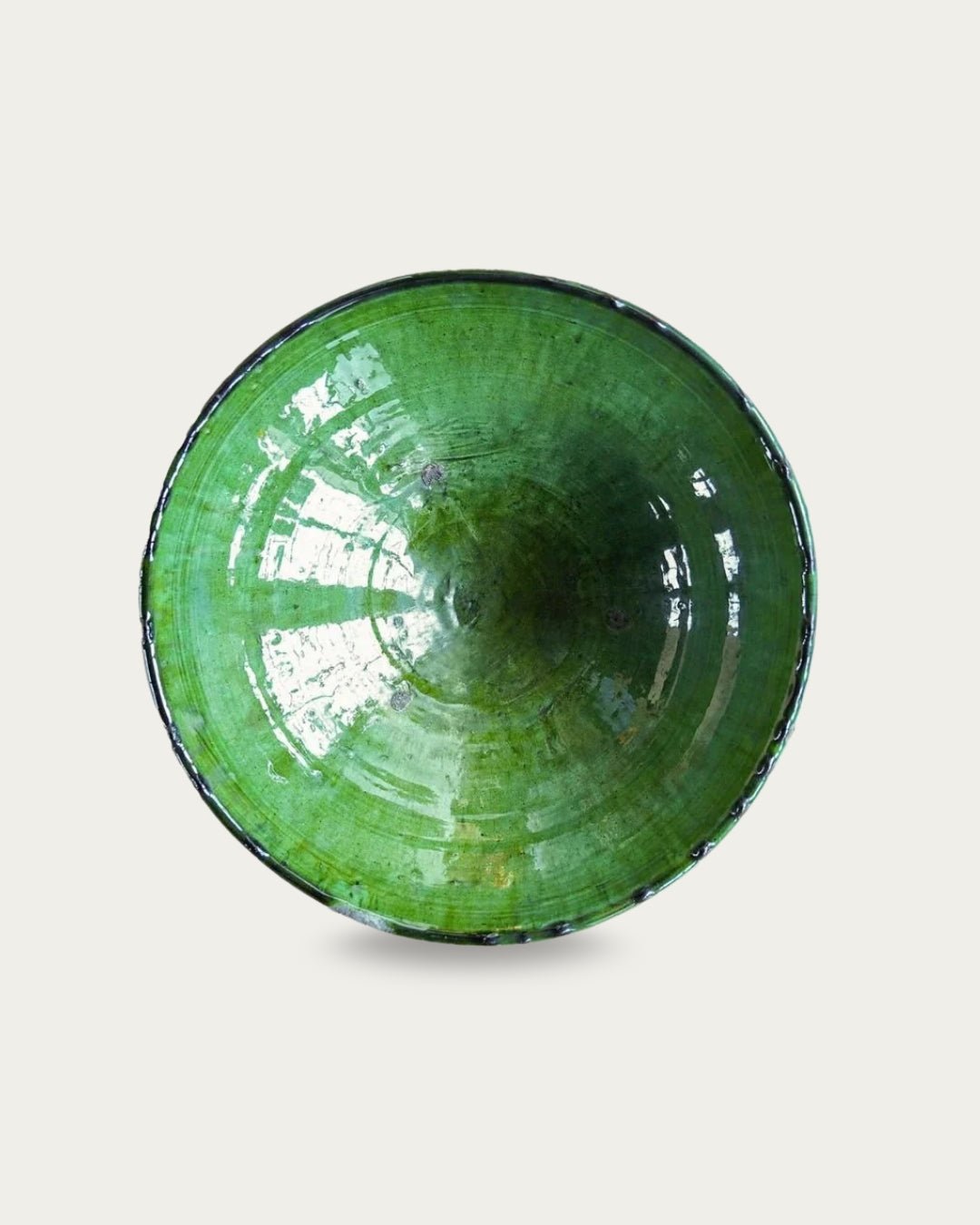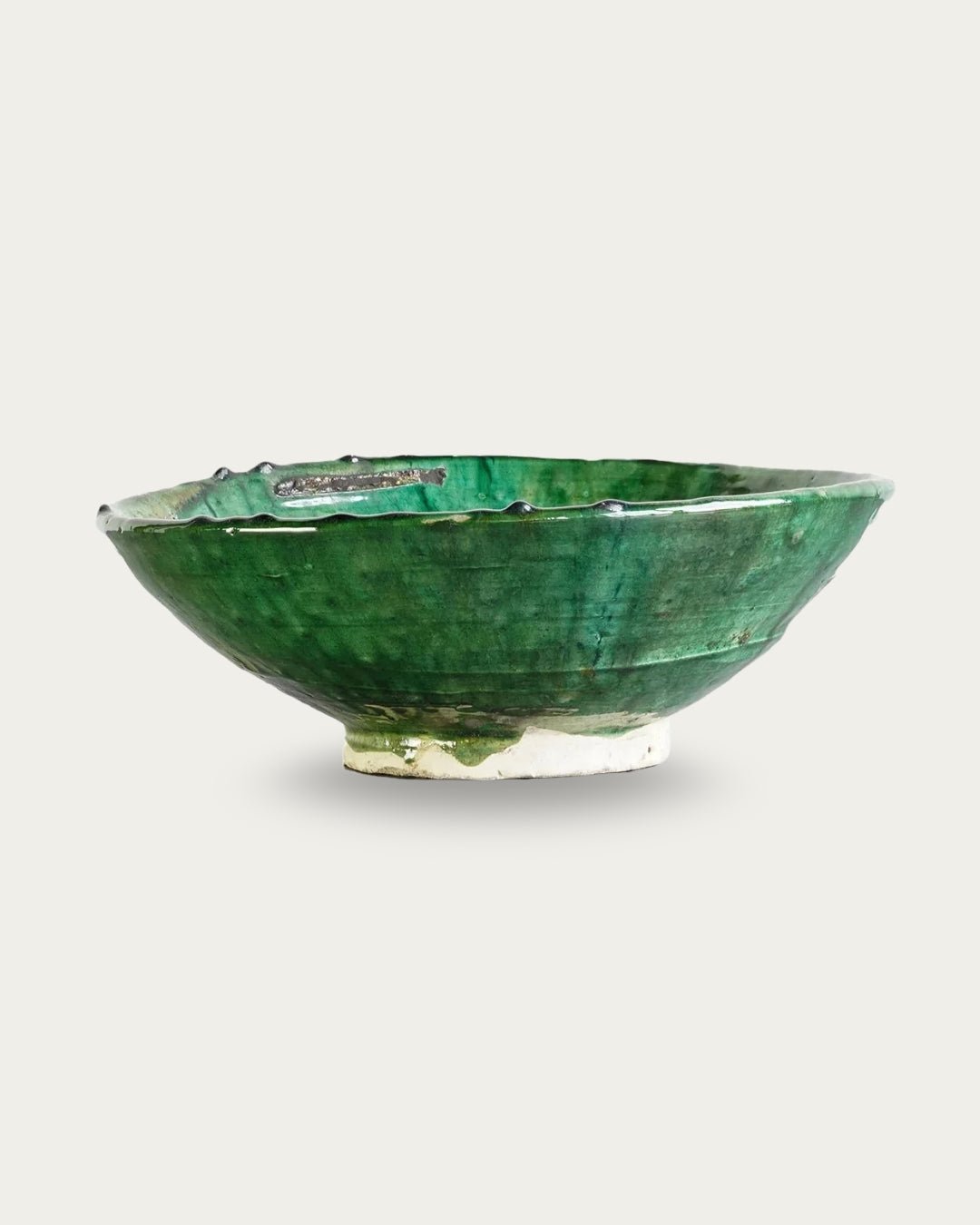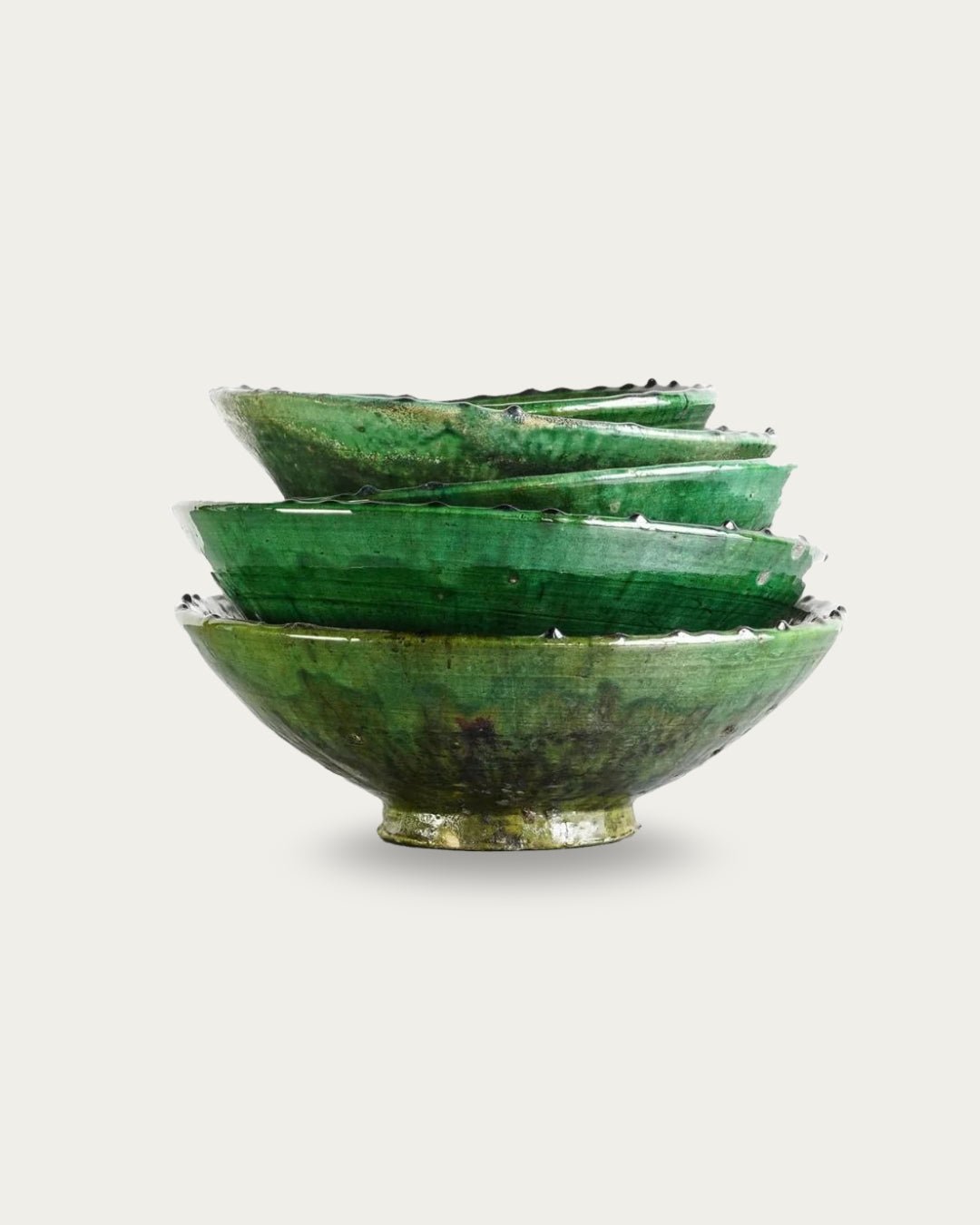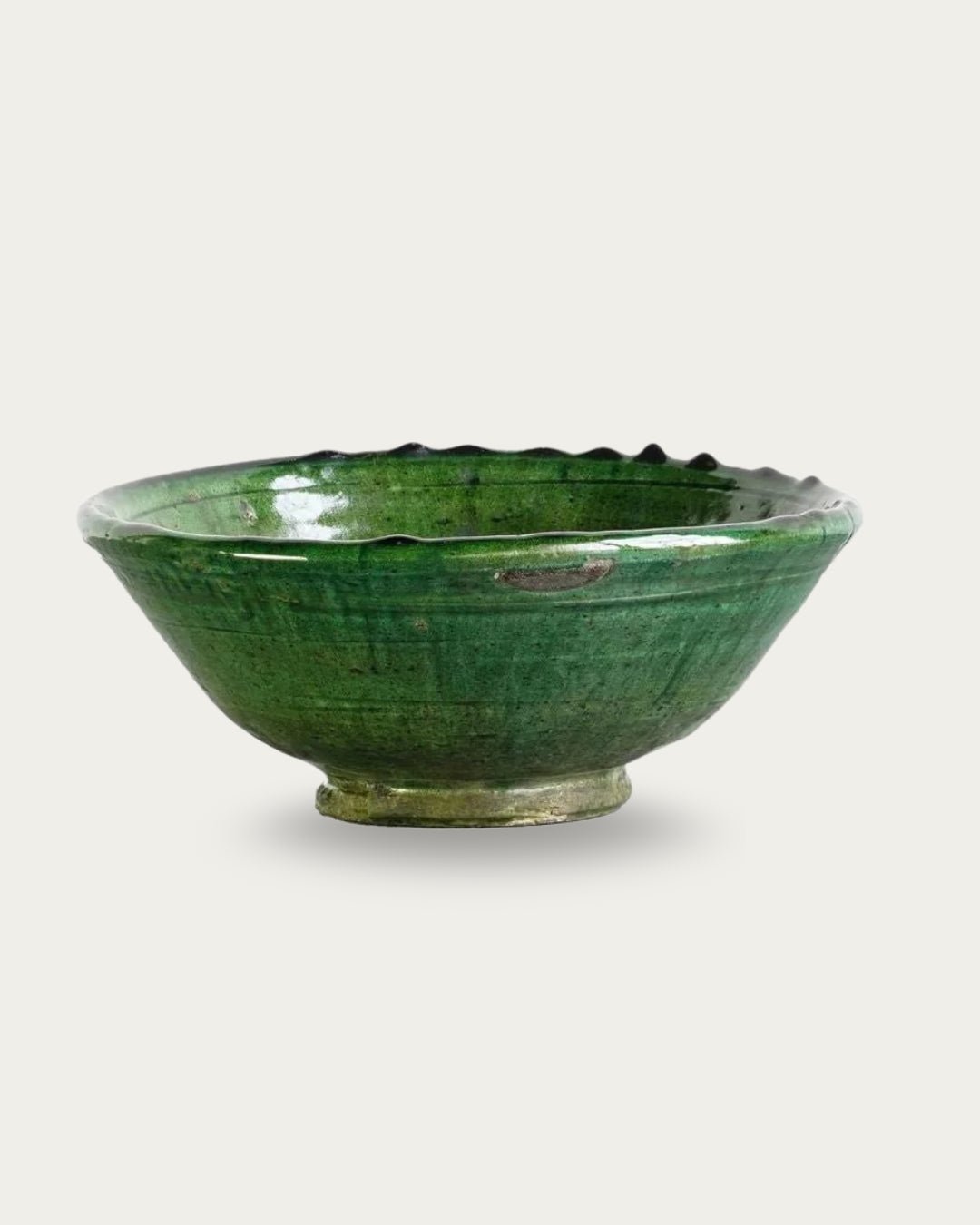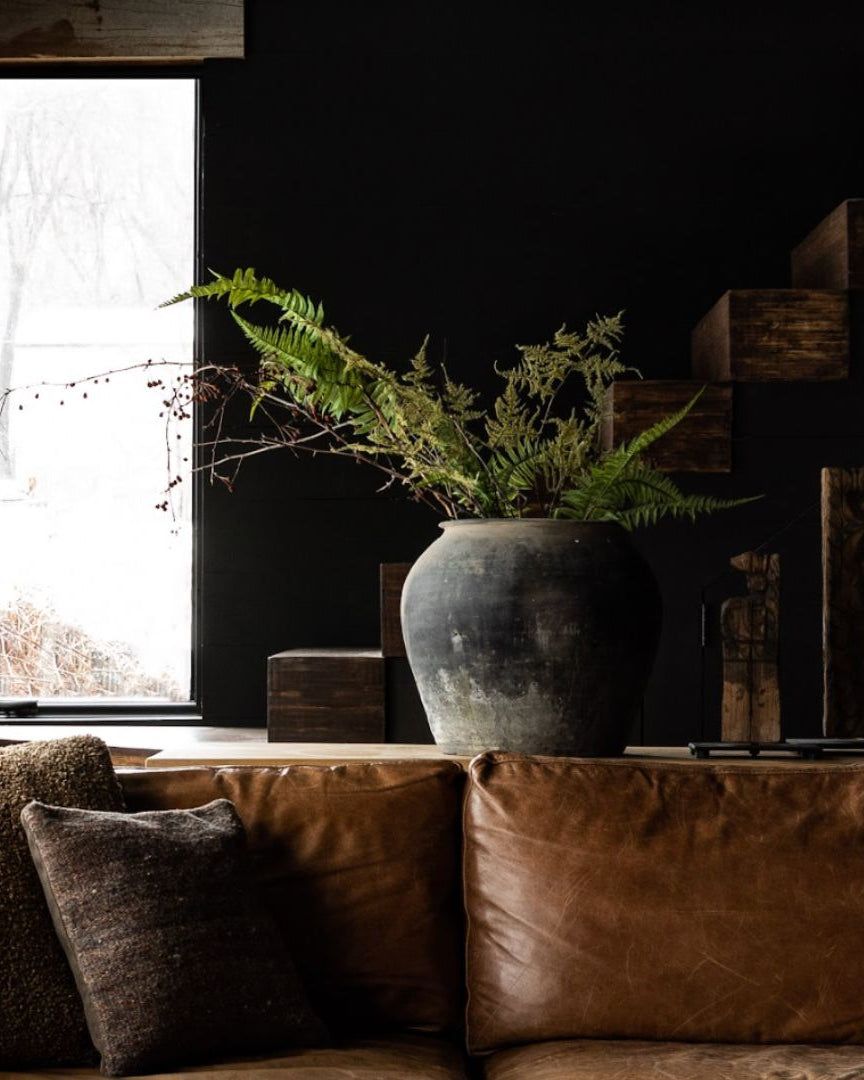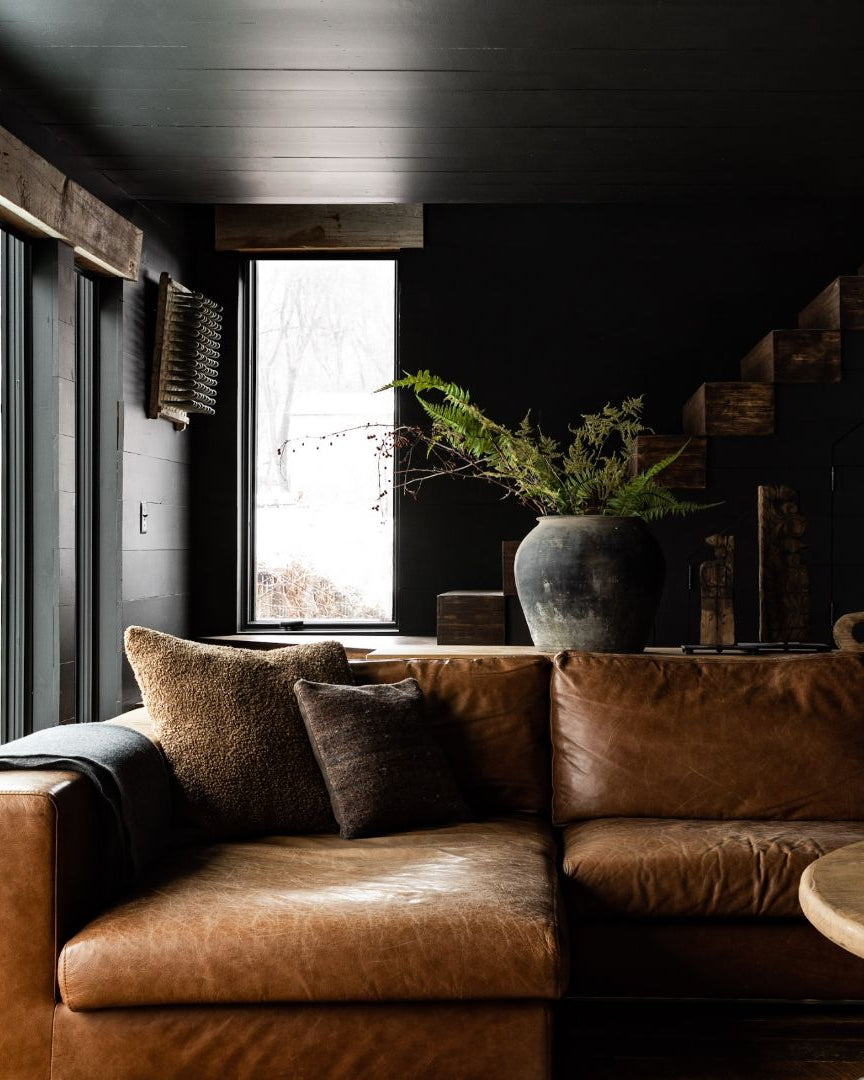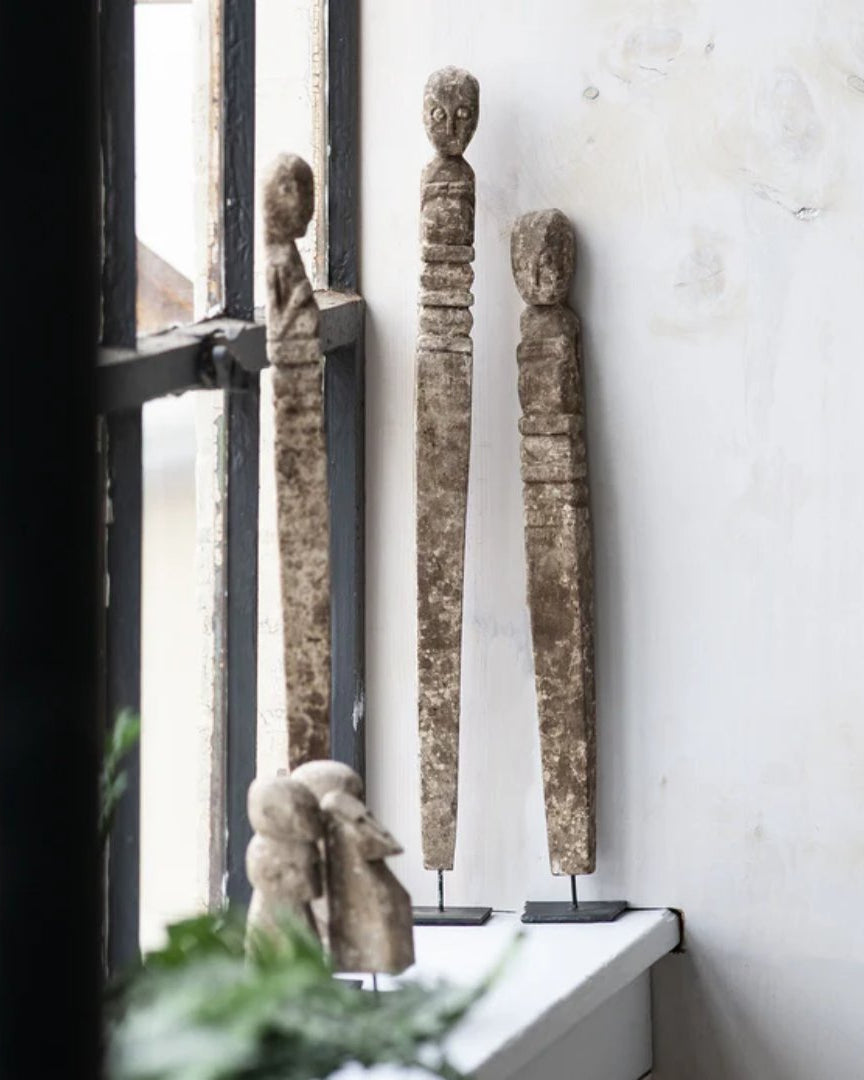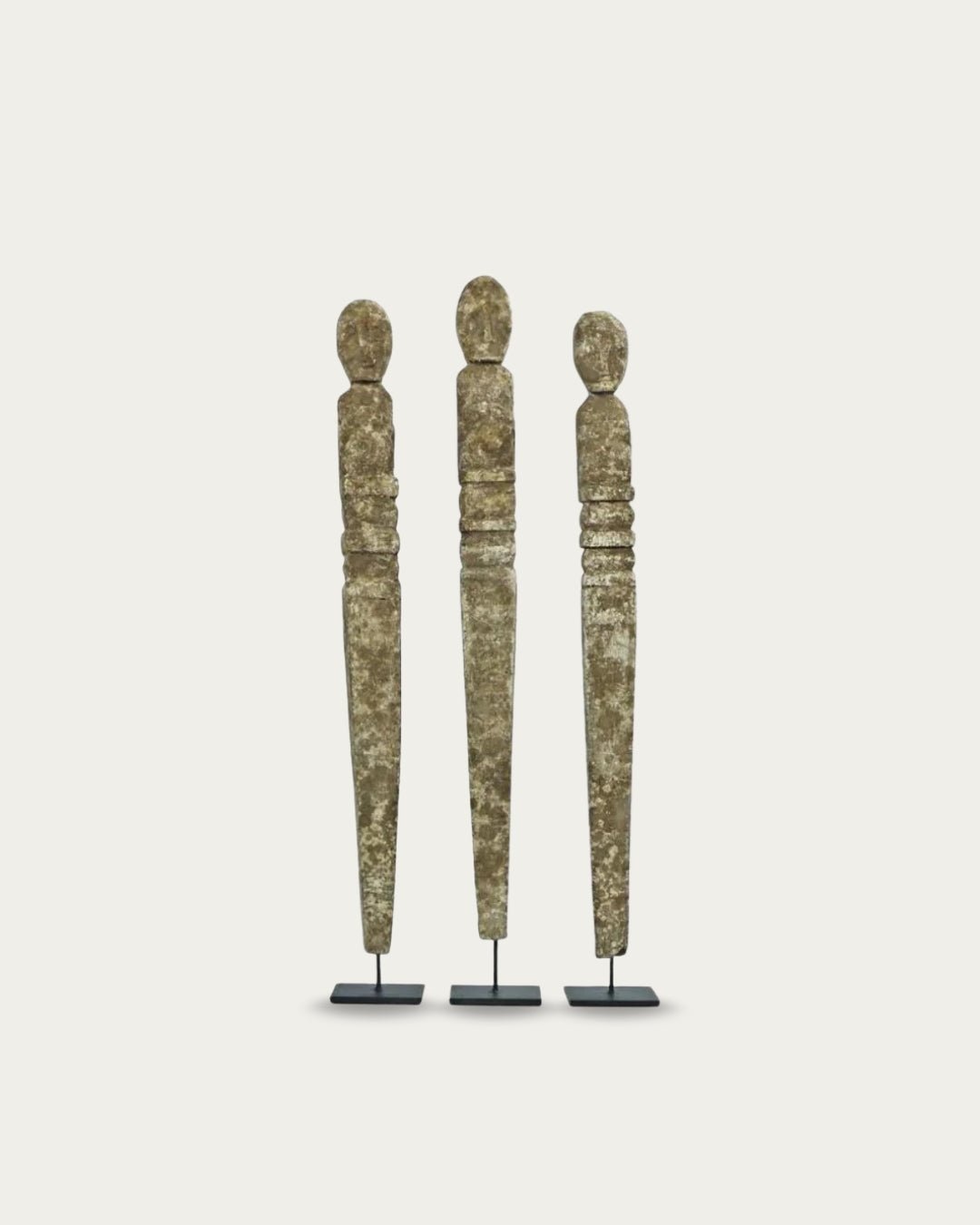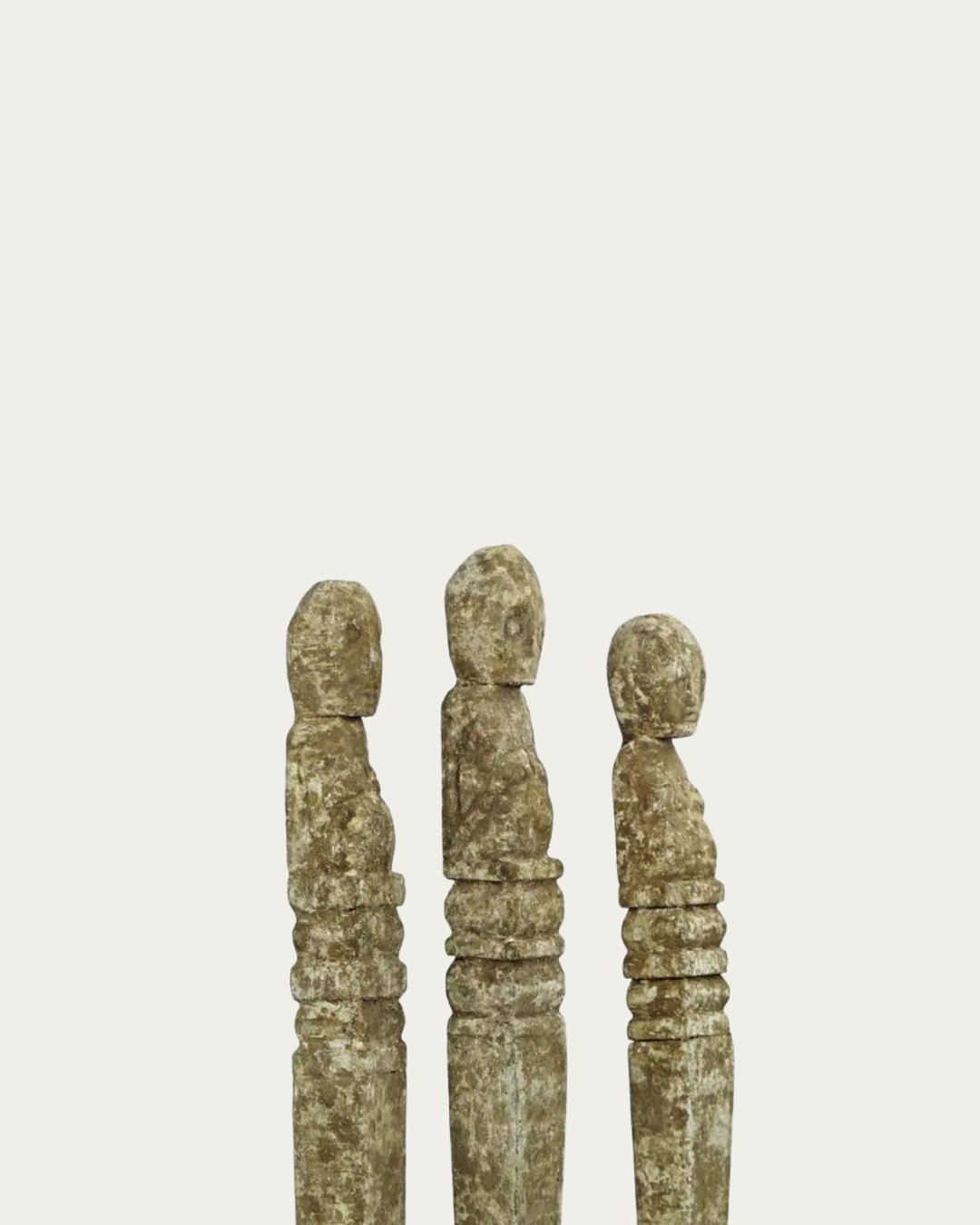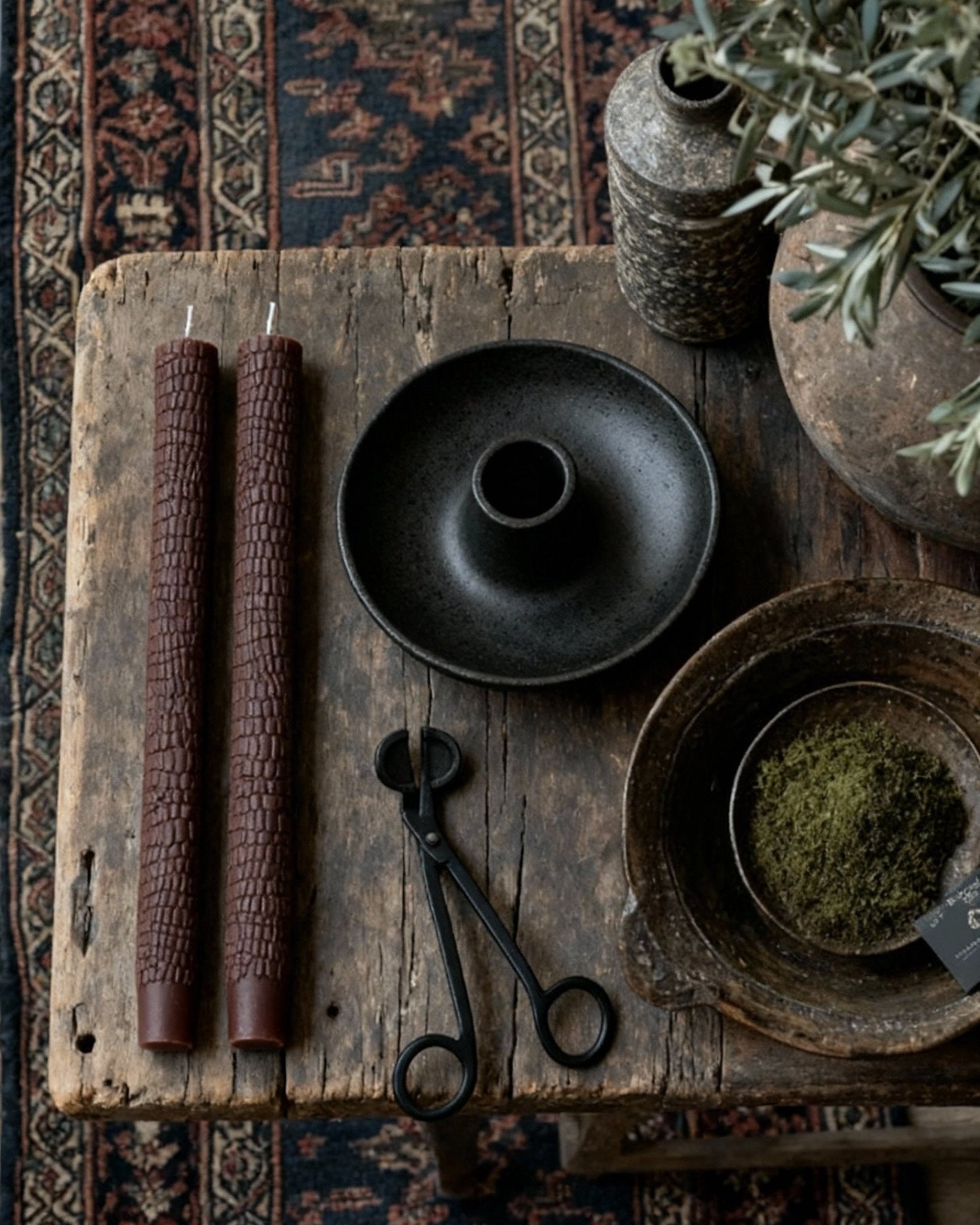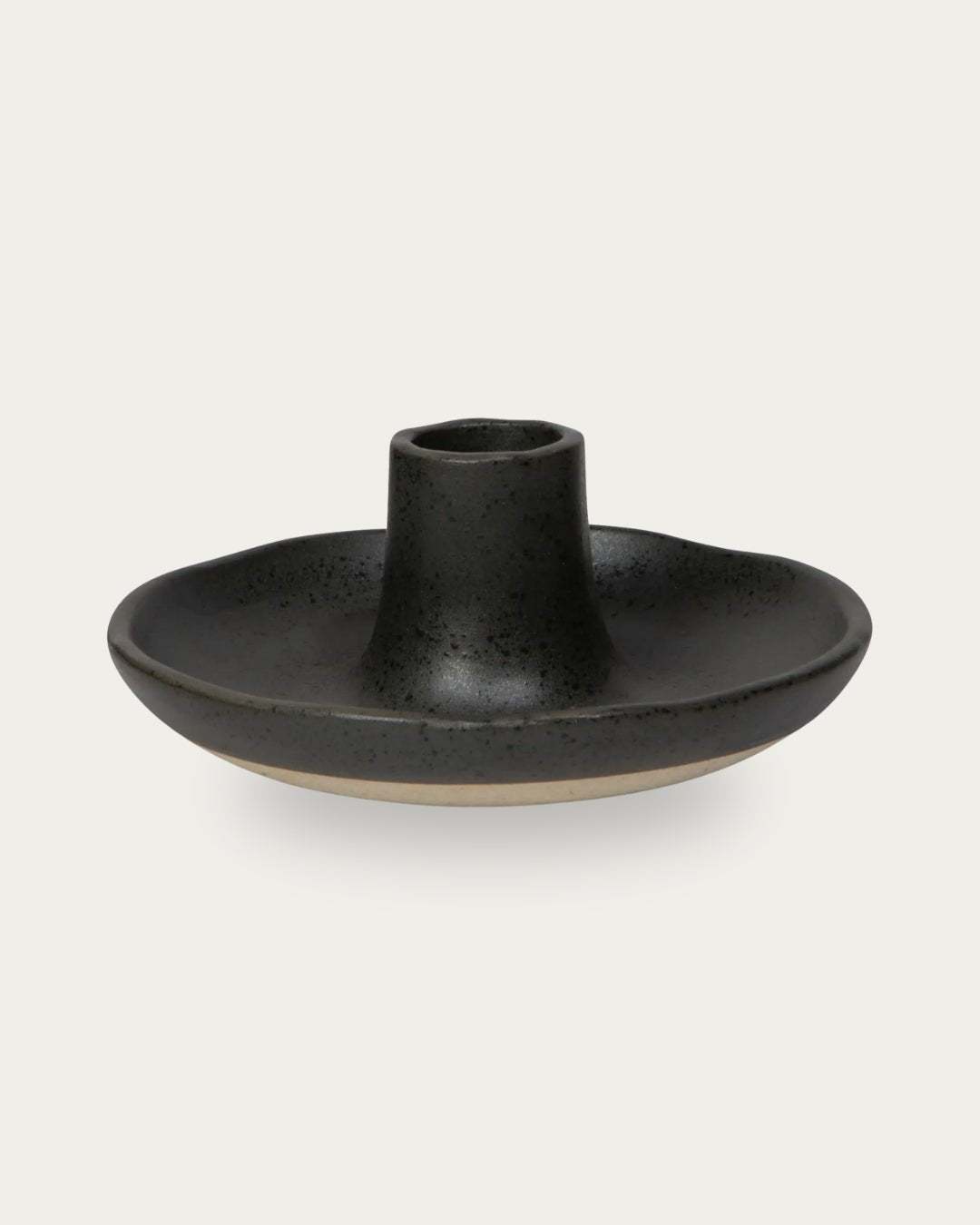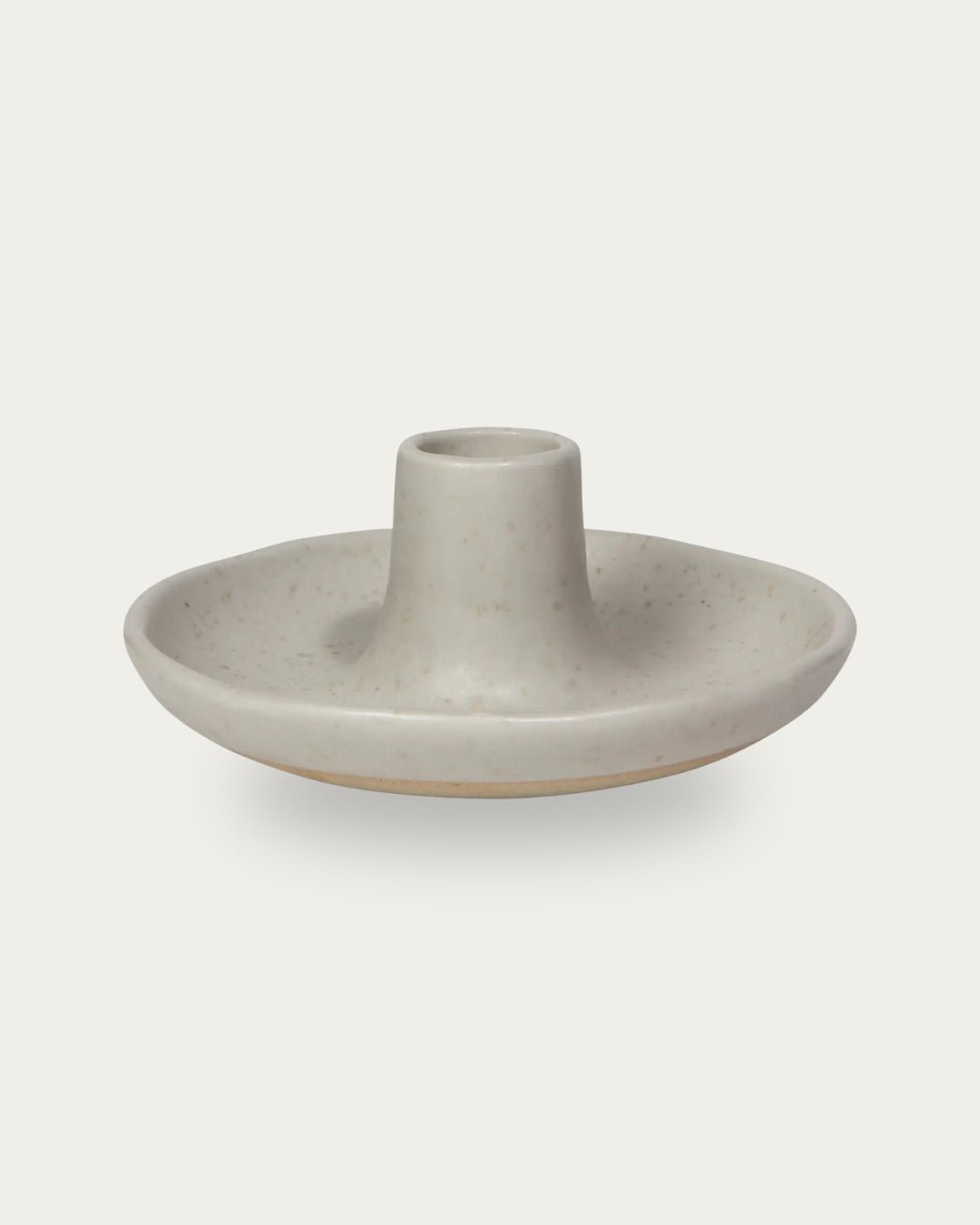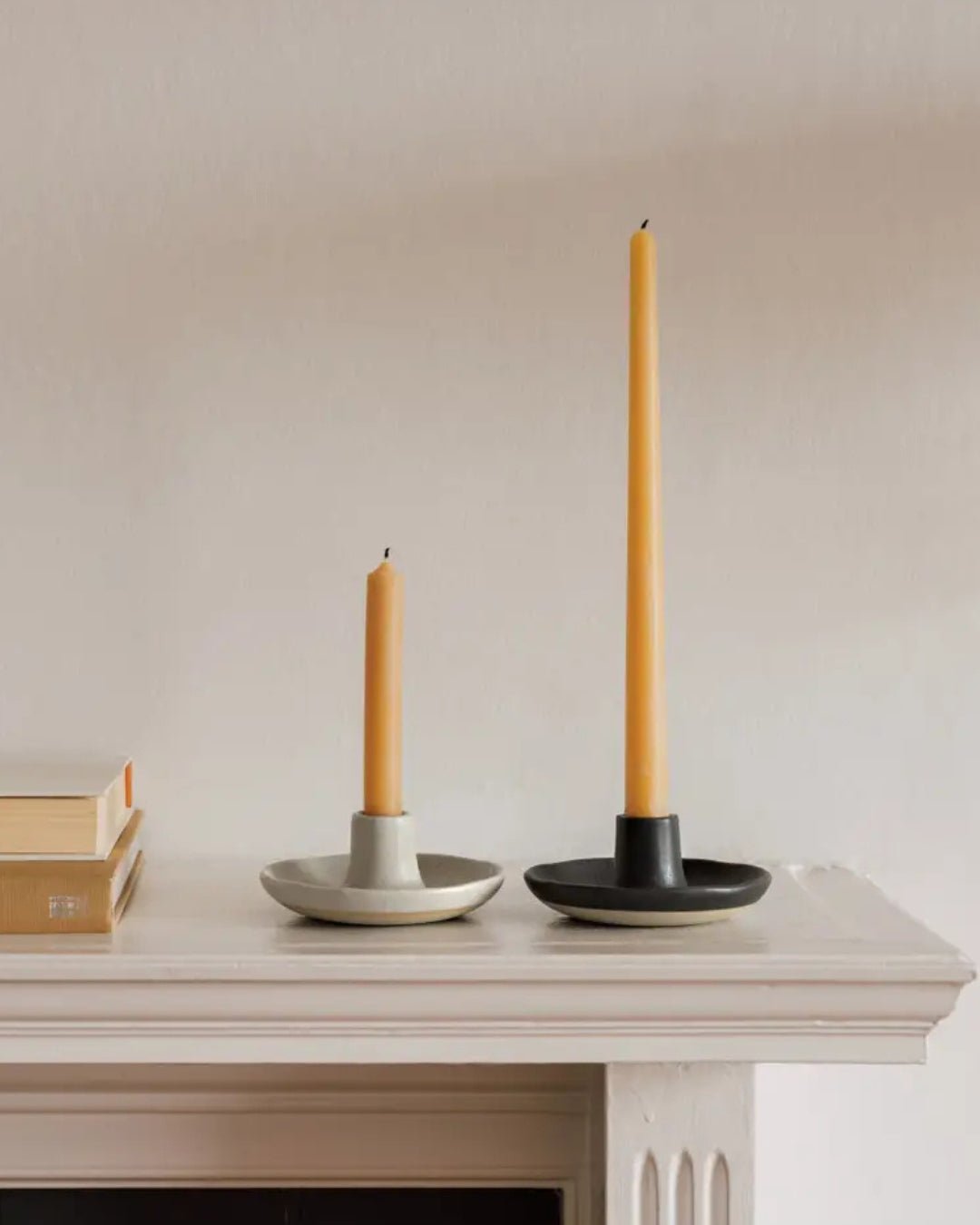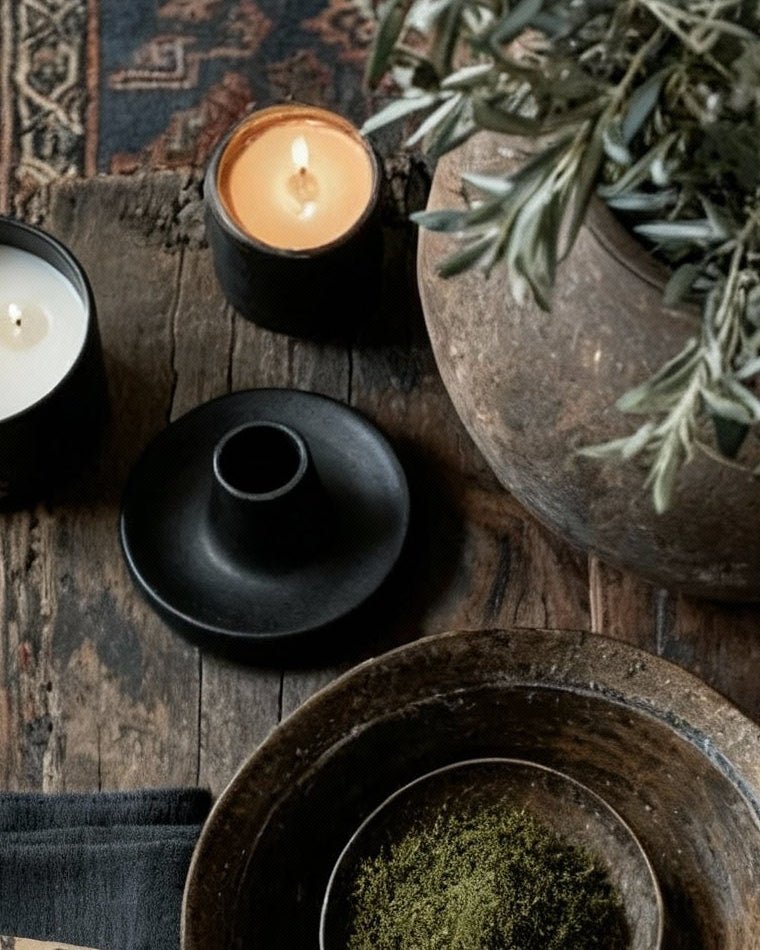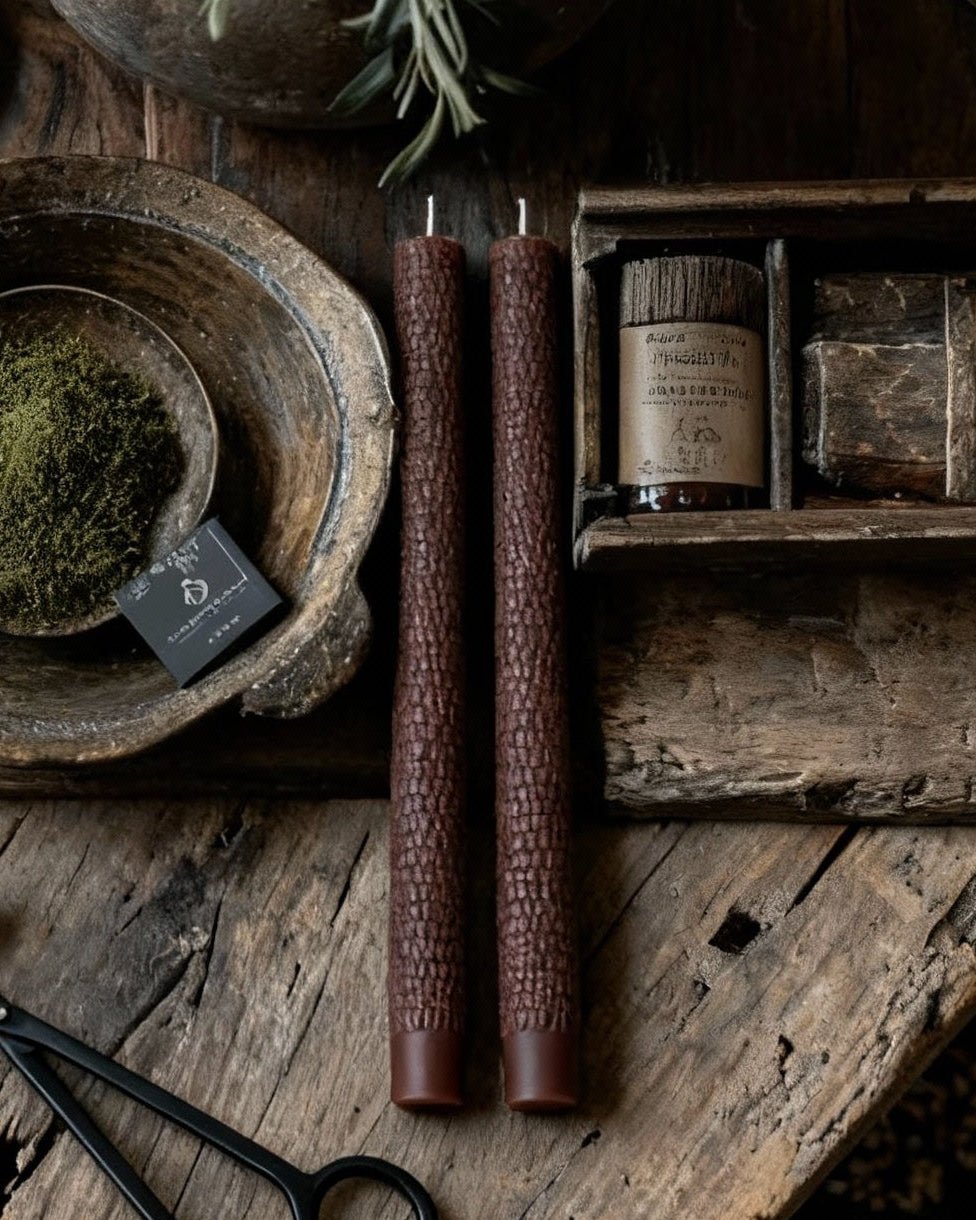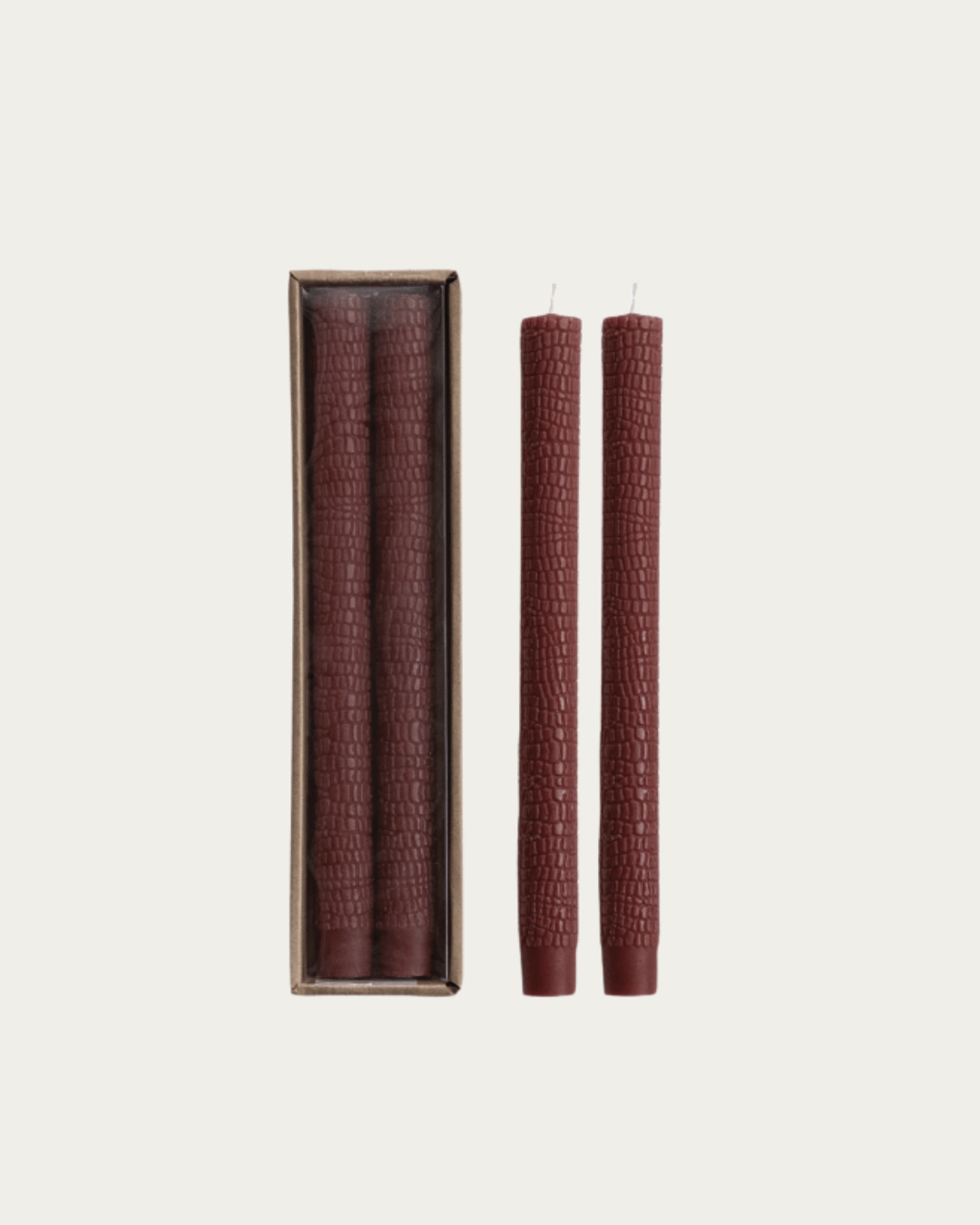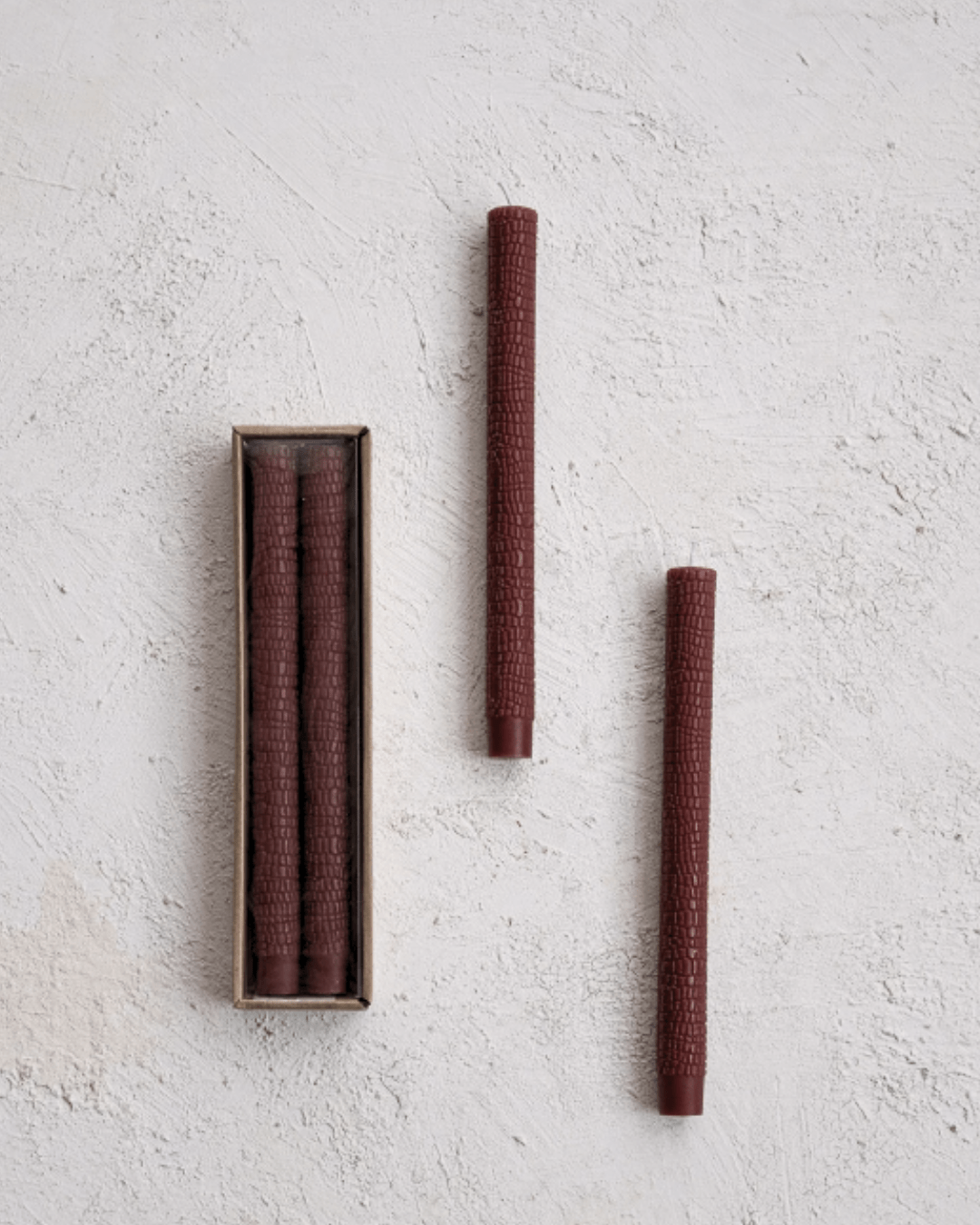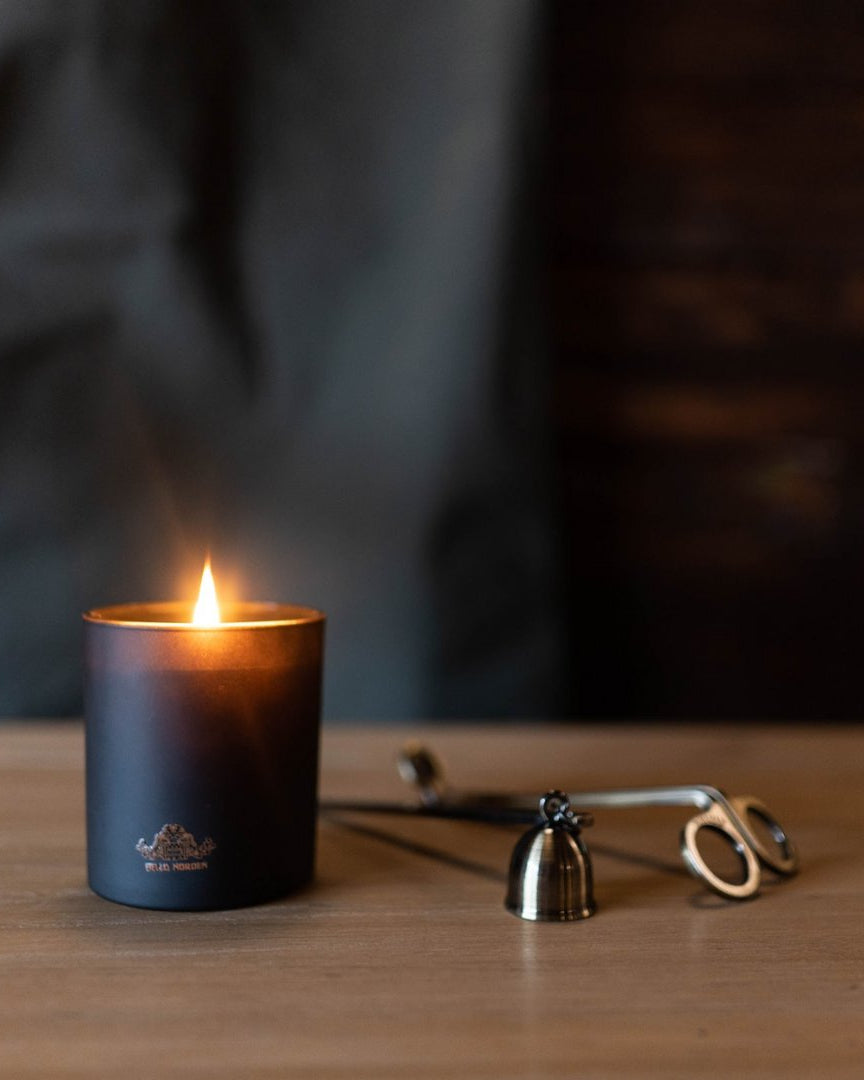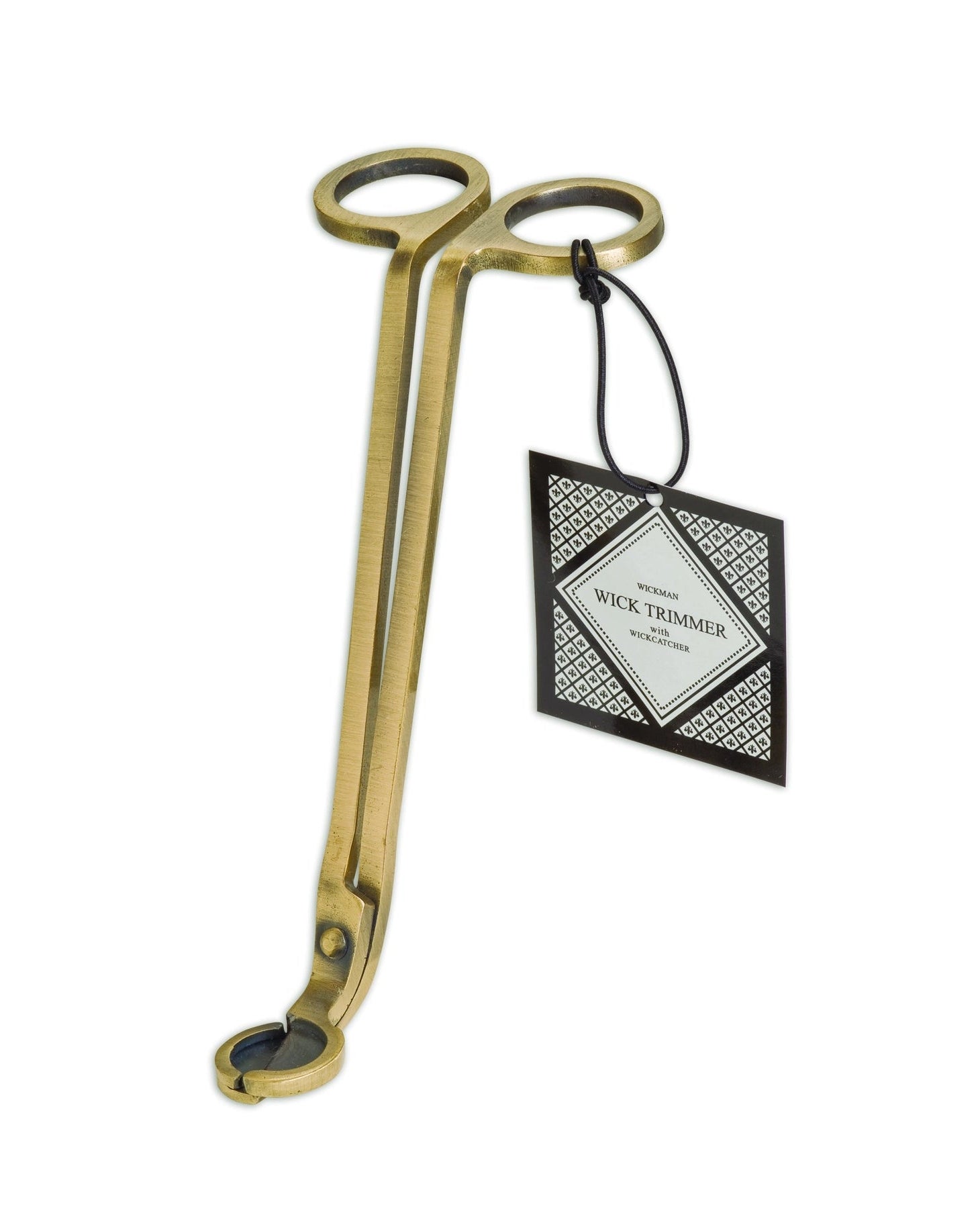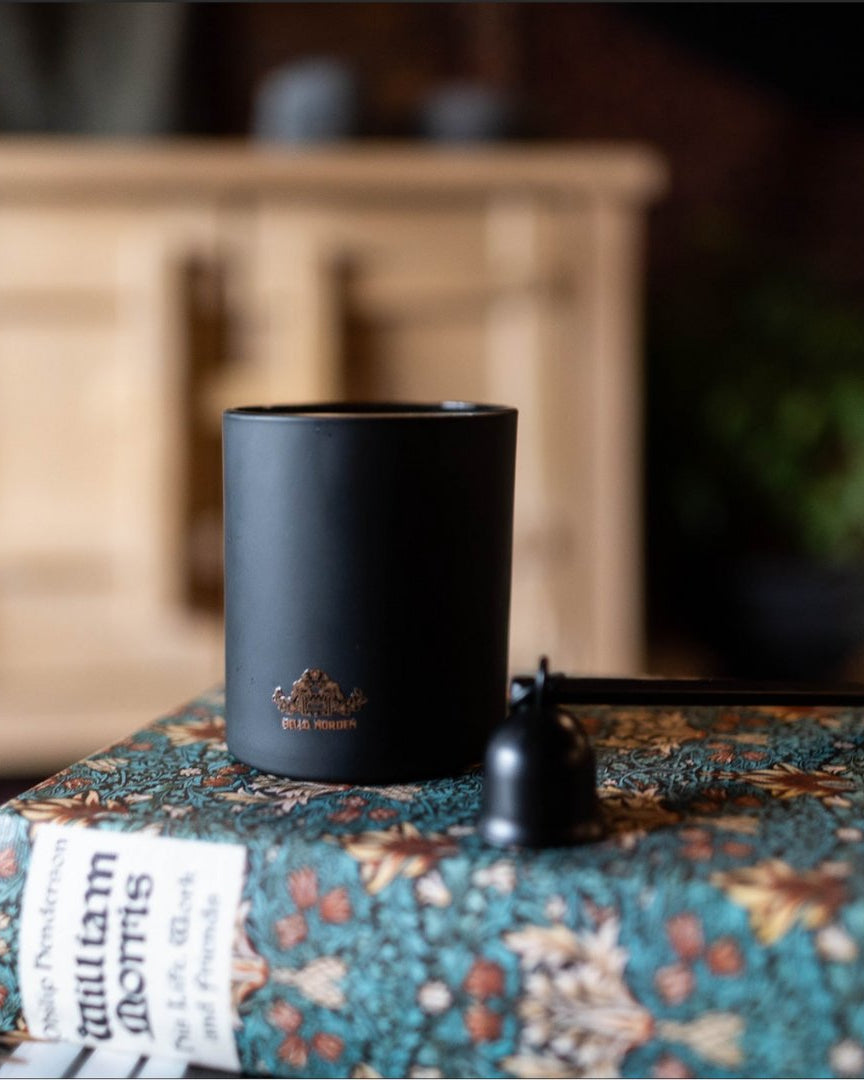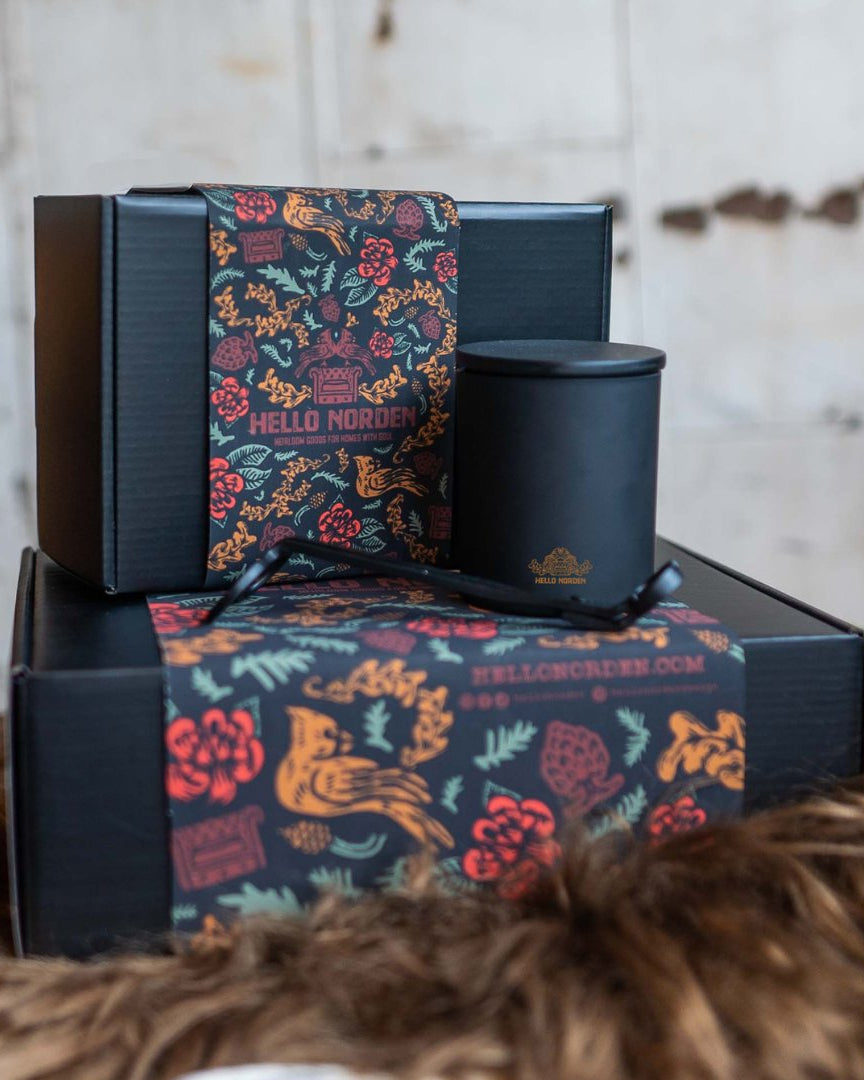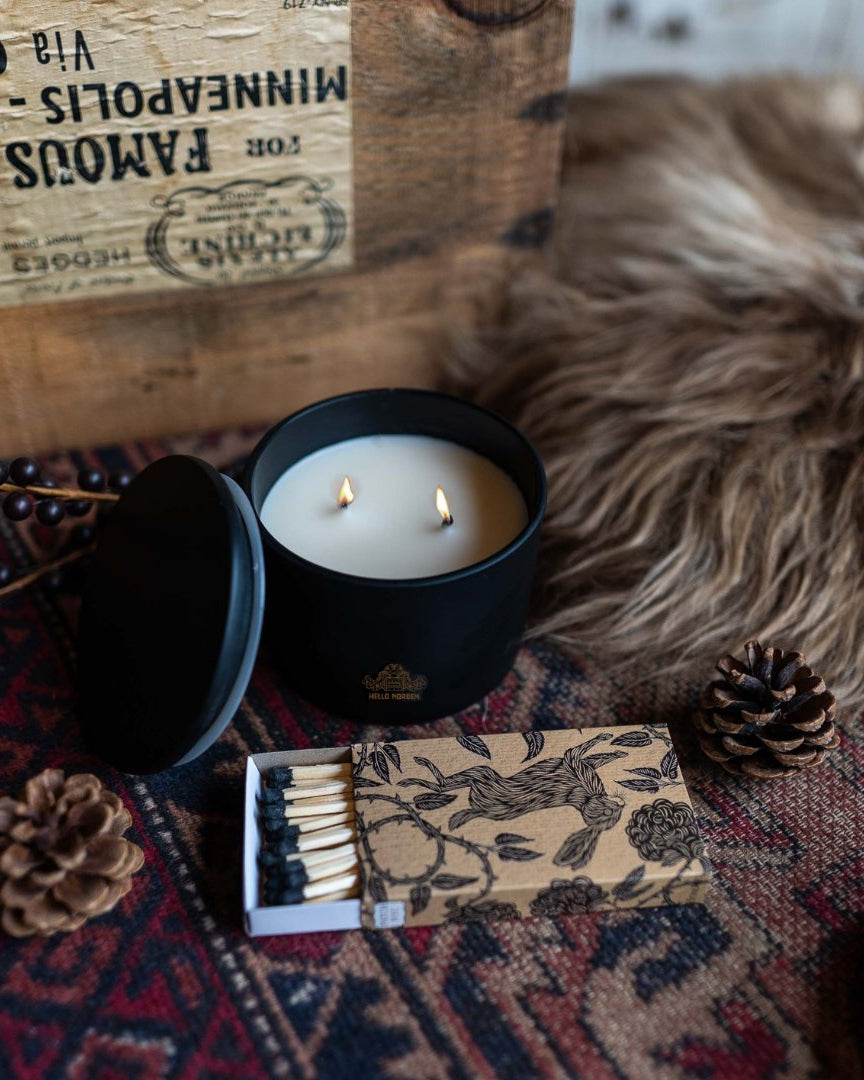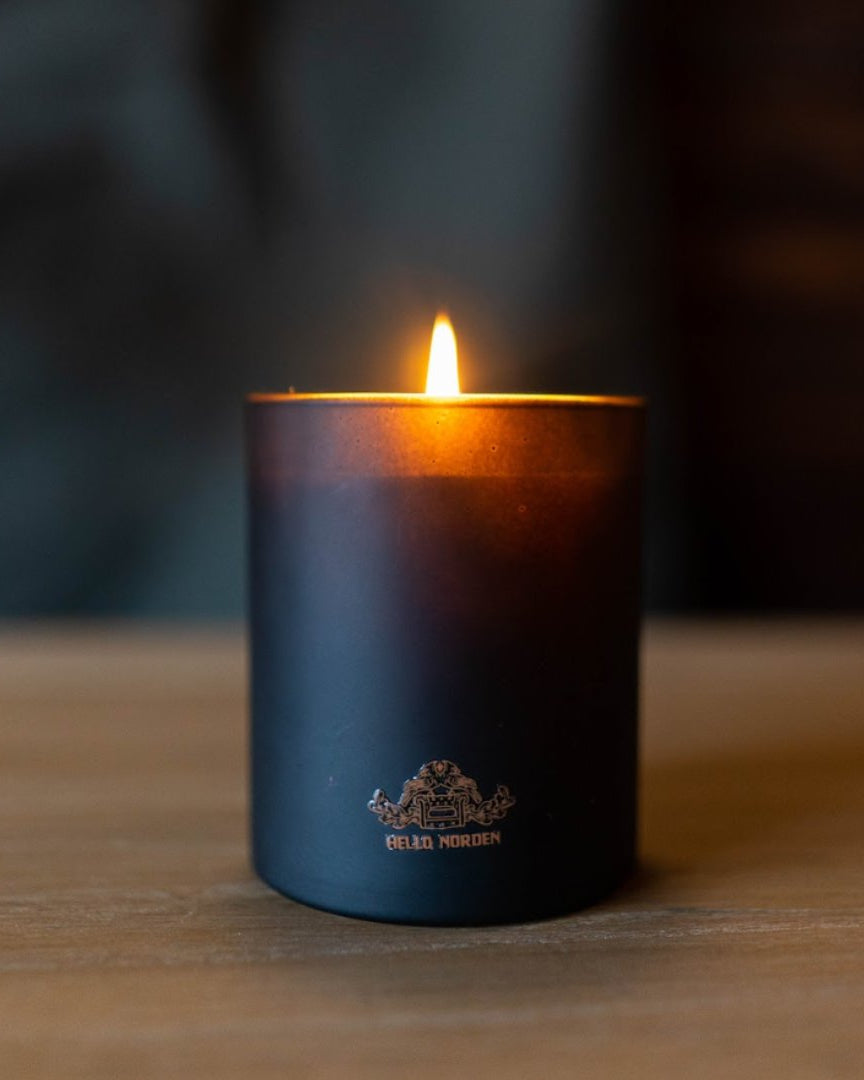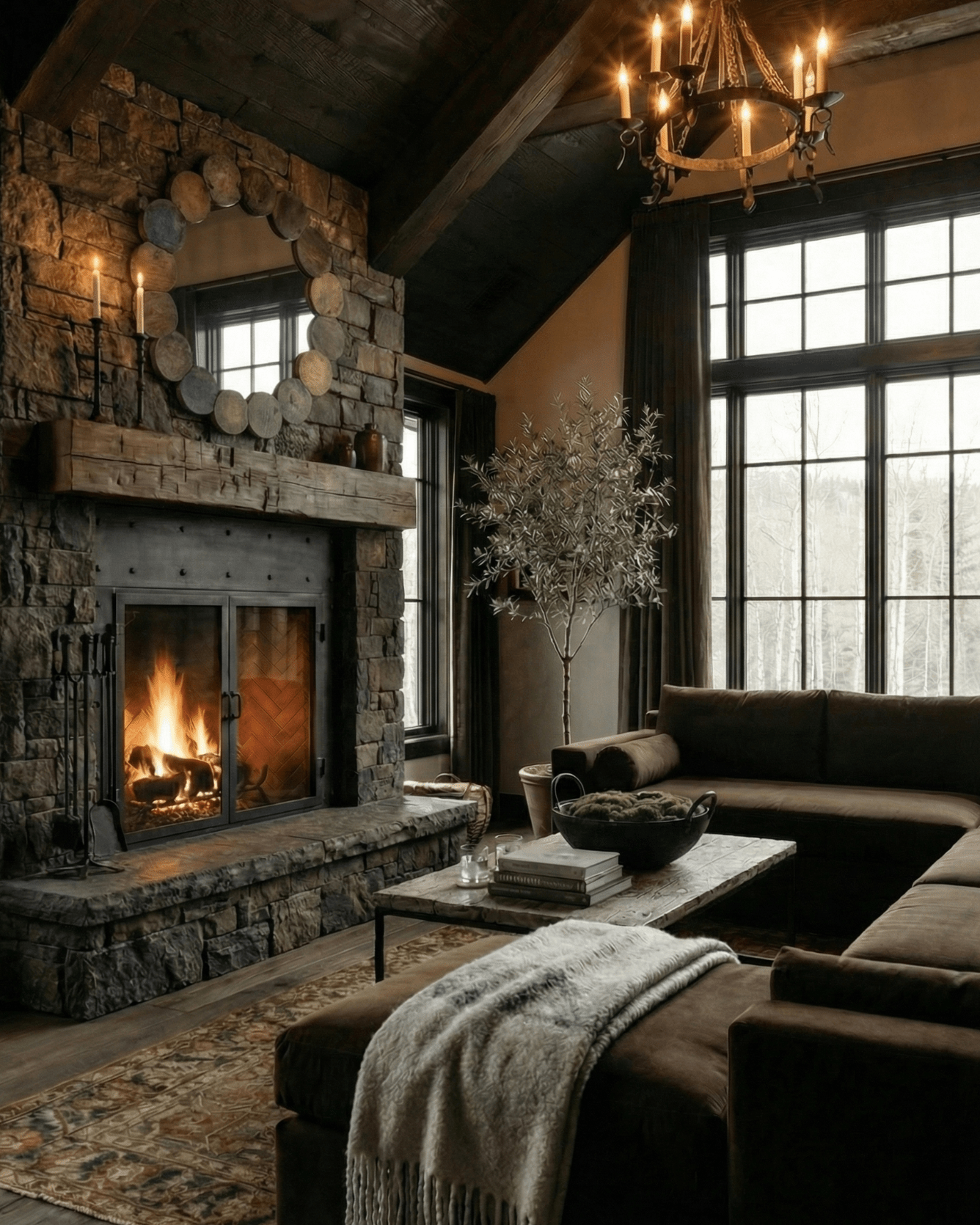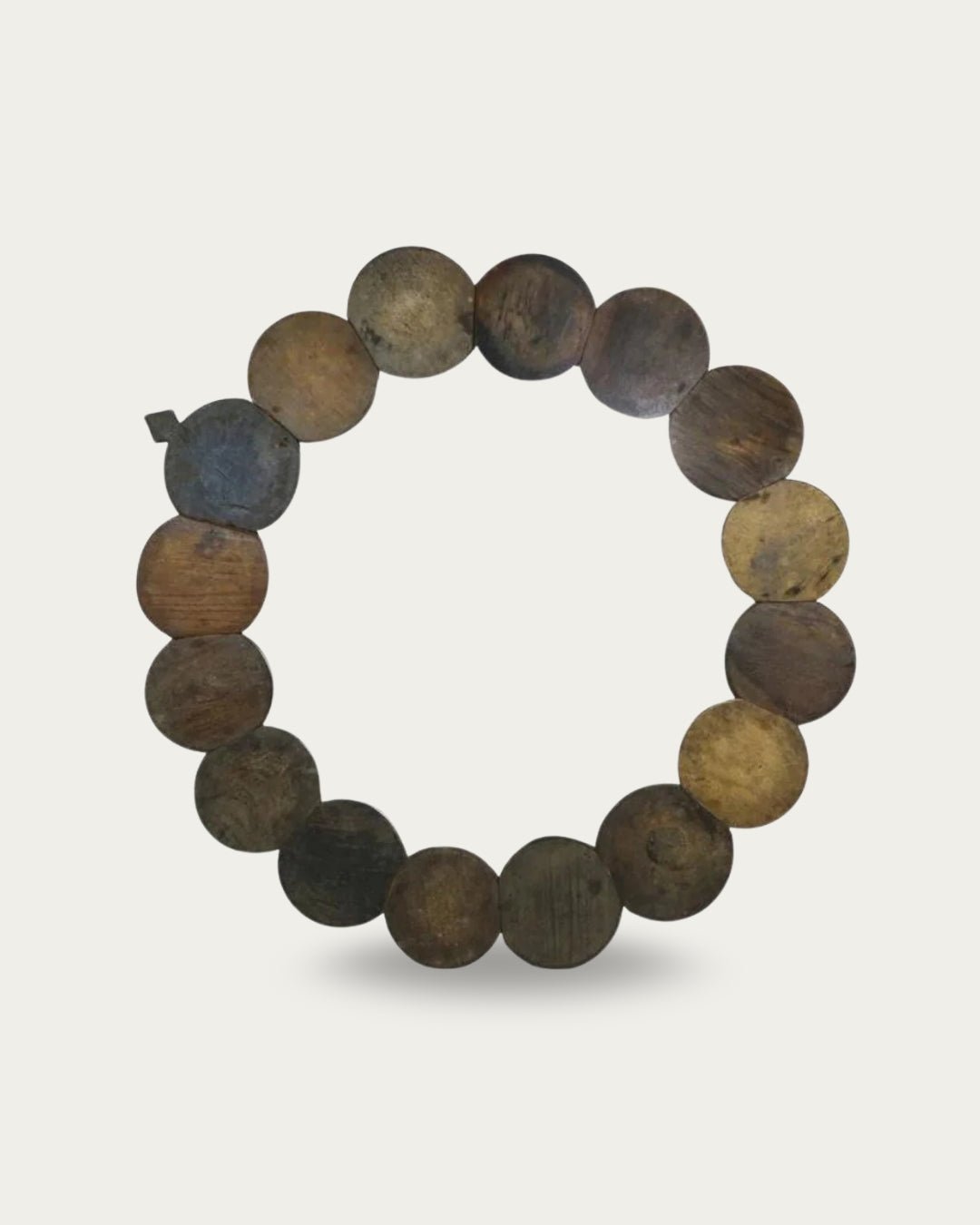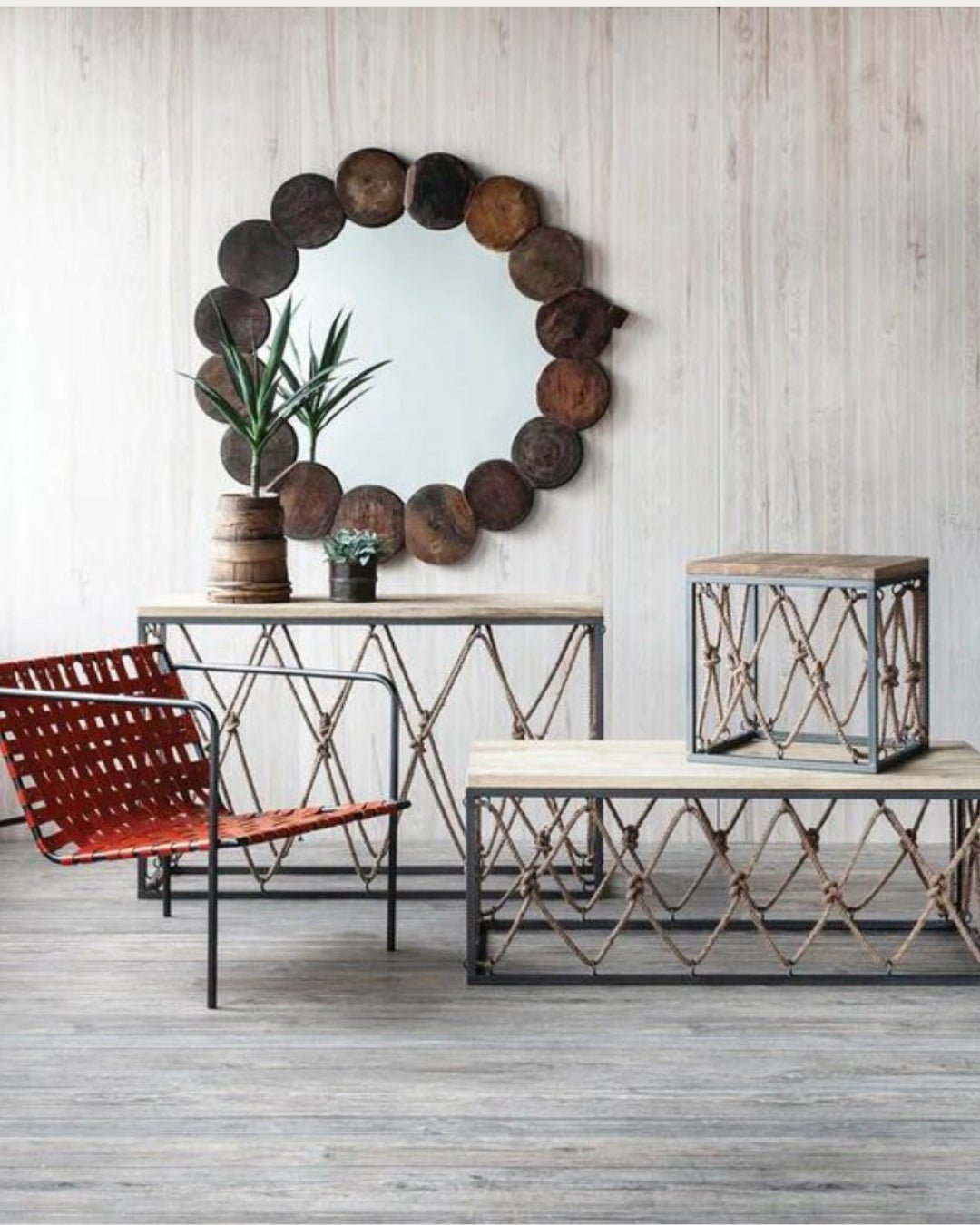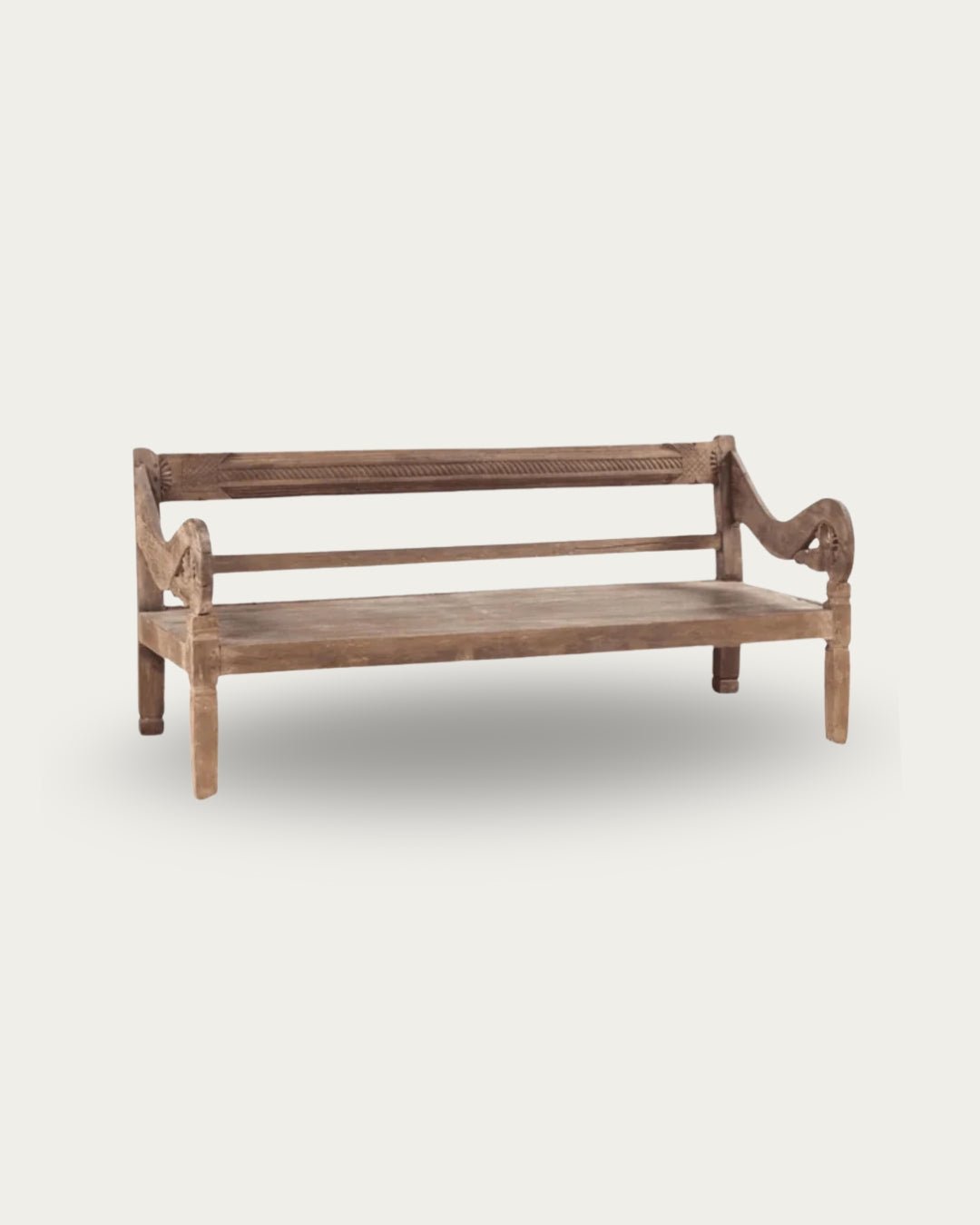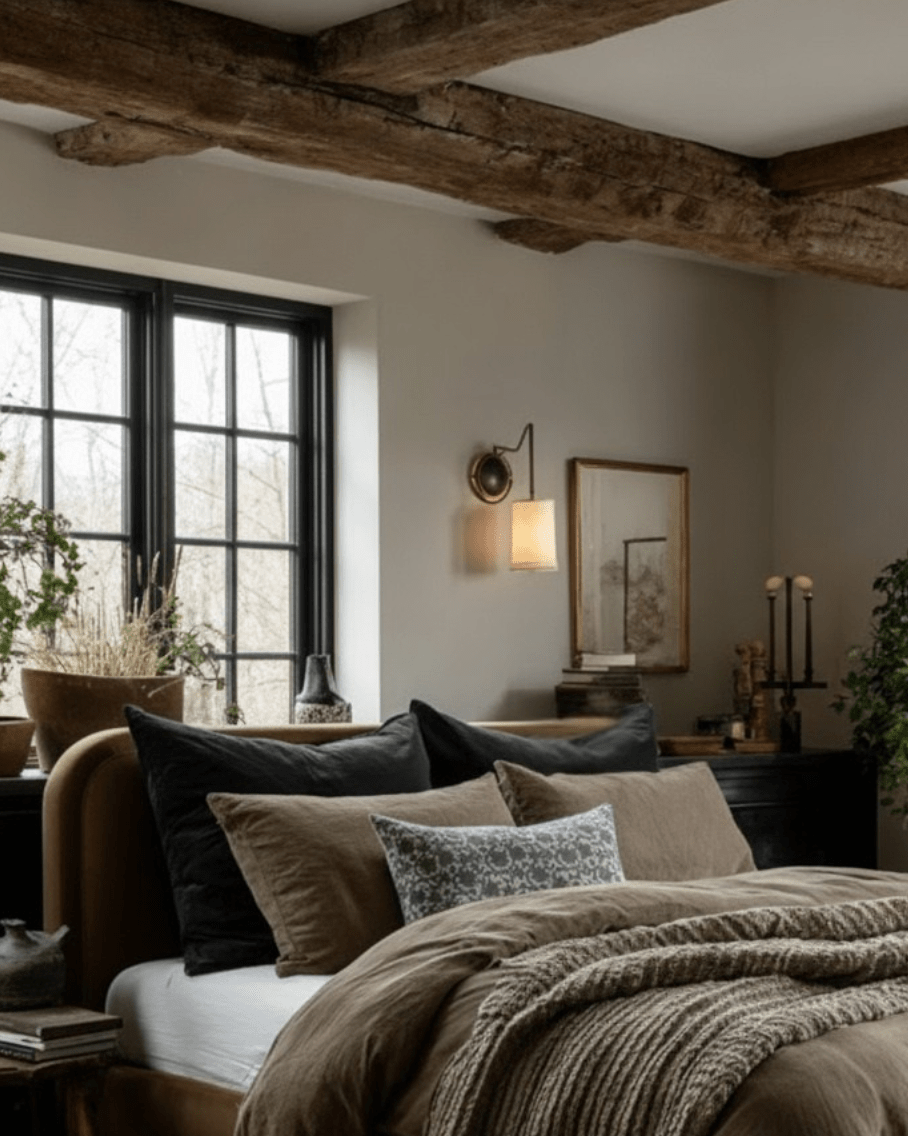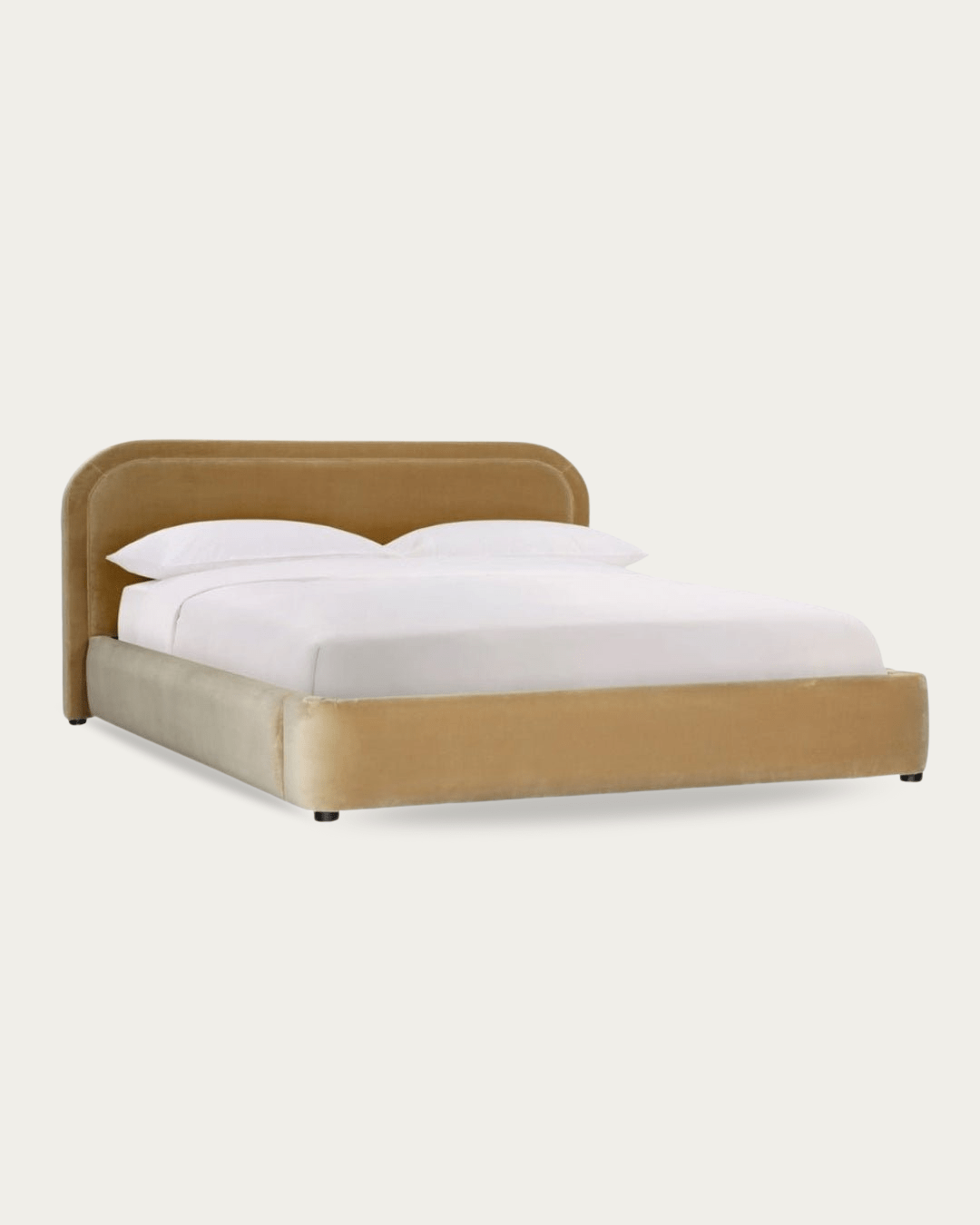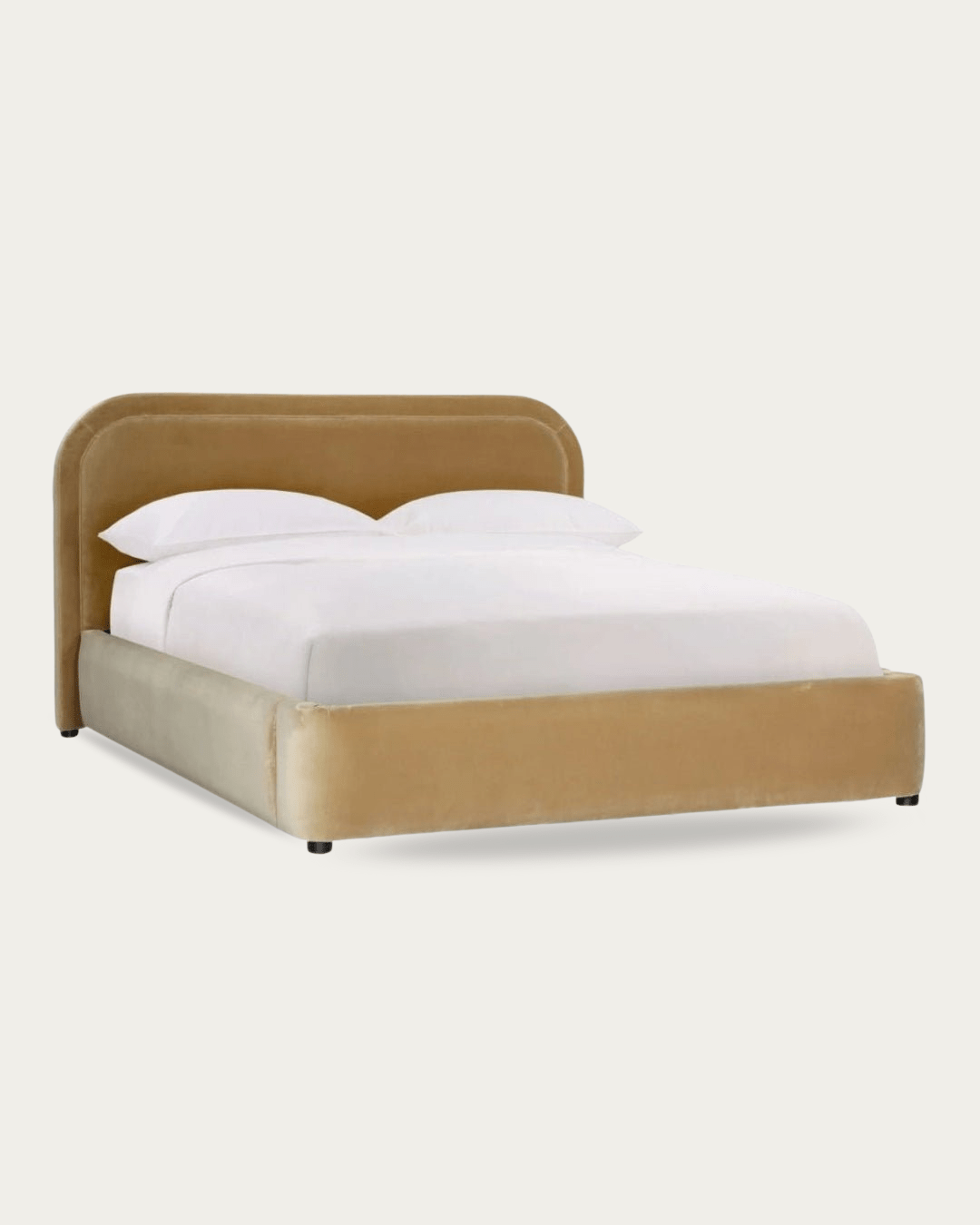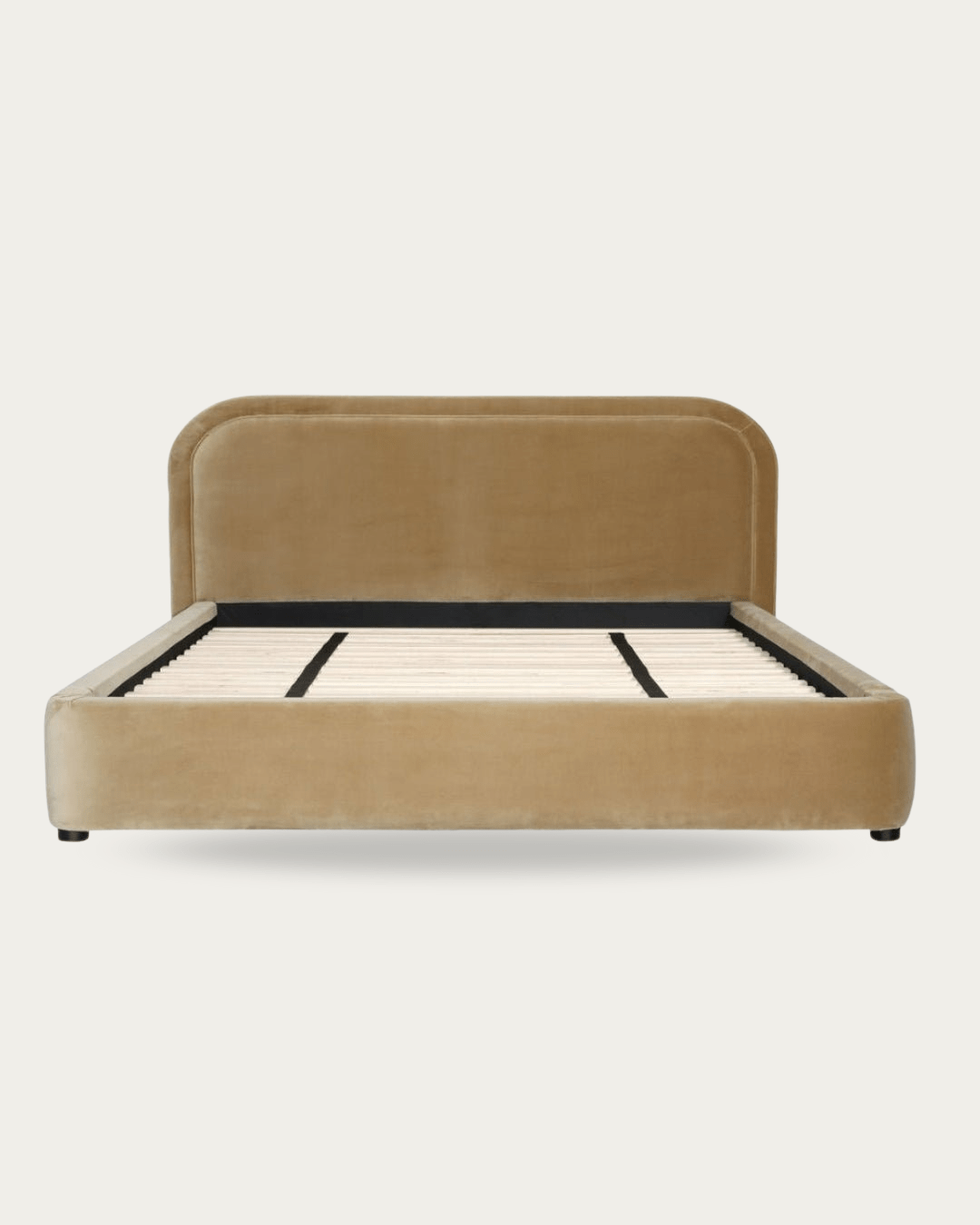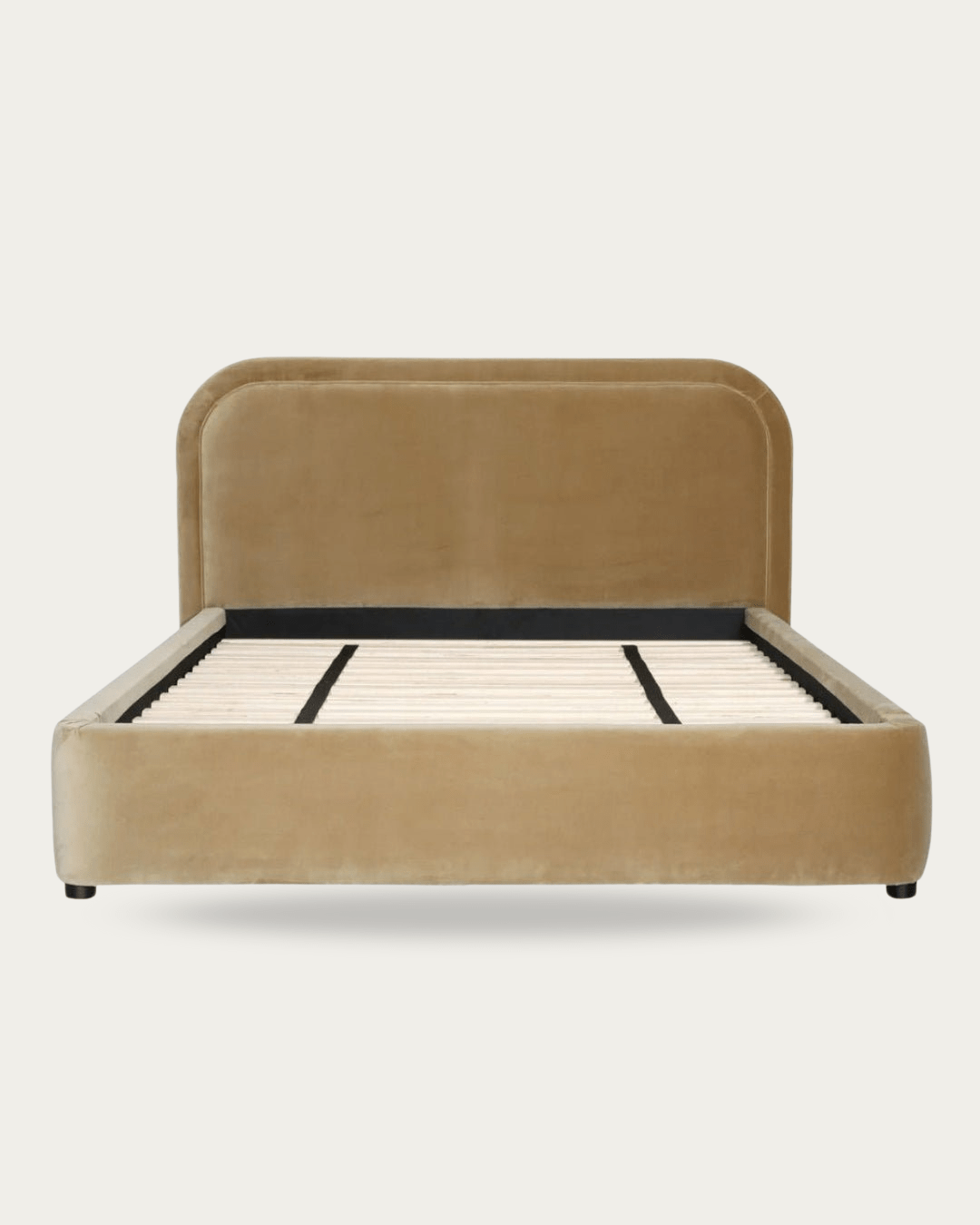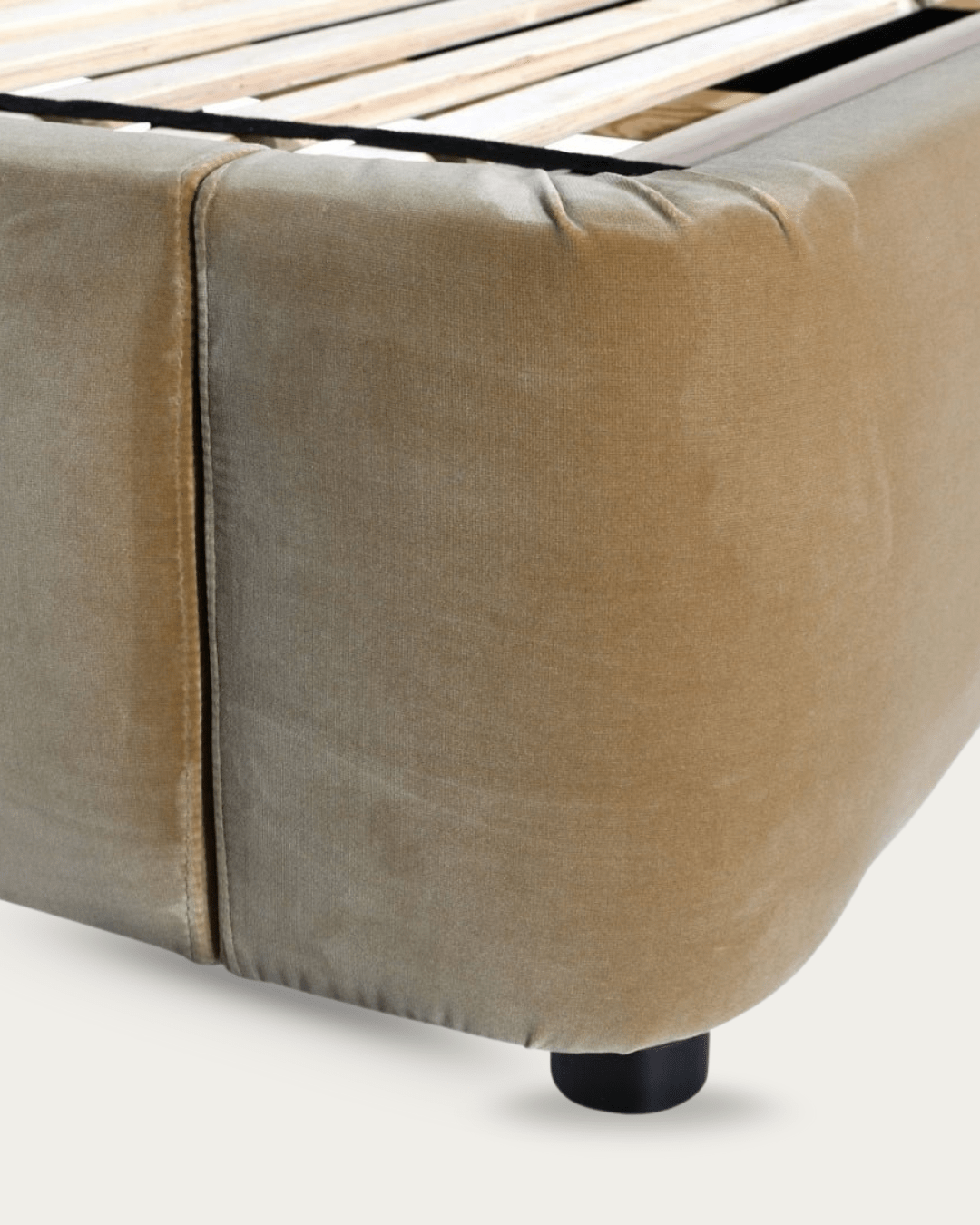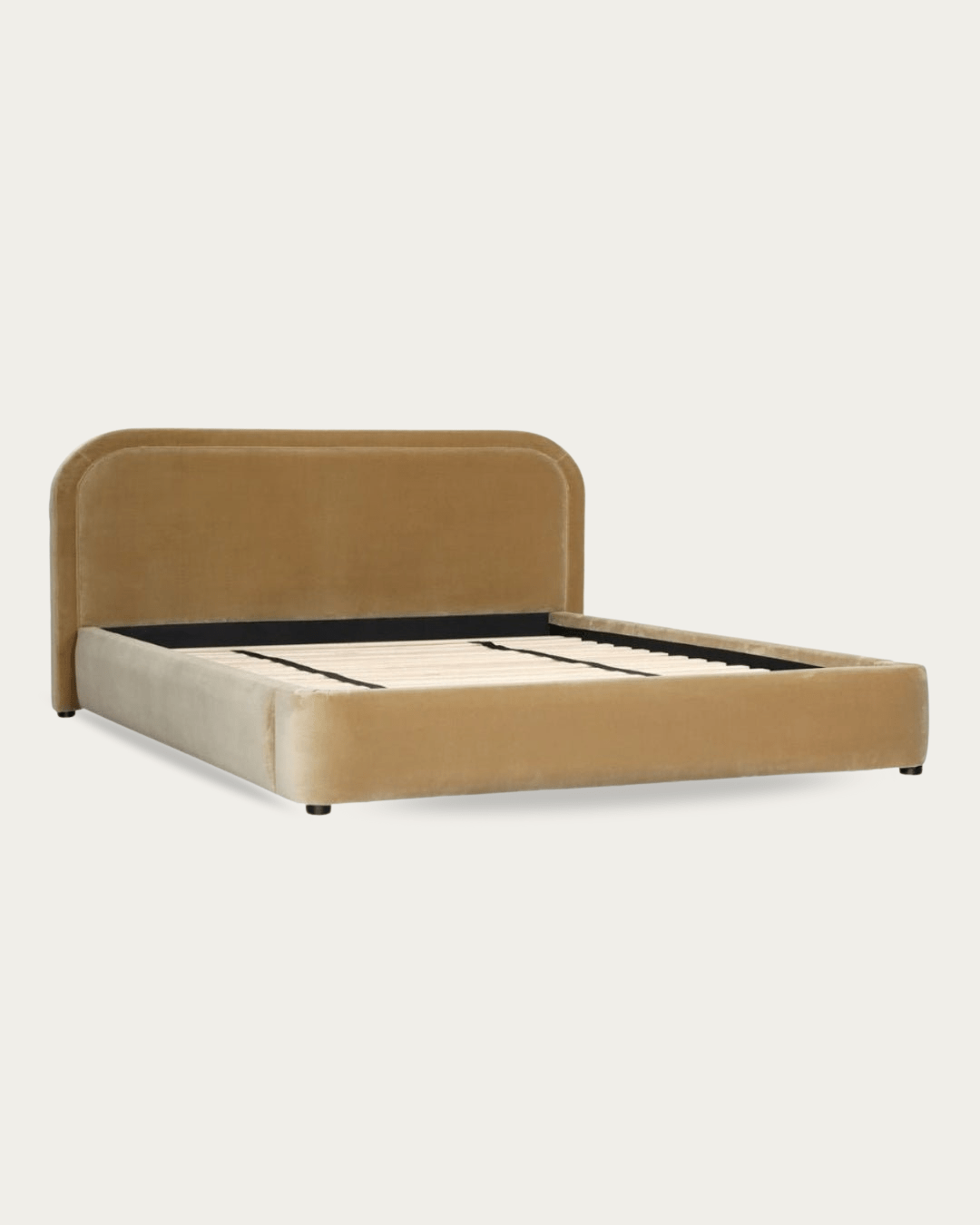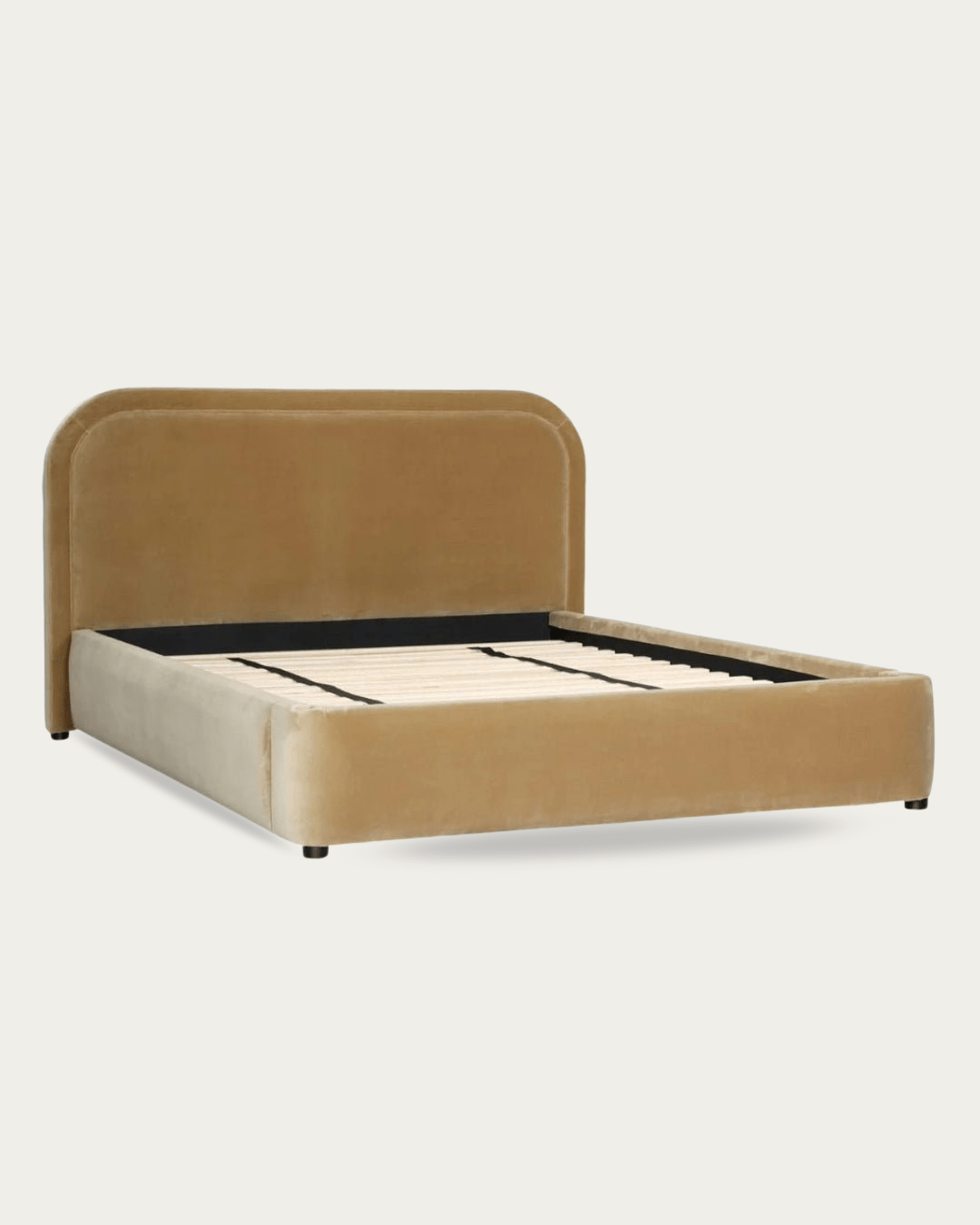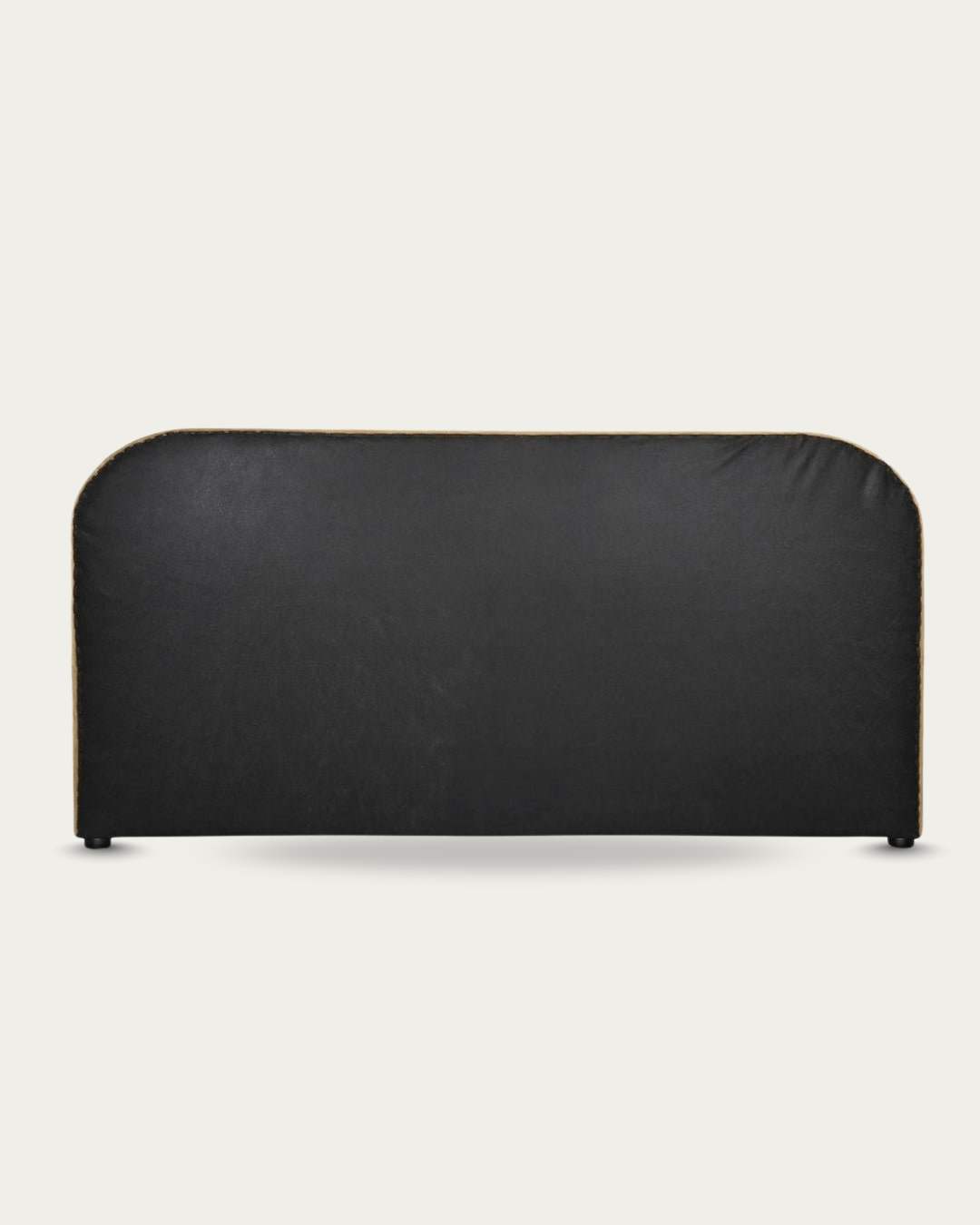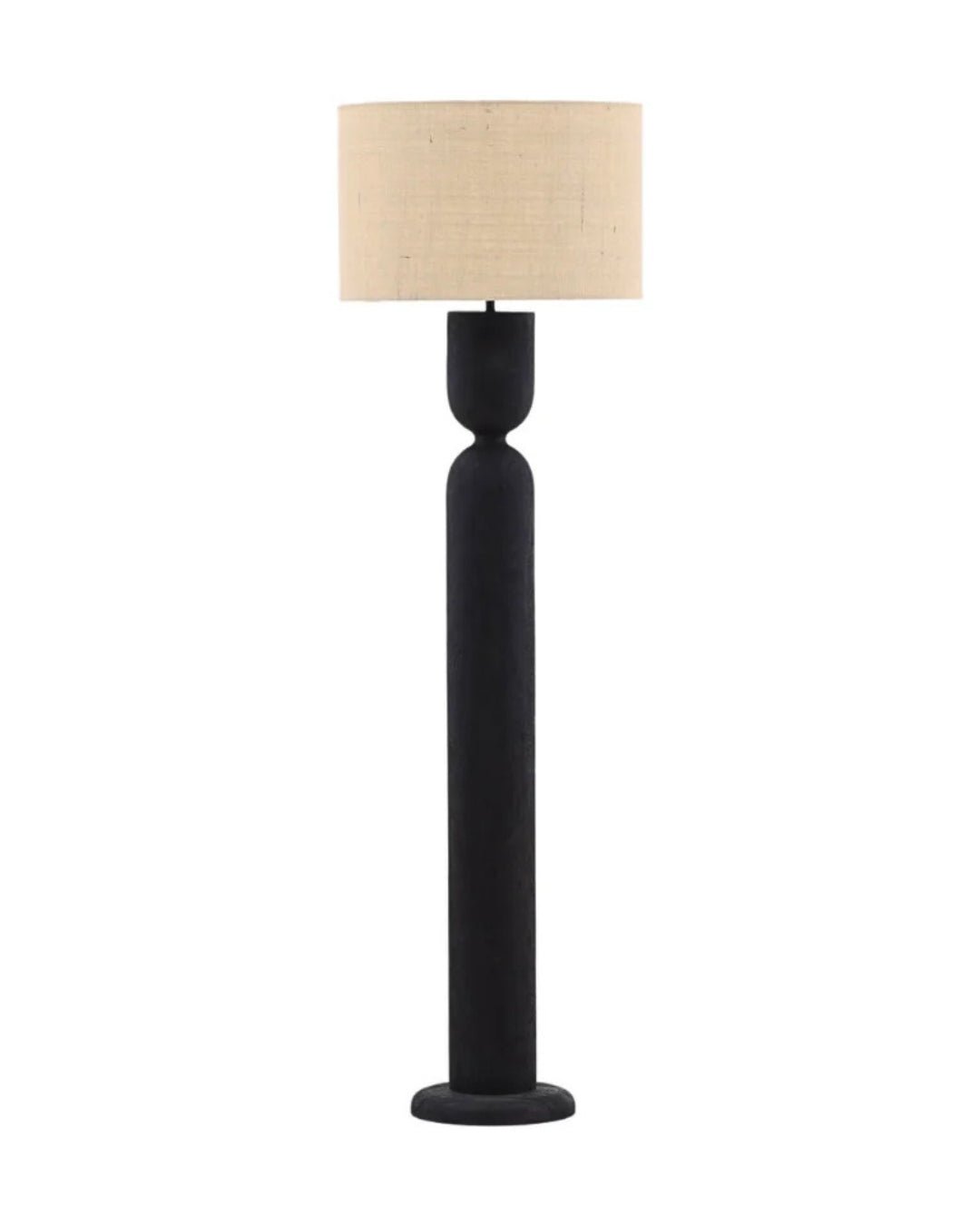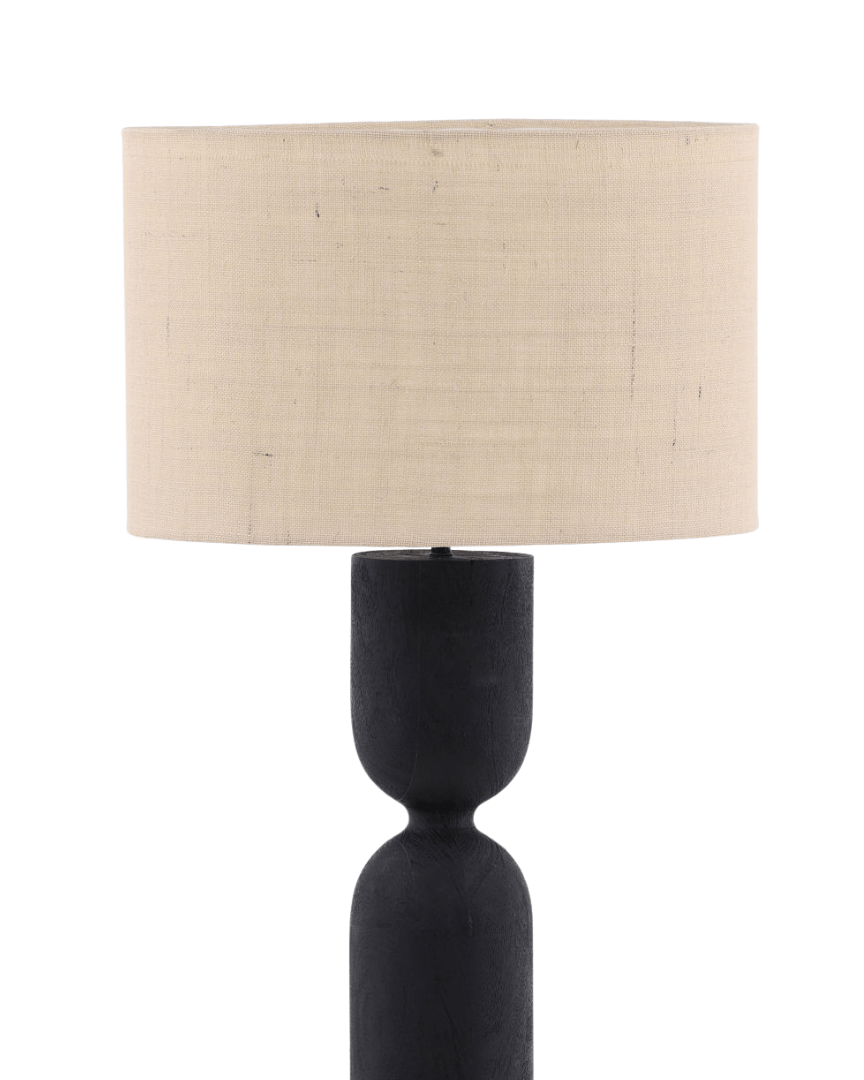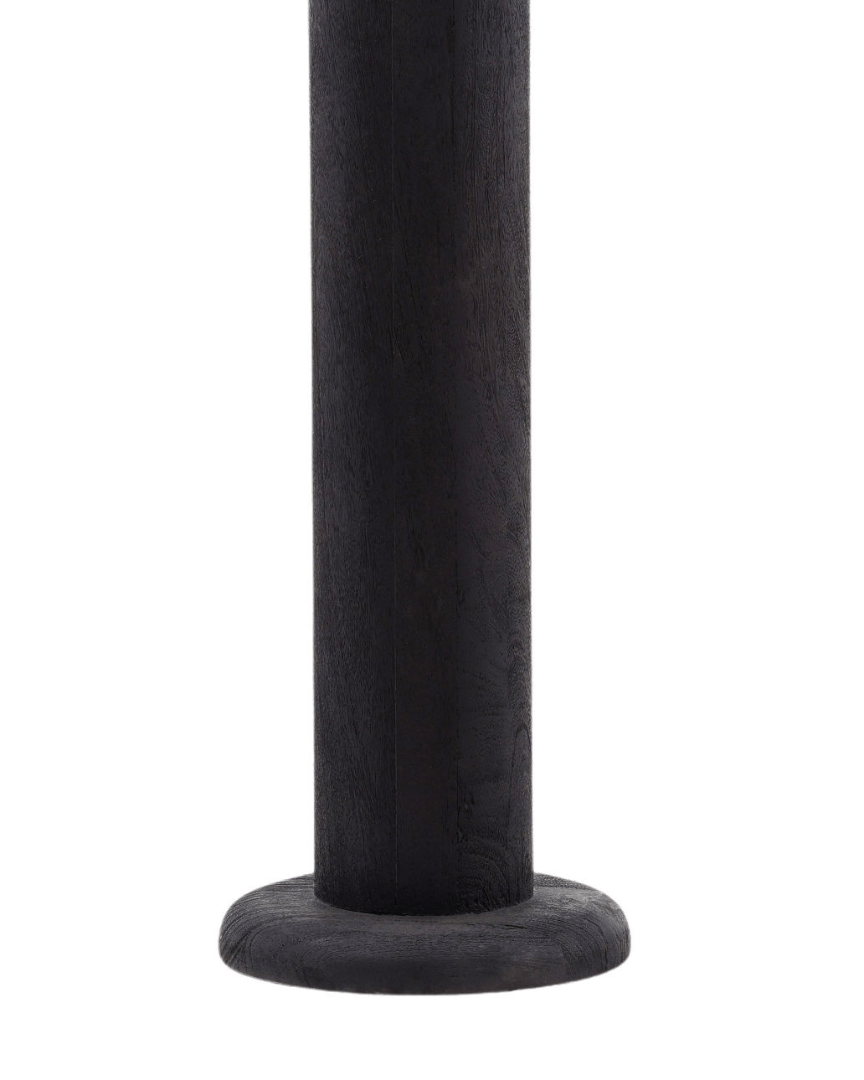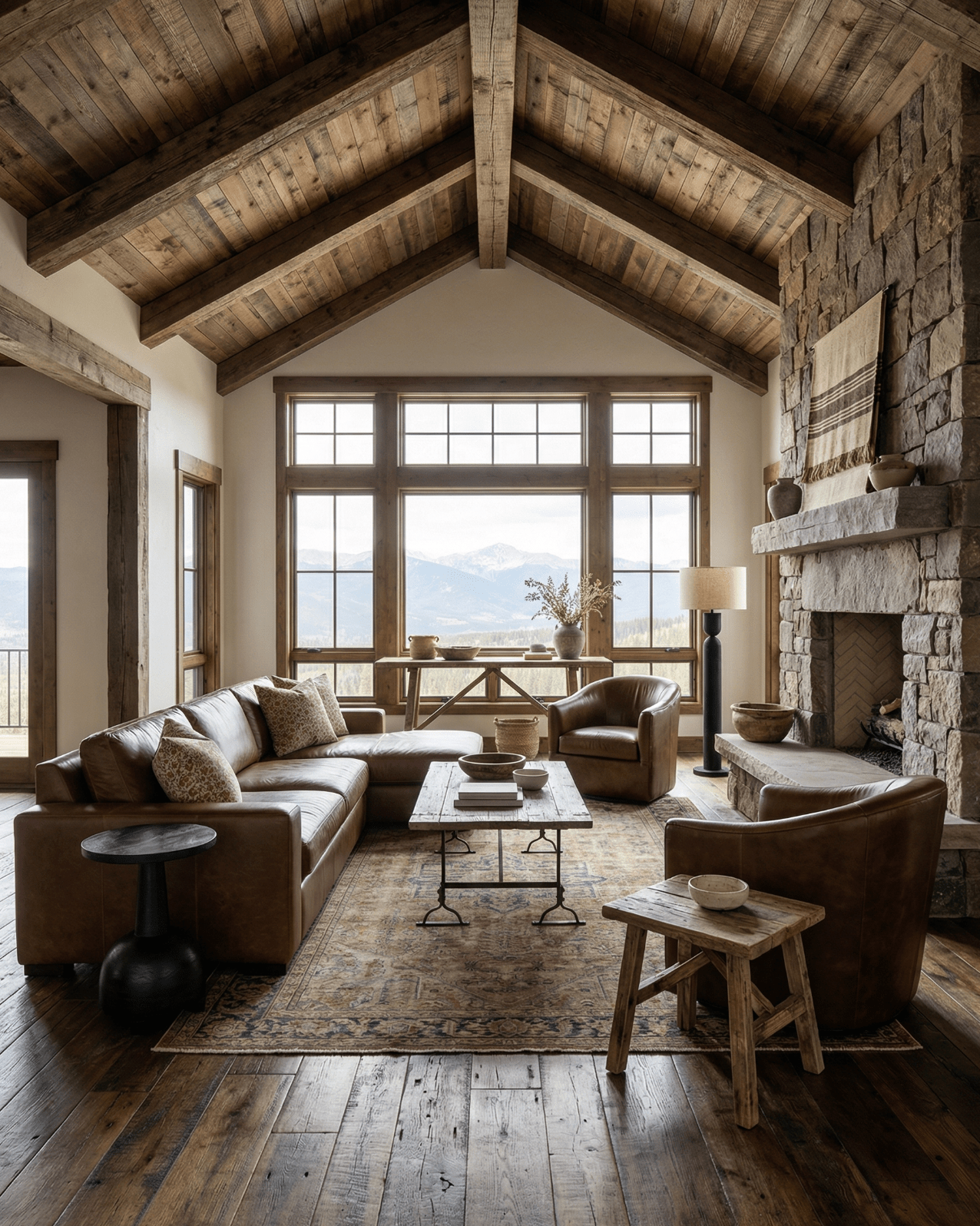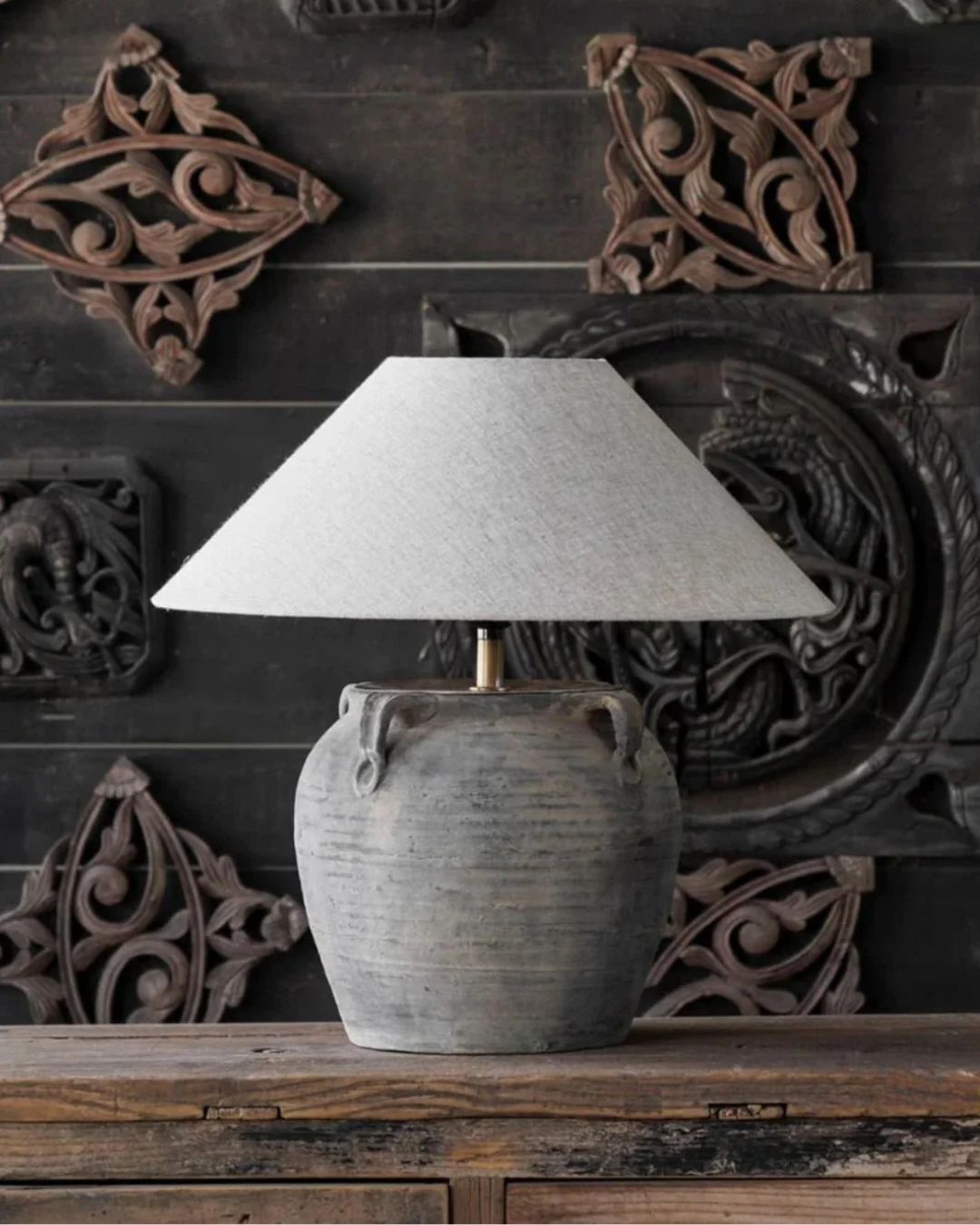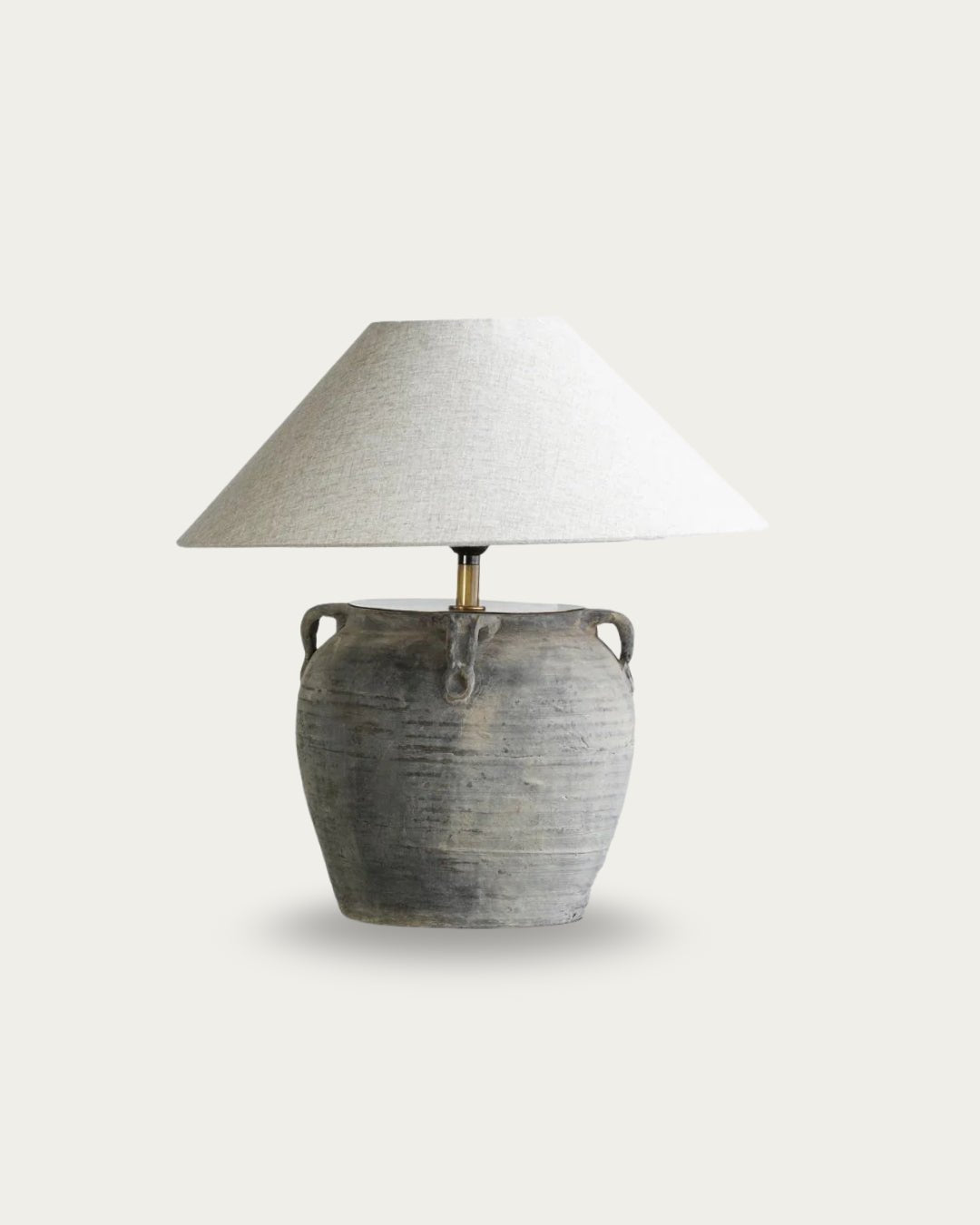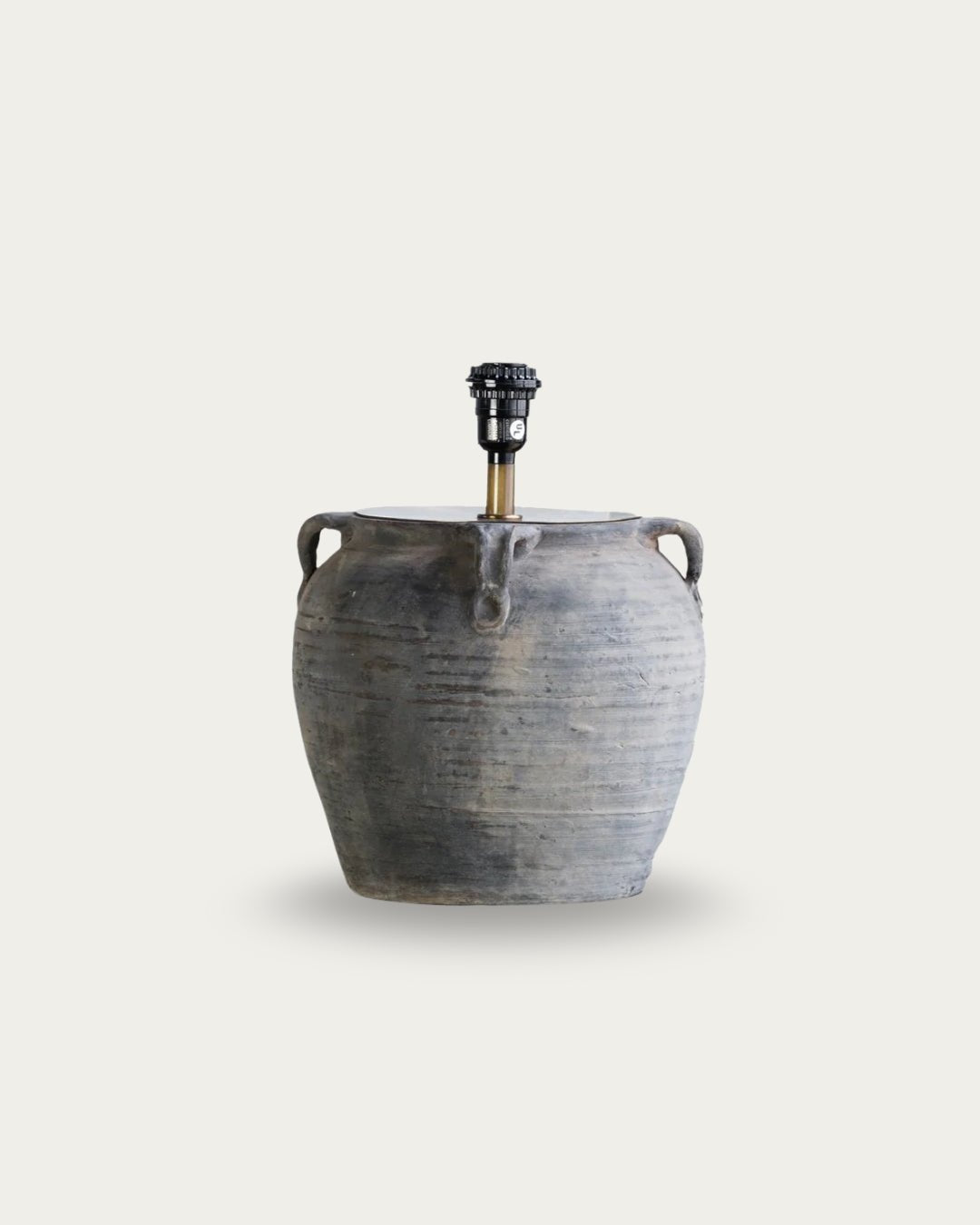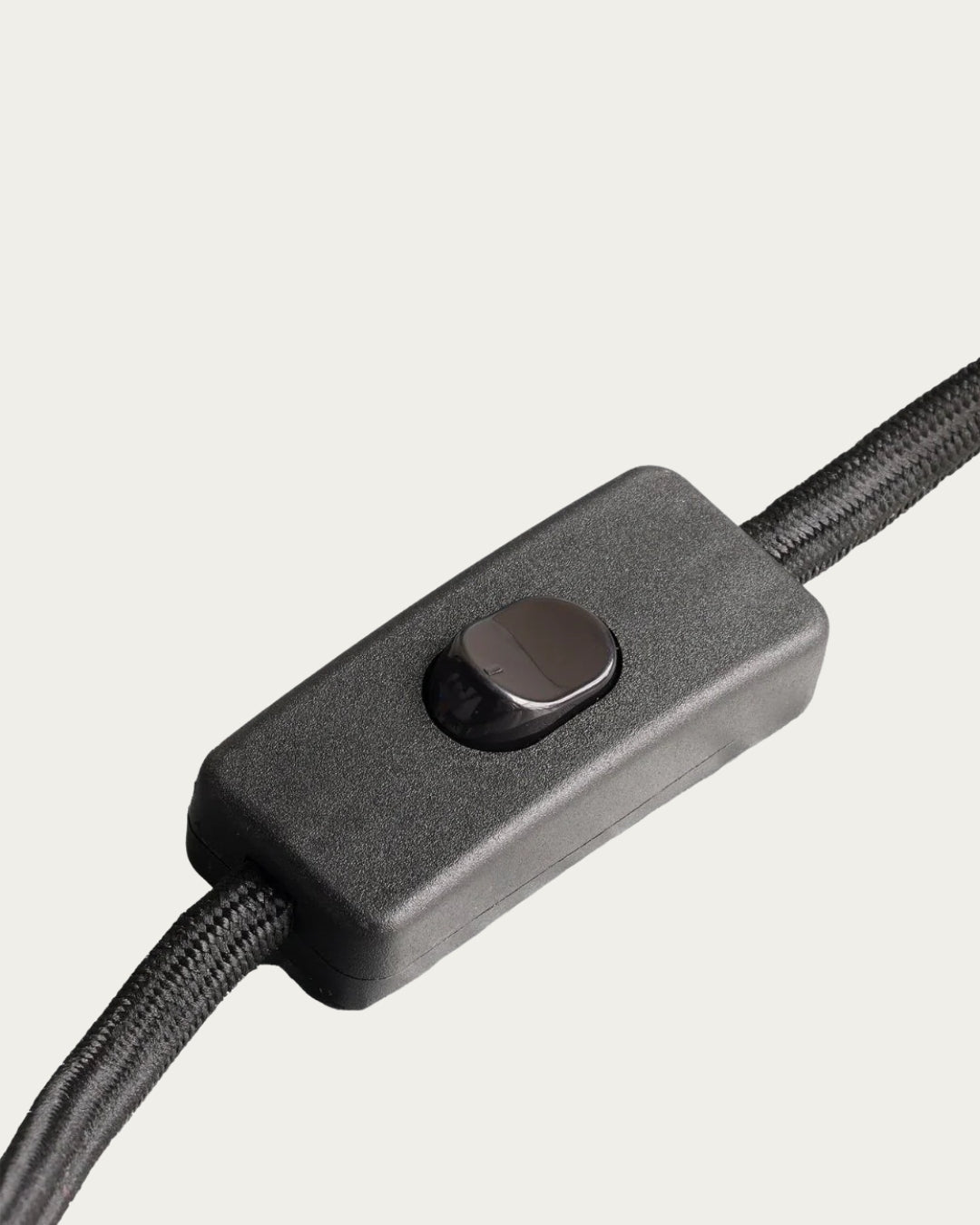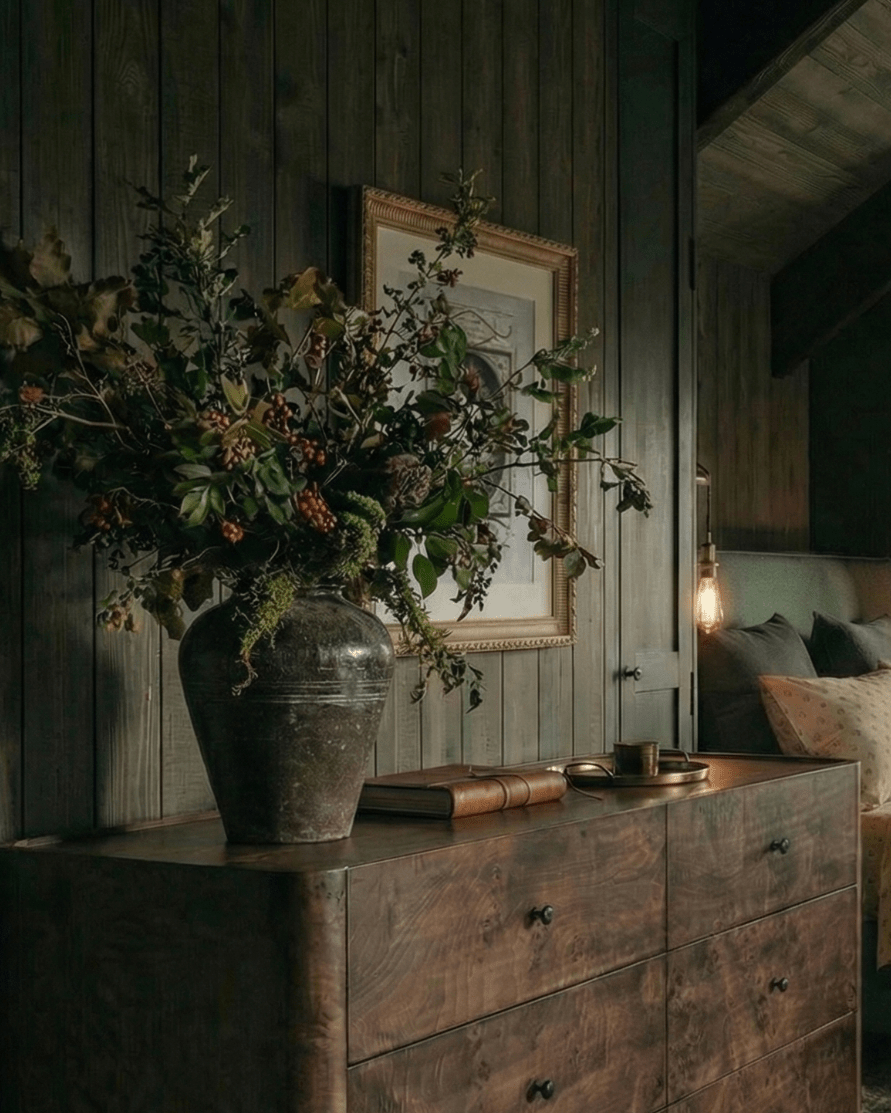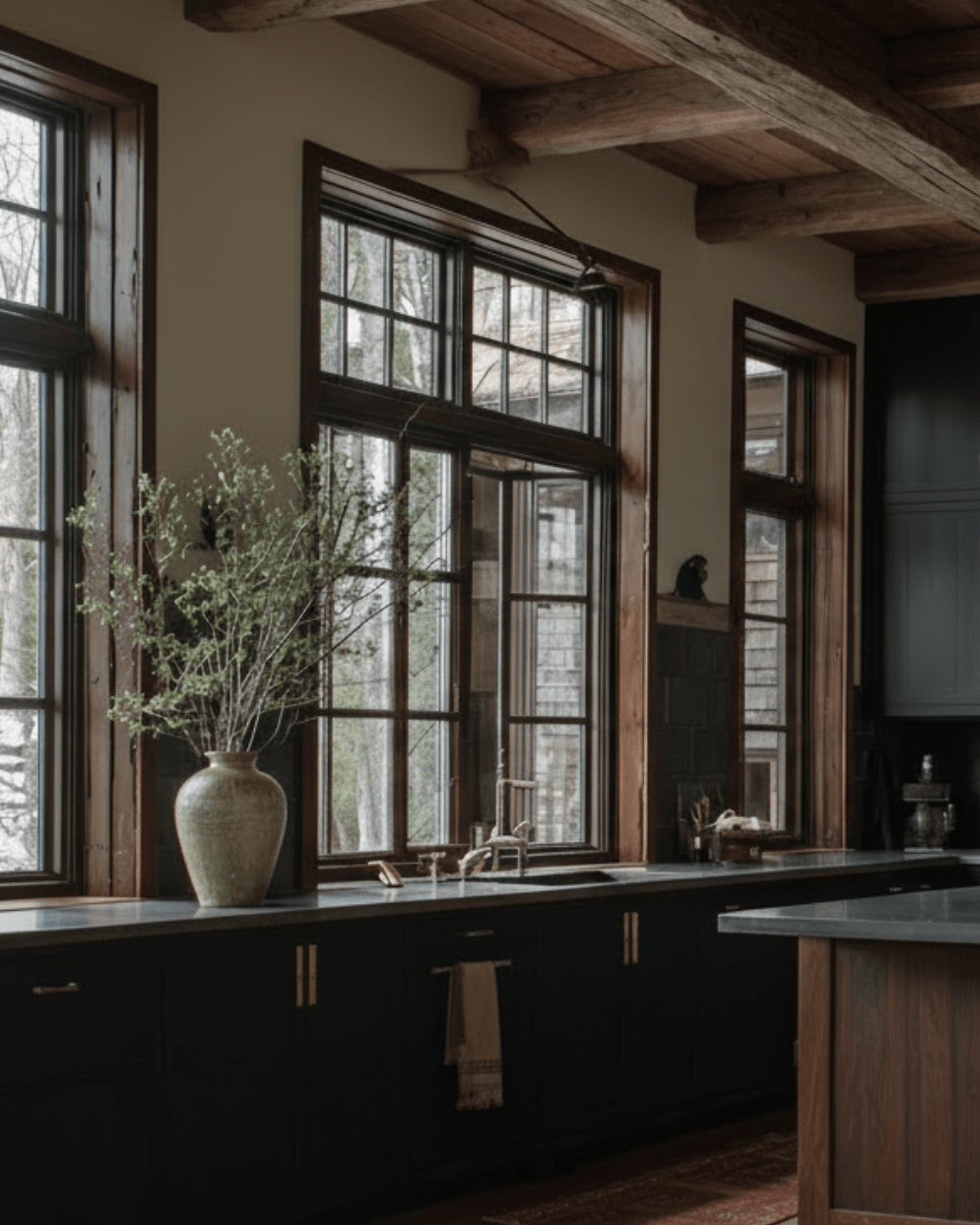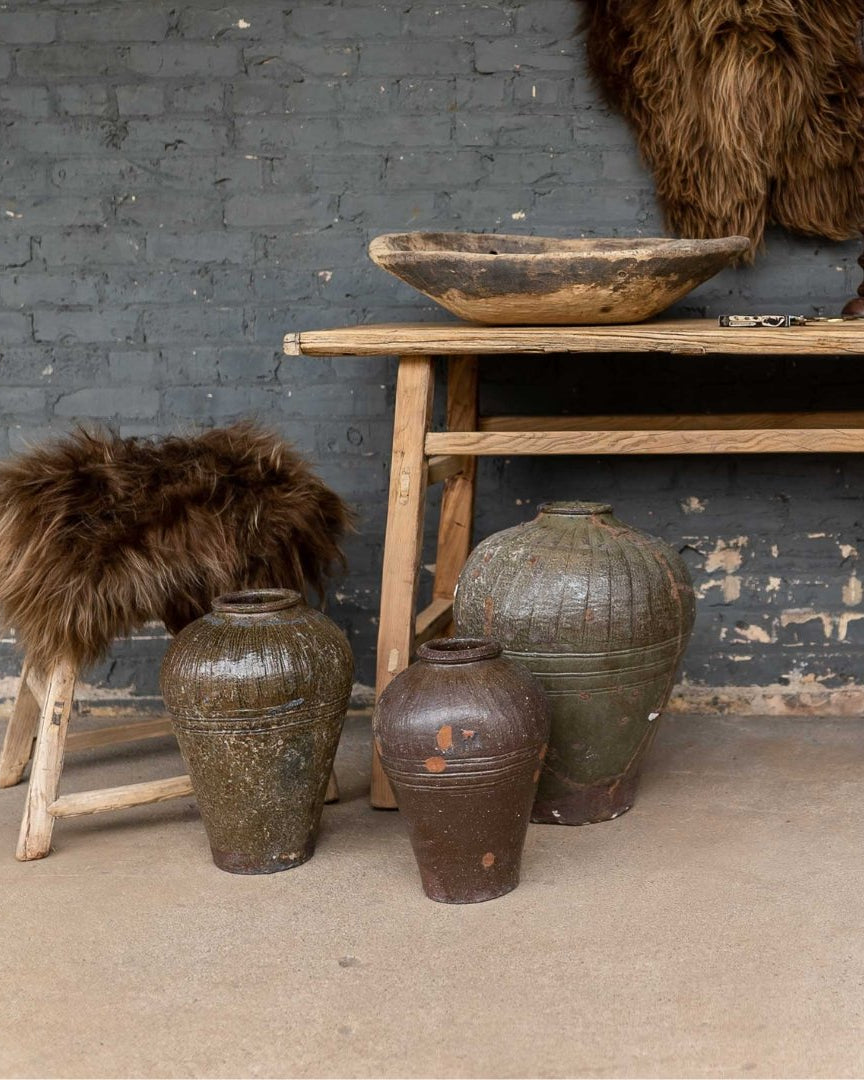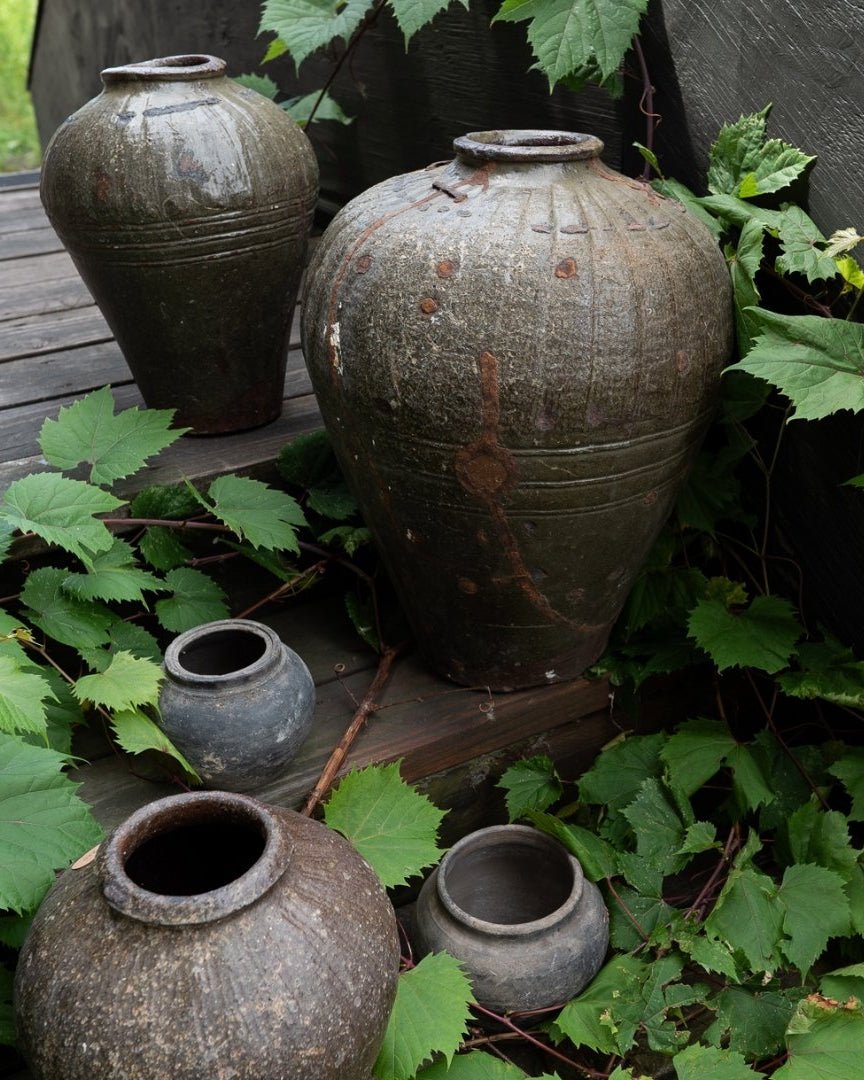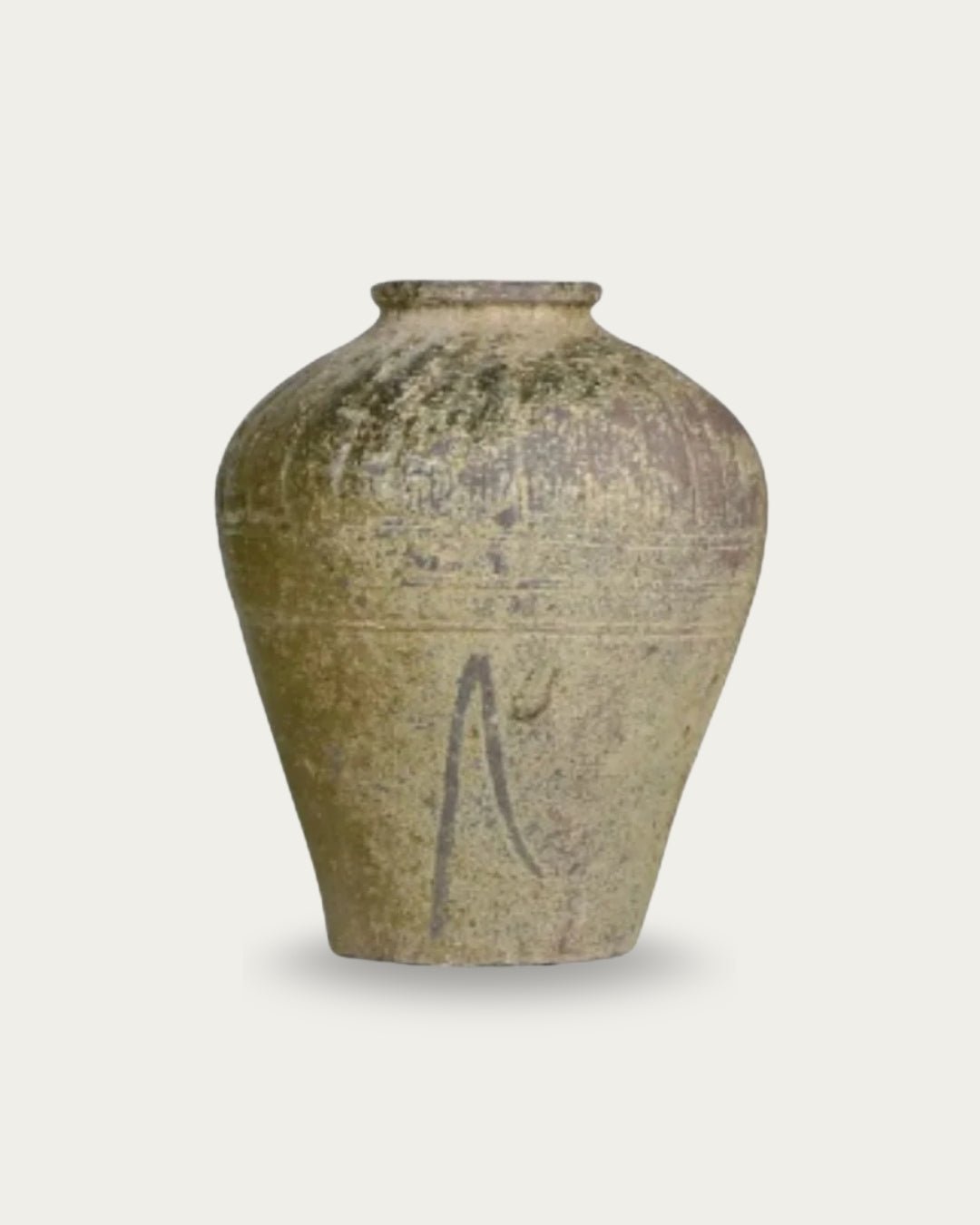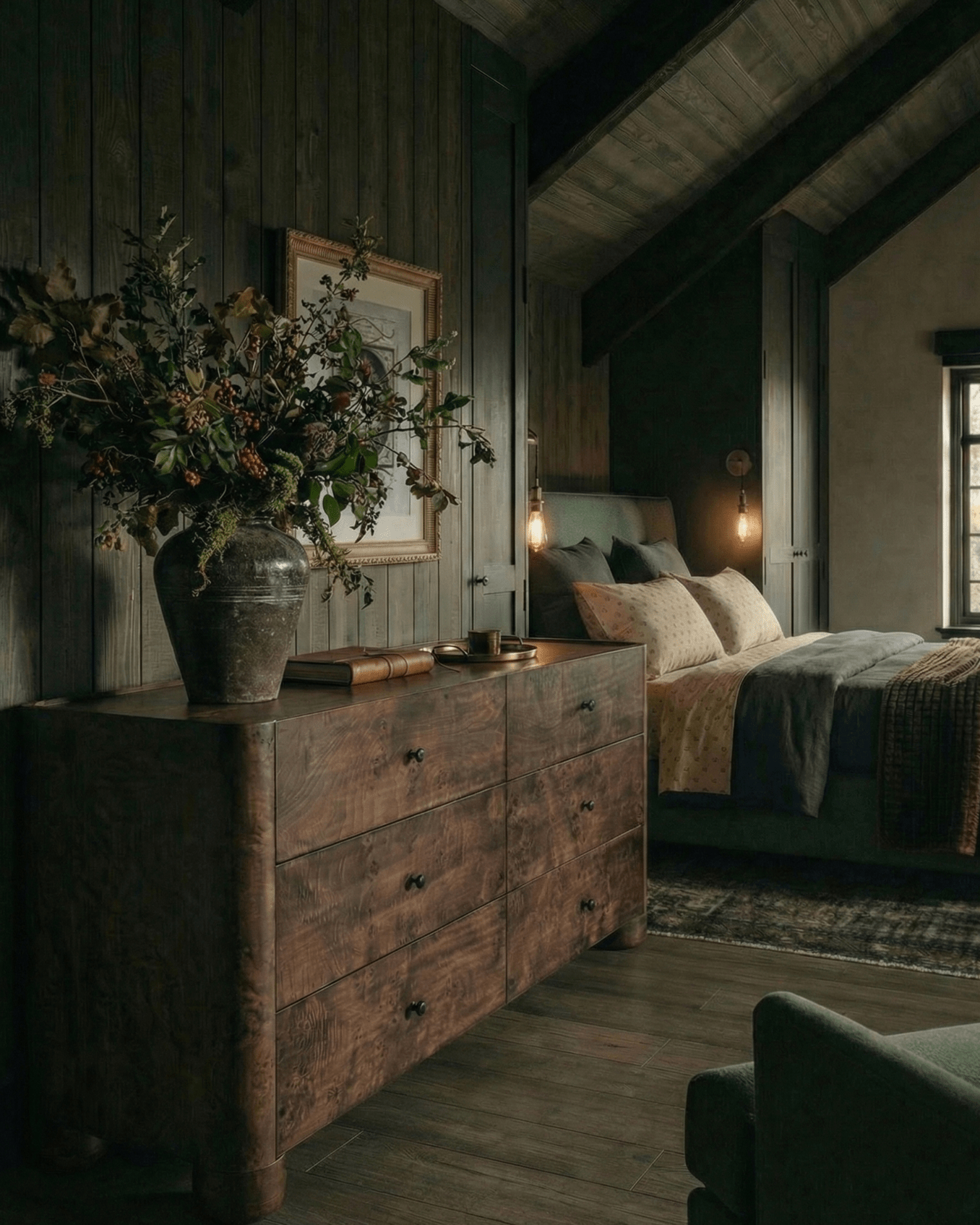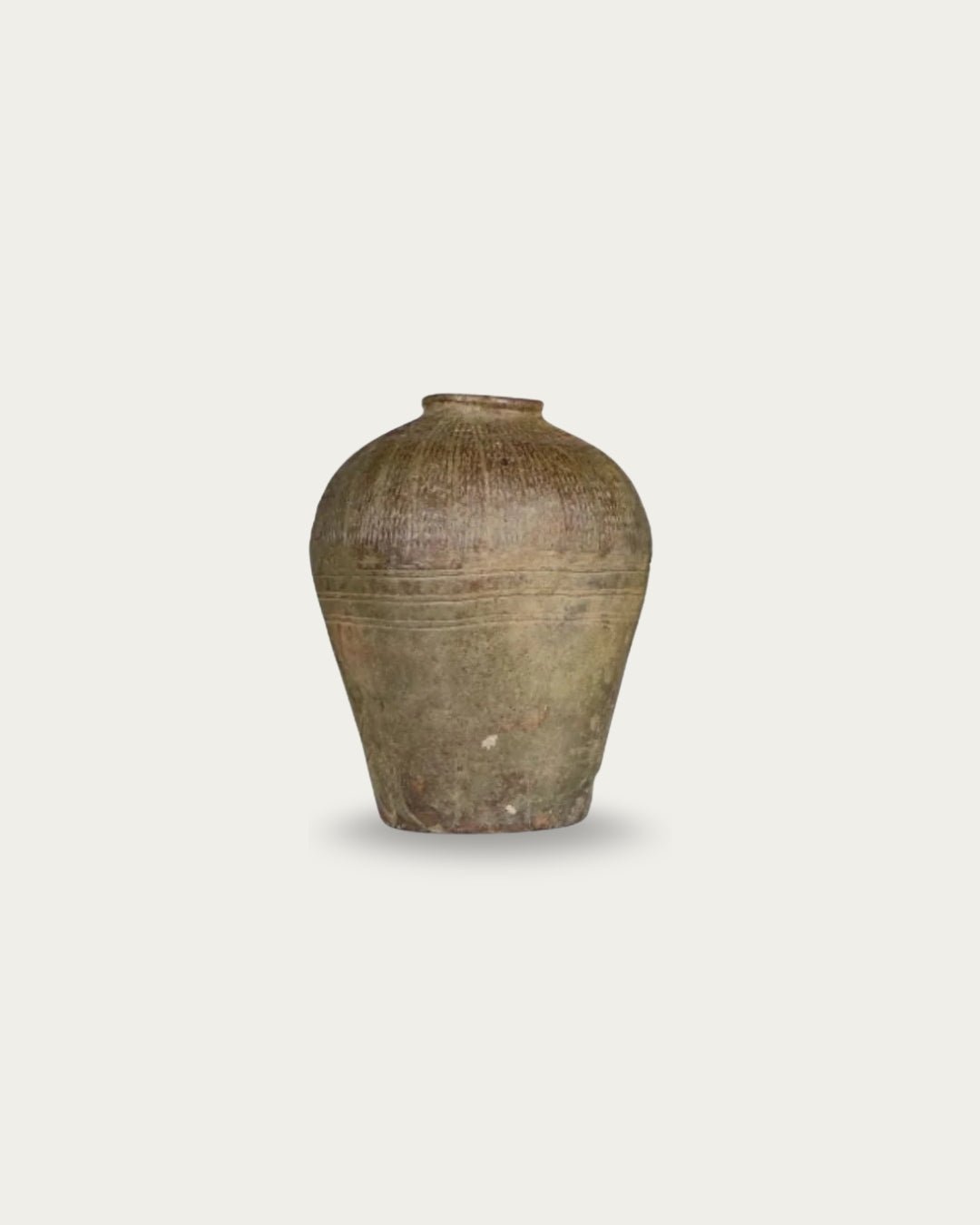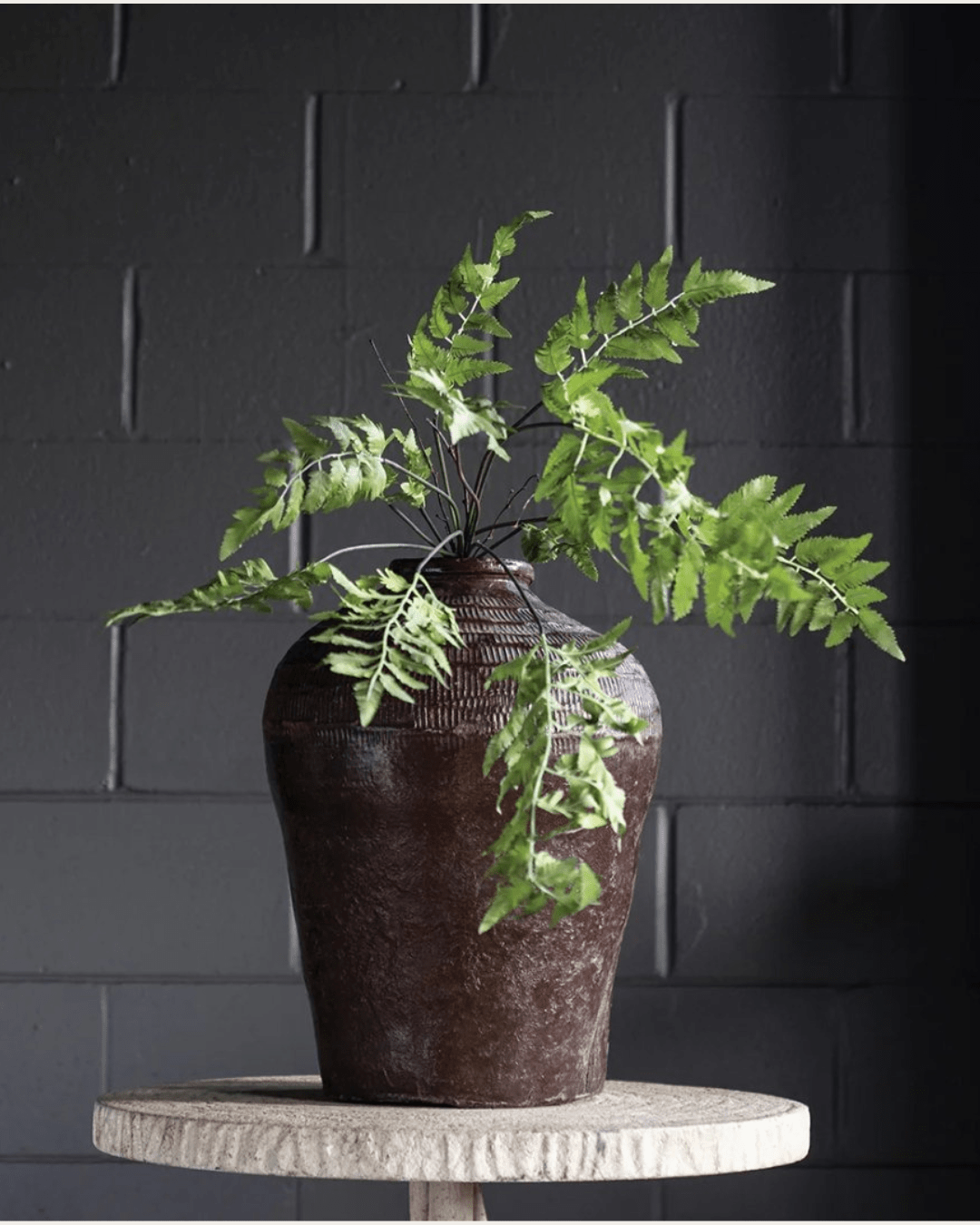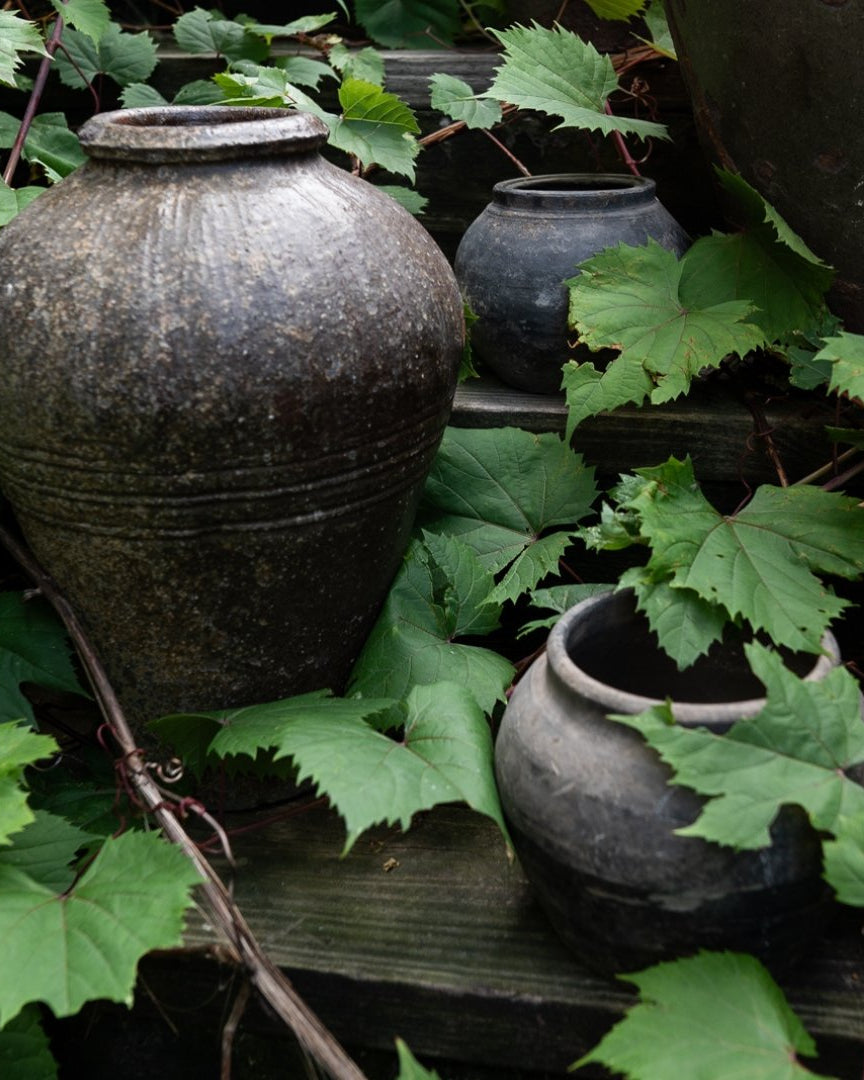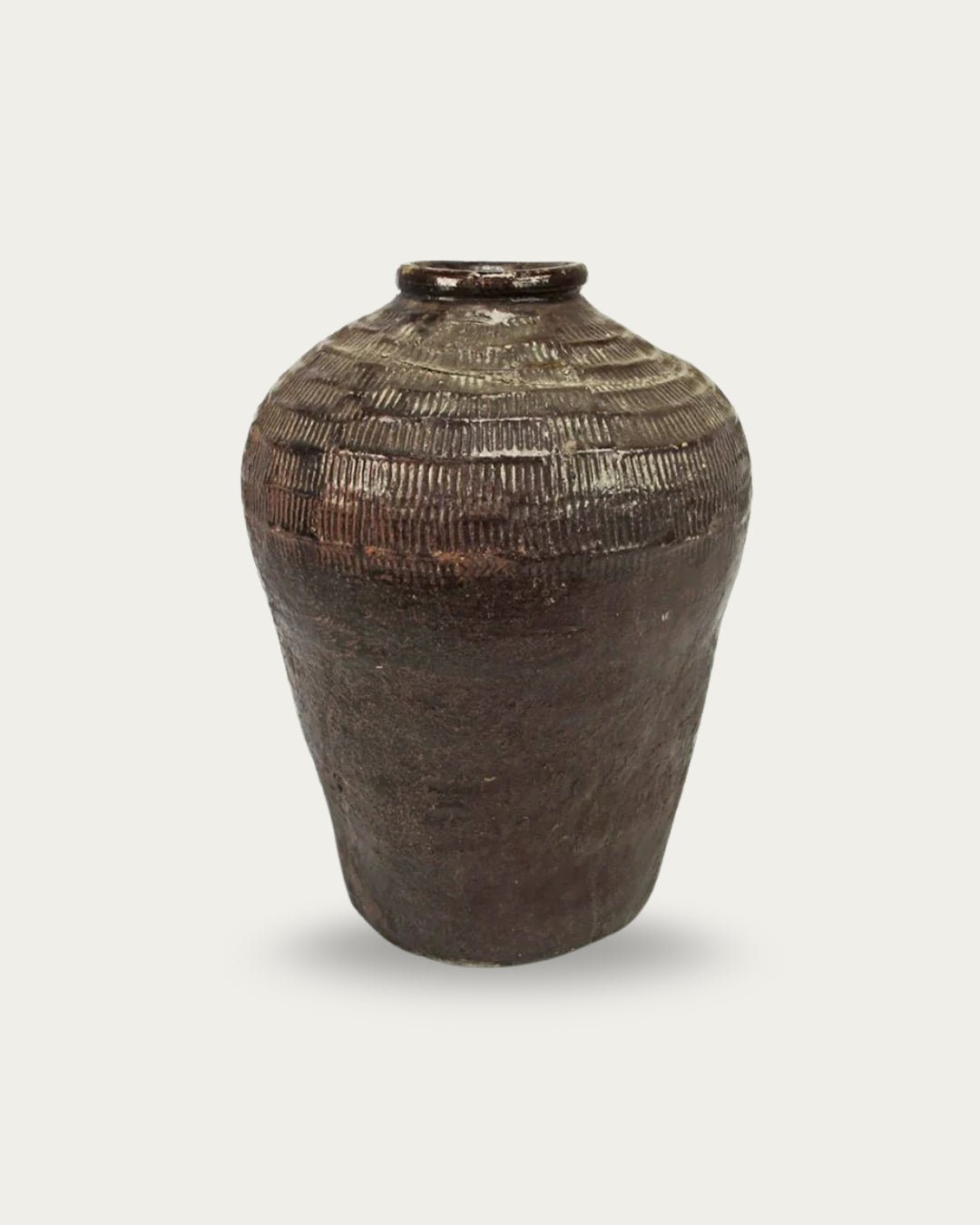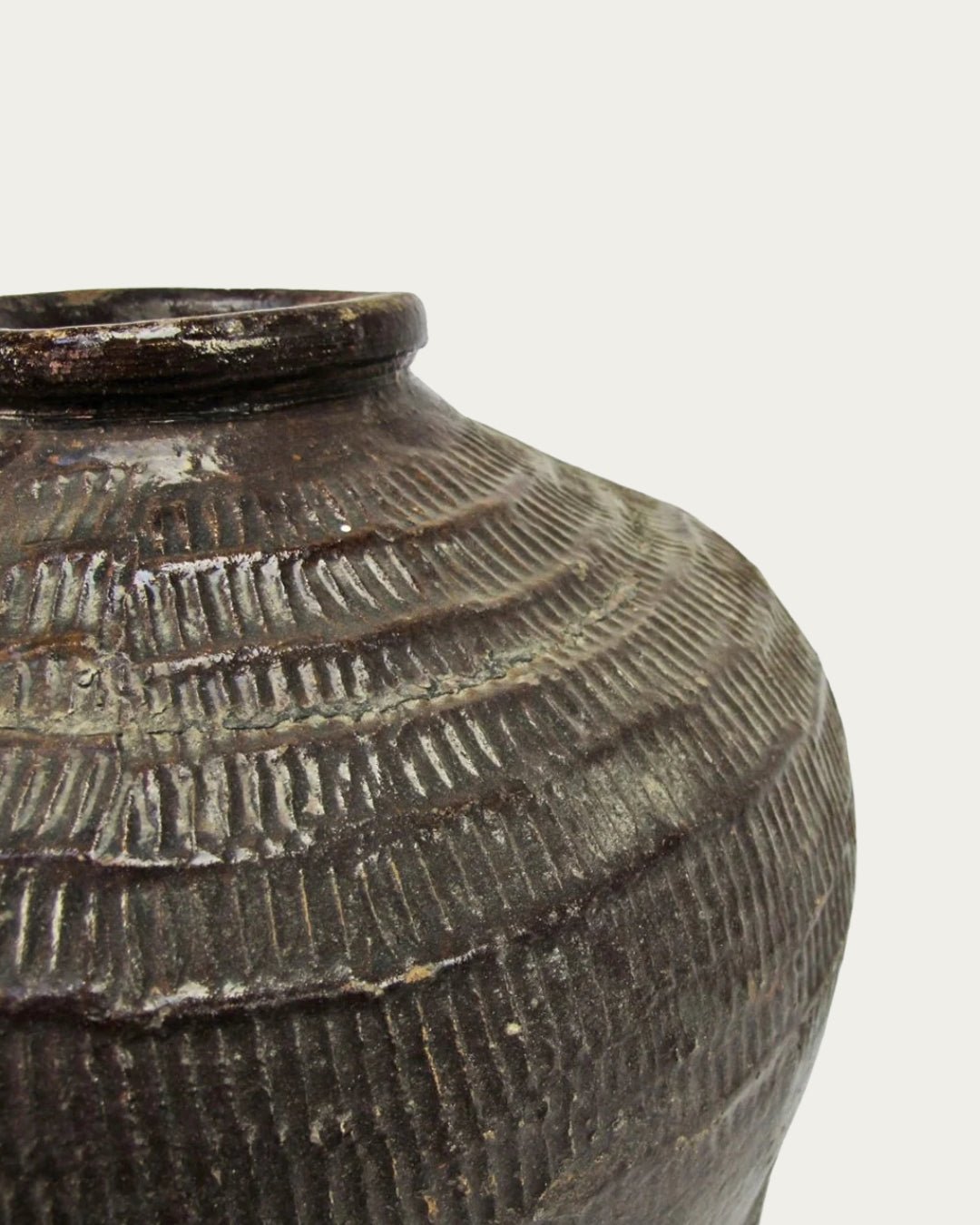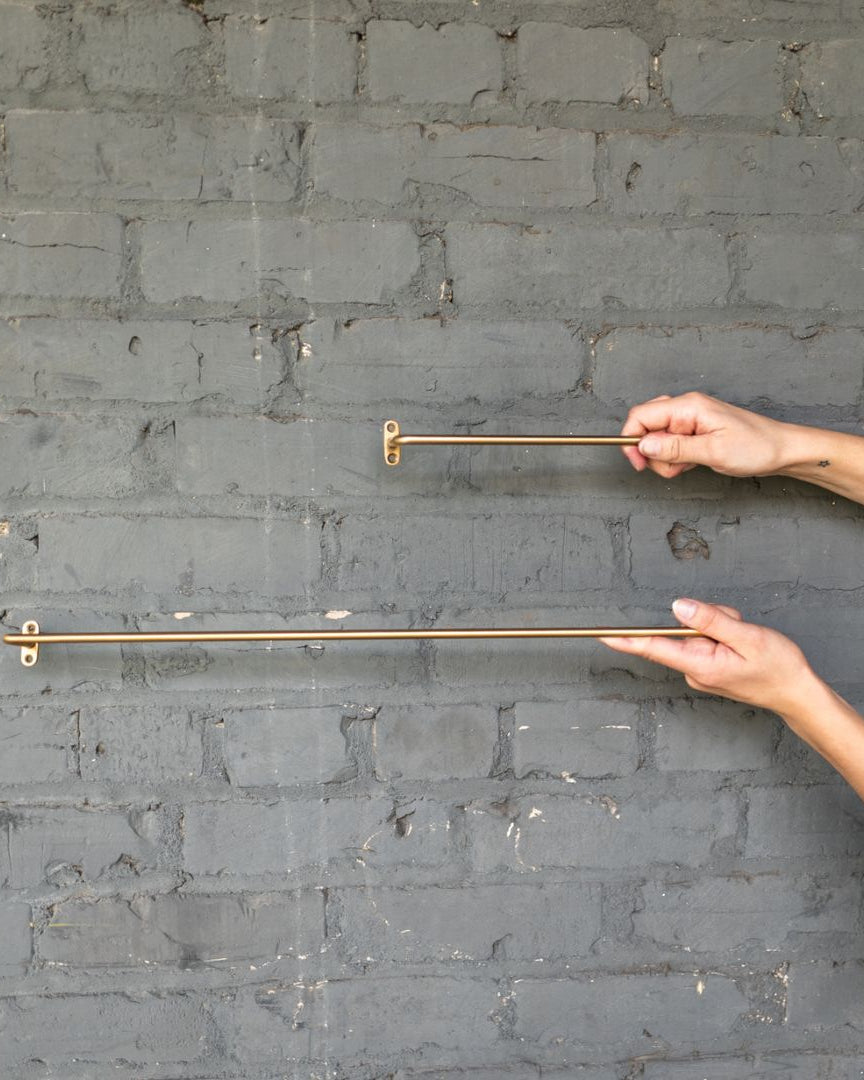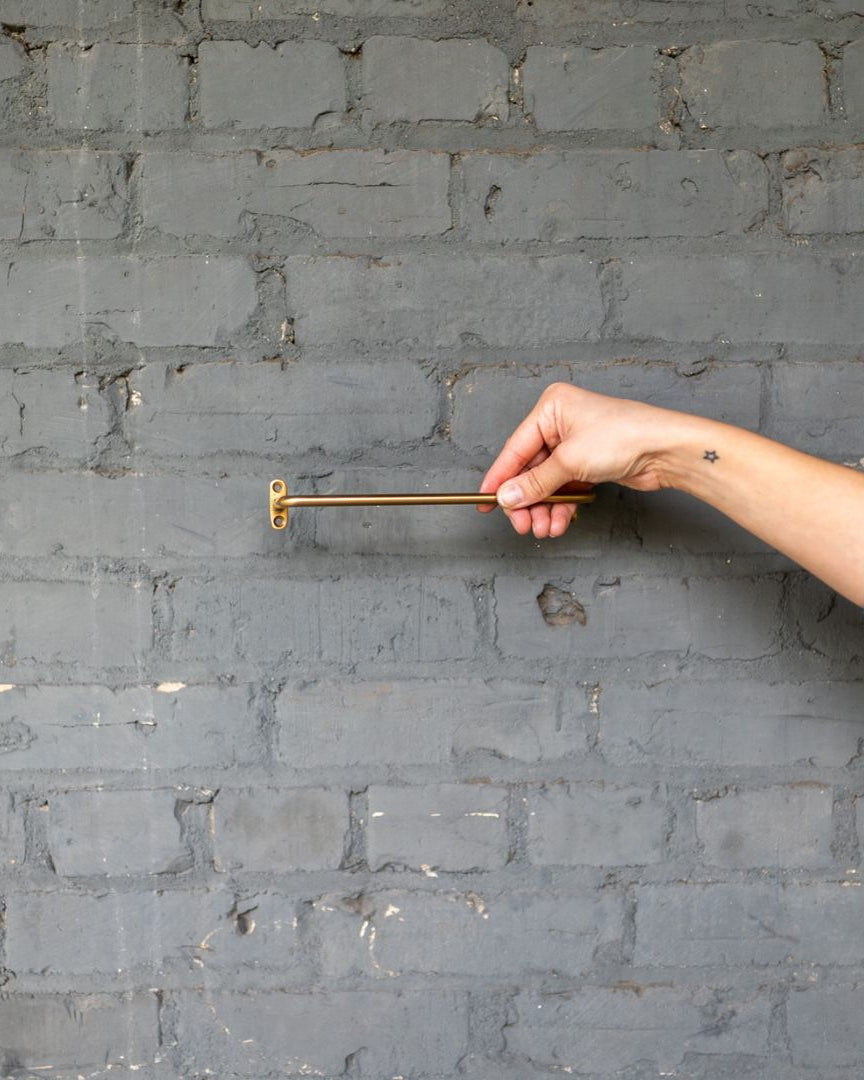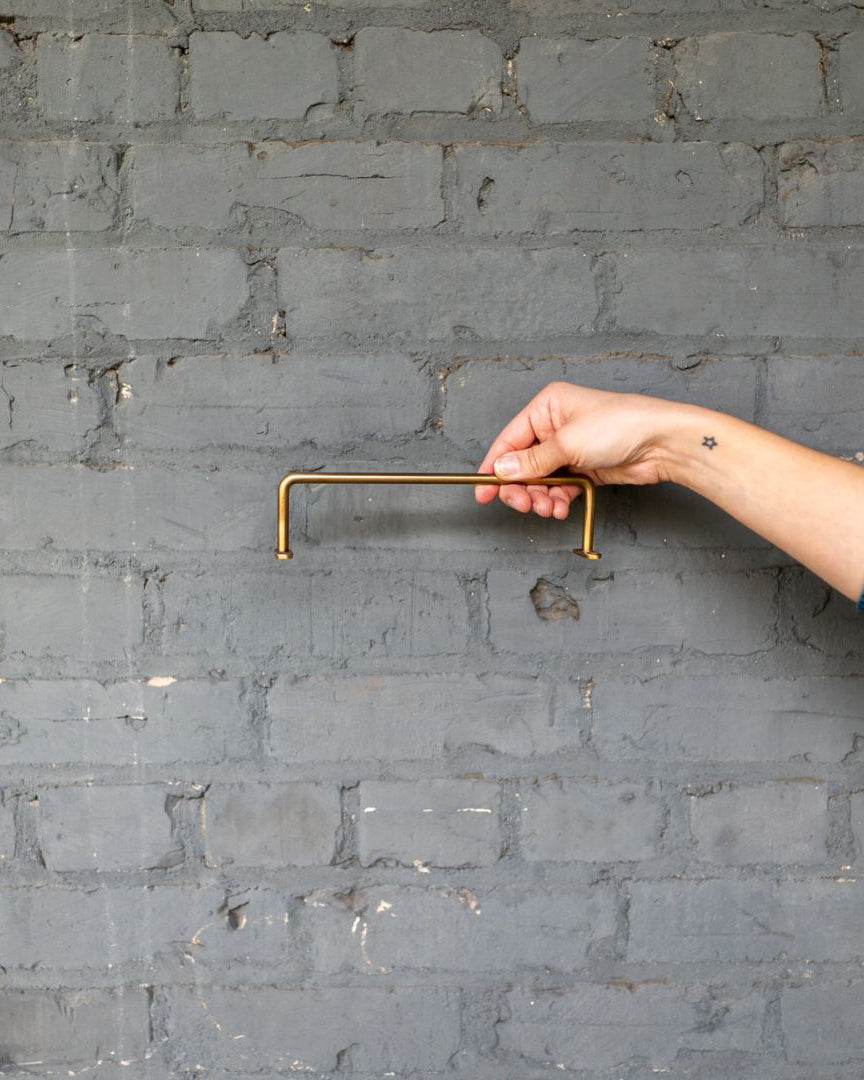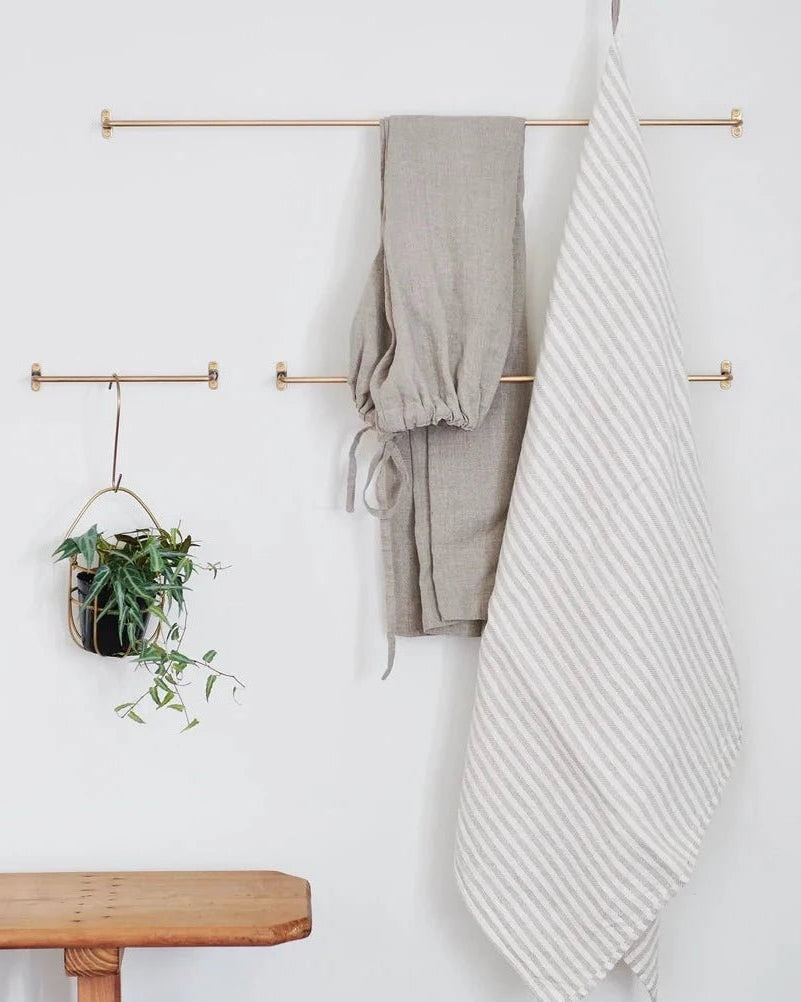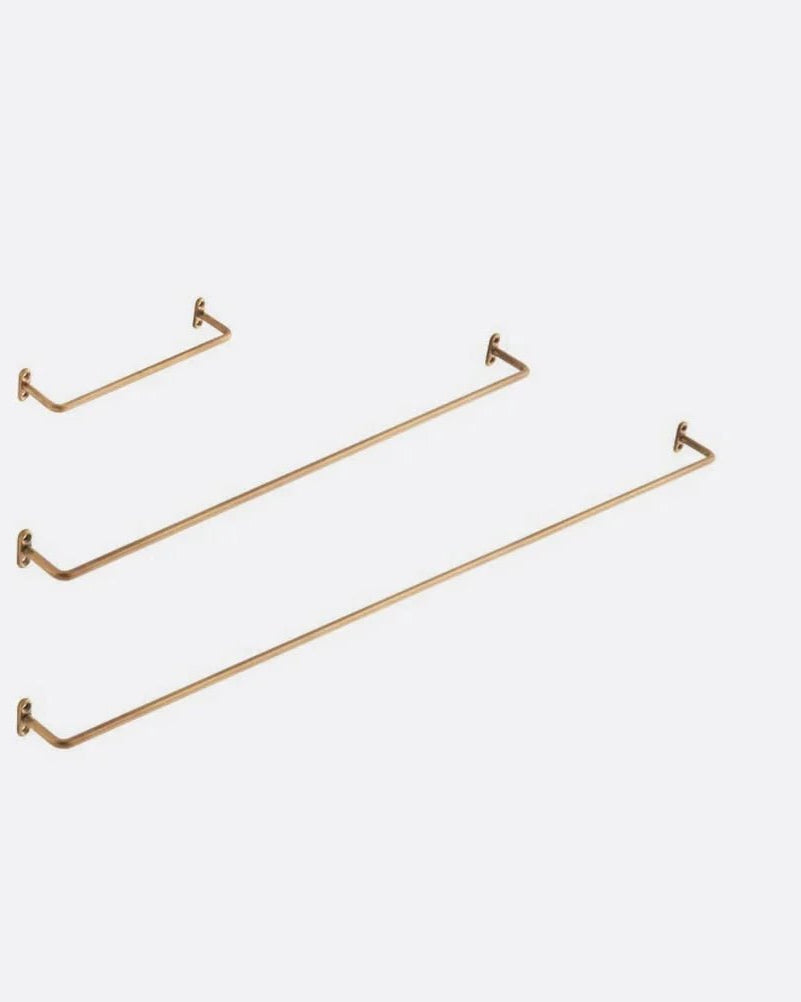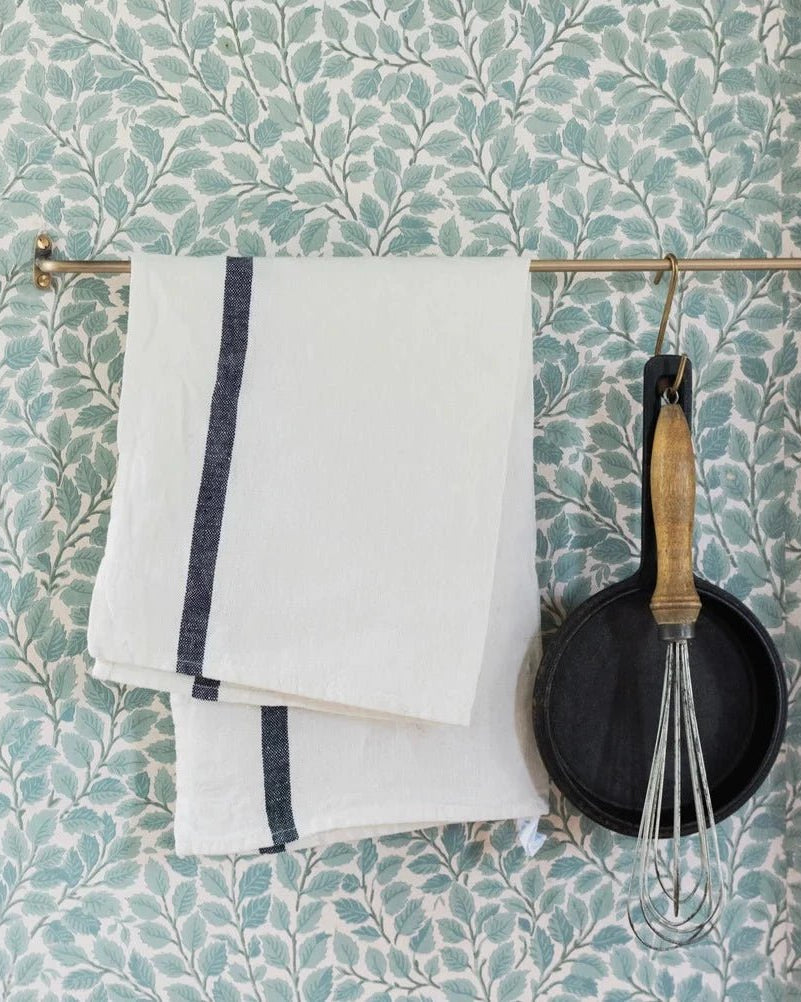
Vintage Decor Essentials: 10 Pieces That Nail the ‘Collected’ Look for Stylish Home Accessories
Vintage decor isn’t just an aesthetic—it’s how a home remembers. Each collected piece tells a quieter story: a lamp that once lit pages at midnight, a ceramic vase shaped by hand, a sideboard that held decades of dinners. These are objects with presence. Not perfect, but honest. And in a world of fast trends and flat surfaces, vintage decor is the invitation back to warmth, texture, and something that feels like home.
This guide walks through ten essential vintage pieces worth collecting—not just for how they look, but for how they make a space feel. Whether you’re layering in patina or looking to ground your interiors with materials that carry weight, these pieces bring depth and nervous system calm in equal measure.
Why Add Vintage Home Accessories to Your Modern Space?
Vintage pieces bridge past and present, slowing a room’s pace and wrapping your nervous system in cozy, tactile goodness. These are the objects that invite touch, tell stories, and instantly make your home feel lived in—not showroom sterile.
At Hello Norden, we live and breathe this layered look. Our Vintage Decor Collection is handpicked for maximum soul and minimum stress.
Which Vintage Furniture Pieces Define the Collected Aesthetic?
Solid wood, natural patina, and brass accents—these are your main players.
- An antique sideboard anchors your dining area and grounds the vibe.
- A weathered writing desk or vintage credenza sets the tone in a hallway or study.
- Don’t overlook a classic etagere: airy shelves to showcase your Kaija Pot and other treasures.
Pro Tip: Look for joinery, dovetails, and original hardware. These details separate “true vintage” from “mass-produced fake vintage.”
How Do Vintage Lighting Fixtures Enhance Vintage Decor?
Vintage lighting is both jewelry and mood setter. An antique chandelier dripping with crystals softens a dining room’s edges. A brass wall sconce diffuses warm light over your sideboard vignette. A retro floor lamp zones a reading nook next to your distressed leather chair.
👉 Want the vibe without the hunt? Try our Betz Water Pot Table Lamp for instant glow.
Why Vintage Textiles and Rugs Matter More Than You Think
Textiles are the secret to a “collected” home feeling warm instead of chaotic.
- Layer handwoven throws on a leather armchair.
- Anchor everything with a faded Persian rug in olive and rust.
- Mix patterns + eras—the more lived-in, the better.
Rugs are workhorses. They tie all your pieces together and hush echoey spaces. Browse our Vintage & Antique Rugs for one that whispers stories underfoot.
Styling Vintage Decor: A How-To for a Balanced Collected Look
A collected home is curated, not cluttered. Here’s how designers do it:
1️. Start neutral. Cream, wheat, olive. Vintage wood pops against quiet walls.
2️. Mix clean lines with worn edges. A modern slipcovered sofa beside a timeworn trunk? Chef’s kiss.
3️. Create negative space. Let every piece breathe—clutter kills calm.
4️. Use your walls. A gallery of vintage art or mirrors = instant personality.
Where to Shop Vintage Furniture + Accessories Without Blowing the Budget
Locally: Hunt flea markets, estate sales, or antique malls—touch, inspect, haggle. Online: Combine local finds with reliable online sources or skip the hunt and shop our Vintage Collection.
👉 Hot tip: Early spring and post-holiday clear-outs are prime times for hidden gems.
How to Spot Quality Vintage Pieces
Check for:
✔️ Solid wood (not pressed board)
✔️ Joinery (real dovetails = gold)
✔️ Patina (the good kind, not damage)
✔️ Original hardware
Light wear adds charm—just confirm it’s sturdy. For textiles, choose natural fibers: wool, linen, cotton.

What Are Practical Tips for Mixing Vintage With Modern Elements?
Start with a neutral palette—soft creams, muted olive greens, warm wheat tones—to let vintage pieces shine. Introduce modern touches such as a sleek coffee table made of reclaimed wood or brushed metal that complements older accents. For example, pairing a vintage brass candlestick with a minimalist lamp creates an engaging dialogue between eras. Layering textiles, like placing a modern rug under an antique armoire, provides tactile anchors that reduce overstimulation while preserving coherence.
How Do You Avoid Clutter When Displaying Vintage Pieces?
A collected look is defined by thoughtful curation rather than accumulation. Designate a feature wall for your most prized finds—think of framed botanical prints or a curated gallery of vintage posters—to maintain focus. Emphasize negative space so each piece has room to breathe, and consider rotating your items seasonally. This strategy not only protects delicate pieces from overuse but also keeps your space feeling calm and uncluttered.
Which Color Palettes Complement Vintage Home Accessories Best?
Warm neutrals and natural hues work best to complement vintage decor. Creams, olive, wheat, and soft brass provide a reflective canvas that highlights the patina of aged materials. Consider subtle pops of color—perhaps a muted teal accent pillow or a faded maroon rug—to add interest without overwhelming the senses. Such palettes echo the vintage character and maintain a balance between visual stimulation and relaxation.
Where Can You Find Affordable Vintage Finds Without Sacrificing Style?
Finding quality vintage decor on a budget requires research, patience, and an eye for potential treasures. There are numerous venues where style meets affordability without compromising authenticity.
What Are the Best Places to Source Vintage Decor Locally and Online?
Local vintage shops, flea markets, estate sales, and antique fairs are excellent places to find unique pieces in person. They offer the tactile experience of assessing a piece’s quality before purchase. Additionally, online platforms like Etsy, eBay, and specialized vintage decor websites expand your access to a variety of items along with customer reviews and detailed descriptions. Combining both approaches improves your chances of finding meaningful, well-preserved items while comparing prices and provenance.
How Do You Identify Quality Vintage Pieces on a Budget?
Spotting quality vintage items requires looking for durability and craftsmanship. Prioritize pieces built with solid wood, metal that has naturally aged, or textiles that show evidence of handcrafting. Inspect for repairs and authenticity markers—small signs of wear often add character without compromising structural integrity. A well-maintained vintage lamp, for instance, might become the focal point of your room due to its unique light-diffusing properties and historical charm.
When Is the Best Time to Hunt for Vintage Home Accessories?
Timing can greatly enhance your vintage finds. Estate sales, post-holiday clearances, and local auctions are particularly fruitful, as families downsize and make room for new beginnings. Early spring is an excellent time for hunting, aligning with nature’s renewal and often offering substantial discounts. Keeping an eye on social media and community event boards can also lead to first-hand tips on upcoming sales, ensuring you’re always in the know.
What Are the Top 10 Vintage Decor Pieces That Nail the Collected Look?
A well-styled vintage home doesn’t shout “grandma’s attic.” It murmurs stories—soft, worn, grounding. Here’s what to collect next, each piece hand-picked from our shelves at Hello Norden to wrap your space in soul:
1. Round Zinc Tray
Forget shiny serving platters — this vintage zinc tray brings rustic patina and quiet gravitas to your coffee table or kitchen counter. Pile it high with candles, dried herbs, or your farmer’s market haul. Imperfection encouraged.
2. Vintage Clay Vase
Each groove and dent in this old-world clay vessel is a gentle reminder that slow and handmade beats shiny and mass-produced. Use it for dried stems or let it stand alone. Earthy, weighty, grounding.
3. ULLIE Semi-Antique Lilihan Area Rug
A well-worn Persian rug underfoot slows a room’s pace. This one’s subtle palette and softened pile make it a timeless foundation piece. Layer it or let it solo — either way, your nervous system will thank you.
4. Vintage Tea Drying Basket
Lightweight but storied, this basket once held tea leaves to dry in the sun. Now, it’s an artful wall piece or the perfect catch-all for blankets. Functional history at its finest.
5. Vintage Balloon Mold Wall Decor
This quirky wall accent sparks conversation and infuses playful industrial charm. Cluster a few molds together for texture, or let a single piece punctuate your collected gallery wall.
6. Tamegroute Candlestick Holder Sculpture
Tamegroute pottery from Morocco is earthy, raw, and hypnotically imperfect. This piece doubles as candle holder and sculptural moment — lean into its soulful green glaze and organic curves.
7. Vintage Wooden Glove Mold Sculpture
Industrial relic turned art piece. Style this wooden glove mold on a shelf with books, ceramics, or other sculptural oddities. A nod to the makers who came before.
8. Vintage Pan
No boring wall art here — hang this pan with other vintage kitchen tools for an instant dose of utilitarian charm. Or use it to corral herbs and spices. One pan, infinite charm.
9. Indian Picking Basket
Woven by hand and made for work, this vintage picking basket brings organic texture wherever you place it. Lean it in a corner, fill it with blankets, or hang it on the wall — it softens any modern edge.
10. Oskar Outdoor Sink
Not your average garden sink — this vintage find anchors your patio or potting shed in nostalgia. Use it to rinse herbs, arrange flowers, or just admire its timeworn charm.
How Does Each Piece Contribute to the Overall Vintage Aesthetic?
Every piece in your vintage collection contributes through its unique materiality and history. Antique furniture with its solid, intricate details embodies bygone craftsmanship; lighting fixtures set the mood with gentle illumination; and textiles weave stories from the past into modern settings. Together, these items act as sensory modulators, creating an environment that feels calm, balanced, and rich in narrative.
Which Vintage Accessories Are Essential for Every Room?
A well-curated vintage home features specific accessories for each room. Living areas benefit from antique sideboards, floor lamps, and modest art pieces that underscore functionality and history. Bedrooms often feature distressed leather chairs and vintage mirrors to inspire relaxation, while kitchens and dining rooms can be enhanced with artisan clocks and retro lighting—each chosen not just for beauty, but for the way they shape a room’s sensory experience.
Why Is the Collected Look Trending in Vintage Home Decor Today?
The collected look is booming because it values authenticity, history, and tactile richness over passing trends. More than a style statement, it responds to a fundamental need for spaces that calm the nervous system with grounded, textured, and meaningful design.
What Makes the Collected Look Different From Other Vintage Styles?
Unlike styles that aim for sheer abundance, the collected look is all about deliberate curation. Each piece is picked for its ability to provide sensory balance and tell a story. The focus is on tactile weight, material authenticity, and historical narrative, ensuring that every object plays an intentional role in creating a space that is both lived-in and personal.
How Does Vintage Decor Reflect Personality and Storytelling?
Vintage decor naturally tells stories. Every item—from weathered leather to faded prints—serves as a conversation starter and a vessel of memories. When arranged thoughtfully, these pieces invite guests to connect with the personal journey behind each artifact, engaging both mind and body in a rich sensory narrative that modern sterile designs simply cannot offer.
Which Influencers and Designers Inspire the Collected Look?
Designers such as Kelly Wearstler and mid-century modern fans have long championed the collected look. Beyond mainstream trends, independent interior designers focusing on somatic design and sensory rhythm are gaining influence. Their work demonstrates how seamlessly antique pieces can integrate with modern essentials to create a balanced and restorative environment.
How Do You Maintain and Care for Vintage Decor Essentials?
Proper maintenance is critical to preserving vintage decor. Regular cleaning, thoughtful restoration, and careful handling ensure that these treasures continue to maintain your home’s sensory balance and historical integrity.

What Are the Best Cleaning Methods for Vintage Furniture and Accessories?
For vintage furniture, gentle cleaning is key. Use a soft cloth with a mild soap solution for wood, and avoid harsh chemicals that could strip the natural patina. Low-temperature steam cleaning works well for textiles and rugs, while metal fixtures—including those with brass or bronze—should be polished with products that preserve their luster. Always test any cleaning method on a small, hidden area first.
How Can You Restore Vintage Pieces Without Losing Authenticity?
Restoration should enhance a piece’s character rather than modernize it. Focus on preserving original finishes while repairing structural weaknesses. For example, reupholstering a worn vintage armchair with a fabric similar to the original helps retain its historical charm. Techniques that respect period-appropriate methods ensure that every piece continues to optimize its sensory contribution.
When Should You Consider Professional Vintage Item Maintenance?
For high-value or particularly delicate items—such as antique chandeliers or carved furniture—professional restoration is advisable. Experts can perform deep cleaning, custom refinishing, and necessary repairs while preserving an item’s historical integrity. Professional maintenance also protects these pieces from rapid degradation and ensures they continue to balance your interior’s tactile and visual aesthetics.
How Can You Incorporate Vintage Decor Essentials Into Different Home Styles?
Vintage decor adapts well to many interior design styles—whether modern minimalist, bohemian eclectic, traditional, or rustic. The key is to pair elements thoughtfully so that each piece contributes to an overall harmonious, sensory-rich environment.
What Vintage Pieces Work Best in Modern Minimalist Spaces?
In minimalist homes, every piece must earn its place. Opt for understated furniture in muted tones—a simple mid-century modern coffee table or a vintage leather armchair with distressed finishes—that adds warmth without disrupting clean, uncluttered lines. Carefully chosen vintage lighting, such as a retro floor lamp with a soft brass finish, provides ambient illumination that softens modern edges without overwhelming the space.
How to Blend Vintage Decor With Bohemian and Eclectic Styles?
Bohemian and eclectic settings thrive on a mix of textures and layered details. In these styles, stacking vintage textiles like faded Persian rugs with eclectic throw pillows and antique coffee tables creates personal, historically resonant visual narratives. Unique wall art, artisan clocks, and handcrafted brass mirrors all combine to form clusters of character that celebrate both individuality and historical charm.
Can Vintage Accessories Complement Traditional and Rustic Interiors?
Absolutely. Traditional and rustic designs are enriched by vintage accessories that create continuity between past and present. Antique sideboards, chandeliers, and well-worn leather armchairs add historical layers of tactile depth. In rustic settings, reclaimed wood, brass, and textured textiles integrate seamlessly with natural surroundings, whether you’re styling a farmhouse dining room or a cozy cottage living area.
Frequently Asked Questions
Q: How do vintage decor pieces affect the overall ambiance of a room? A: They infuse history, tactile interest, and warmth into a space, slowing sensory input through aged textures and unique character to support a calming, regulated environment.
Q: What should I consider when purchasing vintage furniture on a budget? A: Focus on material integrity, craftsmanship, and authenticity. Look for natural wear that adds character without compromising structure, and check for any necessary repairs.
Q: Can modern minimalist homes benefit from vintage decor? A: Yes. Honed vintage pieces introduce tactile warmth and visual interest that soften clean lines, offering a striking contrast without cluttering the space.
Q: What is the best way to clean and maintain vintage textiles? A: Use gentle methods like low-temperature steam cleaning or mild detergents. Always test on a small area first and avoid harsh chemicals to preserve texture and color.
Q: How can I tell if a vintage piece will harmonize with my existing decor? A: Assess its material, color palette, and tactile weight. Items that share a similar muted tone or historical context with your current decor typically integrate seamlessly.
Q: Are there professional services available for vintage restoration? A: Yes, many restoration professionals specialize in vintage items and offer deep cleaning, custom refinishing, and repairs while preserving historical integrity.
Q: What should I do if I’m overwhelmed by too many vintage finds? A: Consider a rotation system where you display a select few and store the rest. This prevents clutter while allowing each piece to shine during curated curation sessions.
Final Thoughts
The journey toward a home filled with vintage decor essentials is a celebration of history, tactile beauty, and sensory balance. Every piece—from antique sideboards to retro floor lamps—works together to create a space where the body and mind can relax, rejuvenate, and truly feel at home. By blending timeless treasures with thoughtful curation, you create a calming haven that tells your unique story. Embrace the character, history, and balanced sensory rhythm each vintage find brings to your home.
Ready to layer your space with soul? Shop our entire vintage collection — or if you’re hunting for something specific, jump straight to vintage decor, vintage furniture, or our gorgeous vintage planters & pots.
